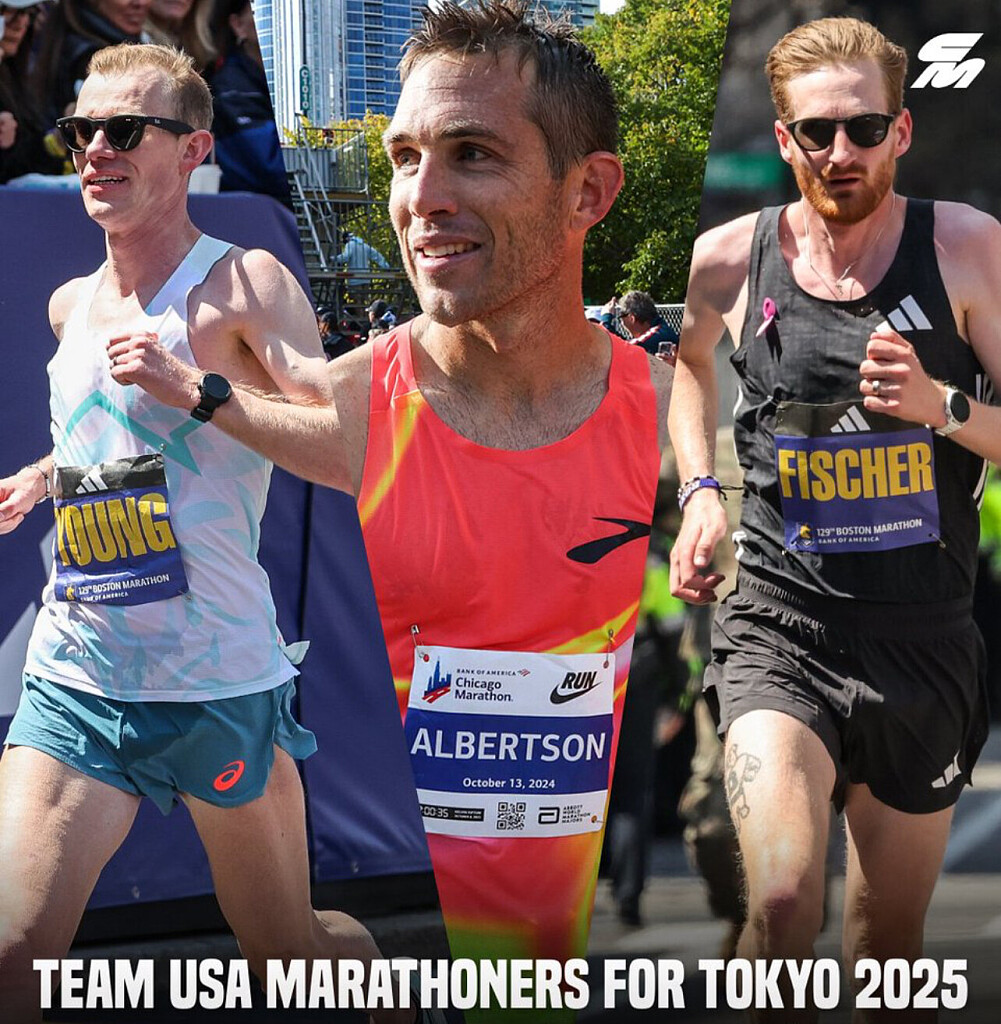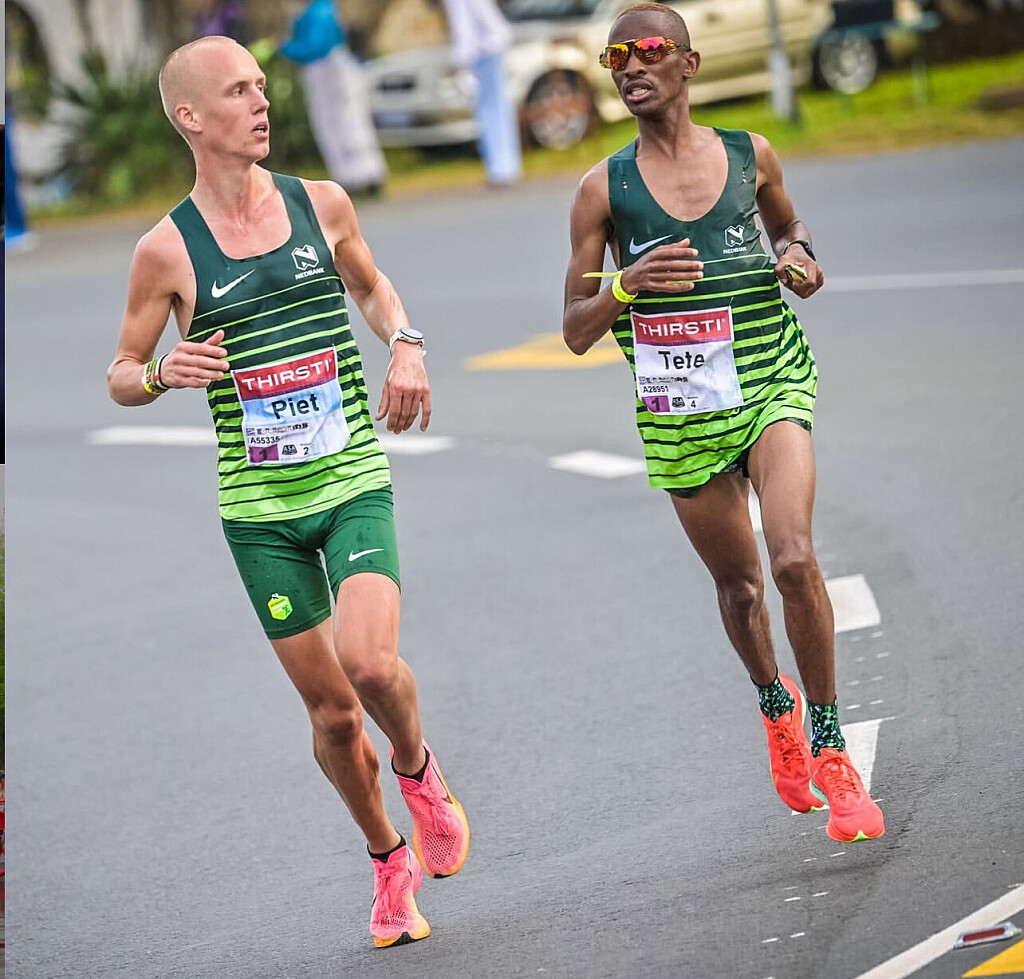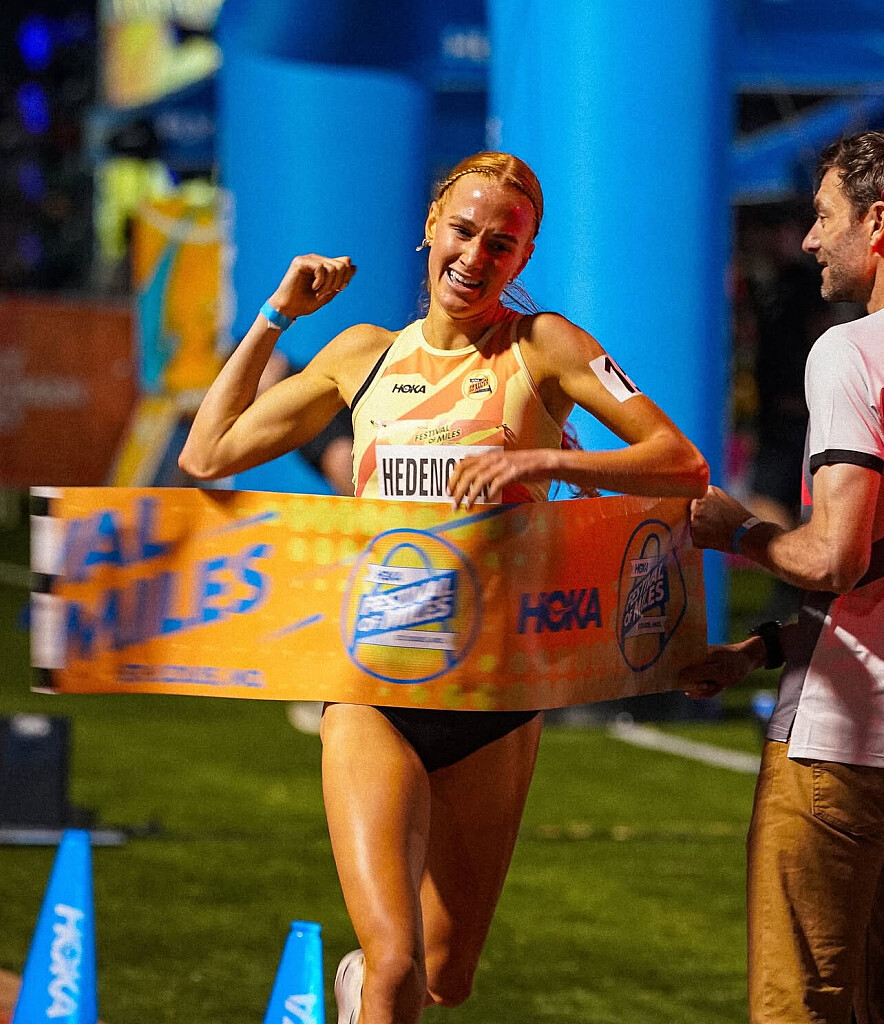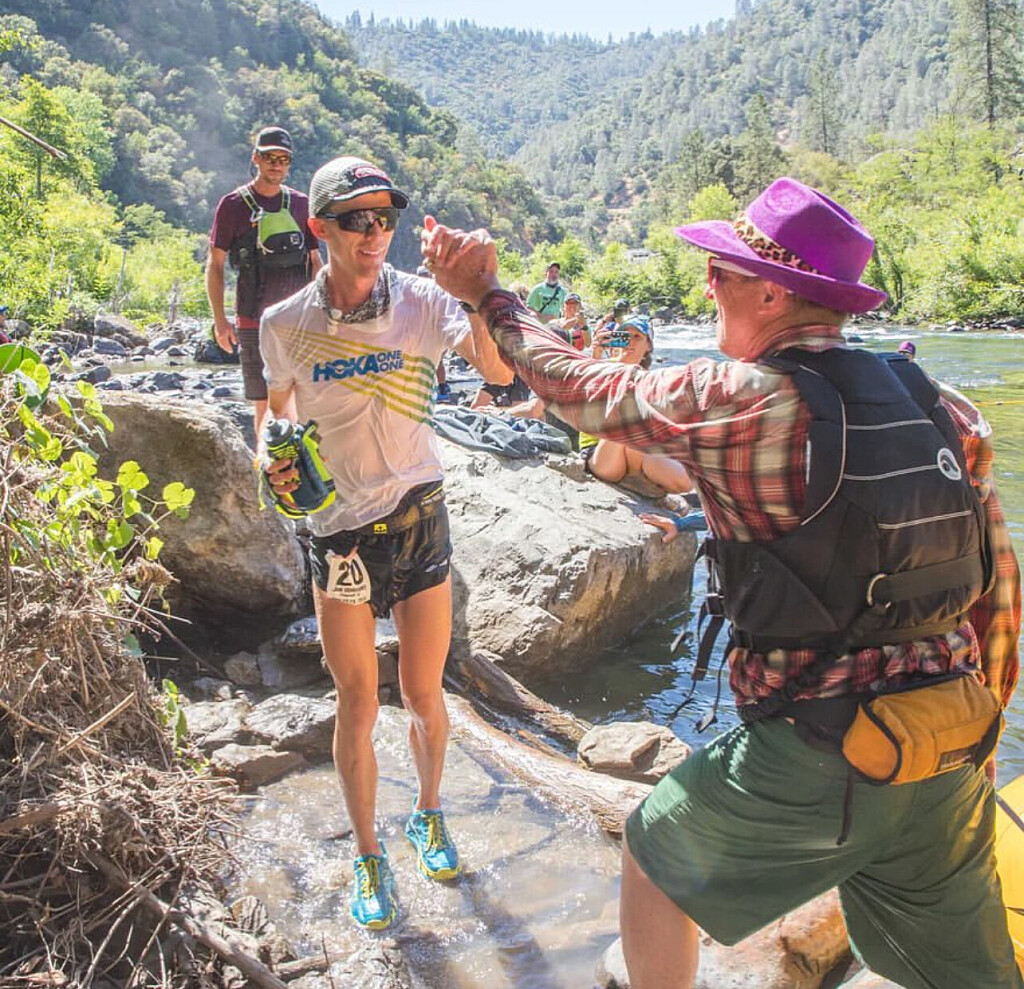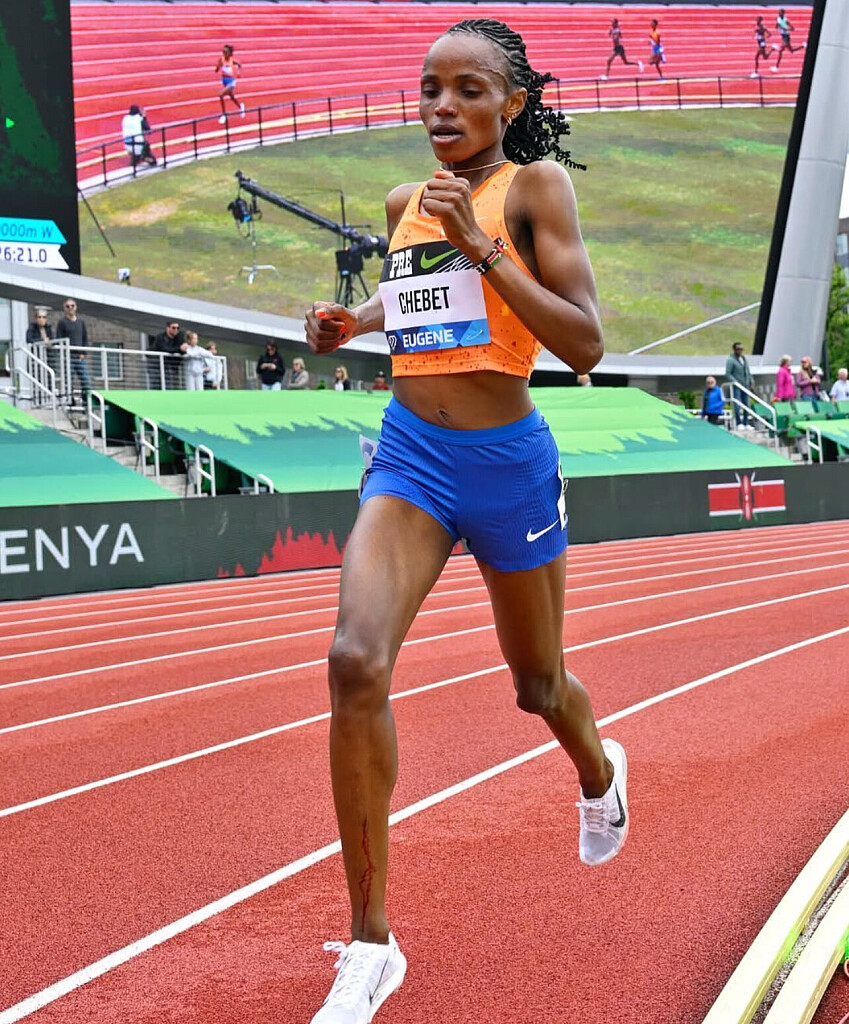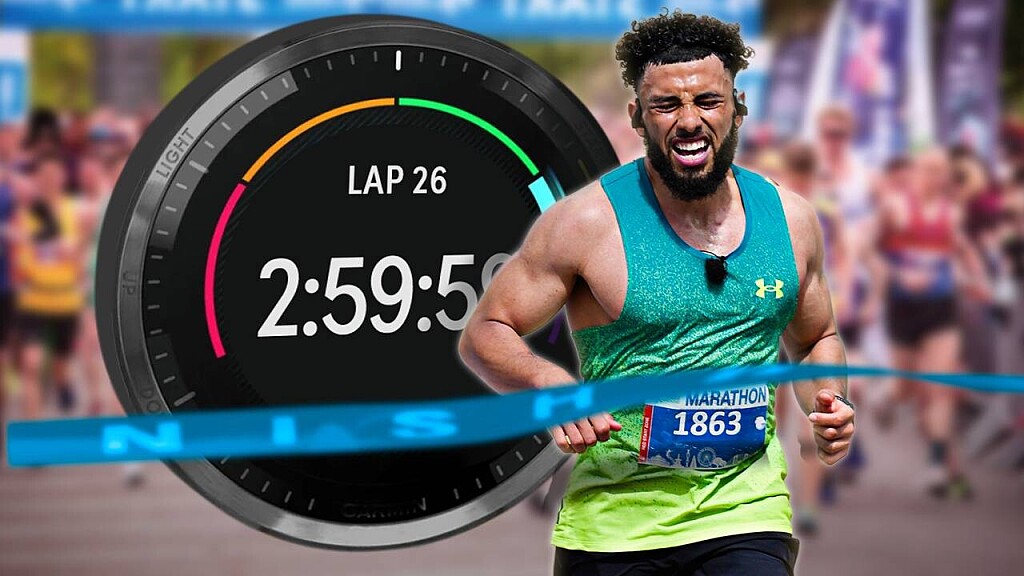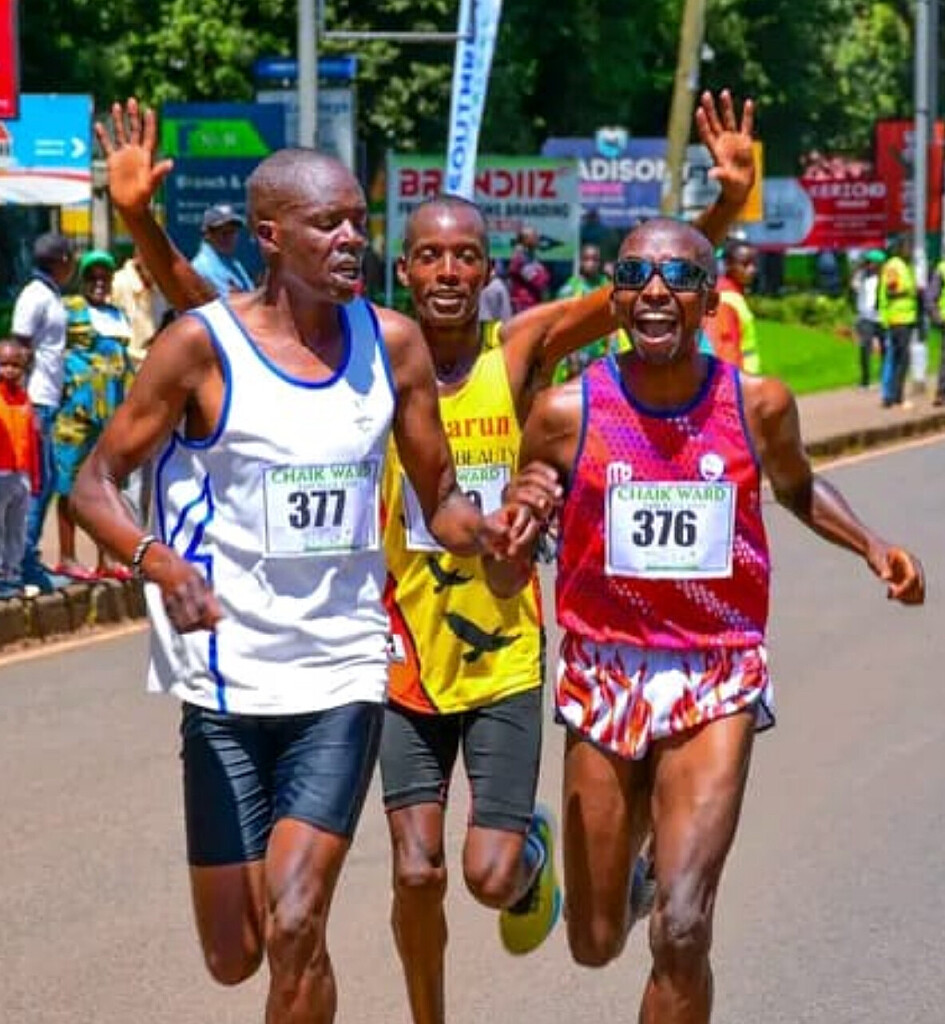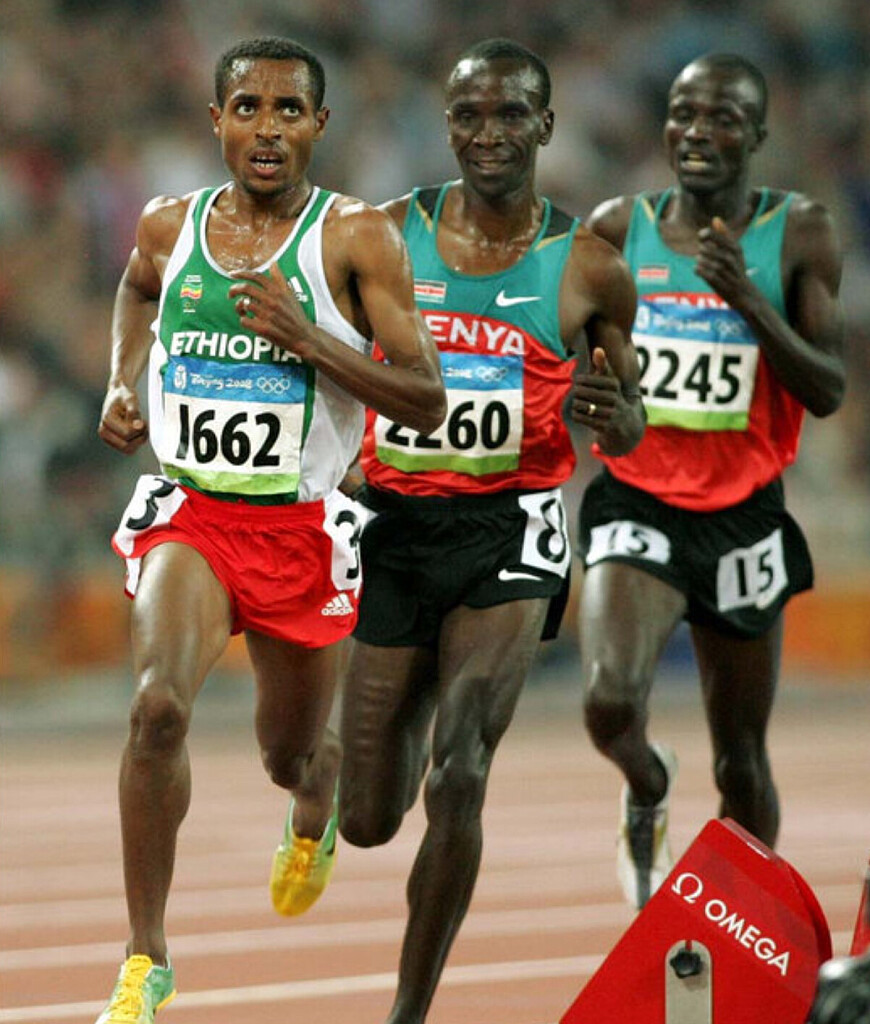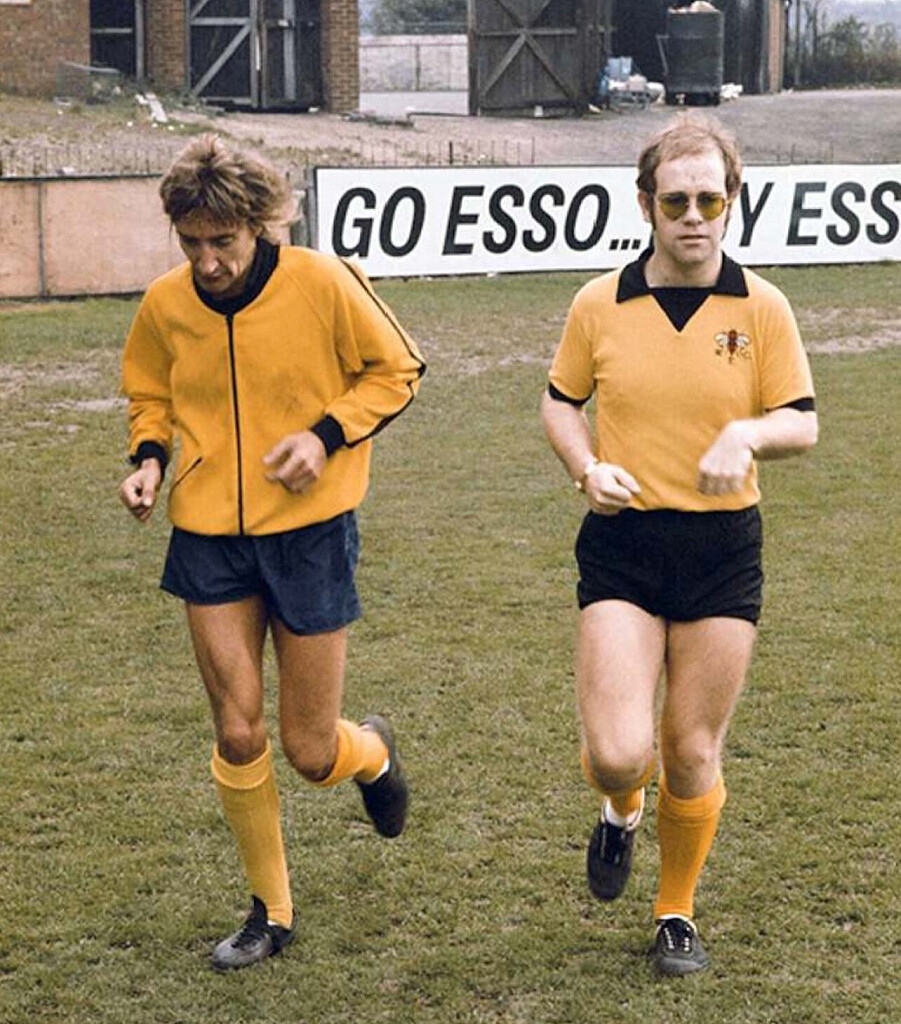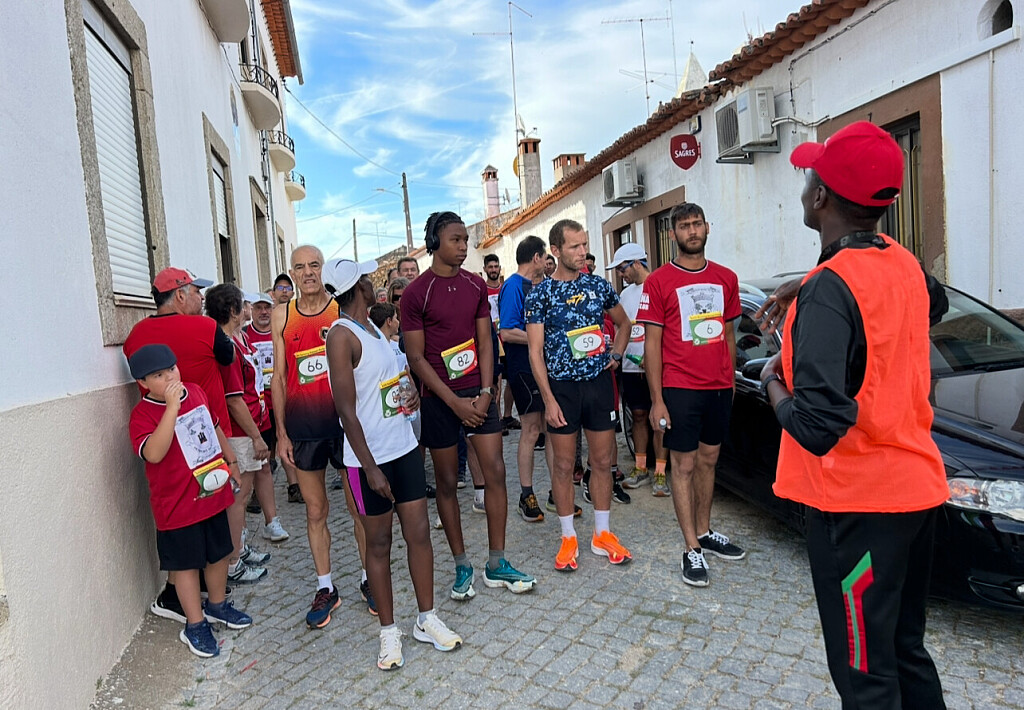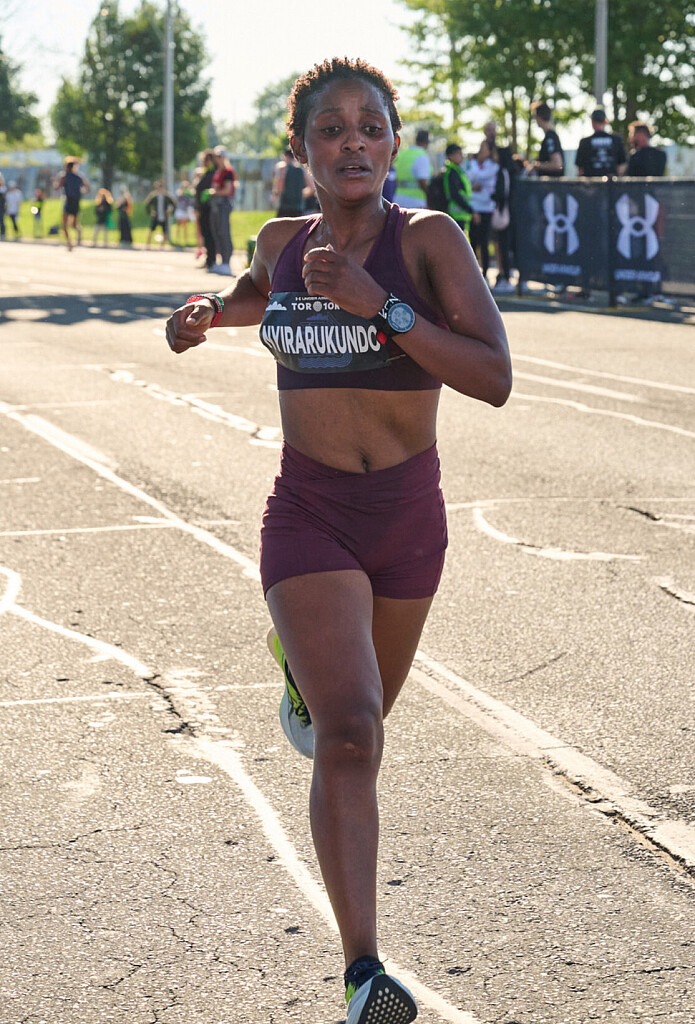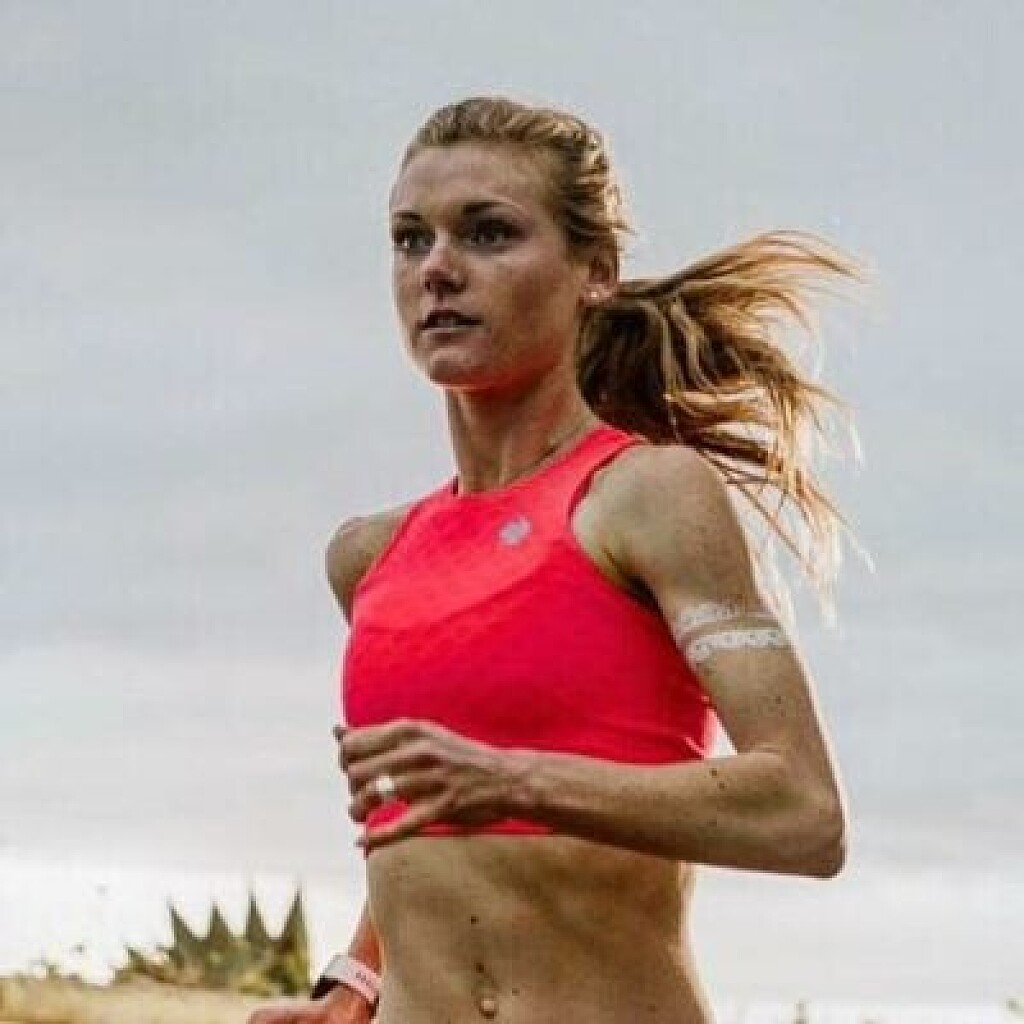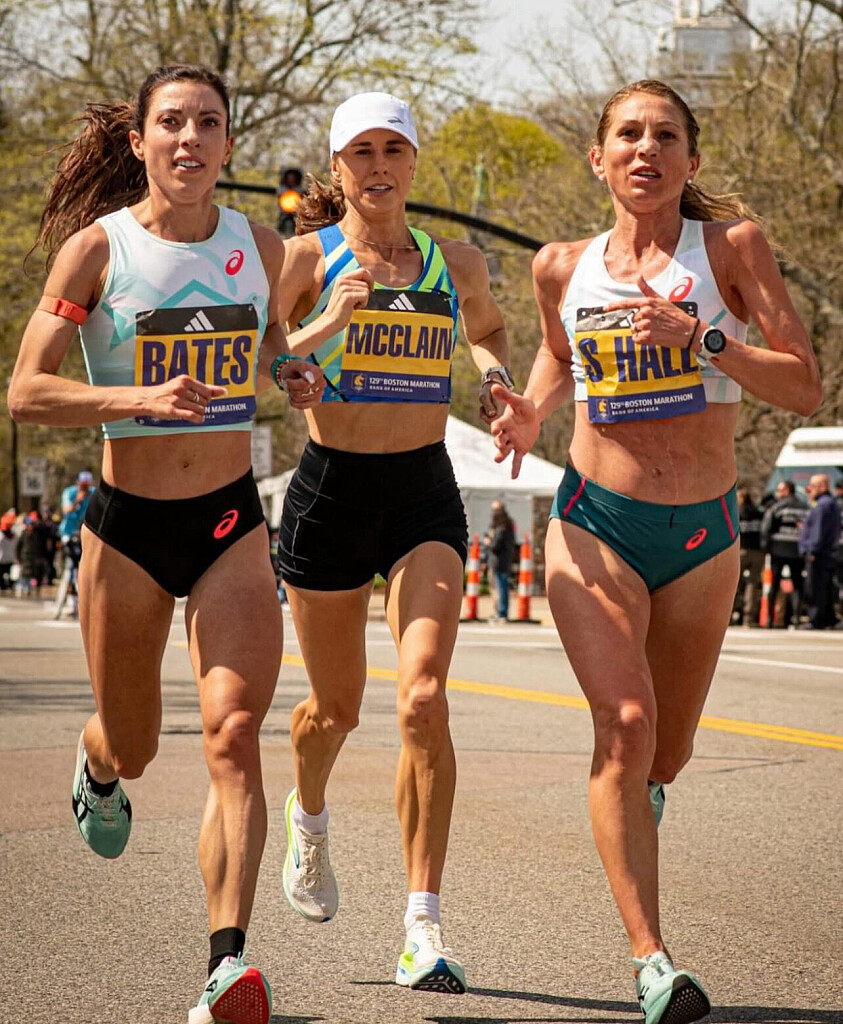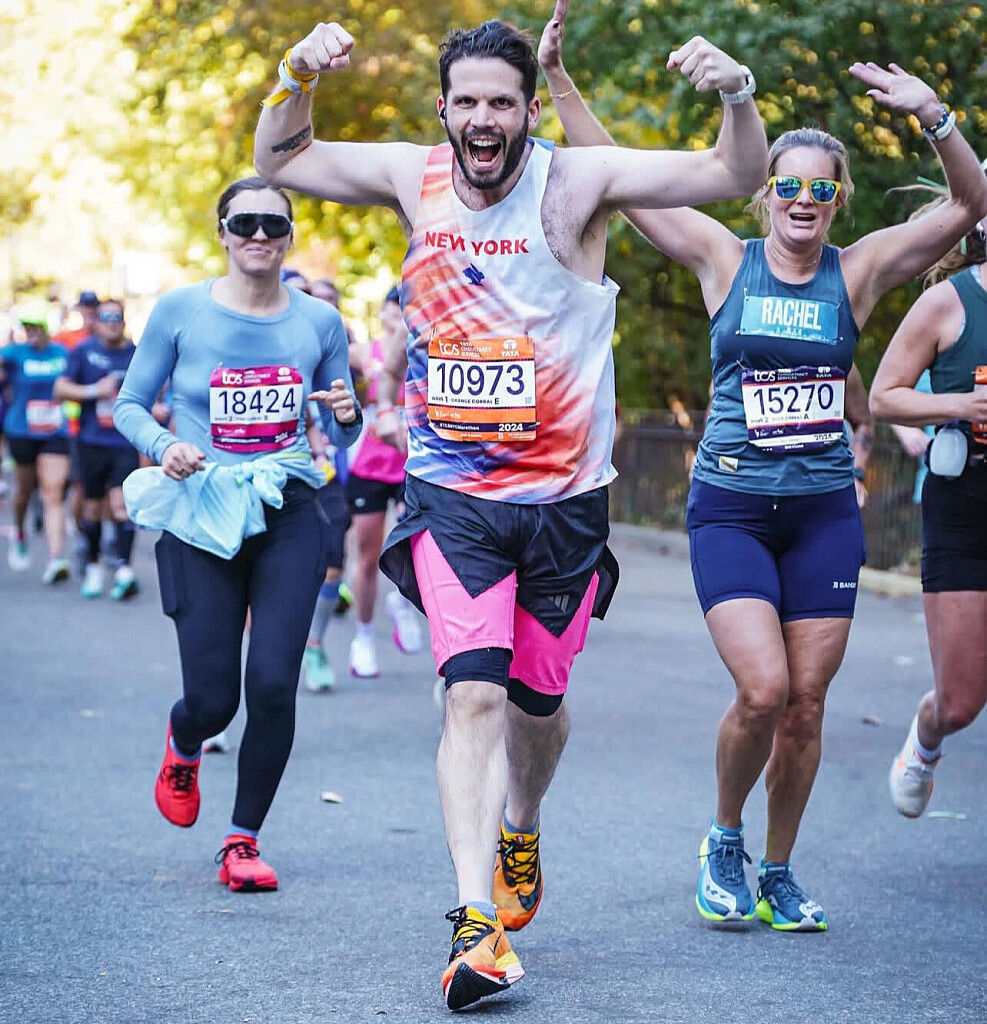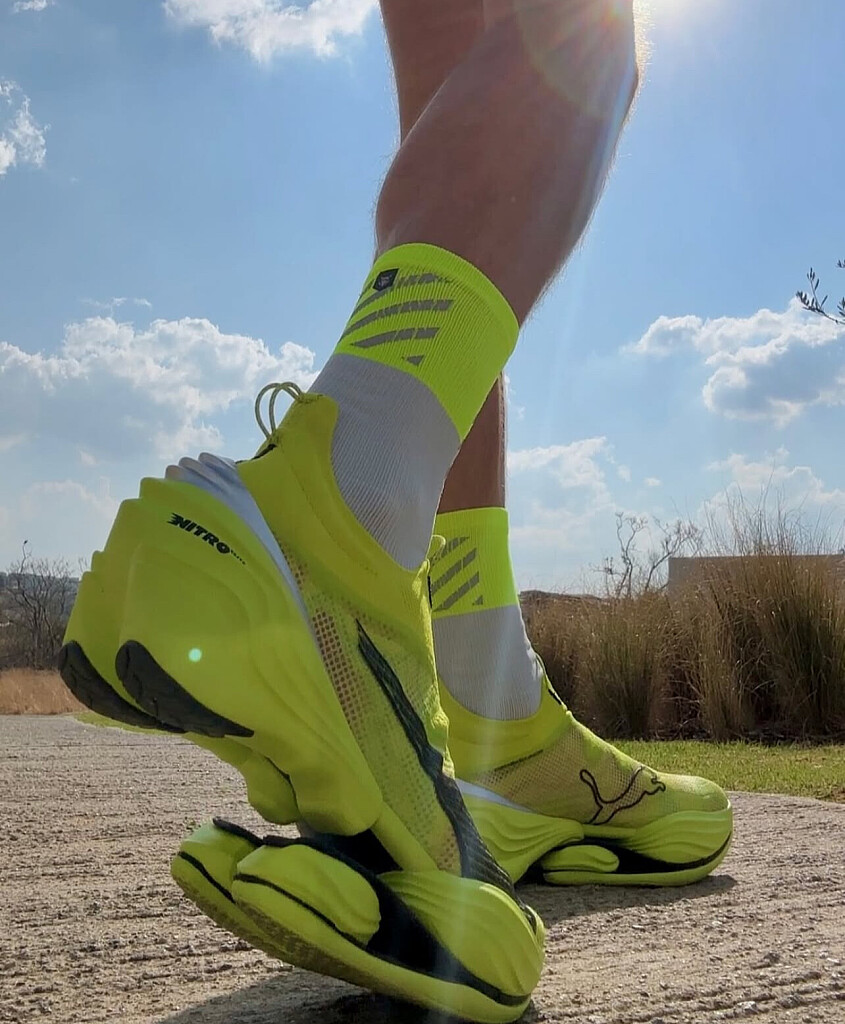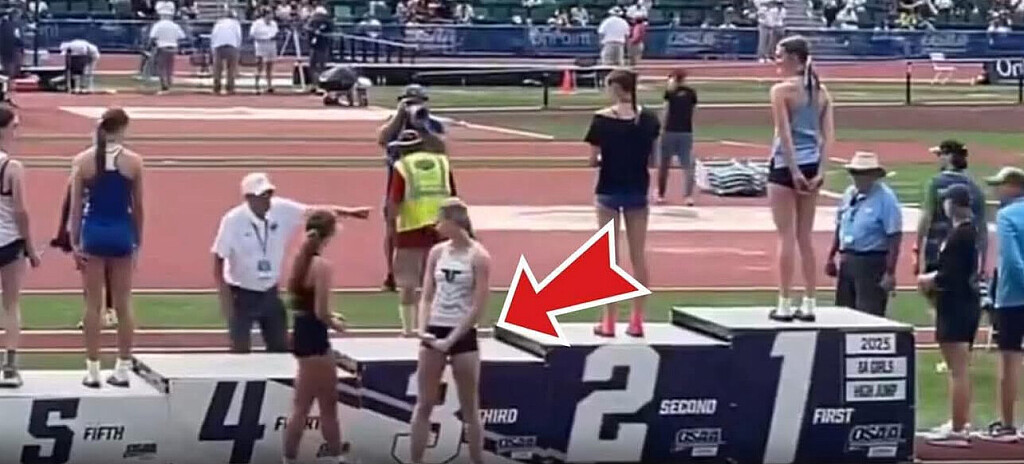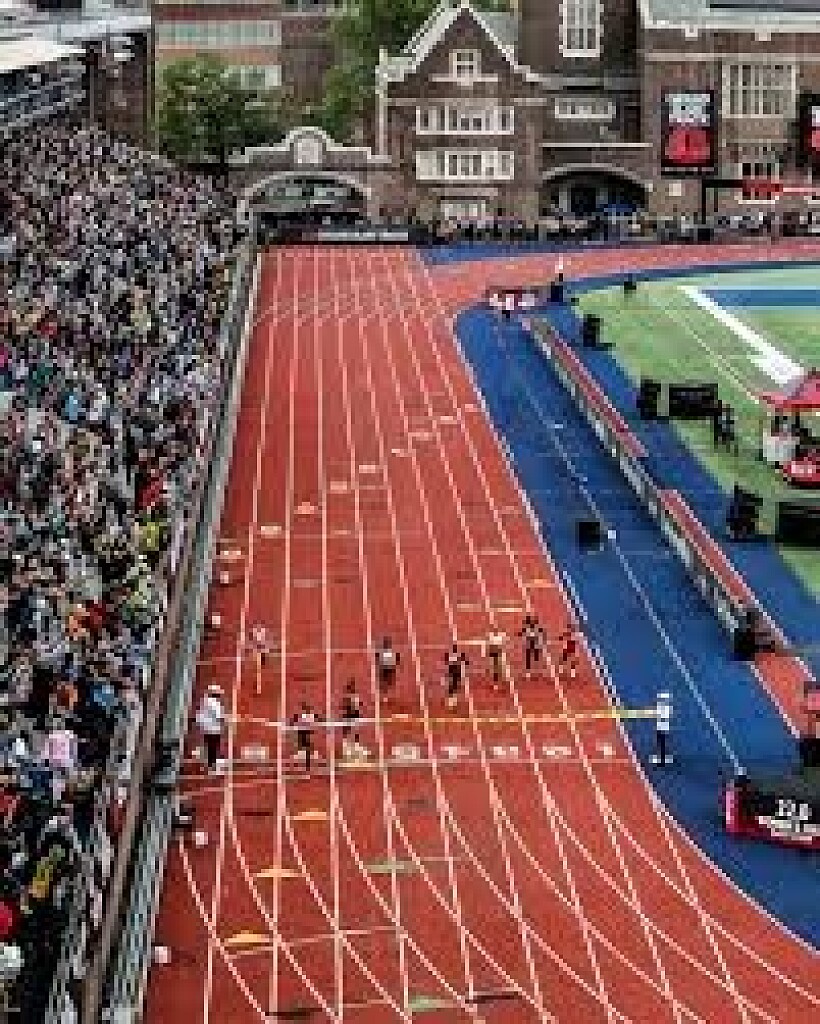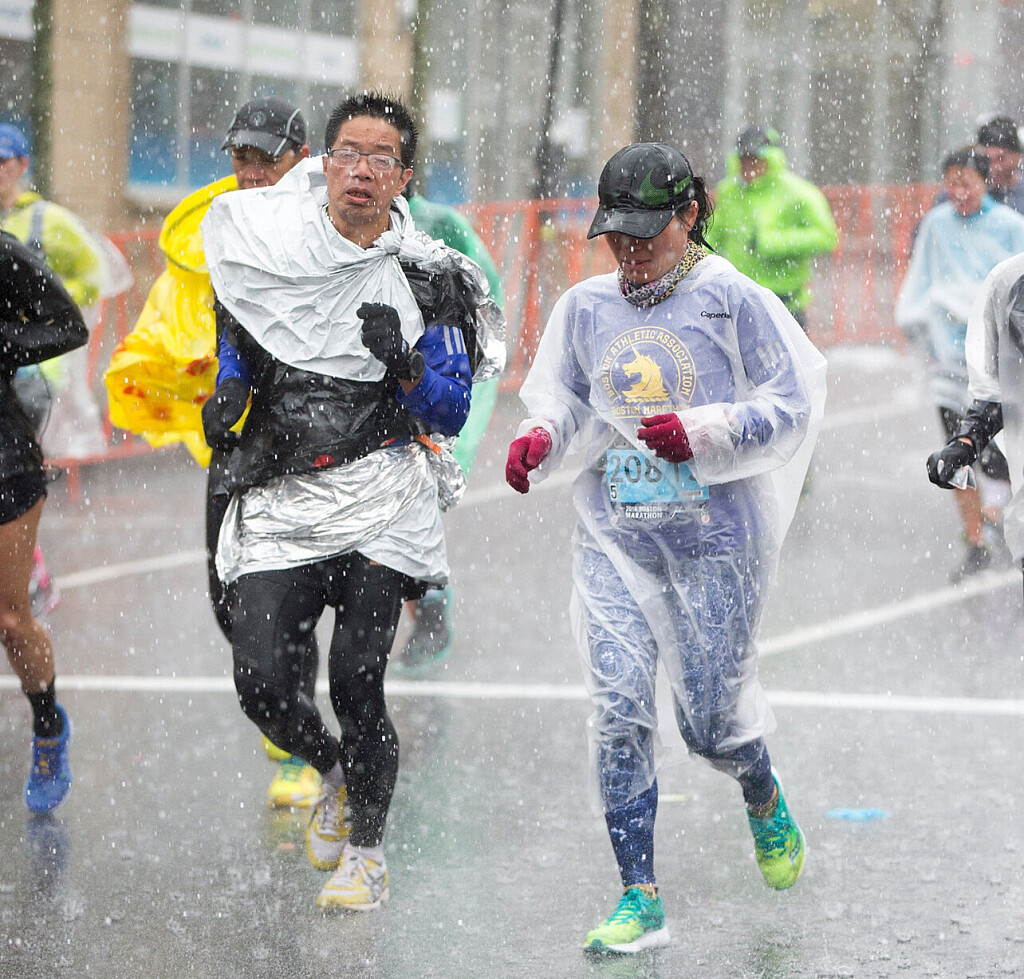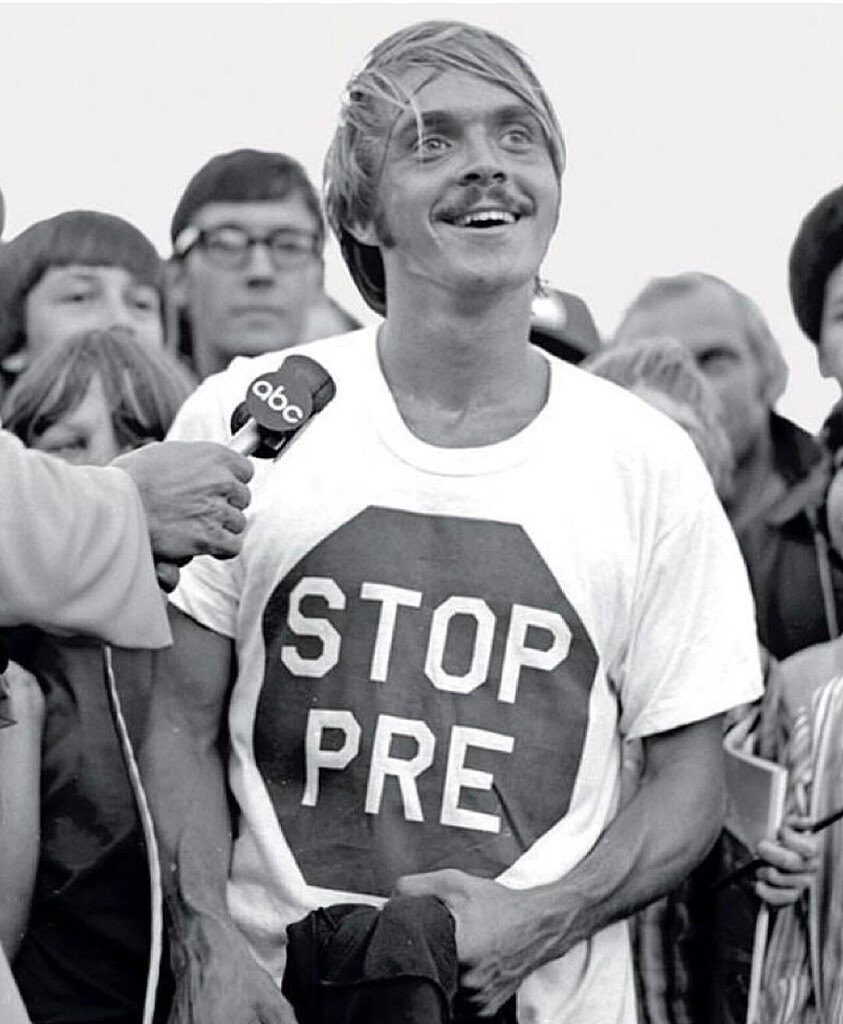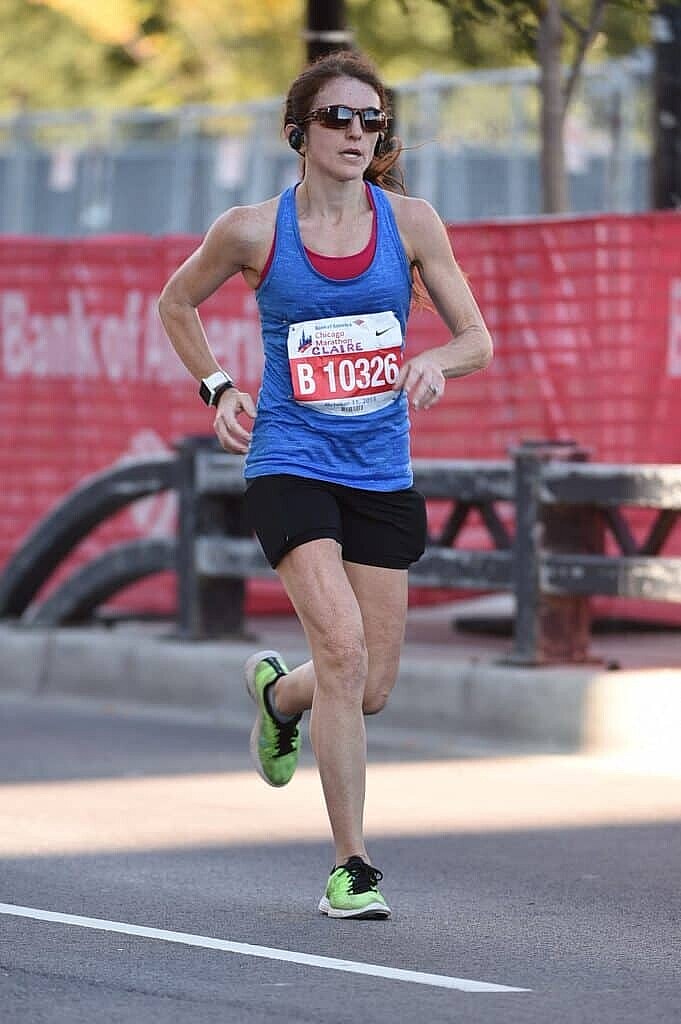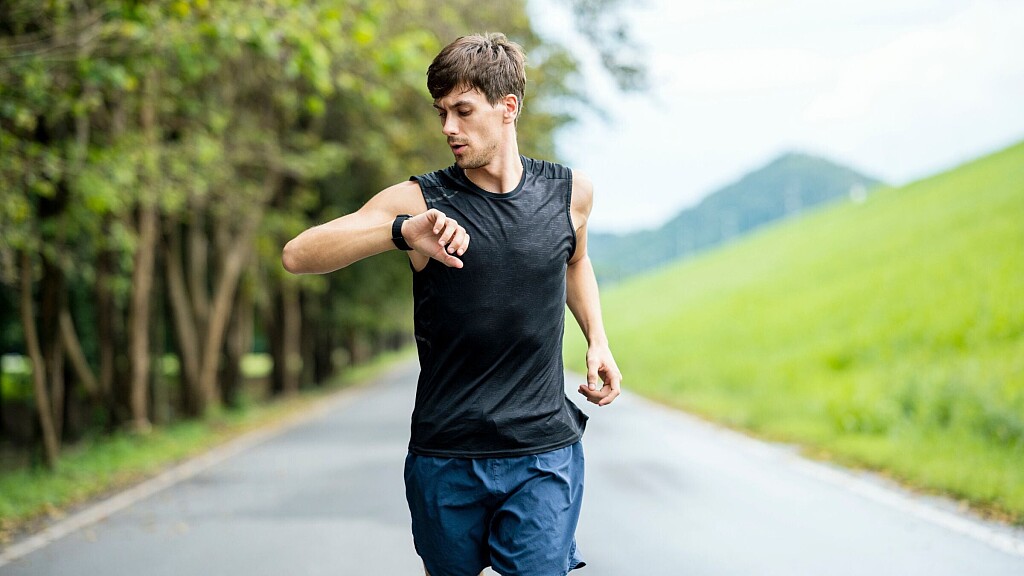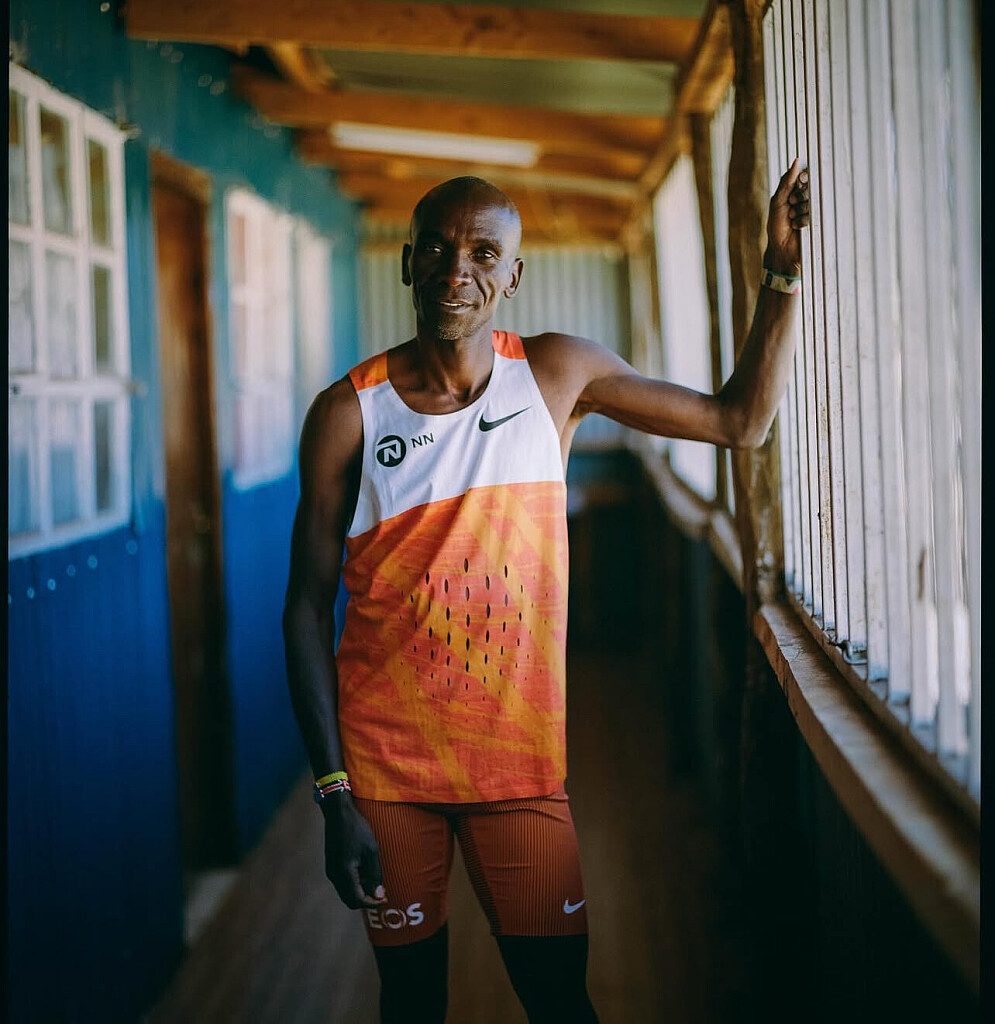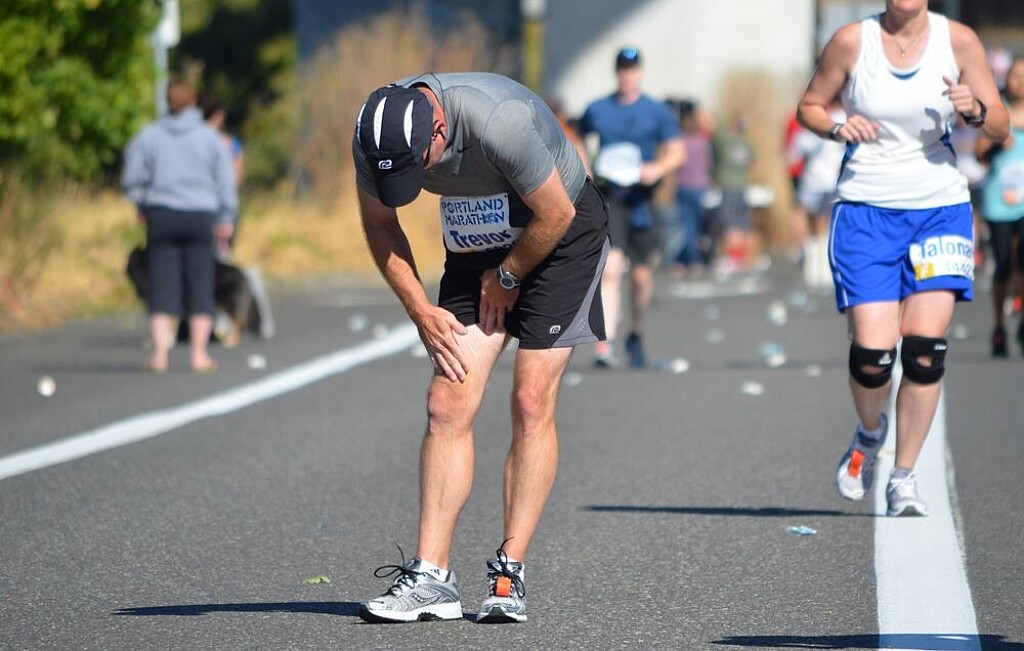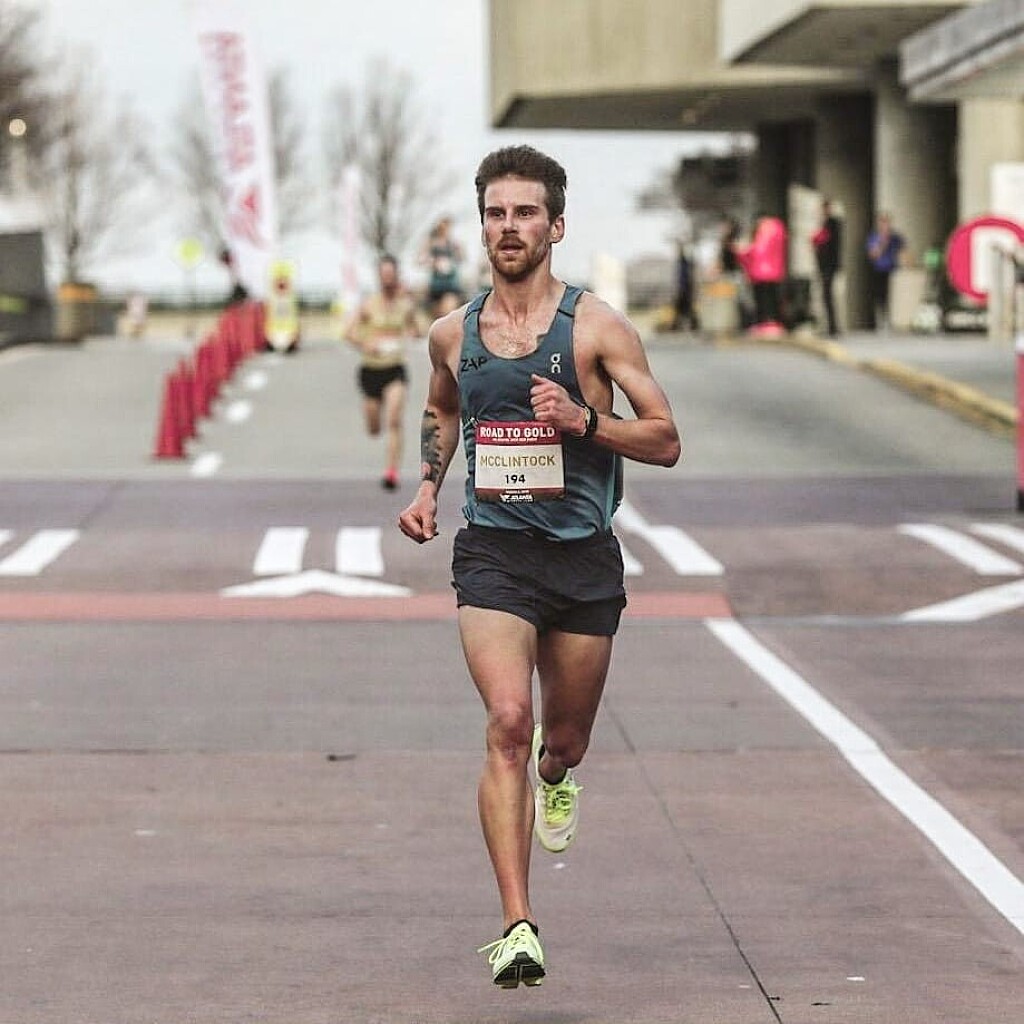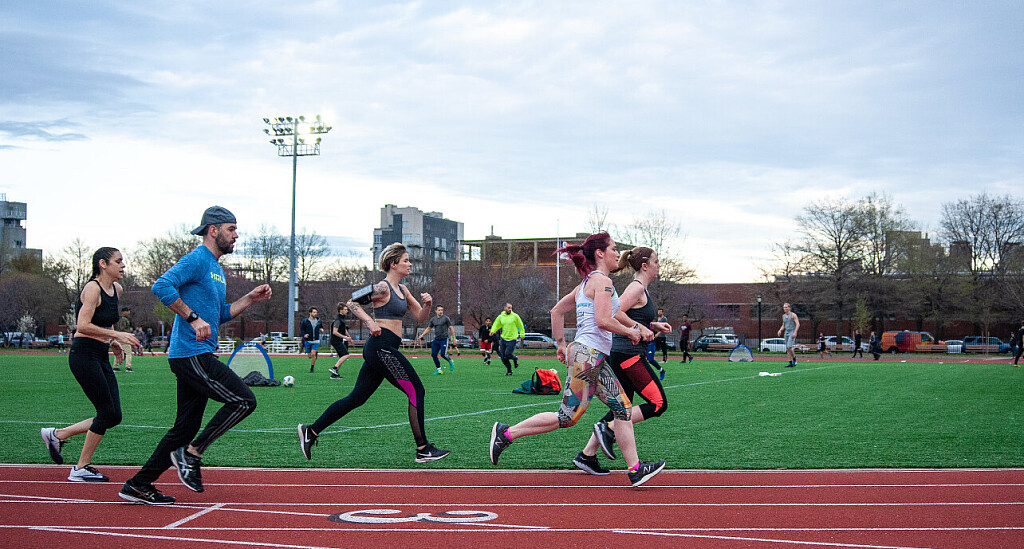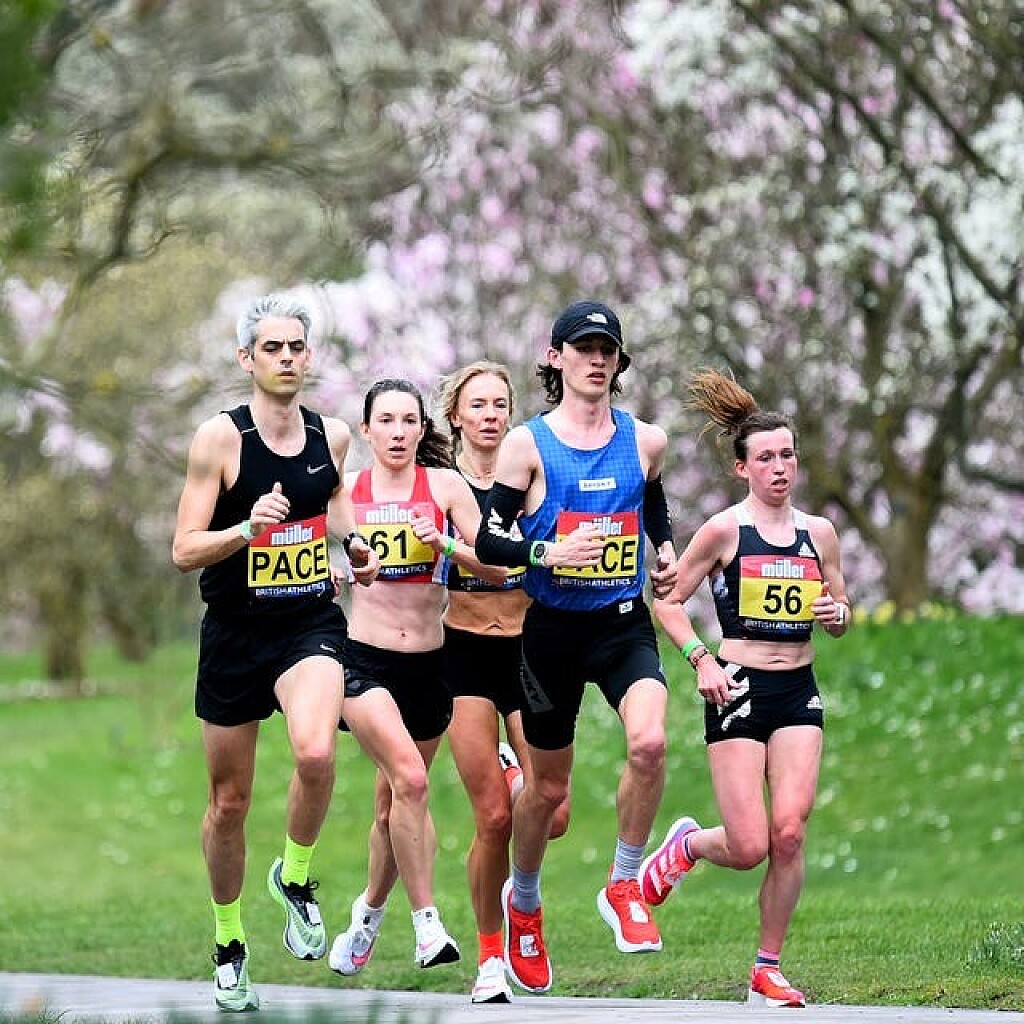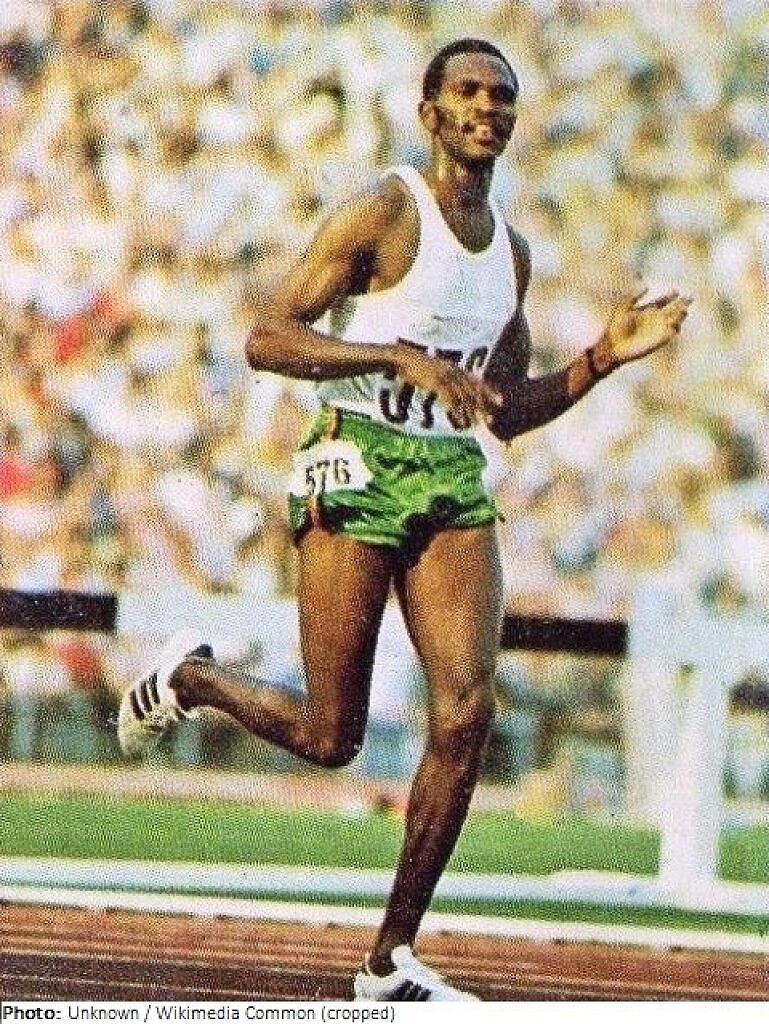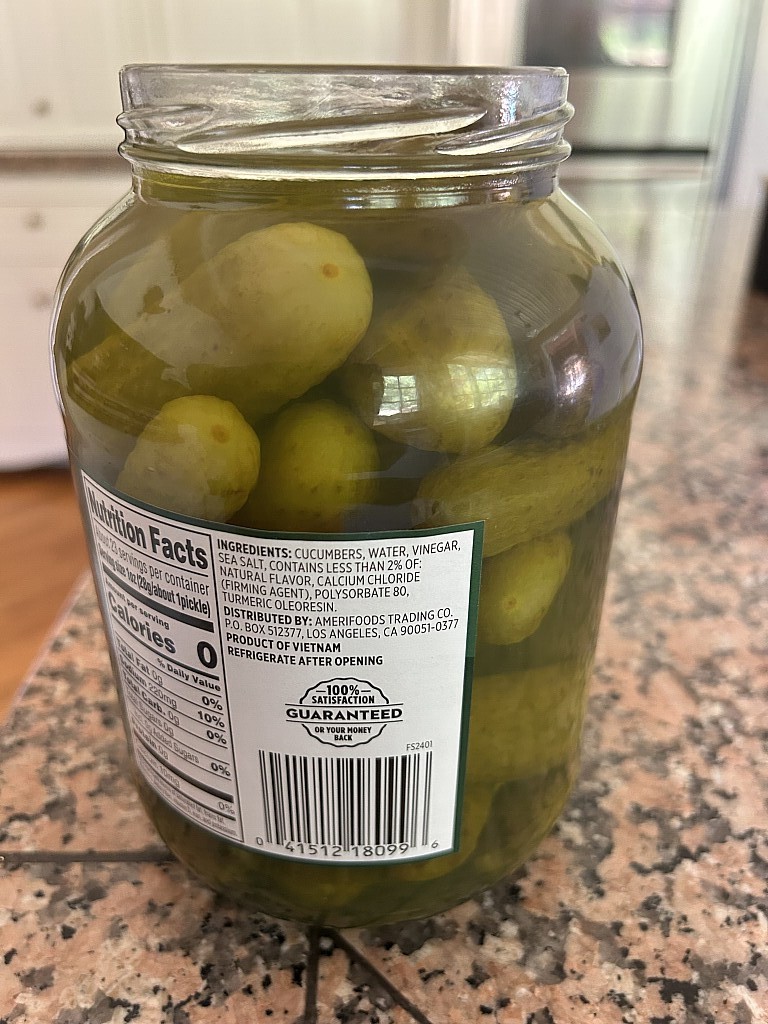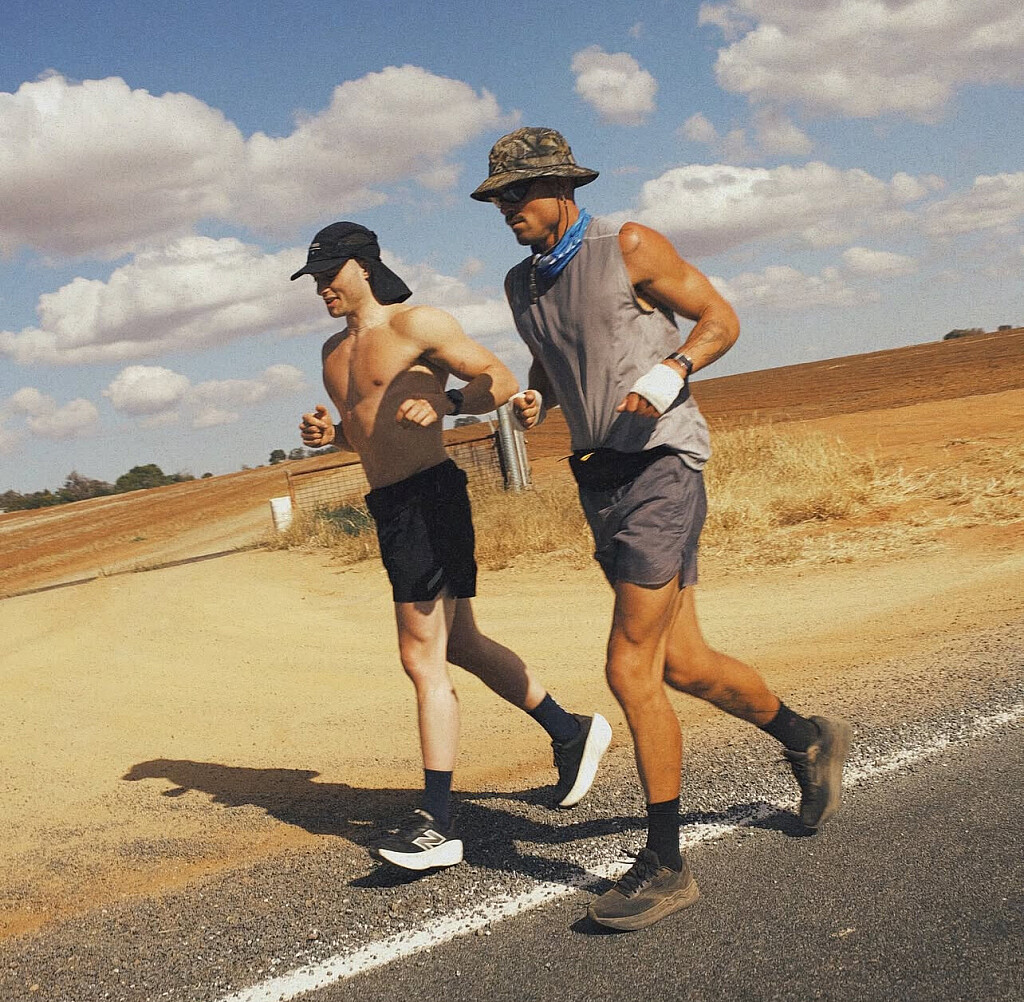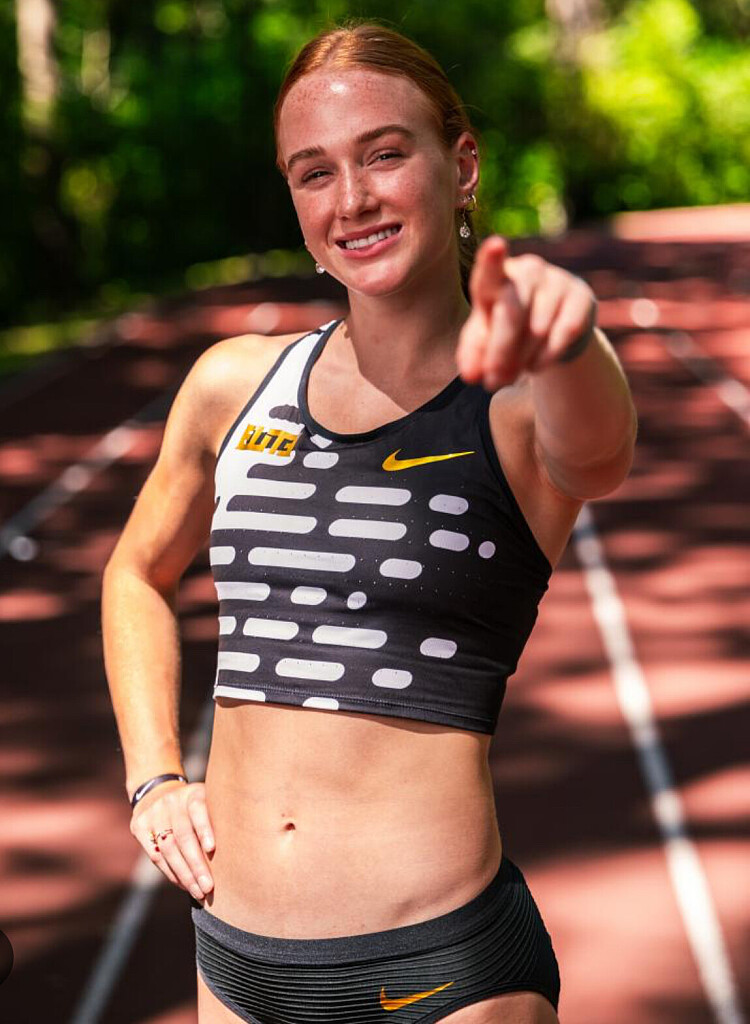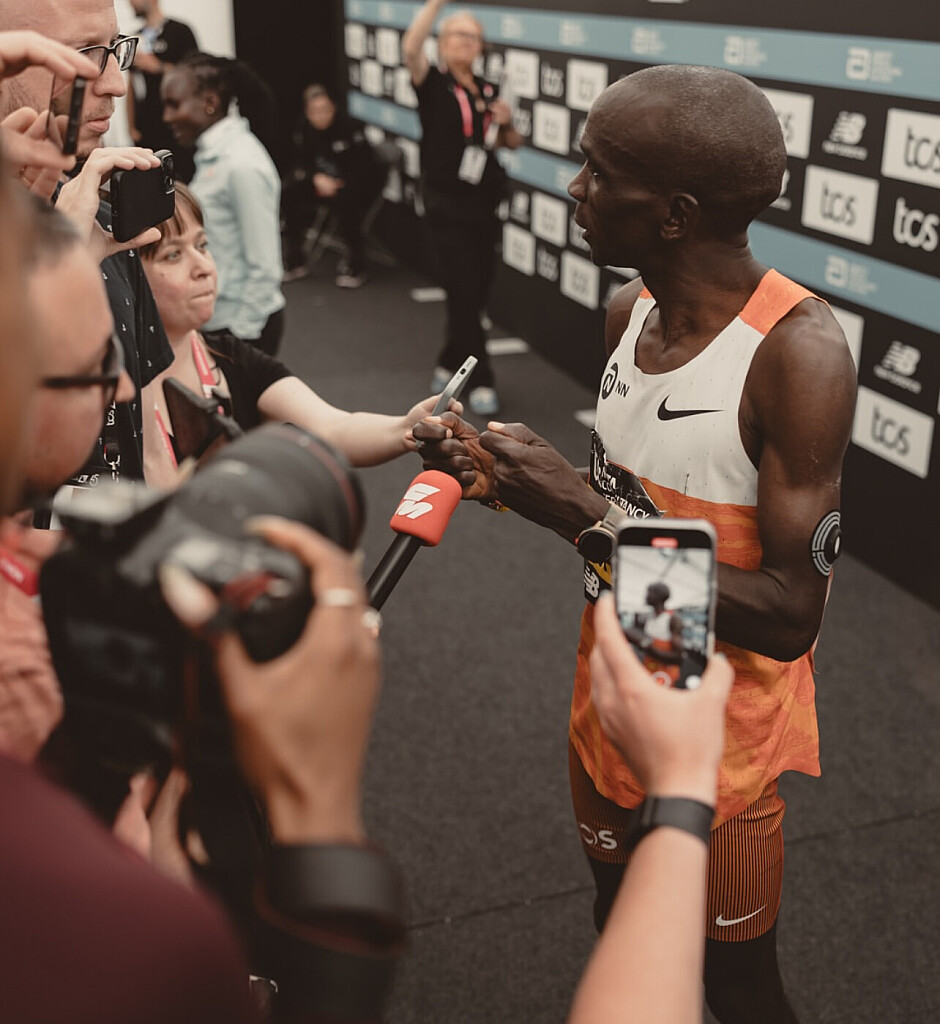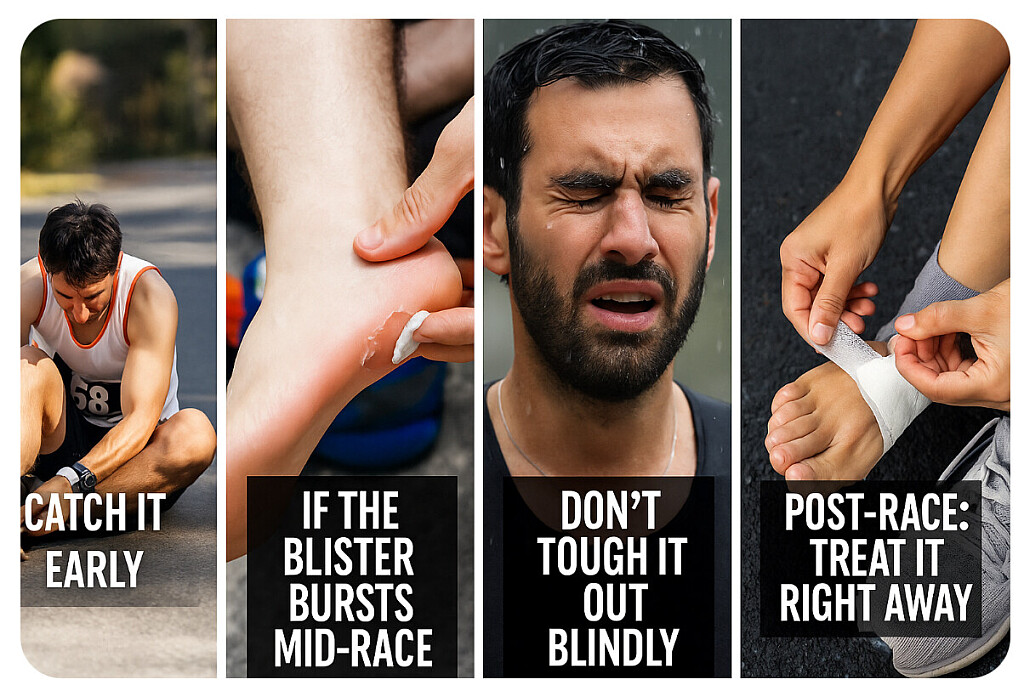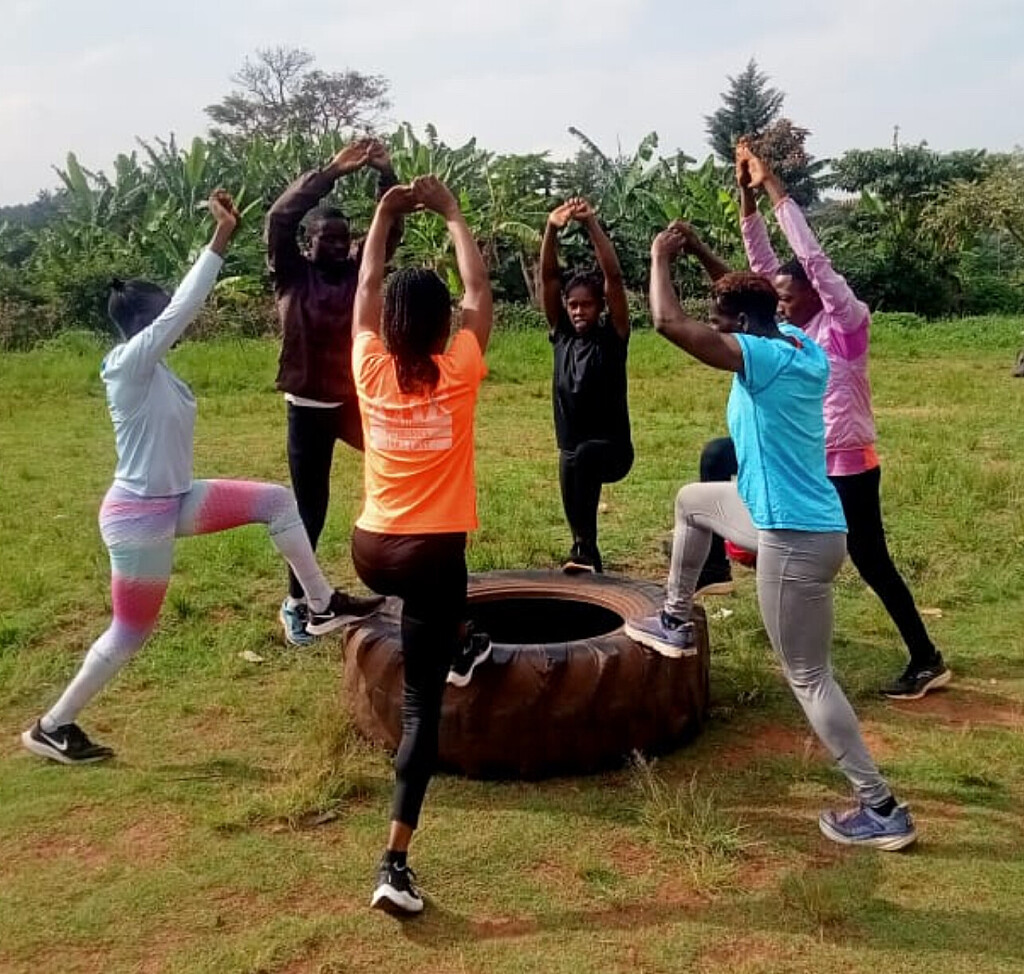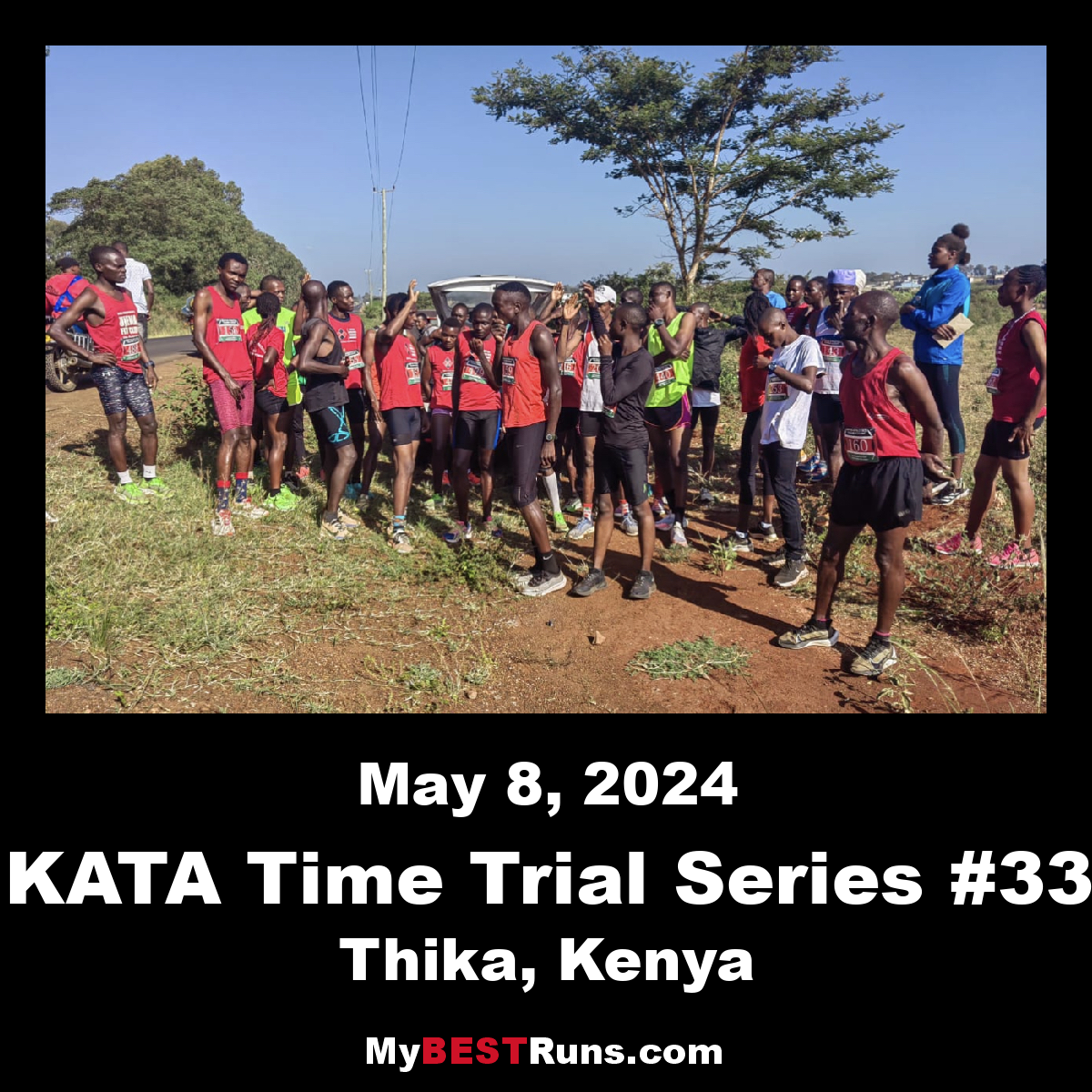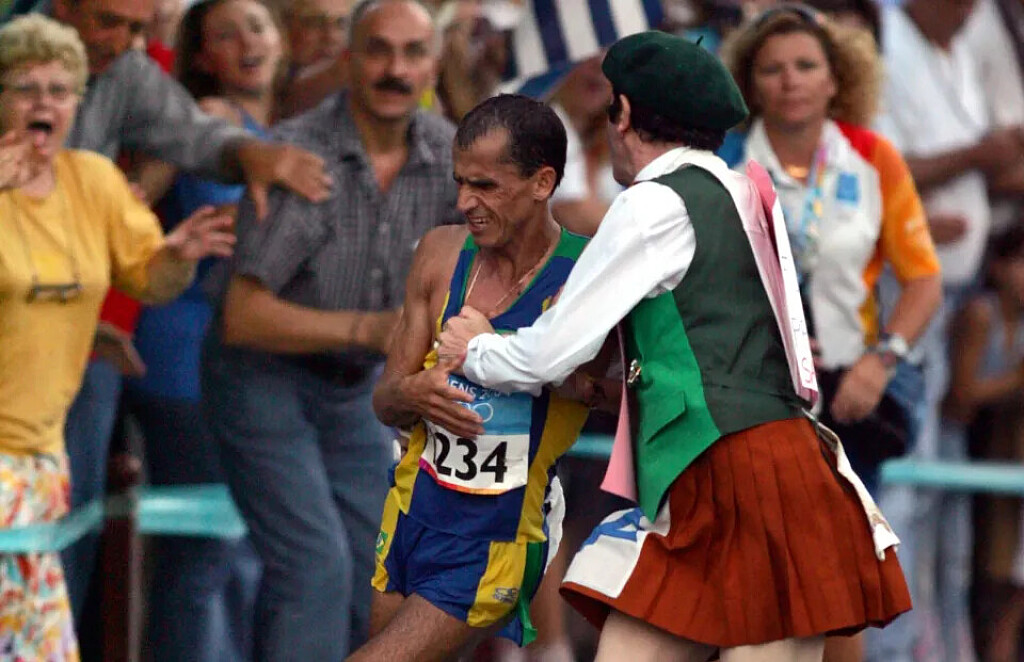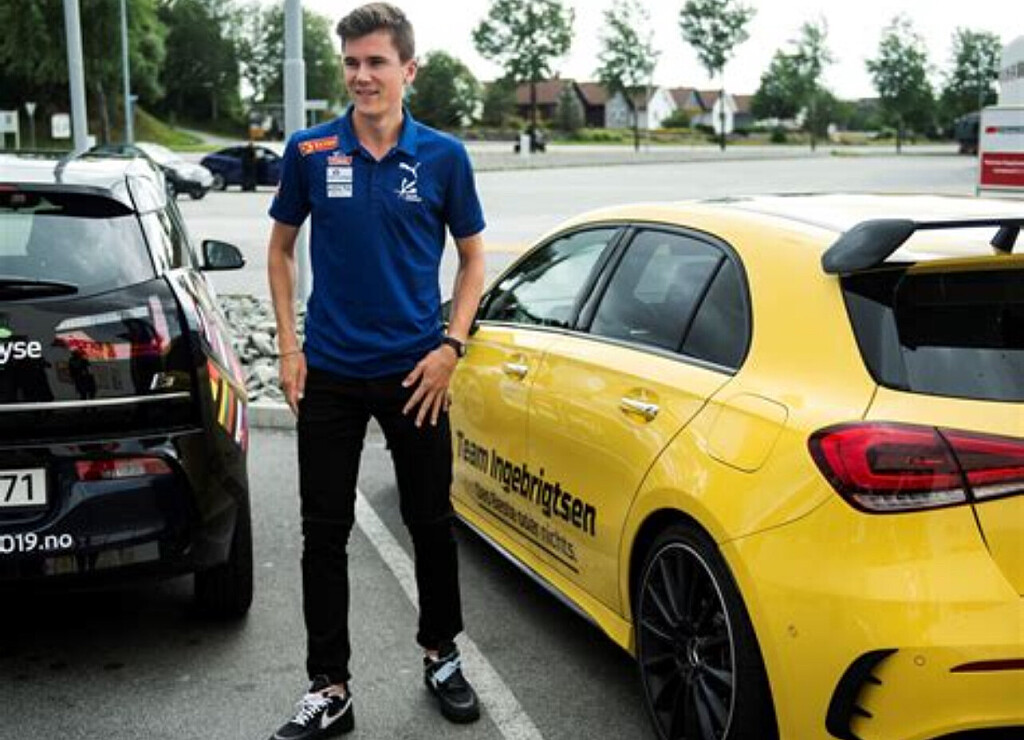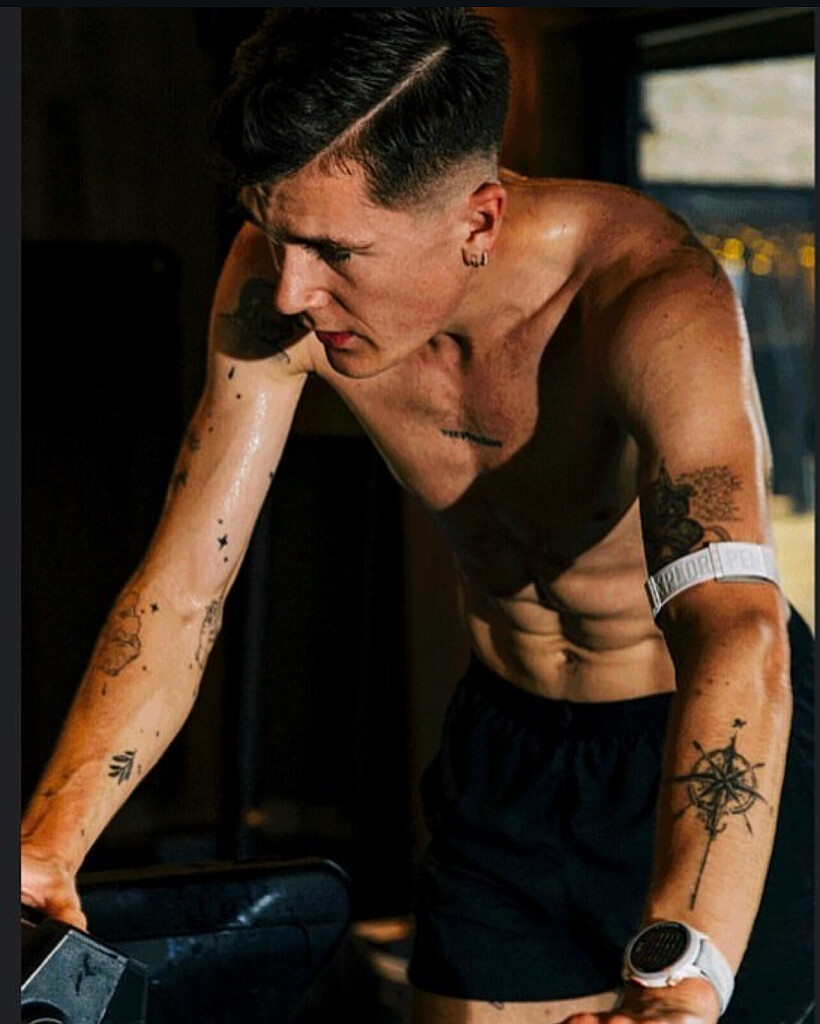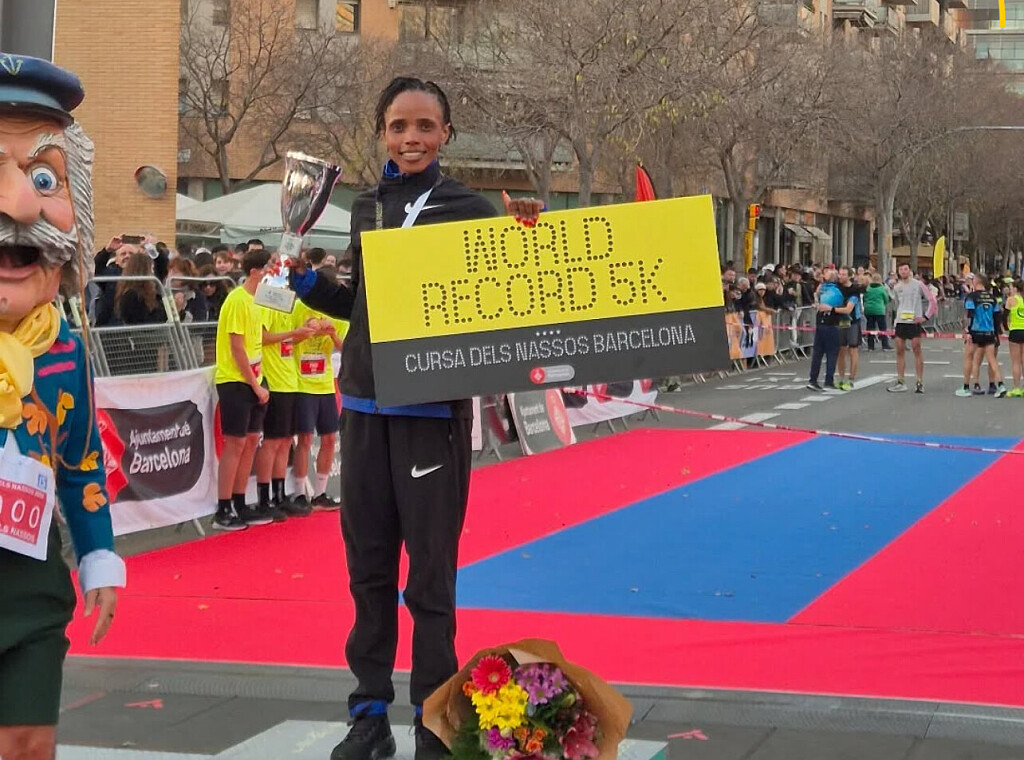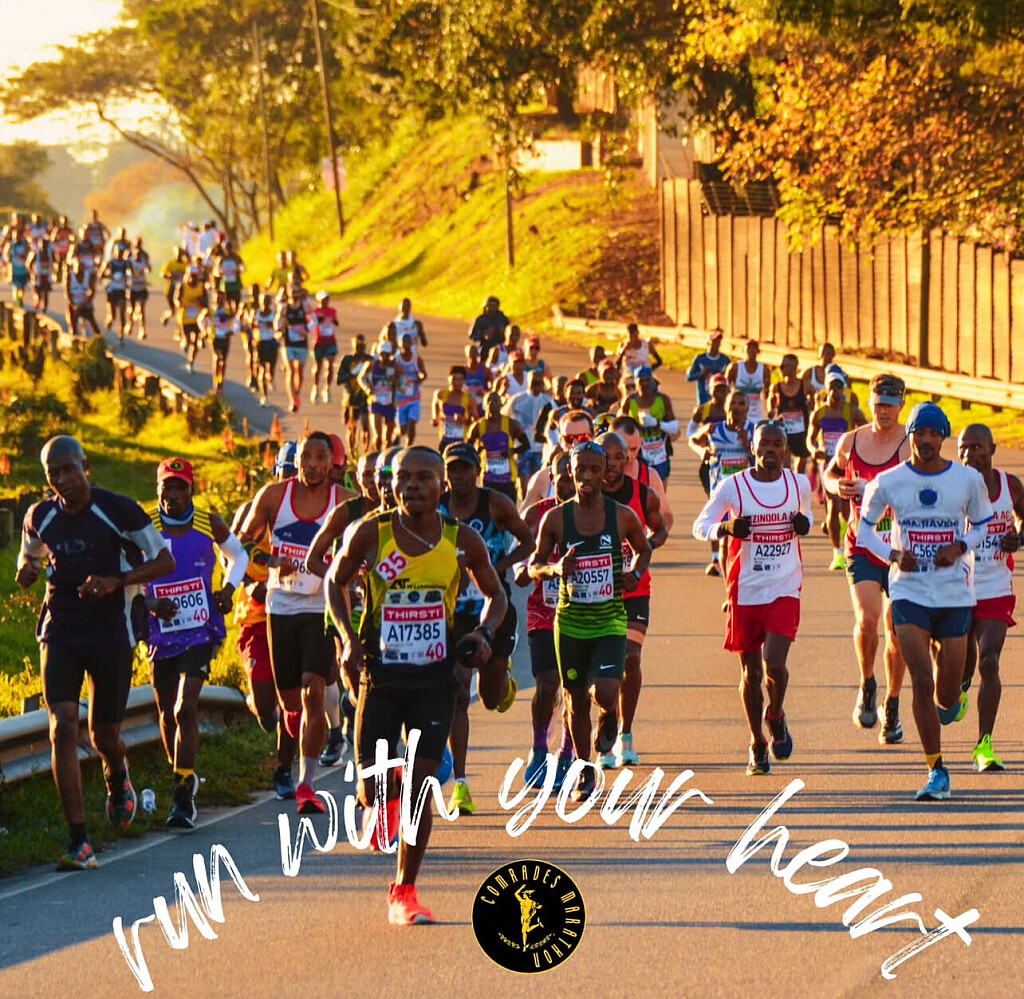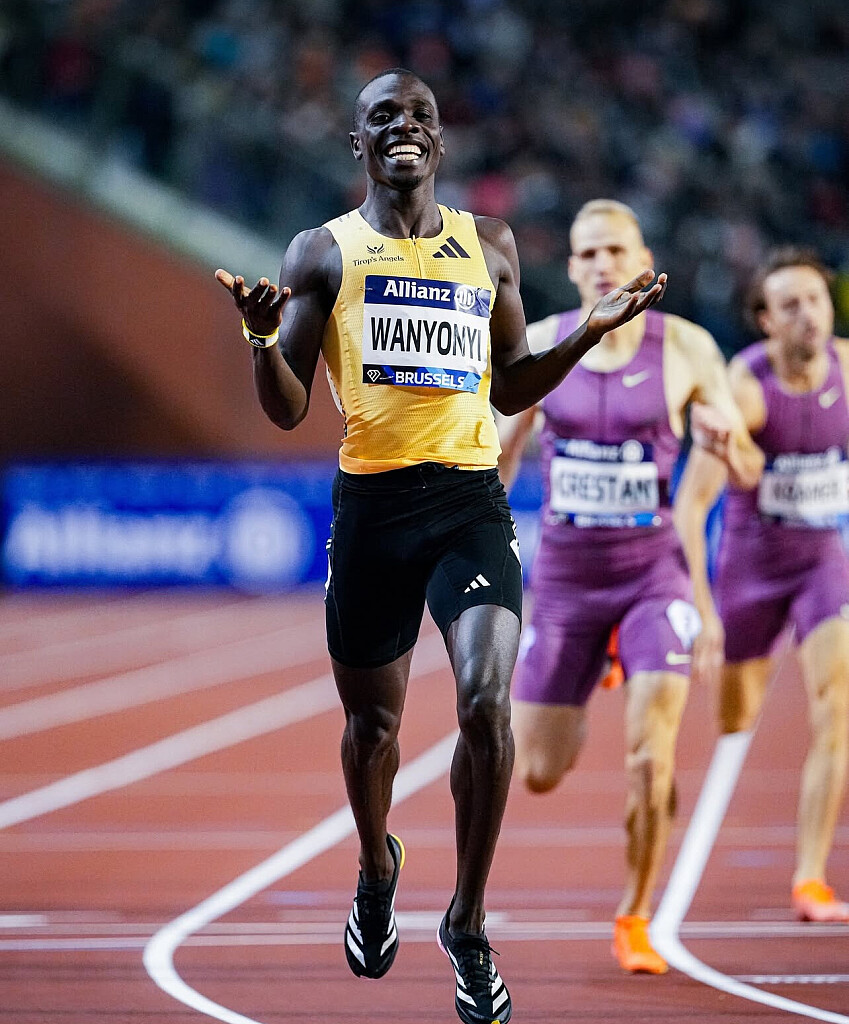Running News Daily
Running News Daily is edited by Bob Anderson. Send your news items to bob@mybestruns.com Advertising opportunities available. Train the Kenyan Way at KATA Kenya and Portugal owned and operated by Bob Anderson. Be sure to catch our movie A Long Run the movie KATA Running Camps and KATA Potato Farms - 31 now open in Kenya! https://kata.ke/
Index to Daily Posts · Sign Up For Updates · Run The World Feed
Team USA Names Marathon Stars for Tokyo 2025
USA Track & Field has officially announced its six-member marathon team for the 2025 World Athletics Championships, set for September 13–21 in Tokyo, Japan. This global event brings together the top track and field athletes from over 200 countries, with the marathon races scheduled for the final weekend and expected to be among the most anticipated events of the Championships.
With a challenging course, warm and humid conditions, and the return to a city steeped in marathon history, Tokyo 2025 is shaping up as a true test of strategy, stamina, and speed. Team USA’s roster features a mix of proven veterans and breakthrough performers, all poised to take on the world.
USA Men’s Marathon Team
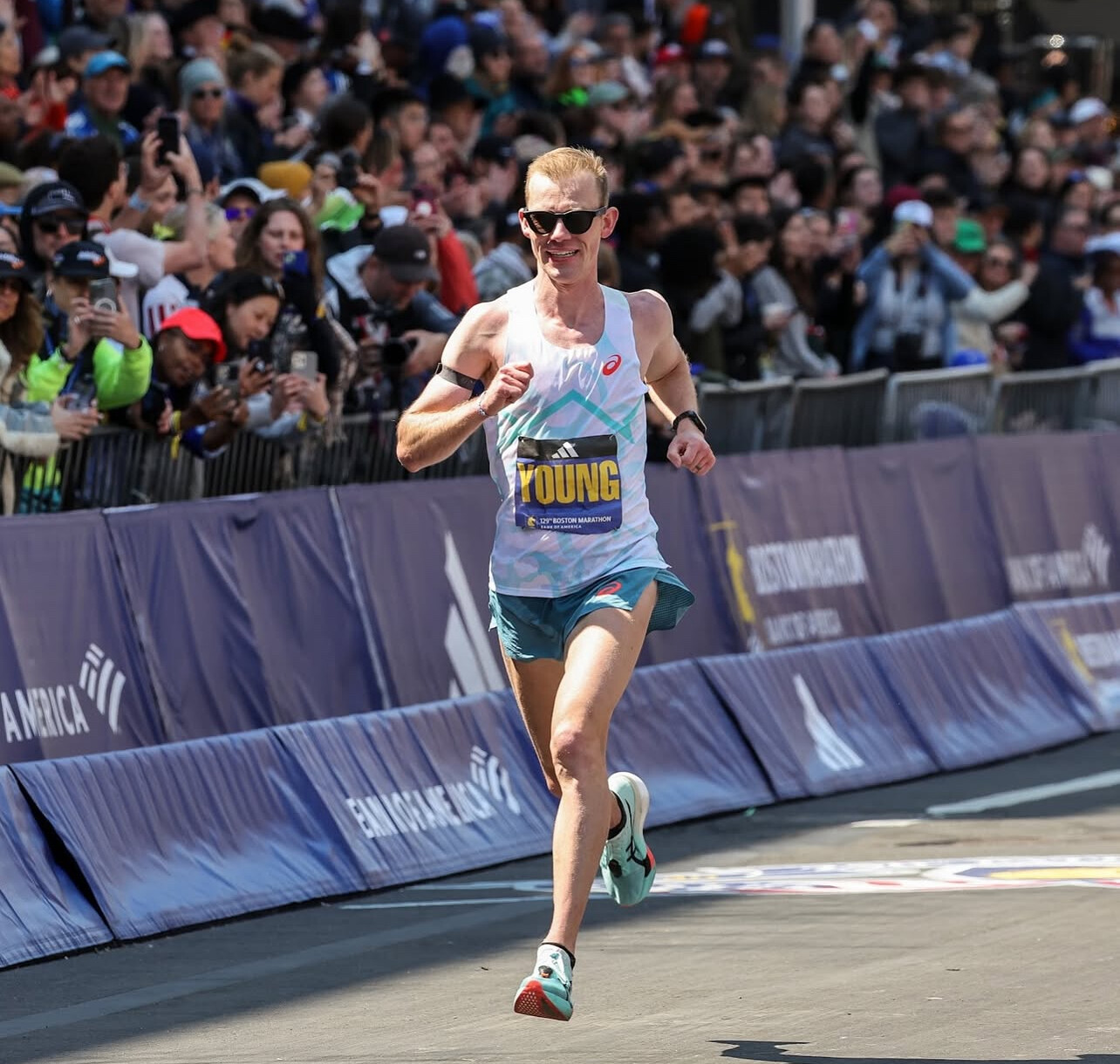
Clayton Young headlines the team following a standout 2:07:04 performance at the 2025 Boston Marathon. After placing 9th at the 2024 Paris Olympics, Young’s Boston result marked a significant leap forward and positioned him as a top contender in Tokyo.
Joining him is CJ Albertson, known for his bold tactics and relentless pacing. He set a personal best of 2:08:17 in Chicago and brings a fearless approach to championship racing.
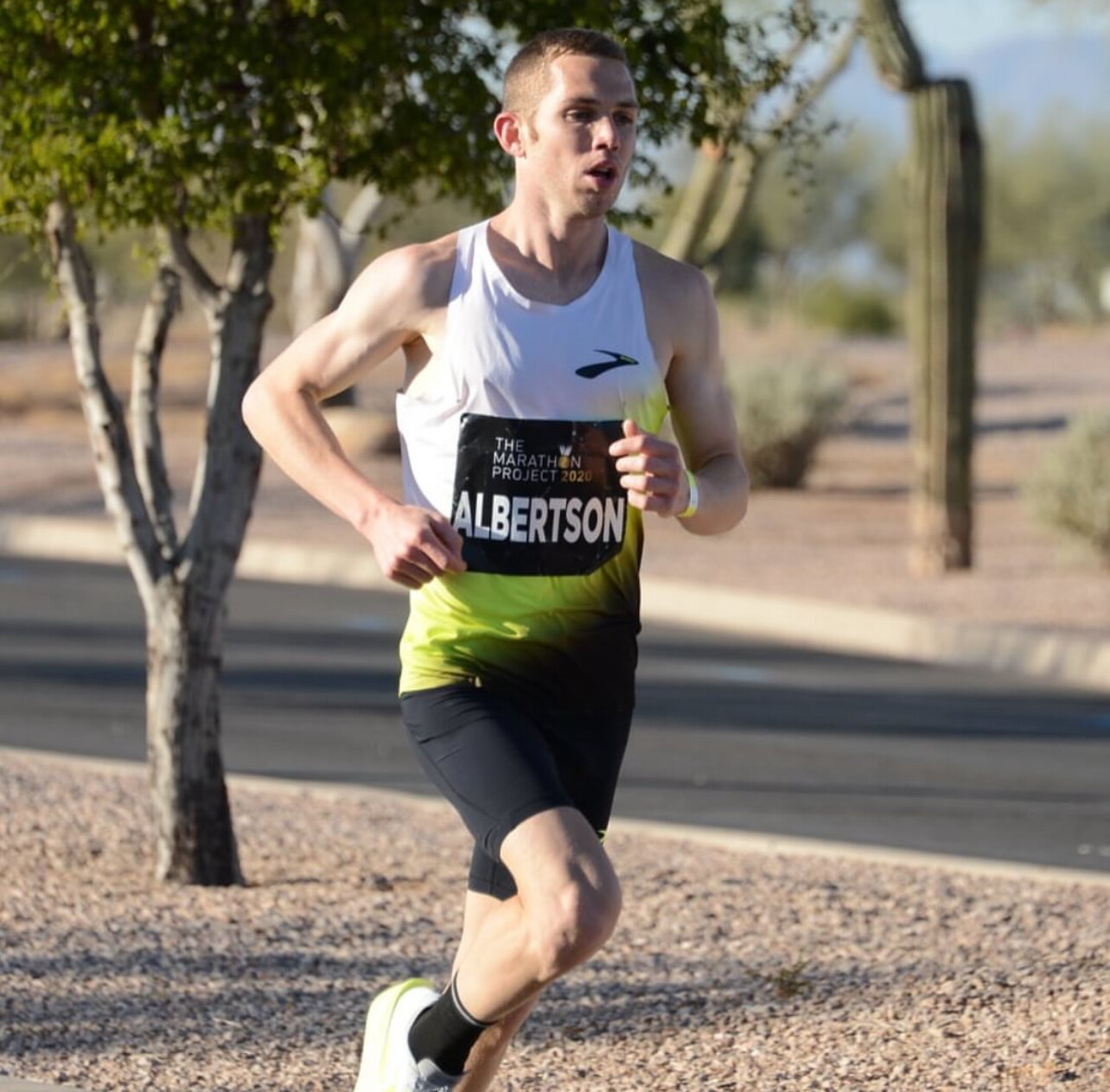
Reed Fischer rounds out the men’s trio, earning his spot through consistent performances and a 2:10:14 finish in Chicago. His steady progression and racing smarts add valuable depth to the squad.
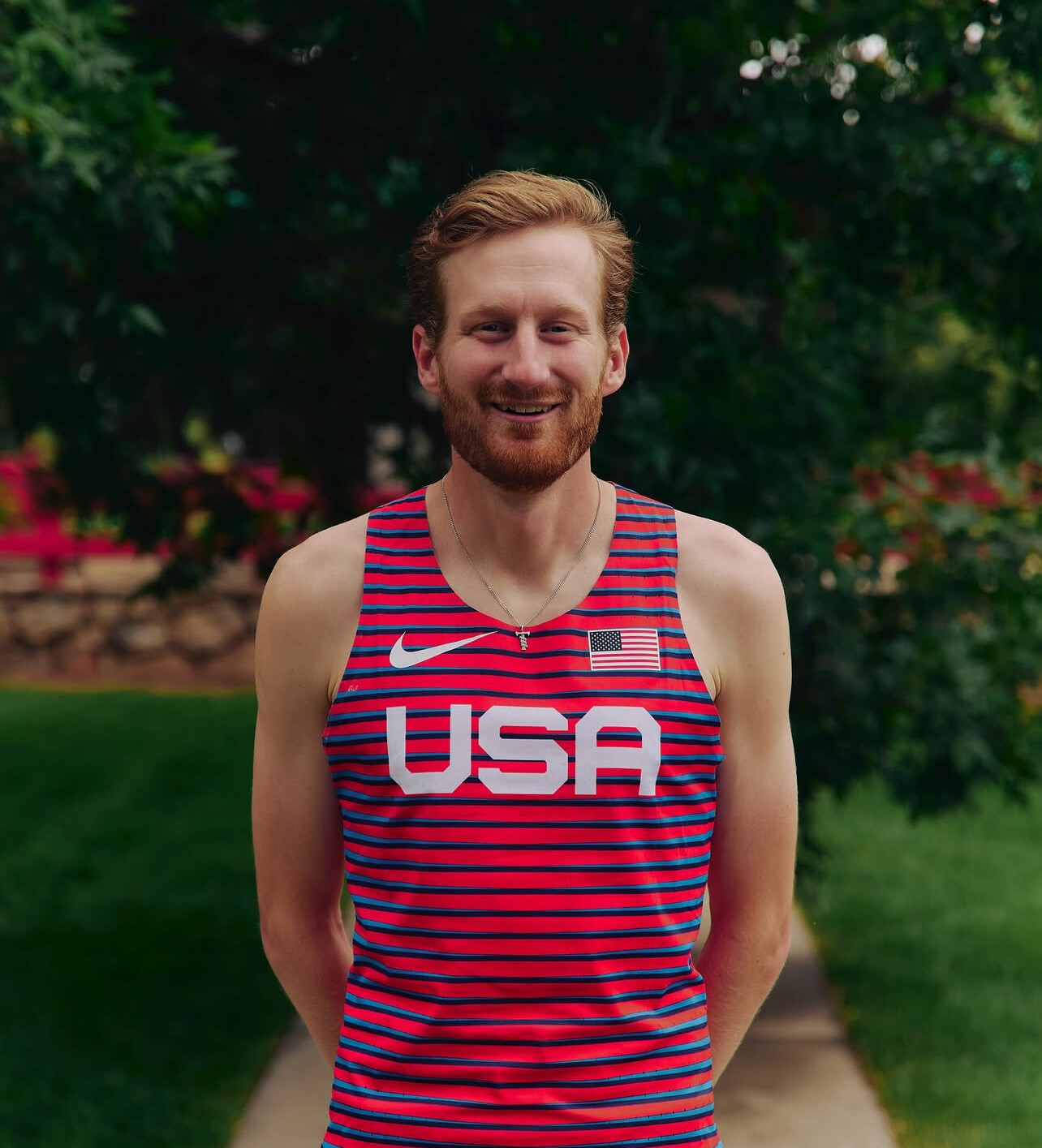
USA Women’s Marathon Team
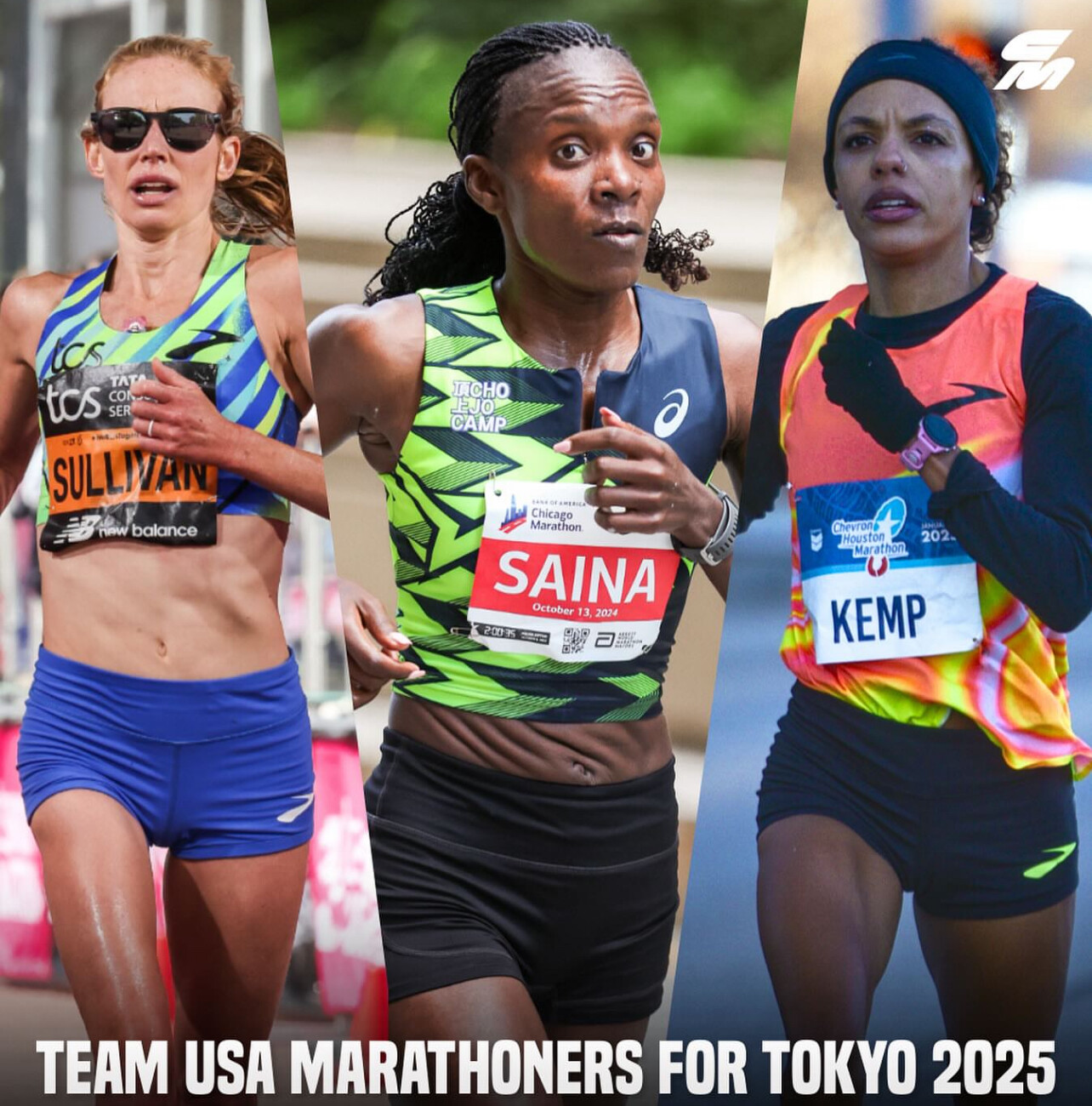
Betsy Saina, the fastest U.S. marathoner this year with a 2:19:17 at the Tokyo Marathon, leads the women’s lineup. The former Kenyan Olympian, now representing the U.S., brings international experience and high expectations into this championship season.
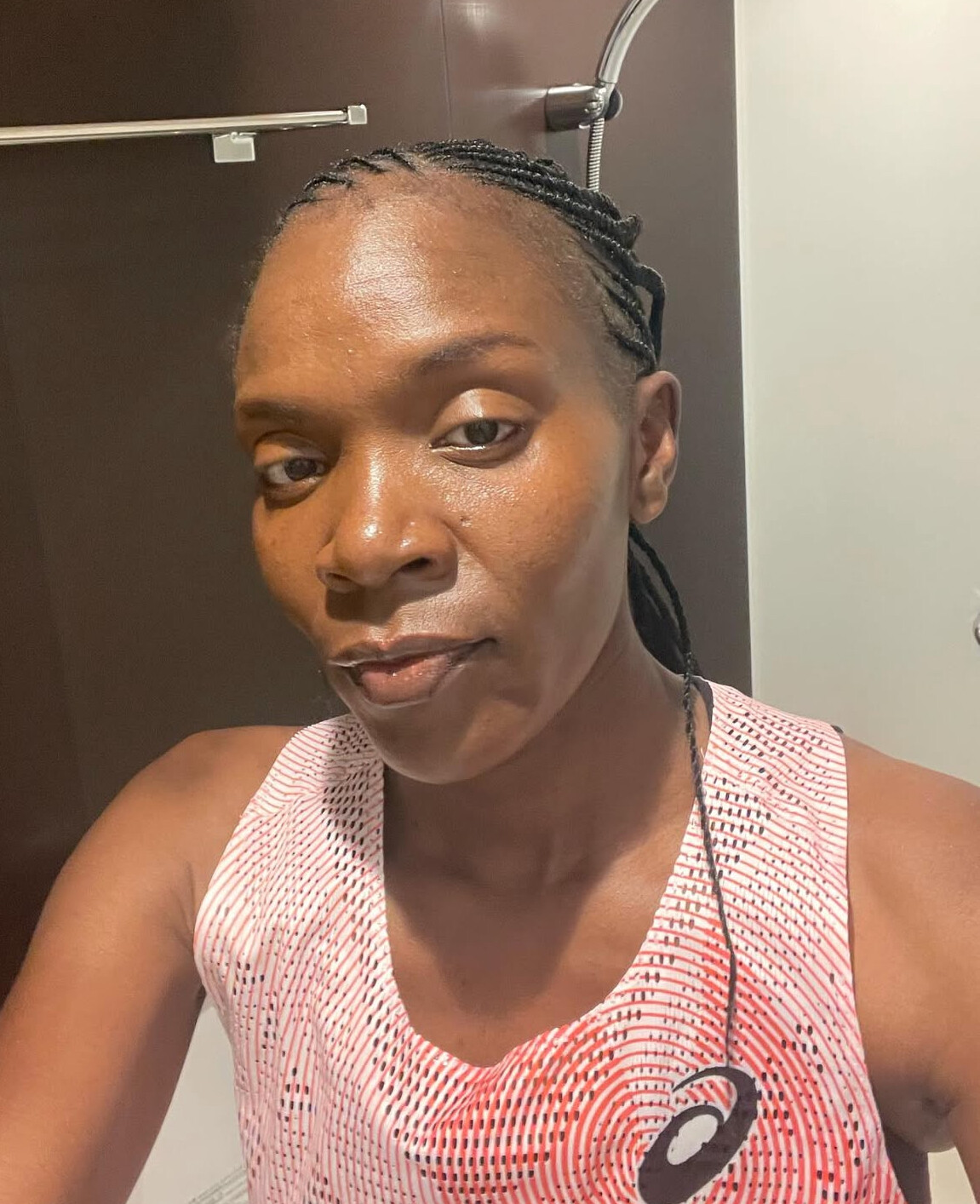
Susanna Sullivan has been one of America’s most consistent distance runners, clocking a 2:21:56 in Chicago and placing high in multiple national events. She’s known for her tactical strength and steady pacing.
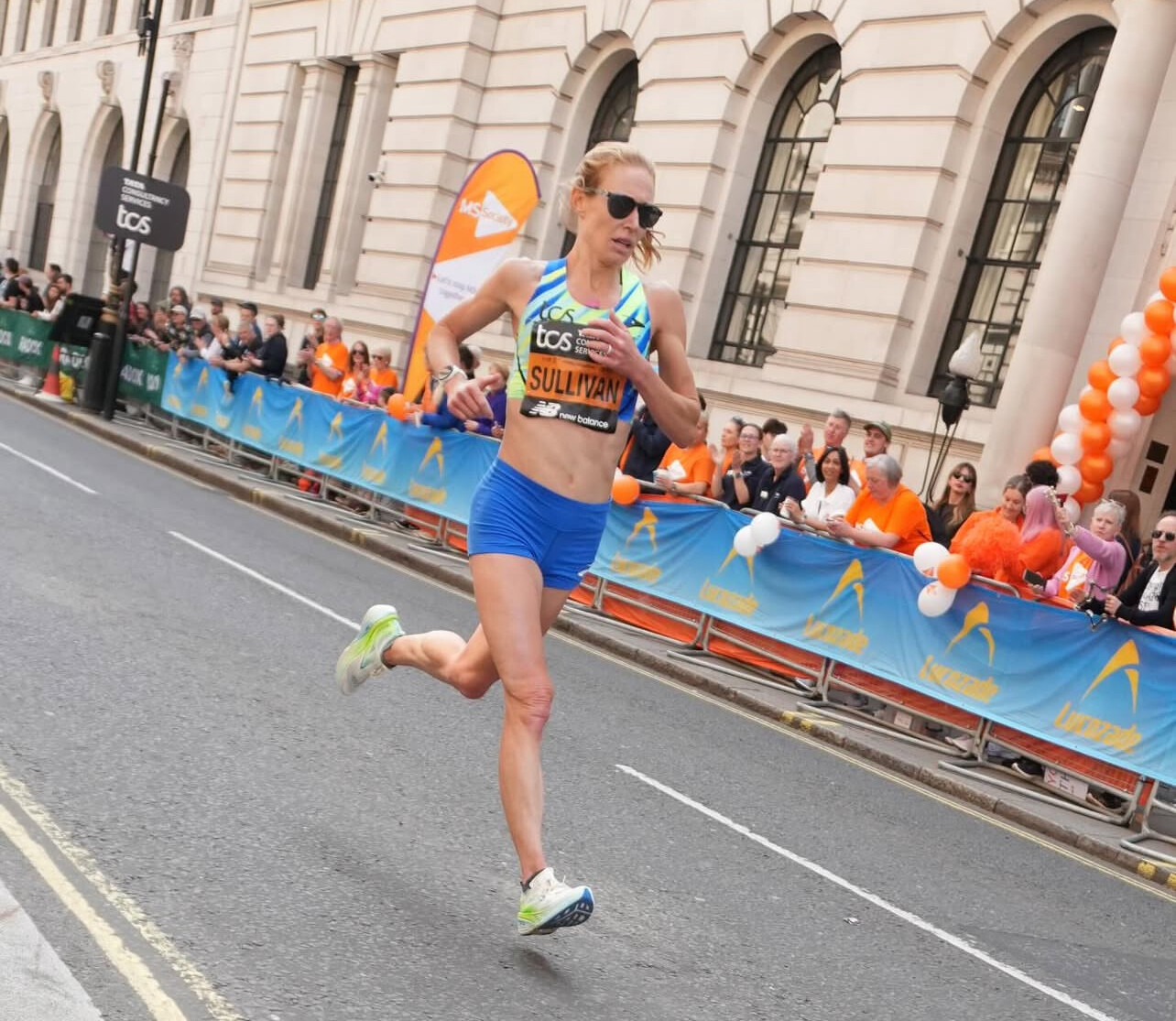
Erika Kemp, a former track standout, continues her successful transition to the marathon with a personal best 2:22:56 from Houston. Her rise in the U.S. distance scene adds fresh energy to the team.
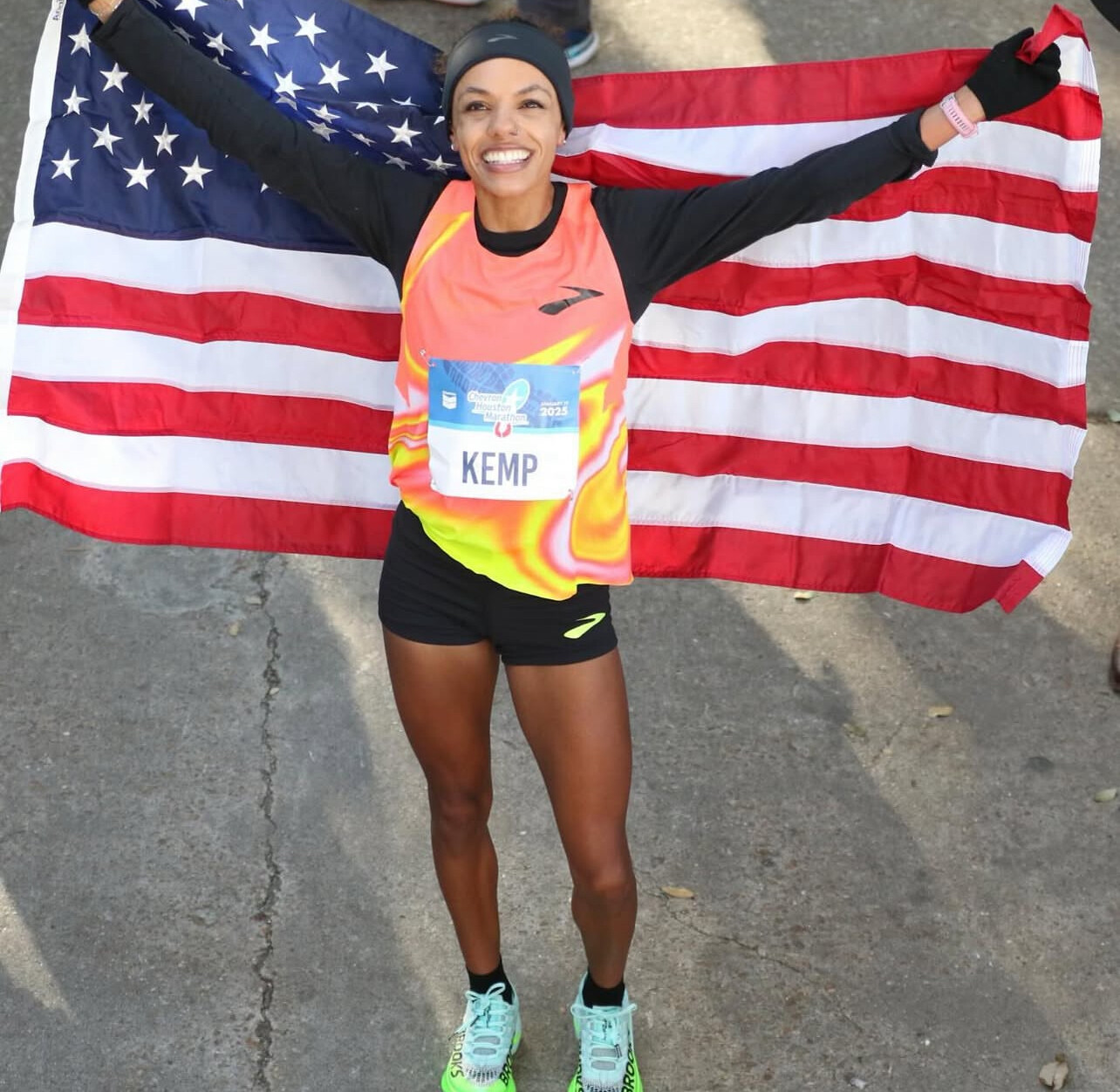
Marathon Schedule – World Championships, Tokyo 2025
• Women’s Marathon: Saturday, September 14 at 8:00 AM JST
• Men’s Marathon: Sunday, September 15 at 8:00 AM JST
The marathon course will take runners through central Tokyo, starting and finishing at the National Stadium. The route is expected to be spectator-friendly but physically demanding, with rising humidity levels adding to the challenge.
This will mark Tokyo’s second time hosting the World Championships (after 1991) and its first major global track event since the 2021 Olympic Games.
Spotlight on Clayton Young
Clayton Young continues to build momentum on the world stage. After placing 9th at the Paris Olympics, his 2:07:04 in Boston this spring confirmed his place among America’s elite. That time ranks as one of the fastest ever by a U.S. marathoner and reinforces his role as a leading medal hopeful.
In announcing his selection, Young wrote:
“I am honored… 101 days. Let the build begin.”
Now with major championship experience and peak form, Young will lead Team USA’s charge in Tokyo.
Why This Year Matters
• Historic Depth: For the first time, Team USA sends multiple sub-2:08 men and three sub-2:23 women to a World Championship marathon.
• Olympic Implications: Performances in Tokyo could shape strategies and selections for Los Angeles 2028.
• Global Showdown: With defending champions, Olympic medalists, and national record holders from around the world competing, the marathon fields will be among the strongest ever assembled.
Team USA’s marathon lineup for the 2025 World Championships reflects both strength and balance. With Clayton Young and Betsy Saina leading the charge, and a deep roster behind them, the Americans are ready to compete at the highest level.
As Tokyo prepares to welcome the world, this year’s marathon is more than a race — it’s a proving ground for the next generation of distance legends.
(06/10/2025) ⚡AMPby Boris Baron
Dijana and Steyn Triumph Again at 2025 Comrades Marathon
South African stars Tete Dijana and Gerda Steyn solidified their places among the world’s best ultra runners with commanding victories at the 2025 Comrades Marathon, held Sunday, June 8. Dijana, now a three-time champion, won the men’s race in 5:25:27, edging out defending champion Piet Wiersma by just five seconds in a thrilling repeat of last year’s finish.
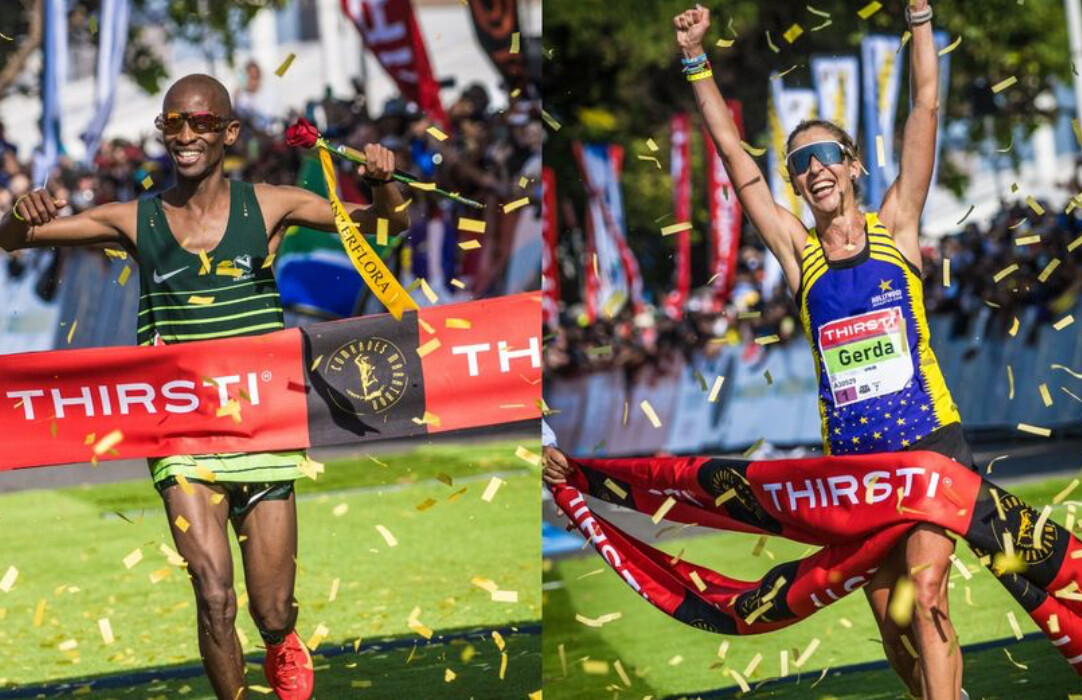
Steyn claimed her fourth Comrades title, joining elite company as only the second woman to win the race more than three times. Her time of 5:51:18 put her nearly five minutes ahead of runner-up Alexandra Morozova.
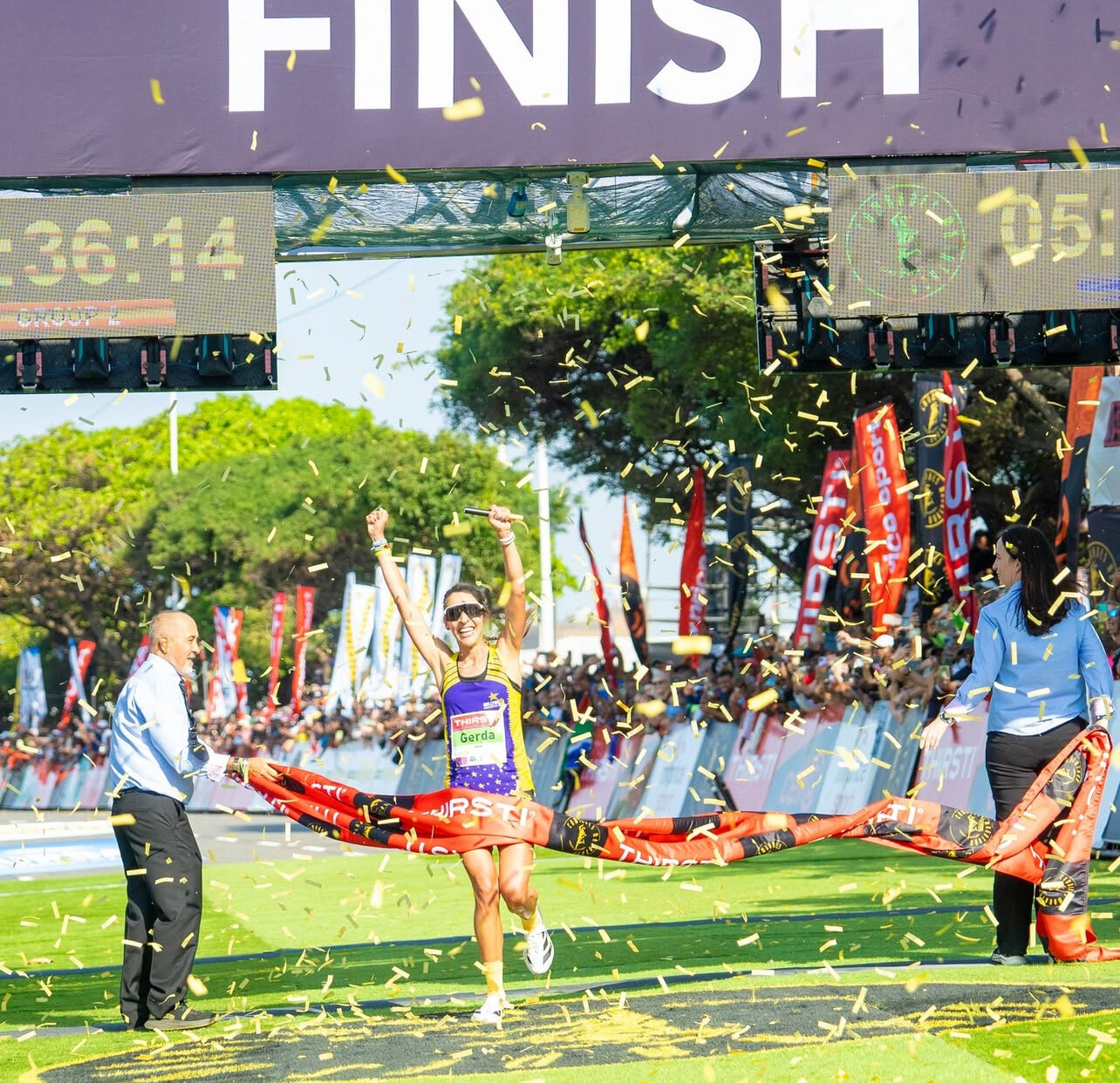
Race Distance and Pace
• Distance: 89.98 kilometers (55.9 miles)
• Tete Dijana’s average pace:
• 3:37 per km
• 5:50 per mile
• Gerda Steyn’s average pace:
• 3:54 per km
• 6:17 per mile
Innovations and Historic Field
The 98th edition of the Comrades, run from Pietermaritzburg to Durban, featured a record Down Run field of 22,677 qualified entrants. For the first time in event history, organizers introduced a split start for safety and improved flow, with two groups starting 15 minutes apart.
The new finish line on Masabalala Yengwa Avenue, adjacent to Durban’s People’s Park, added a festive atmosphere with expanded hospitality and club support zones.
Elite Race Highlights
In the men’s race, Onalenna Khonkhobe led early before Dijana surged with 20km to go. Dutchman Piet Wiersma closed the gap late, but Dijana stayed strong to win in a near repeat of 2023.
“I came prepared and stuck to my race plan. When I saw Piet closing, I pushed and opened the gap,” said Dijana.
Nikolai Volkov finished third in 5:29:41, followed by Edward Mothibi and Joseph Manyedi. South Africans claimed six of the top 10 spots.
In the women’s race, Elizabeth Mukoloma led early, but once Steyn took over, the outcome was never in doubt. Despite a late surge from Morozova, Steyn pushed ahead to win by nearly five minutes.
“It’s always an honor to be part of this race. I ran conservatively early to run my best race today—and it paid off,” said Steyn.
Kenya’s Shelmith Muriuki, in her Comrades debut, finished third, while Olympic marathoner Irvette van Zyl impressed with a strong fourth-place debut.
Building Toward the 100th
Comrades General Manager Alain Dalais praised the success of this “dress rehearsal” for the 100th edition in 2027:
“We’re thrilled with how well the split start worked and with the positive feedback on the new finish zone. We’re on the right path.”
Dalais also celebrated personal milestones, including Louis Massyn’s 50th Comrades finish, making him the first runner to earn a Quintuple Green Number.
Top Finishers
Men’s Top 3:
1. Tete Dijana – 5:25:27
2. Piet Wiersma – 5:25:32
3. Nikolai Volkov – 5:29:41
Women’s Top 3:
1. Gerda Steyn – 5:51:18
2. Alexandra Morozova – 5:55:55
3. Shelmith Muriuki – 6:07:55
(06/09/2025) ⚡AMPby Boris Baron
Comrades Marathon
Arguably the greatest ultra marathon in the world where athletes come from all over the world to combine muscle and mental strength to conquer the approx 90kilometers between the cities of Pietermaritzburg and Durban, the event owes its beginnings to the vision of one man, World War I veteran Vic Clapham. A soldier, a dreamer, who had campaigned in East...
more...Jane Hedengren Sets the Pace of a Generation with Nine National Records
Seventeen-year-old Jane Hedengren of Timpview High School in Utah has officially rewritten the record books — not once, but nine times. With a jaw-dropping sweep of U.S. high school national records across distances from 1500 meters to 5000 meters, Hedengren is now the most dominant high school distance runner in American history.
She’s not just winning races — she’s transforming what’s possible in high school distance running.
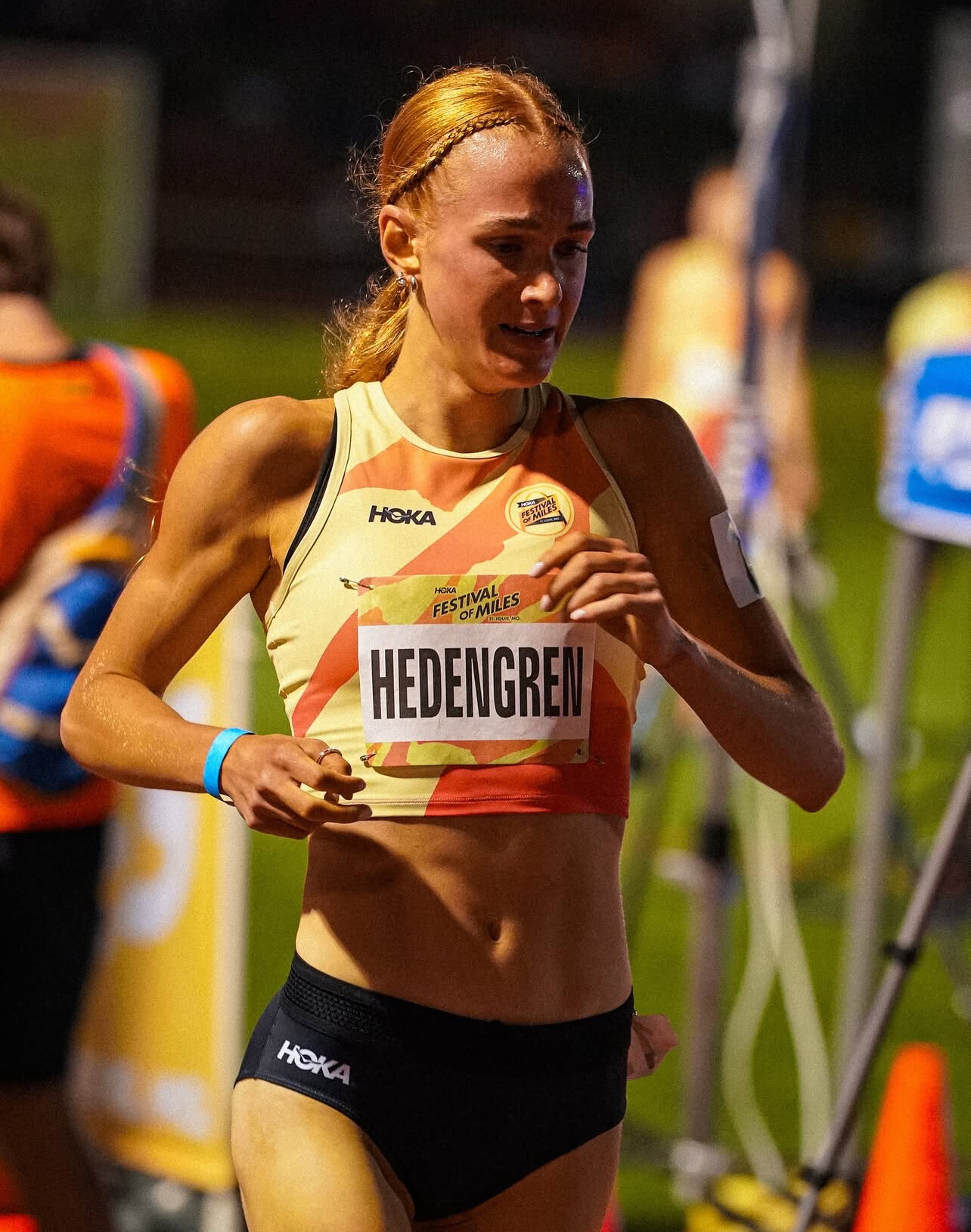
Jane Hedengren’s Record-Breaking Performances:
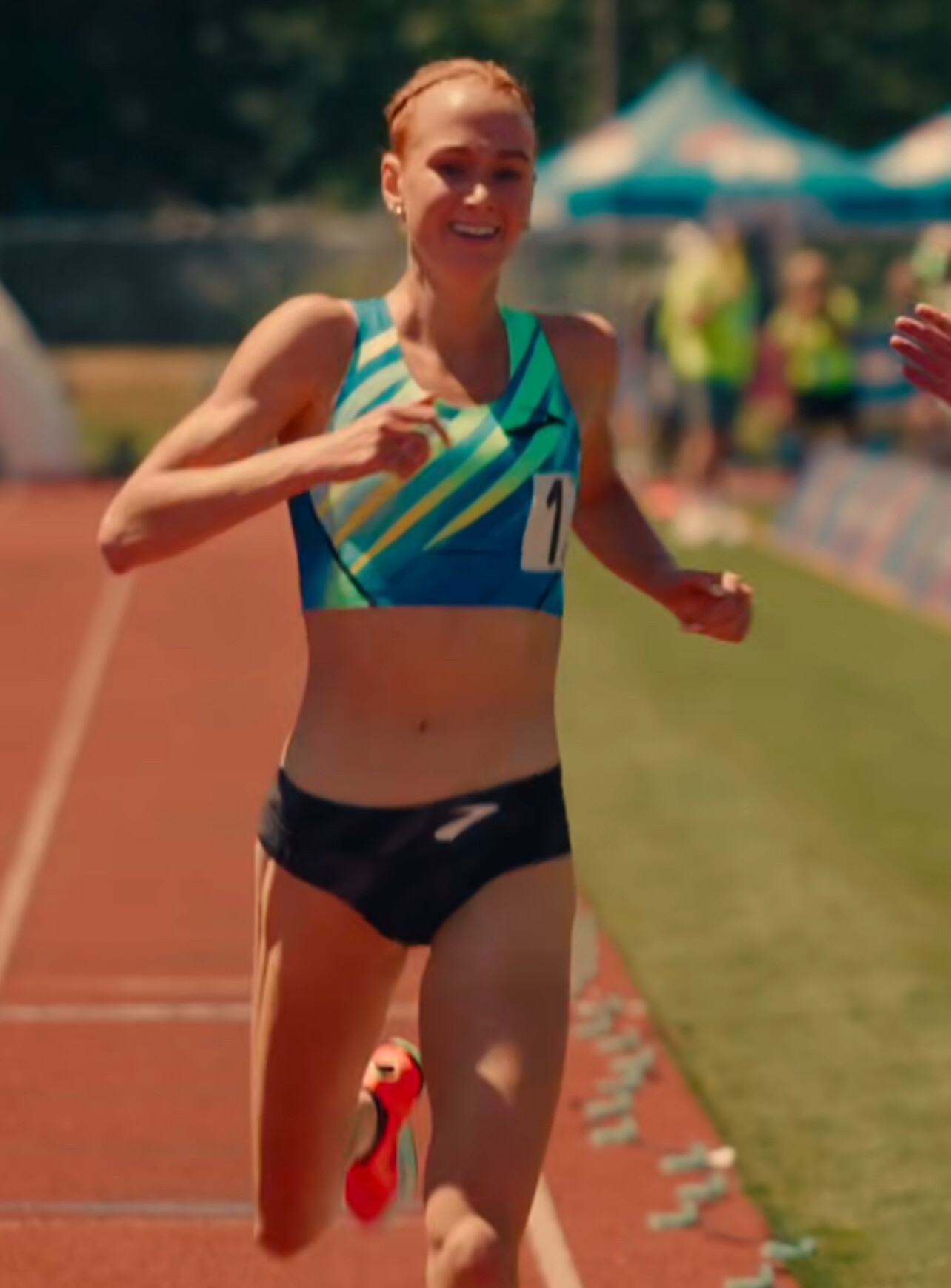
Event Time
1500m (mile-converted) 4:07.68
1600m 4:21.81
Mile (outdoor) 4:23.50
Mile (indoor) 4:26.14
3000m 8:40.99
3200m 9:14.65
2 Miles 9:17.75
5000m (mile-converted) 15:13.26
5000m (outdoor) 14:57.93
A Once-in-a-Generation Talent
Hedengren’s range is unprecedented — she dominates every distance she enters. Her 4:07 for the 1500m places her among the world’s best juniors, while her 14:57 5000m time would be competitive in professional fields. Whether it’s an indoor mile or a championship 5K, Jane is consistently delivering world-class performances.
Representing Timpview High School in Provo, Utah, Hedengren has emerged as a symbol of a new era — where high school runners are not just aiming for state titles but for global standards.
Elevating U.S. High School Running
Hedengren’s performances are being compared to the greatest names in prep history, but she’s creating a legacy that’s uniquely hers. She’s doing what no other American high school girl has done — excelling at every major track distance in a single season, and doing so with poise, grit, and an unmistakable drive.
(06/09/2025) ⚡AMPby Boris Baron
Western States 100 Gears Up for an Epic Showdown Across Sierra Trails
The legendary Western States 100-Mile Endurance Run returns June 28–29, 2025, promising one of the most competitive and compelling editions in its storied history. Known as the world’s oldest 100-mile trail race, this ultra begins in Olympic Valley (formerly Squaw Valley) and finishes 100 rugged miles later at Placer High School in Auburn, California.
With more than 18,000 feet of climbing and 23,000 feet of descent, the race tests every aspect of a runner’s will and endurance. From snow-capped ridges to sweltering canyon floors, the course traverses remote backcountry, river crossings, and punishing climbs—all under the clock, with the coveted silver belt buckle awaiting those who finish under 24 hours.
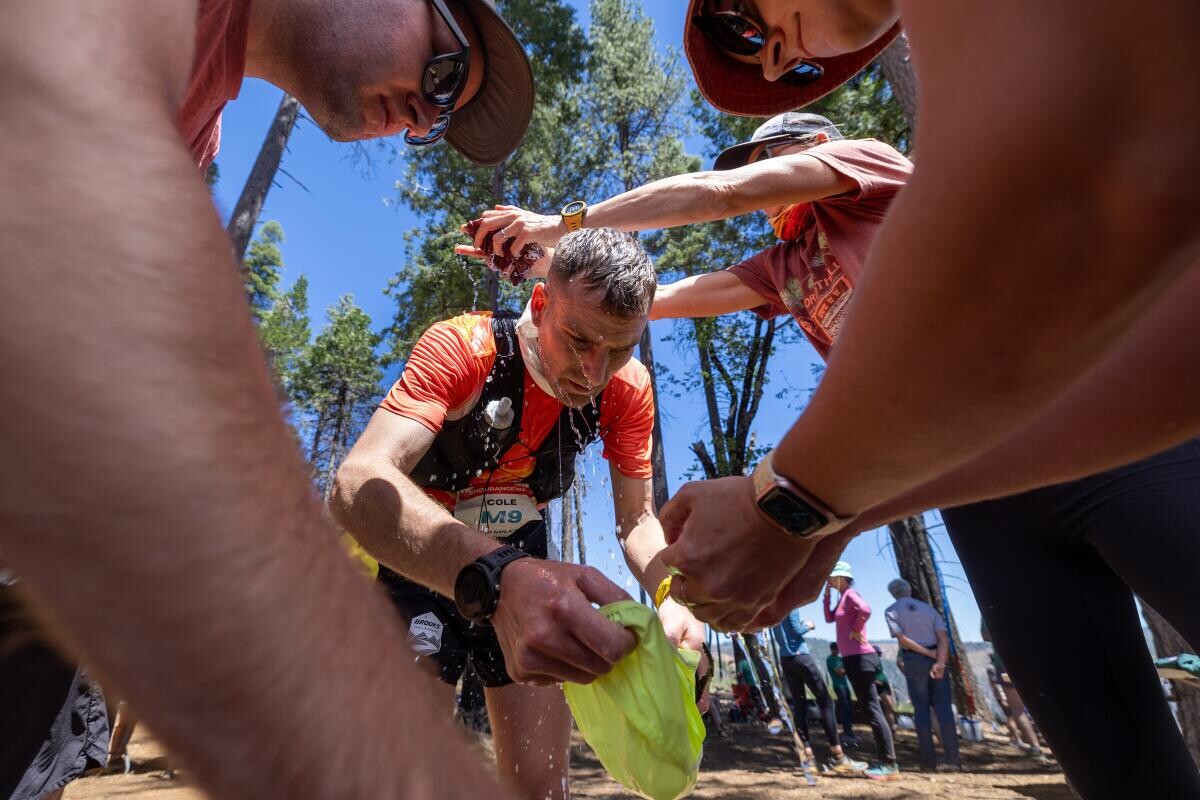
Who’s Racing?

This year’s field is packed with elite talent, resilient veterans, and powerful storylines.
Top Men’s Contenders:

• Rod Farvard (USA) – One of the fastest Golden Ticket winners this season.
• Dan Jones (New Zealand) – Former Olympic Trials marathoner.
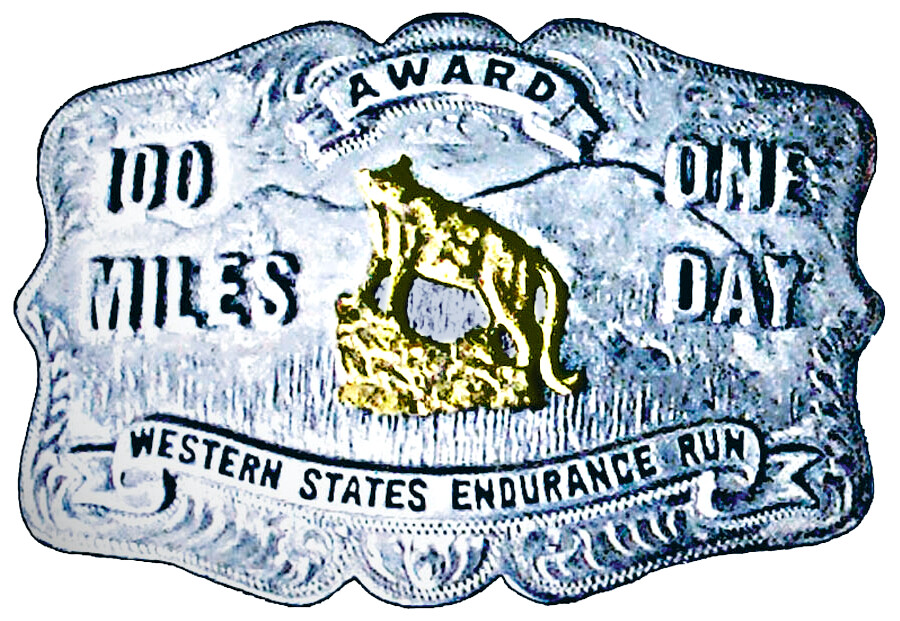
• Caleb Olson (USA) – Rising talent on the ultra scene.
• Chris Myers (USA) – Strong performances across the trail circuit.
• Jia-Sheng Shen (China) – Brings international prestige to the field.
Leading Women:
• Emily Hawgood (Zimbabwe) – Regular top-10 finisher with unfinished business.
• Eszter Csillag (Hungary) – One of Europe’s most consistent mountain runners.
• Heather Jackson (USA) – Former pro triathlete turned ultra star, back after a win at Unbound Gravel XL.
• Fu-Zhao Xiang (China) – Dominant at multiple global ultras.
• Ida Nilsson (Sweden) – Former European mountain running champion.
Notable Golden Ticket Winners:
• Riley Brady, Hannah Allgood, Rosanna Buchauer, Hậu Hà, Tara Dower, Abby Hall, Lin Chen, Caitlan Fielder, Nancy Jiang, Fiona Pascall, Johanna Antila
A Field That Crosses Generations
One of the most heartwarming developments this year is the record-setting six athletes aged 70 or older toeing the line.
Among them is Jim Howard, a two-time Western States champion (1981, 1983), who is making an inspiring return at age 70—running with two artificial knees. “I want to go out there one more time and be part of this incredible race,” Howard told Canadian Running.
Also returning is Jamil Coury, founder of Aravaipa Running, looking to build on his strong performance 15 years ago.
The Course
• Start: Olympic Valley (elevation: ~6,200 ft)
• Highest Point: Emigrant Pass (~8,750 ft)
• Finish: Auburn (elevation: ~1,200 ft)
• Snow is often a factor in the early miles, with extreme heat common in the canyons. Aid stations are spaced roughly every 4–8 miles, supported by over 1,500 volunteers.
Runners cross rivers, climb ridgelines, descend technical single-track, and are cheered into the stadium at Placer High—often in the dead of night.
Media and Spectator Access
• Live coverage, tracking, and video will be available on the Western States Endurance Run website.
• Key aid stations will allow crew and spectators, including Foresthill (mile 62) and Robie Point (mile 99).
A Race Like No Other
• One of the five races in the Grand Slam of Ultrarunning
• A UTMB World Series qualifier
• Historic, grassroots feel with world-class competition
Whether you’re cheering for a podium contender, an age-defying legend, or simply following the passion of runners determined to finish within 30 hours, this year’s Western States 100 is poised to deliver drama, beauty, and inspiration.
Let the countdown begin.
(06/09/2025) ⚡AMPby Boris Baron
Western States 100
The Western States ® 100-Mile Endurance Run is the world’s oldest and most prestigious 100-mile trail race. Starting in Squaw Valley, California near the site of the 1960 Winter Olympics and ending 100.2 miles later in Auburn, California, Western States, in the decades since its inception in 1974, has come to represent one of the ultimate endurance tests in the...
more...The Rise of Multi-Generation Running Teams
In an era when screen time often overshadows quality time, a new kind of family bond is forming on the roads, trails, and racecourses around the world. From 5Ks to marathons, more fathers and daughters (and other parent-child duos) are lacing up together—training, racing, and crossing finish lines as a team.
For many, it starts with a simple run. A jog around the neighborhood. A shared Saturday morning 5K. But over time, these shared strides become something deeper—mutual respect, healthy competition, and a connection built one mile at a time.
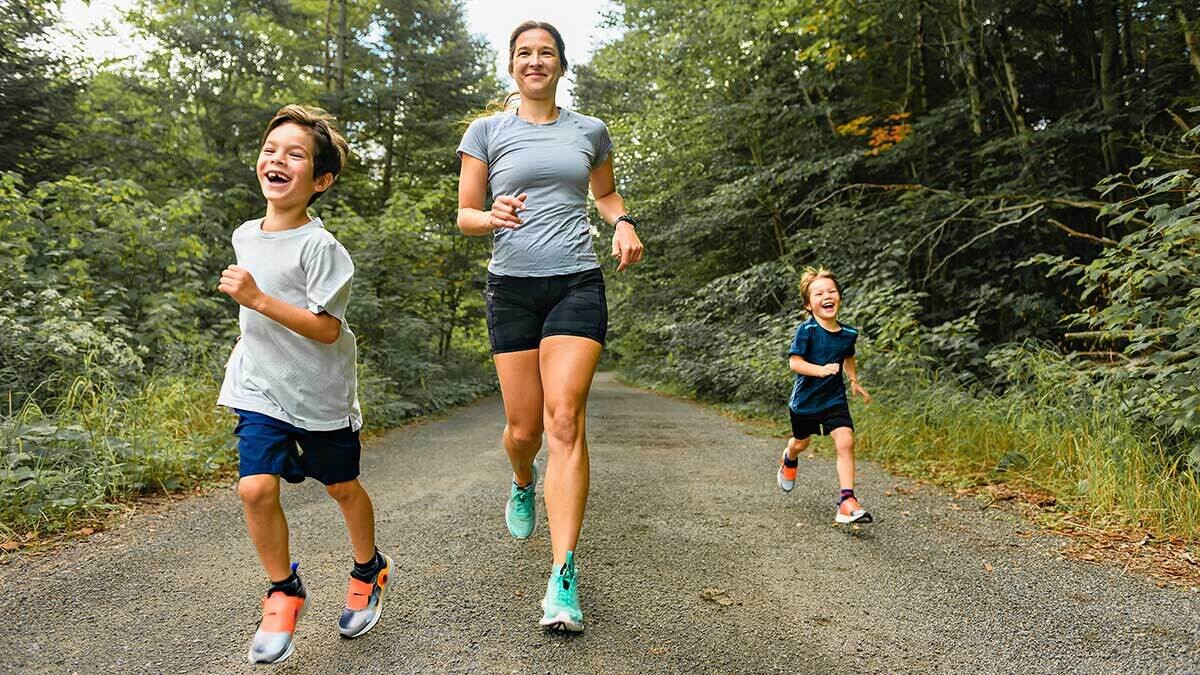
“When I run with my daughter, it’s not about pace—it’s about presence,” says John Mathis, who ran the New York City Marathon with his 23-year-old daughter last fall. “We trained on opposite coasts but checked in after every long run. It kept us close.”

A Growing Trend
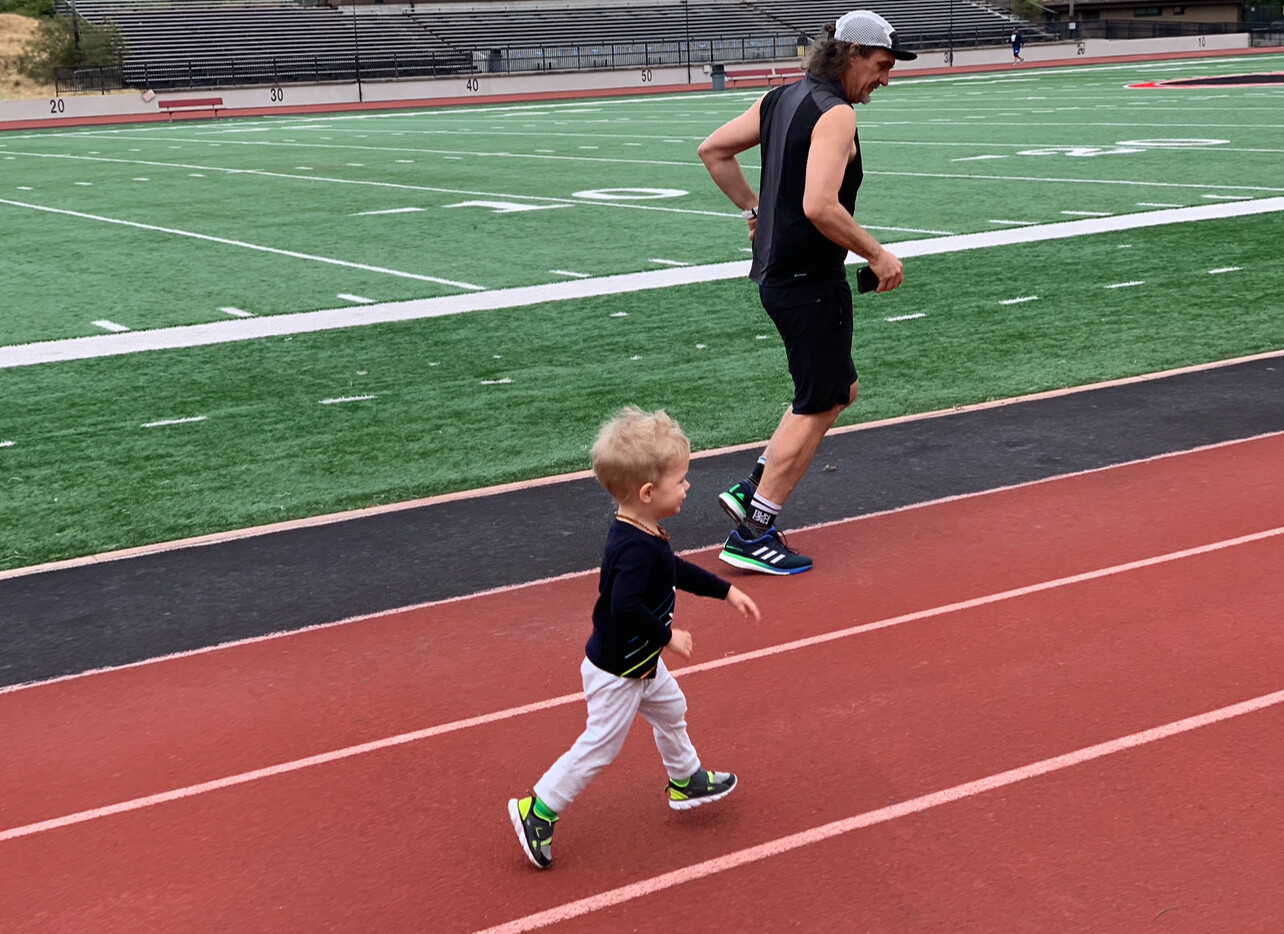
Running USA reports a noticeable uptick in family registrations for races, especially in age-group pairings. Many race directors are now offering team divisions for parents and children, or even multi-generation team trophies. Social media is amplifying these stories, with hashtags like #RunWithDad and #FamilyMarathon showing emotional finish line moments and race-day smiles.
One standout example: In 2023, 58-year-old Miguel Soto and his daughter Gabriela, 26, completed the Berlin Marathon together—Gabriela’s first marathon and Miguel’s tenth. They crossed the finish line holding hands in 3:58:22.
“We each had different goals,” says Gabriela. “But we agreed to finish together. When things got tough at mile 22, Dad just looked at me and said, ‘We’ve got this.’ And we did.”
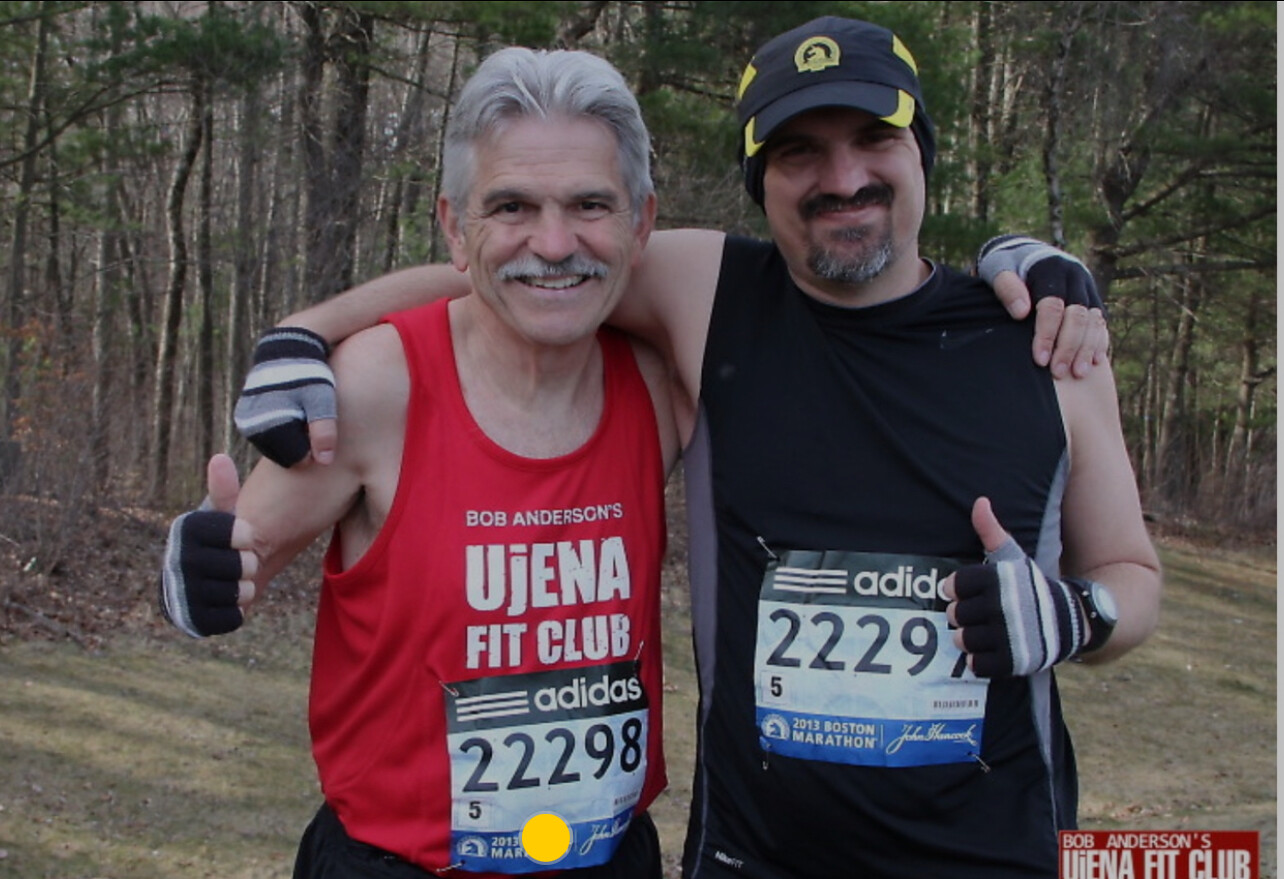
Tips for Running as a Family Duo
• Set Shared Goals: Talk about your expectations—whether you’re racing for time, experience, or support.
• Train Independently, Connect Often: You don’t always have to run side by side. Weekly check-ins, shared training logs, or virtual long runs can still build that bond.
• Respect the Pace: Generational gaps often mean pace differences. Use races to celebrate each other’s achievements rather than compete directly (unless you’re both game!).
• Celebrate Every Finish Line: Whether it’s a fun run or a marathon, the experience is the reward.
Looking Ahead
With more parents encouraging their kids to move—and more adult children introducing fitness to their parents—multi-generation running is becoming one of the most inspiring trends in endurance sports.
“It’s one of the few sports you can do together for decades,” says Bob Anderson (last photo with his son before the 2013 Boston Marathon), founder of My Best Runs and a lifelong runner. “I’ve run many miles with my family—even when my kids were very young. A finish line photo with your child or parent is something you’ll treasure forever.”
(06/09/2025) ⚡AMPby Boris Baron
Beatrice Chebet Runs 14:03.69 — Second-Fastest 5000m in Track History
Kenya’s Beatrice Chebet continued her incredible run of form by clocking 14:03.69 in the women’s 5000m at the 2025 Diamond League meeting in Eugene. Her time is the second-fastest in history on the track, trailing only Gudaf Tsegay’s world record of 14:00.21 set in 2023.
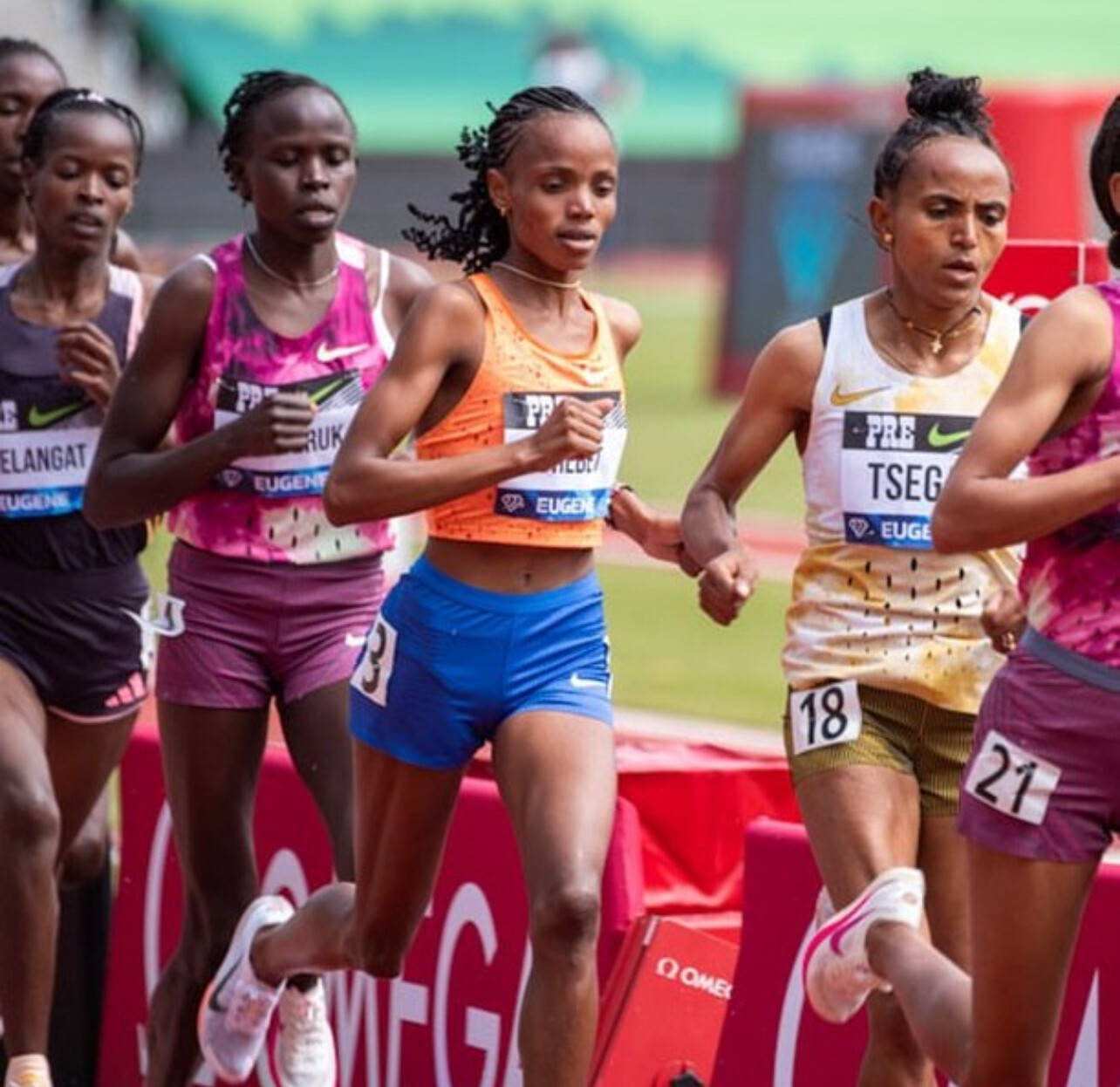
This marks Chebet’s third Diamond League appearance of the season, and for the third time, she set a new meeting record—a remarkable streak of consistency and dominance on the global stage.
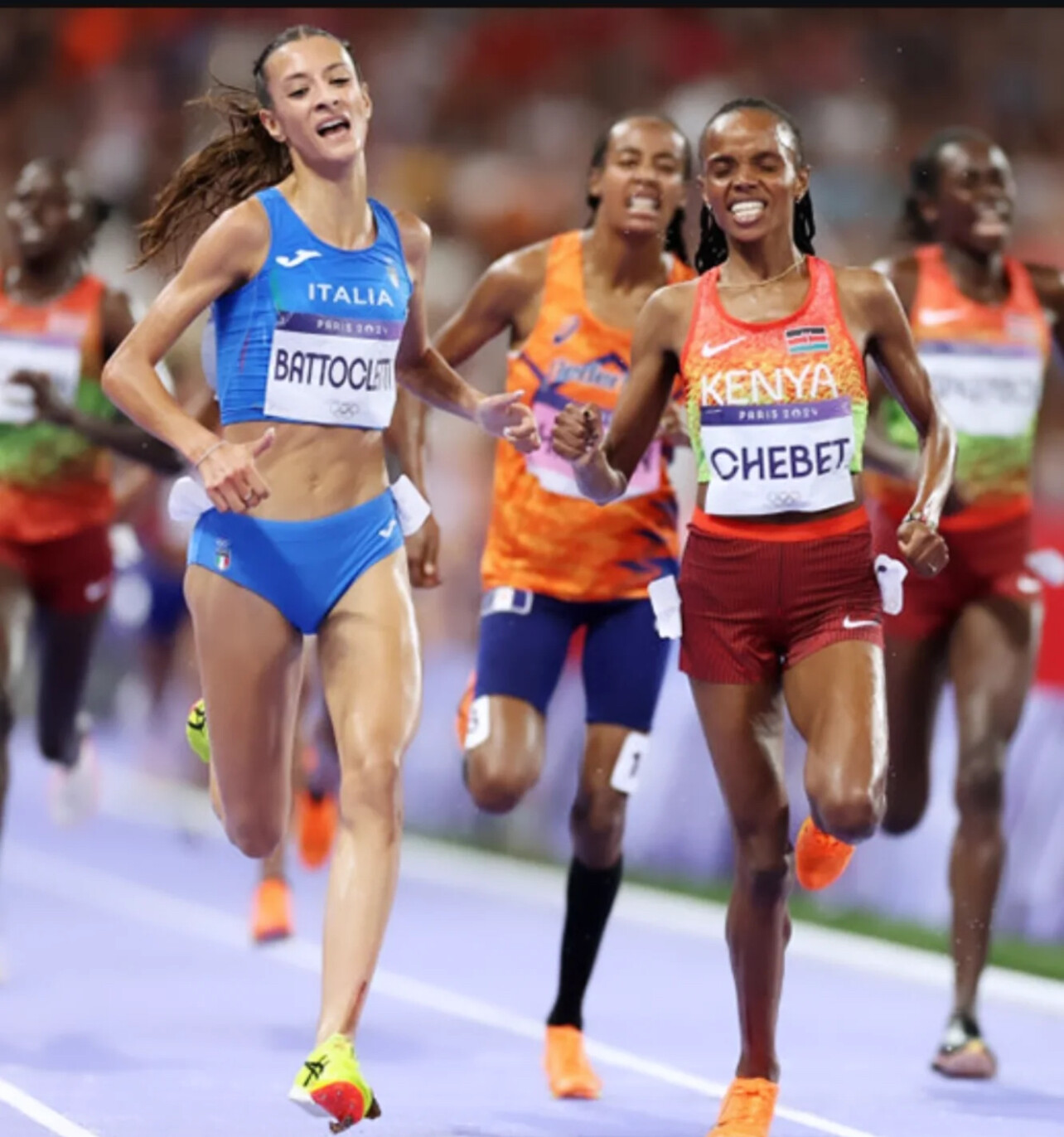
Fastest Women’s 5000m Performances (Track – All-Time)
|
Rank |
Time |
Athlete |
Country |
Year |
|
1 |
14:00.21 |
Gudaf Tsegay |
ETH |
2023 |
|
2 |
14:03.69 |
Beatrice Chebet |
KEN |
2025 |
|
3 |
14:05.20 |
Letesenbet Gidey |
ETH |
2020 |
What makes Chebet’s 2025 season even more impressive is that she’s also the current world record holder in the 5K on the roads, running 13:54 at the Cursa dels Nassos in Barcelona on December 31, 2023. That road performance was historic—she became the first woman to break the 14-minute barrier over 5 kilometers in any setting.
Chebet’s Rising Legacy
At just 25 years old, Chebet has now cemented her status as one of the fastest women to ever race 5000 meters—on both track and road. Her combination of raw speed, finishing power, and race intelligence makes her a major threat at every global championship and on the Diamond League circuit.
With her eyes now set on the World Championships later this year, Chebet is showing no signs of slowing down.
(06/08/2025) ⚡AMPby Boris Baron
No Age Limit on Speed: The 40+ Runners Crushing Marathon Milestones
For many marathoners, breaking 3:00 (men) or 3:20 (women) is the gold standard of amateur excellence. But what happens when those goals are achieved not in your 20s or 30s—but after 40?
A growing number of runners are proving that speed doesn’t have an expiration date. Whether they’re parents, professionals, or former non-athletes, these over-40 runners are hitting elite-level times—often for the first time in their lives.

Redefining the Milestone
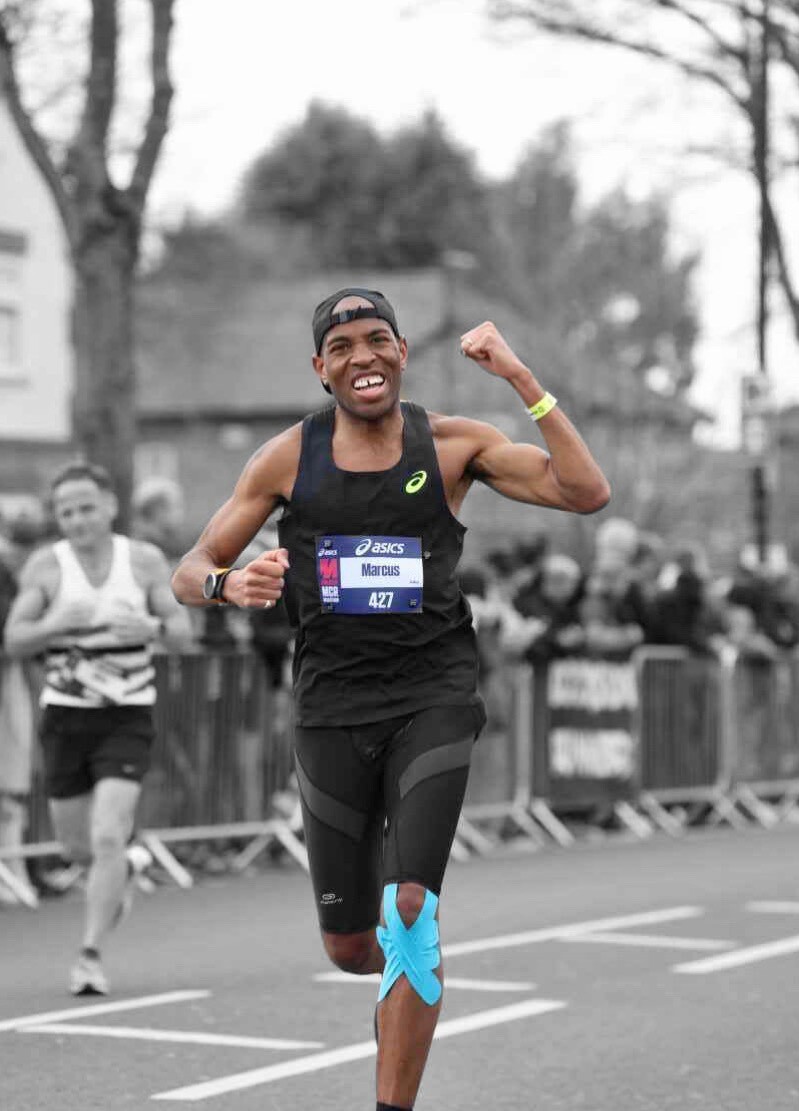
A sub-3-hour marathon for men aged 40–45 equates to roughly 75–76% age-graded performance. For women, the equivalent is sub-3:20. These benchmarks, while demanding, are now within reach for determined midlife runners who train smart, stay consistent, and believe in what’s possible.
Real Stories of Midlife Breakthroughs
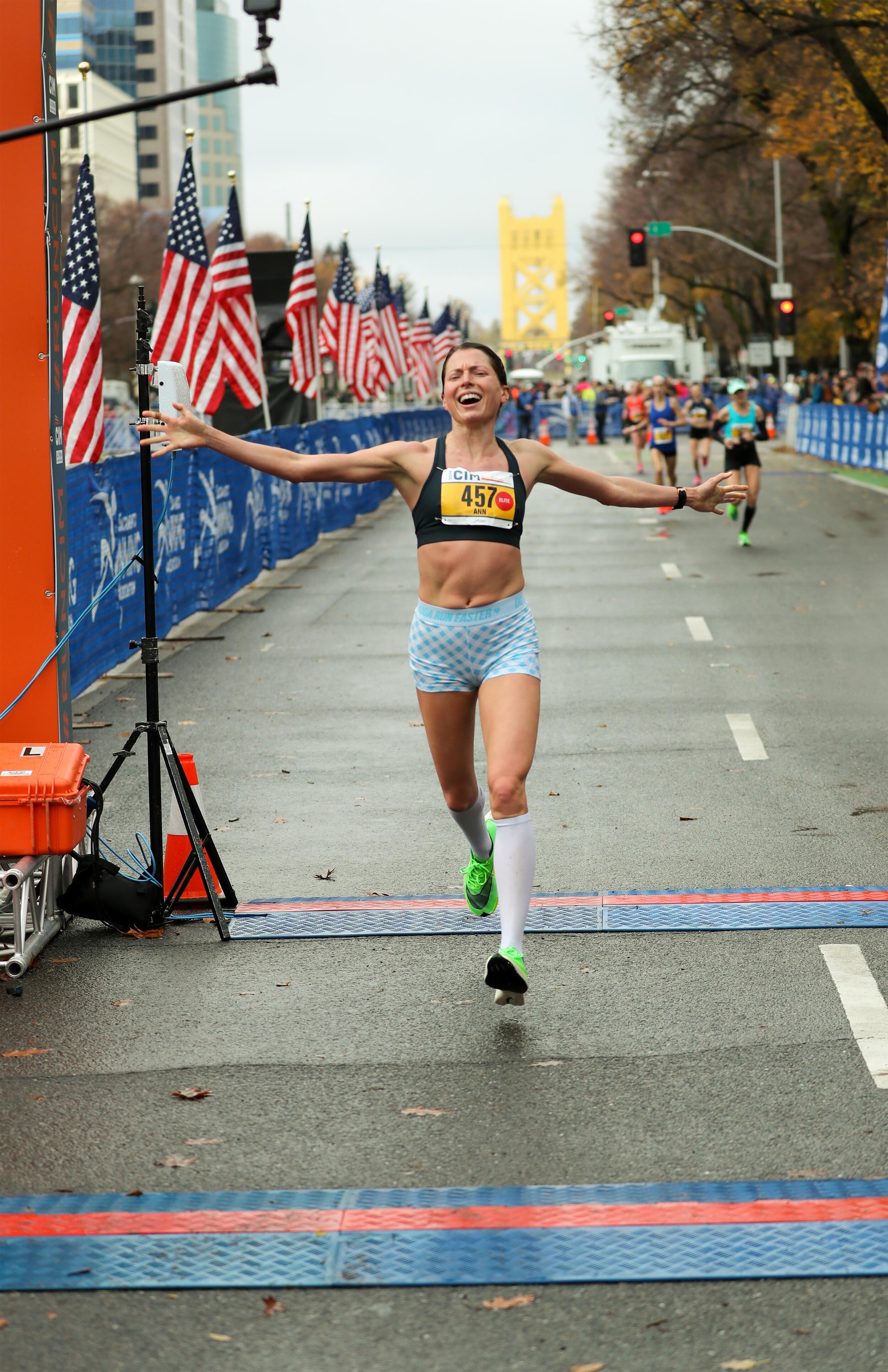
Eric M., 46 – New Jersey (2:58:30)
After a health scare at 41, Eric began walking, then running. Five years later, he cracked 3 hours at the Philly Marathon.
“I wasn’t chasing a podium—I was chasing the best version of myself.”
Diana R., 43 – Texas (3:18:22)
A former college swimmer who didn’t take up serious running until her 40s, Diana methodically dropped time until she broke 3:20 at CIM.
“At first I didn’t think it was possible. But once I ran 3:30, the goal became real.”
Raymond K., 50 – California (2:57:45)
With no formal sports background, Raymond trained himself to elite amateur level through years of structured running.
“You don’t age out of goals—you just train differently to reach them.”
Why It’s Working
Runners over 40 often thrive in the marathon thanks to:
• Endurance-focused aerobic development over years
• Smarter recovery habits (less overtraining)
• Purpose-driven motivation (personal growth vs. external rewards)
• Discipline and patience in both training and racing
Keys to Hitting Sub-3 or Sub-3:20
• Gradual mileage build-up (50–70 miles/week is common)
• Regular tune-up races to sharpen race-day pacing
• Dialed-in nutrition for training and race day
• Coaching or trusted training plans for accountability
It’s Never Too Late to Get Faster
The road to a breakthrough marathon doesn’t start in youth—it starts with a decision to try. Whether you’re chasing sub-3, sub-3:20, or just a new personal best, your age doesn’t define your finish time—your mindset and consistency do.
So if you’re over 40 and still dreaming of a time that once felt out of reach, remember: you’re not behind. You’re right on time.
(06/08/2025) ⚡AMPby Boris Baron
Blind Champion Wilson Bii to Open 2025 Season at KATA Time Trial
Four-time Paralympian Wilson Bii will launch his 2025 racing season at the KATA Monthly 10K Time Trial, scheduled for June 11 at the KATA Running Retreat in Thika, Kenya. Though Bii now trains at the newly opened KATA Running Camp in Molo, he’ll return to Thika to test his fitness in a race setting for the first time this year.
A T11-class athlete (completely blind), Bii has represented Kenya in four Paralympic Games, earning multiple medals and worldwide recognition. He won bronze in the 5000m T11 at the Rio 2016 Paralympics and remains one of Kenya’s most accomplished para-athletes.
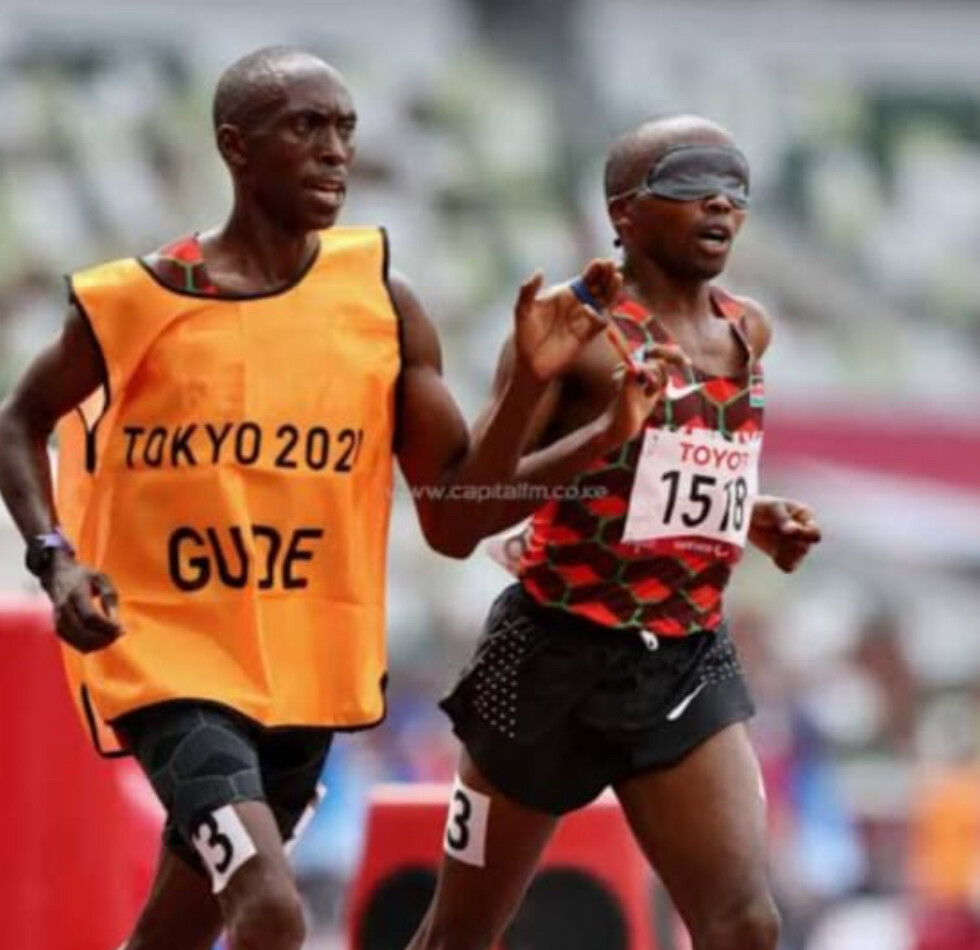
Aiming High: Sub-35 in the 10K, Sub-2:30 in the Marathon
This 10K time trial marks an important checkpoint as Bii builds toward his ambitious goal of running a sub-2:30 marathon, with a possible target at the Chicago Marathon later this year. For this first effort of the year, he’s aiming to break 35 minutes for 10K—a notable time given the altitude.
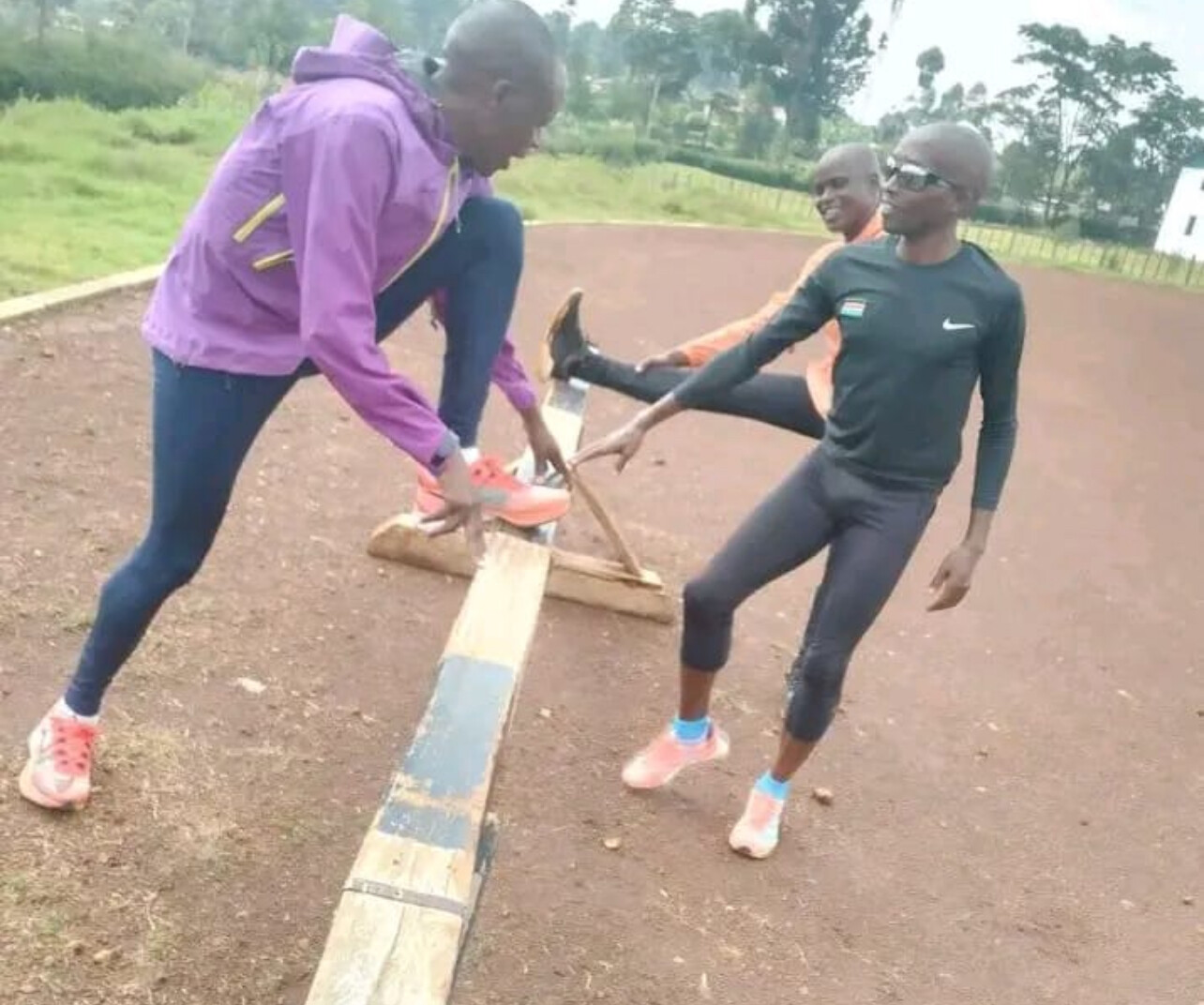
Bii will be guided by Job Kiprono Langat, who also serves as Assistant Coach at the KATA Molo Camp. Job has trained closely with Wilson and previously paced him in workouts, making their partnership on race day smooth and deeply synchronized.
“We are very proud to have Wilson now training with us in Molo,” said KATA Director Bob Anderson. “He is hoping to run a sub-35 minute 10K. This is the start of what we believe will be an exciting year for him.”
From Molo to Thika: Racing at Altitude
While Molo is located at a higher elevation, Thika still sits at approximately 5,000 feet (1,525 meters)—offering the kind of thin air that tests an athlete’s endurance and grit. A sub-35-minute 10K at this altitude would show that Bii is on track for a strong marathon season.
The KATA Molo camp, where Bii now trains, is designed for altitude adaptation and athlete development. With Job serving as both assistant coach and guide, Bii has found the structure and support needed to thrive.
Looking Ahead
With elite guidance, the backing of the KATA community, and his own determination, Wilson Bii is ready to make 2025 a breakout year. The June 11 time trial in Thika is more than a rust-buster—it’s a statement that one of Kenya’s most inspiring runners is back on the road, chasing new goals.
(06/08/2025) ⚡AMPby Boris Baron
Olympic 5000m medalist Edwin Soi joins new KATA Running Camp in Kericho — a unique Kenyan training program blending elite coaching and community impact.
From Olympic bronze to farming for the future, Edwin Soi’s journey reflects both speed and sustainability.
In the world of distance running, Edwin Soi is a name etched in excellence. At the 2008 Beijing Olympics, Soi captured the bronze medal in the 5000 meters, finishing with a time of 13:06.22behind Kenenisa Bekele and Eliud Kipchoge—an iconic race that cemented his place among the greats of Kenyan running.
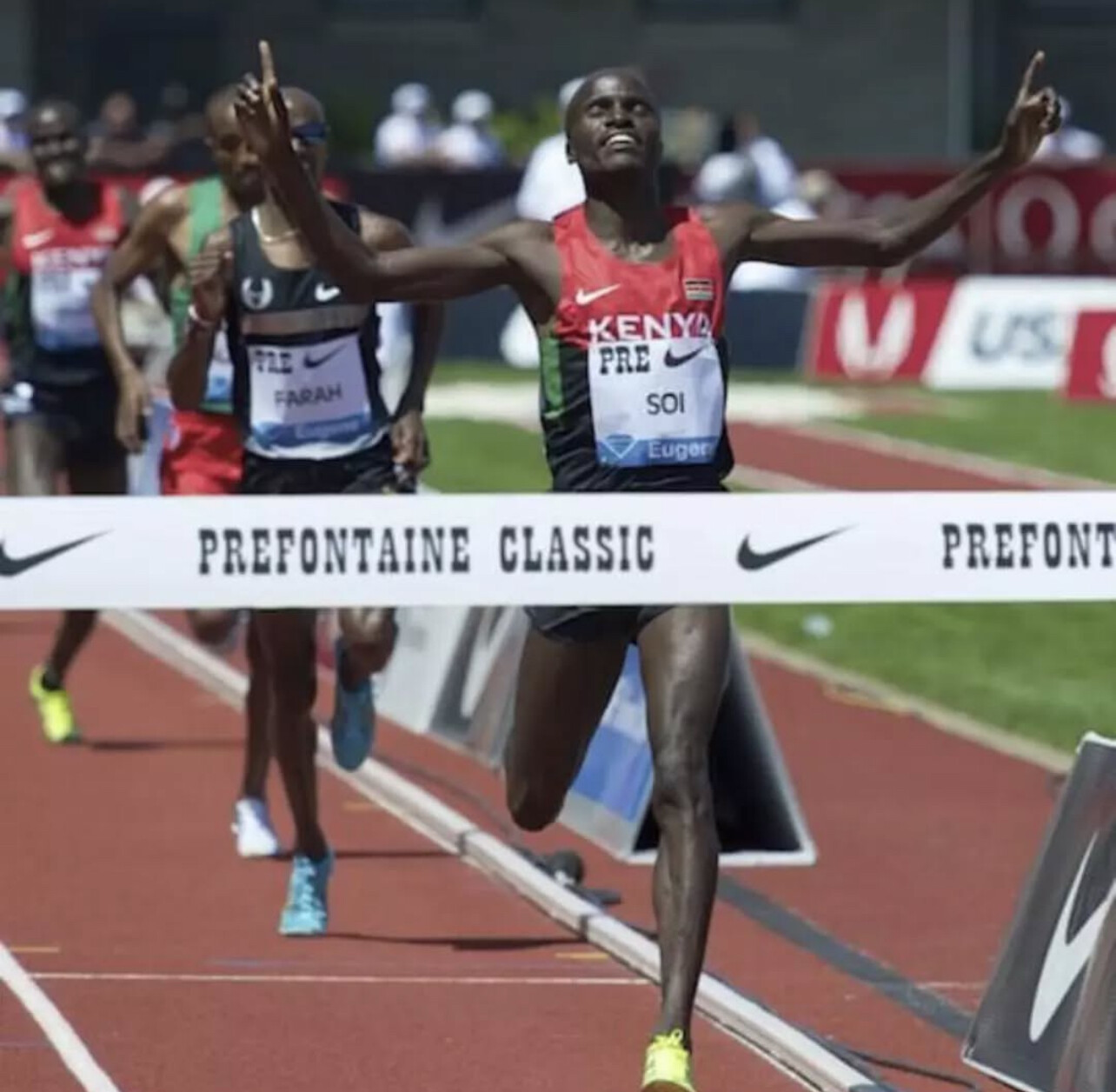
Now, over 15 years later, Soi continues to perform at an elite level. In early 2025, he placed on the podium at a major half marathon in Poland, proving that his speed and endurance have stood the test of time. But the accomplished Olympian is now expanding his impact beyond the track.
This year, Soi has teamed up with Bob Anderson, the founder of Runner’s World and the visionary behind the Kenyan Athletics Training Academy (KATA). Together, they are launching a unique initiative in Kericho, Kenya that combines world-class training with sustainable farming.
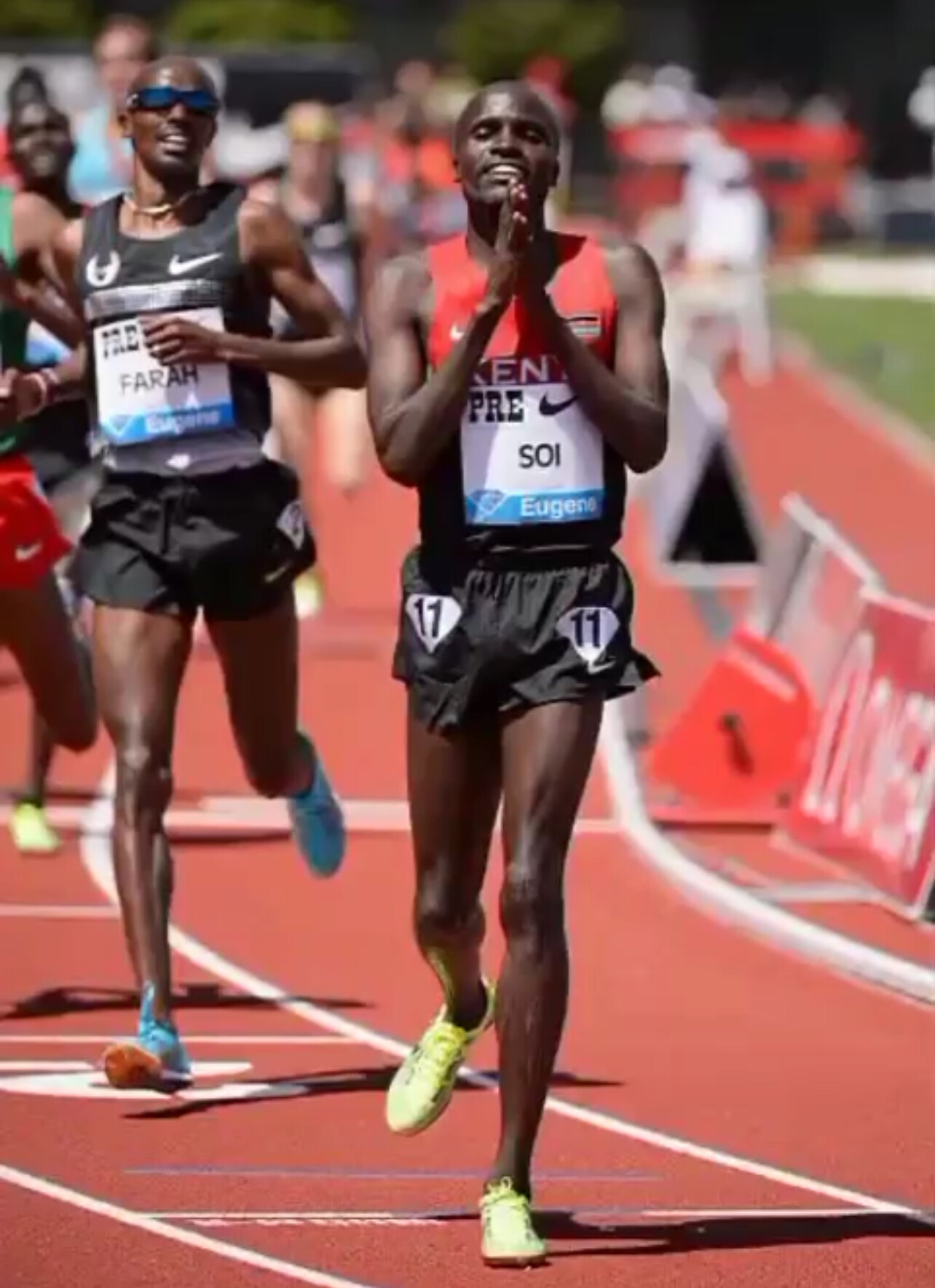
“I am very excited to be working with Bob Anderson on this new, unique program,” says Soi. “Bob has created something very special for athletes, and combining it with his ideas about farming KATA Potatoes gives us the opportunity to be sustainable. It’s perfect.”
A Vision Rooted in History
Bob Anderson’s connection to Kenyan running spans nearly four decades.
“I first traveled to Kenya in 1987 and saw and met many runners. I knew then that a program like what we have now set up was needed,” Anderson explains. “I returned with my wife Catherine in 2014 and met Elam and Joel. That’s when the idea for the Kenyan Athletics Training Academy (KATA) in Thika really started to take shape.”
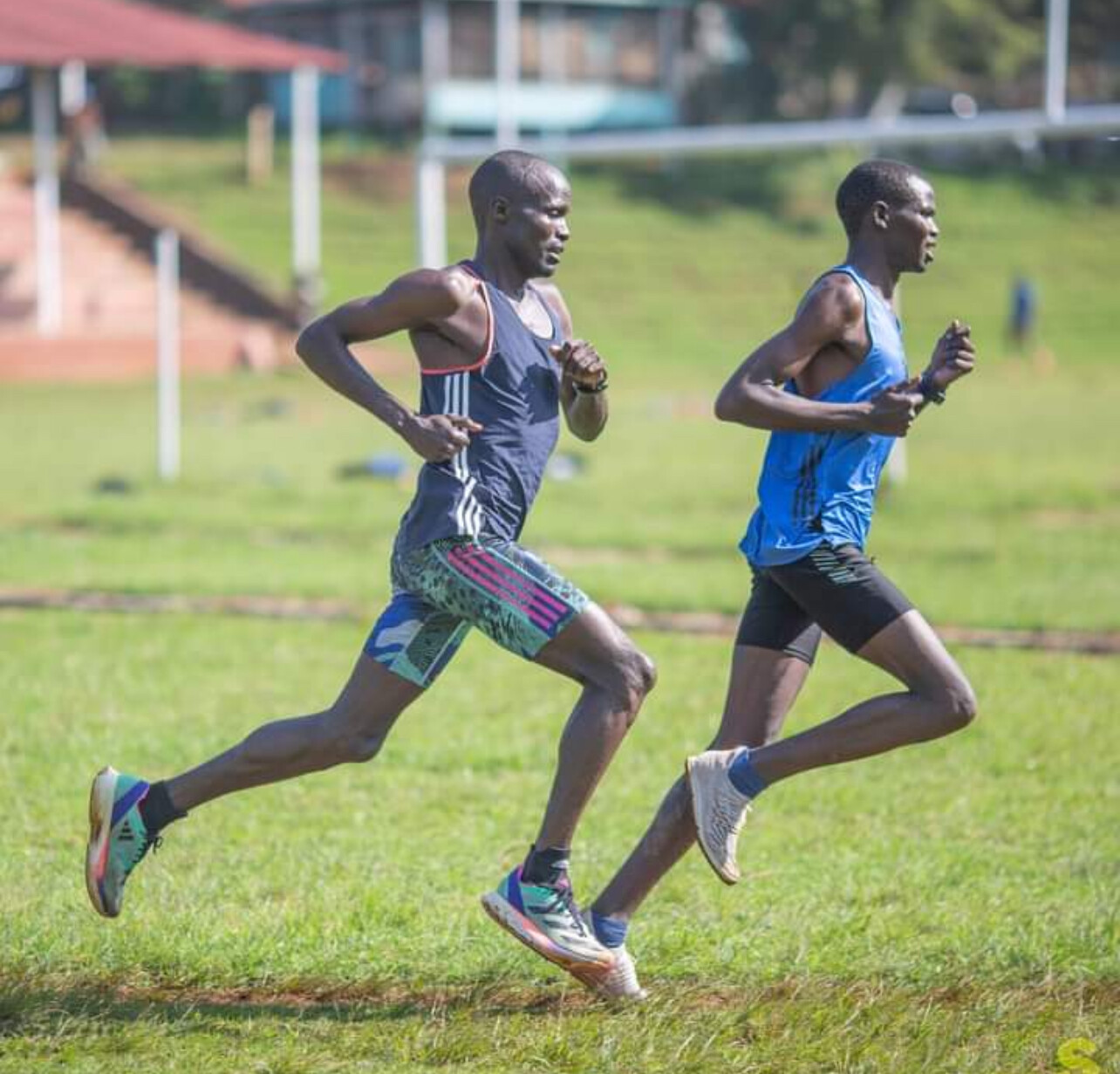
KATA officially opened in 2019, offering elite Kenyan athletes a base to train and grow. But the vision didn’t stop there.
In 2023, Anderson and longtime friend Brock Hinzmann (last photo) a 2:19 marathoner from Los Altos Hills, California, piloted the first KATA farm. The goal was to integrate agriculture into athlete development—creating a model where training and sustainability go hand in hand.
“We established a KATA farm in 2023 working with Brock, but the program needed some refinements. I finalized our new format in May of 2025. I told Edwin Soi about our program and he told me he loved the idea and jumped right on it,” says Anderson.
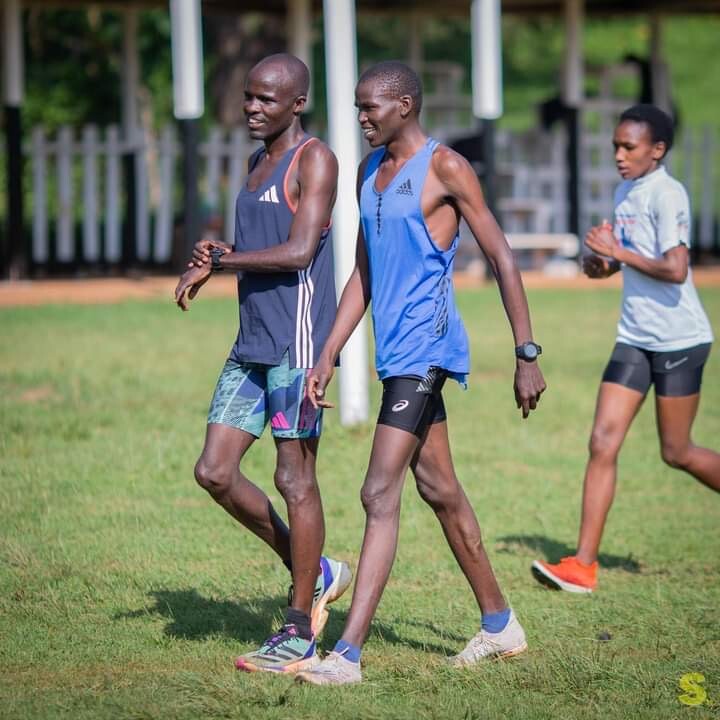
Kuresoi: A New Chapter
Now, with Soi’s leadership, the KATA Running Camp and Potato Farm in Kuresoi is set to become a flagship model for the future. Athletes will not only receive top-level training from one of the greatest distance runners of his generation, but they’ll also participate in sustainable farming practices—planting, maintaining, and harvesting KATA-branded potatoes.
The program provides housing, coaching, food, and competition opportunities—with the added benefit of long-term revenue from agriculture. It’s a model designed not just to develop athletes, but to support their lives beyond running.
“Edwin Soi brings credibility, passion, and wisdom to this project,” says Anderson. “It’s not just about winning races anymore—it’s about building something that lasts.”
Looking Ahead
With KATA camps now expanding across Kenya—including recent launches in Kapcherop, Molo, Nyandarua, and Kuresoi—the partnership between Bob Anderson and Edwin Soi represents a new chapter in Kenyan running. One where elite performance and local empowerment go hand in hand.
Soi’s journey—from Olympic bronze to coaching, mentoring, and planting the seeds of a new future—demonstrates what’s possible when world-class talent meets a visionary purpose.

by Boris Baron
Rod Stewart Trains to Become the Fastest 80-Year-Old Over 100 Meters
At nearly 80 years old, Sir Rod Stewart isn’t slowing down—he’s speeding up. The rock legend, best known for chart-topping hits and sold-out concerts, has taken on a new challenge: becoming the fastest 80-year-old to run 100 meters.
According to a recent post by Men’s Health UK, Stewart has even built a private running track at his English estate to pursue this ambitious goal. His focus? Beat the current world record for the men’s 80–84 age group in the 100m dash.
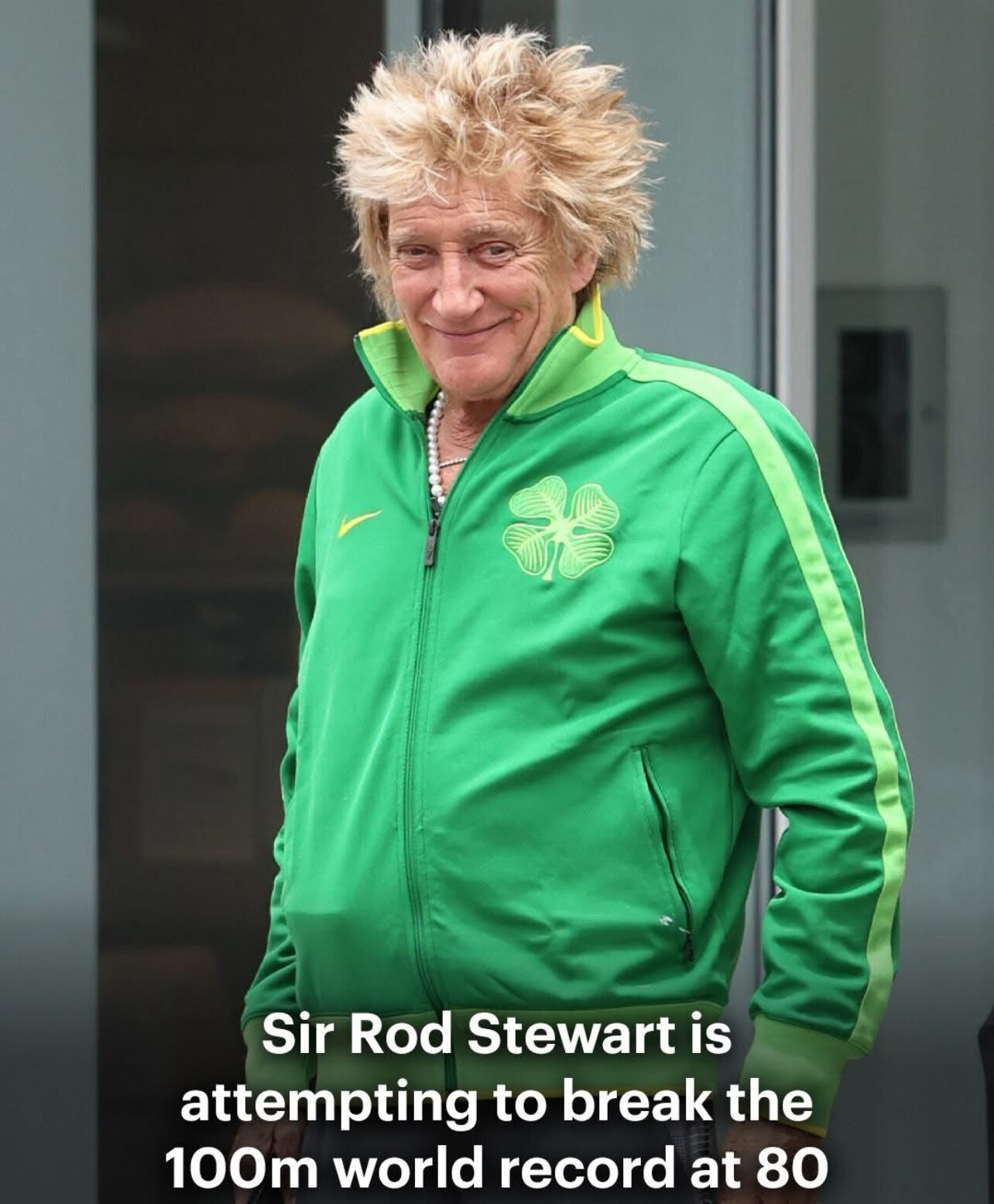
The Time to Beat
To break the world record, Stewart needs to run faster than 14.65 seconds, the time set by Hidekichi Miyazaki of Japan, who famously ran 100 meters at age 105, and more directly, better than the official M80 world record of 14.35 seconds, held by Donald Pellmann (USA).

Pellmann achieved this mark in 2015 at age 100, but within the 80–84 age category, Stewart’s real target is the 14.35 seconds mark.
That’s no easy feat—even for someone in peak shape—but Stewart appears committed. Reports say he’s blending his music rehearsal schedule with an intense training regimen designed to improve sprint mechanics, explosiveness, and overall fitness.
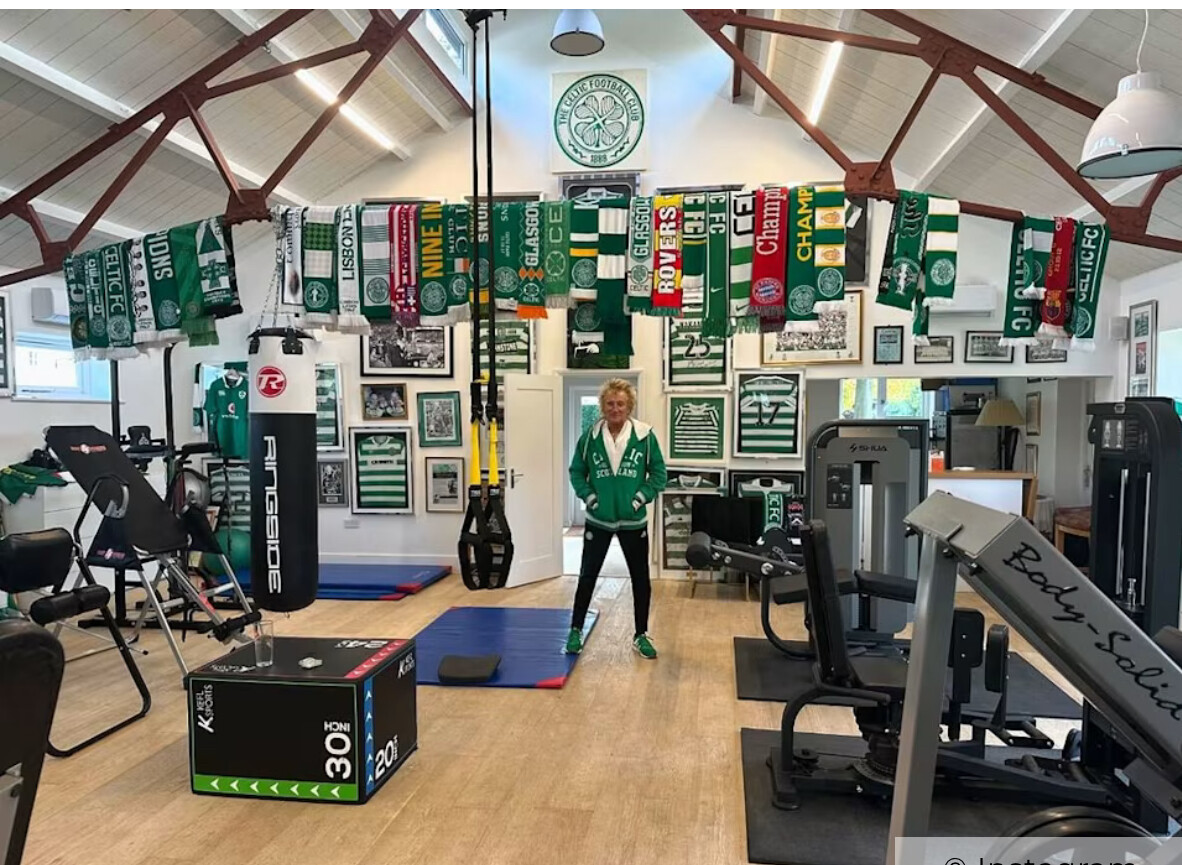
A Rock Star’s Reinvention
While most performers his age are scaling back, Stewart is lacing up his spikes. Known for his flamboyant style and tireless energy on stage, he’s now channeling that same passion into a stopwatch-driven mission.
“Rod is laser-focused,” one source told Men’s Health UK. “This isn’t a publicity stunt. He wants this.”

With Glastonbury on the horizon and a possible world record on the line, Stewart is showing that aging doesn’t mean stopping. In fact, it might just be the perfect time to start running.
My Best Runs will be tracking Stewart’s journey closely. Whether or not he breaks the record, one thing is clear: Rod’s still got the rhythm—and now, the speed.

by Boris Baron
Emil Zátopek Breaks the 29-Minute Barrier for 10,000m — 70 Years Ago
By My Best Runs — with a special thanks to Eric Giacoletto for the inspiration
On June 1, 1954, Emil Zátopek etched his name into history by becoming the first person to run 10,000 meters in under 29 minutes. Clocking 28:54.2 in Brussels, the Czech legend not only set a new world record but also reshaped the future of endurance training.
Zátopek’s previous world records included:
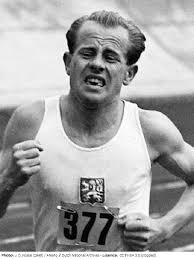
• 29:02.6 in Turku, Finland (August 4, 1950)
• 29:01.6 in Stará Boleslav, Czechoslovakia (November 1, 1953)
His breakthrough in 1954 wasn’t just a time on the clock—it was a philosophical shift. Zátopek popularized high-volume, interval-based training long before lactate thresholds and GPS watches entered the vocabulary. He trained in ways that were radical at the time: running repeated intervals at what we now call the aerobic/anaerobic threshold. Often without proper equipment or ideal conditions, Zátopek’s approach was empirical, relentless, and incredibly effective.
Despite the lack of modern media, Zátopek became one of the most celebrated athletes of his era. His fame grew not through social media or global broadcasts, but through the power of newspapers and word-of-mouth. His grit, work ethic, and unforgettable running style made him a symbol of human potential.
Zátopek’s Olympic Glory
Zátopek’s 1954 world record was just one chapter in a legendary career. At the 1952 Helsinki Olympics, he achieved an unmatched triple gold medal performance:
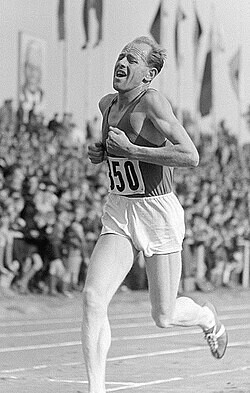
• Gold in the 5,000 meters
• Gold in the 10,000 meters
• Gold in the marathon — a race he had never run before
No one had ever accomplished that feat before, and no one has done it since.
He once said:
“If you want to run, run a mile. If you want to experience a different life, run a marathon.”
This quote continues to inspire runners around the globe. Zátopek didn’t just run races—he ran with purpose, embodying resilience, innovation, and heart.
70 Years Later—A Milestone for Women
Exactly 70 years after Zátopek’s barrier-breaking run, history repeated itself in a remarkable way. On May 25, 2024, Kenya’s Beatrice Chebet became the first woman to run under 29 minutes for 10,000m, recording 28:54.14. Her time? Nearly identical to Zátopek’s—28:54.2 (manual timing).
The symmetry is striking and symbolic. What Zátopek accomplished in 1954 has echoed into the 21st century, reminding us that barriers are made to be broken—again and again.
(06/06/2025) ⚡AMPKATA Expands Global Footprint with Five New Running Camps Opening in June 2025
The Kenyan Athletics Training Academy (KATA) is advancing its mission to develop world-class runners and uplift rural communities by launching five new KATA Running Camps across Kenya in June 2025. These new satellite locations build upon KATA’s two well-established international retreats—in Thika, Kenya, and Monforte da Beira, Portugal—forming a growing global network grounded in endurance, discipline, and opportunity.
Five New Camps Opening in June
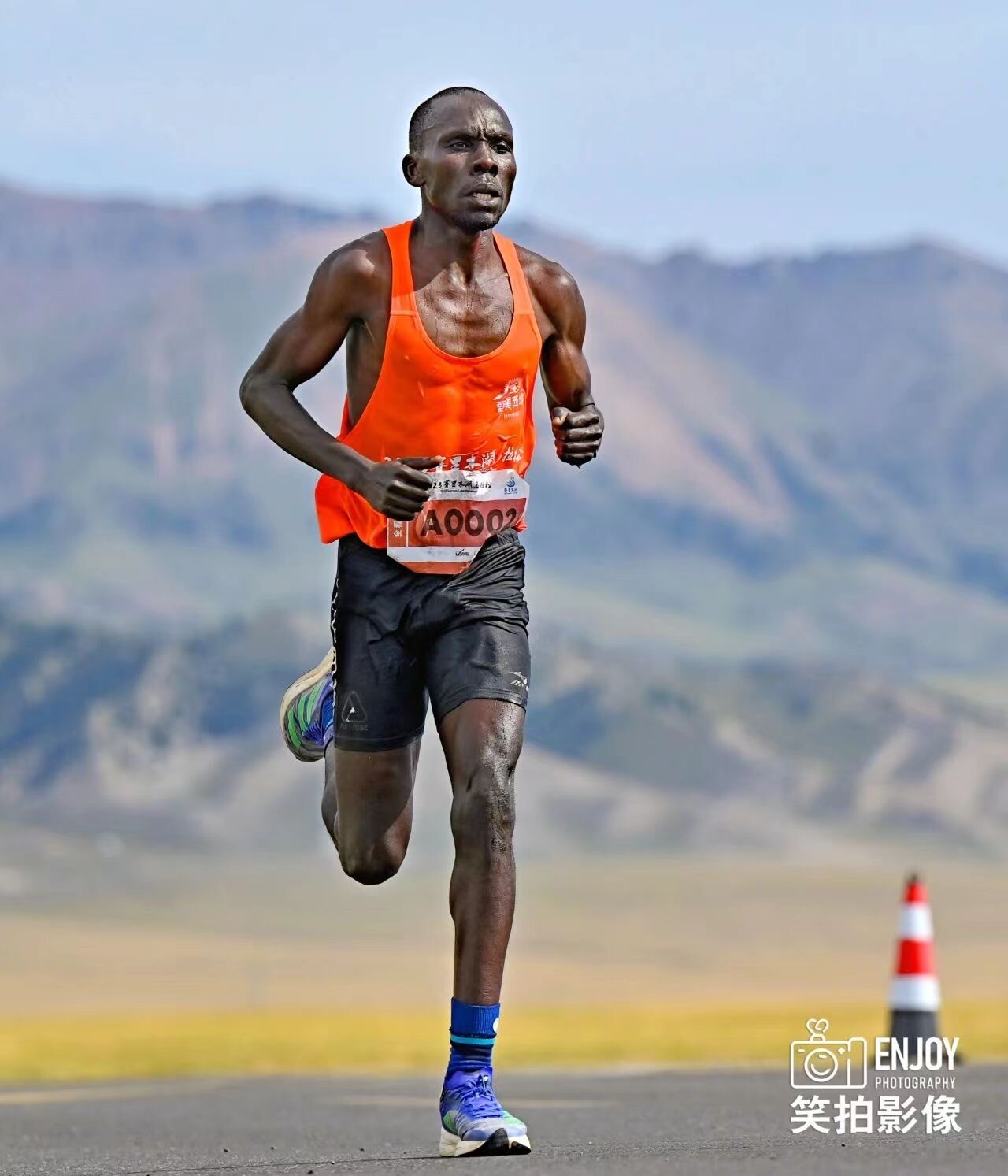
Each new camp will be led by accomplished athletes and coaches who deeply understand the training demands of distance running:
• Kericho, Kenya (~2,500m / 8,200 ft) – Operated by Edwin Soi, Olympic 5000m bronze medalist (2008) and road racing legend. The location offers quiet roads and soft dirt trails, ideal for interval training and long runs.
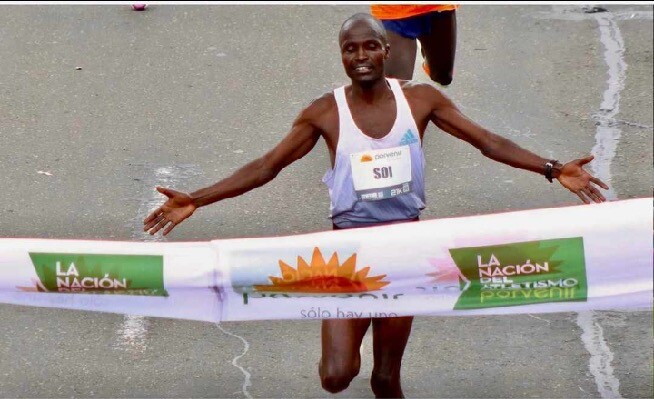
• Molo, Kenya (~2,440m / 8,000 ft) – Operated by Eric Chepkwony, a seasoned distance runner and coach. The terrain features hilly roads and scenic countryside paths that simulate real race conditions.
• Keringet, Kenya (~2,600m / 8,530 ft) – Operated by Sammy Dismas, a world-class runner and proven coach with numerous victories to his name. The camp features a mix of flat and rolling terrain ideal for tempo and progression workouts.
• Kapcherop, Kenya (~2,400m / 7,875 ft) – Operated by Philemon Kipruto, a respected local coach. Athletes benefit from forest trails and undulating village roads perfect for aerobic development.

• Nyandarua, Kenya (~2,300m / 7,550 ft) – Operated by Peter Njoroge, a dedicated coach with strong community roots. The camp includes grassy trails and high-elevation road loops ideal for base building.
Each of these camps blends elite training with mentorship, while also promoting sustainability through the KATA Potatoes project, a unique initiative that connects athletics to local agriculture and economic growth.
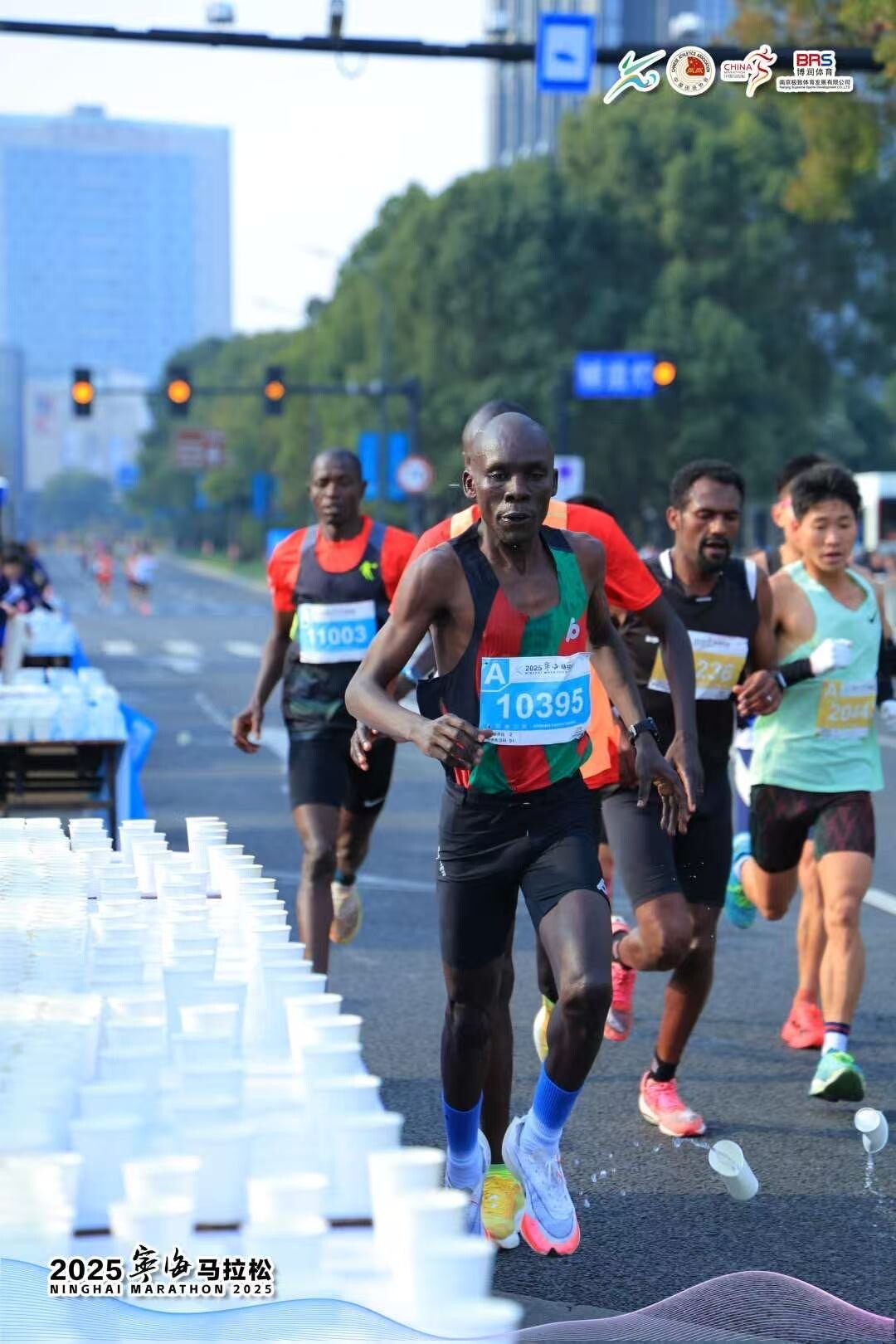
Established KATA Retreats in Kenya and Portugal
KATA’s flagship retreat in Thika, Kenya (~1,530m / 5,020 ft) continues to serve as a high-performance training hub. Managed by Christopher Muiruri, the retreat features a mix of paved loops, dirt roads, and peaceful paths—making it ideal for both elite athletes and visiting guests. KATA head coach John currently trains 20 KATA athletes and works closely with guest runners of all levels.
In 2024, KATA expanded into Europe with a retreat in Monforte da Beira, Portugal (~470m / 1,540 ft). Managed by Alberto Santos, the retreat is located at the historic Anderson Manor, just one hour from the Spanish border. The setting features technical trails, scenic roads, and a wellness-focused environment. Bob Anderson and his wife Catherine now spend about 35% of their time at this location, which serves as a perfect base to teach the Kenyan training philosophy. At least one accredited Kenyan coach is on-site at all times.
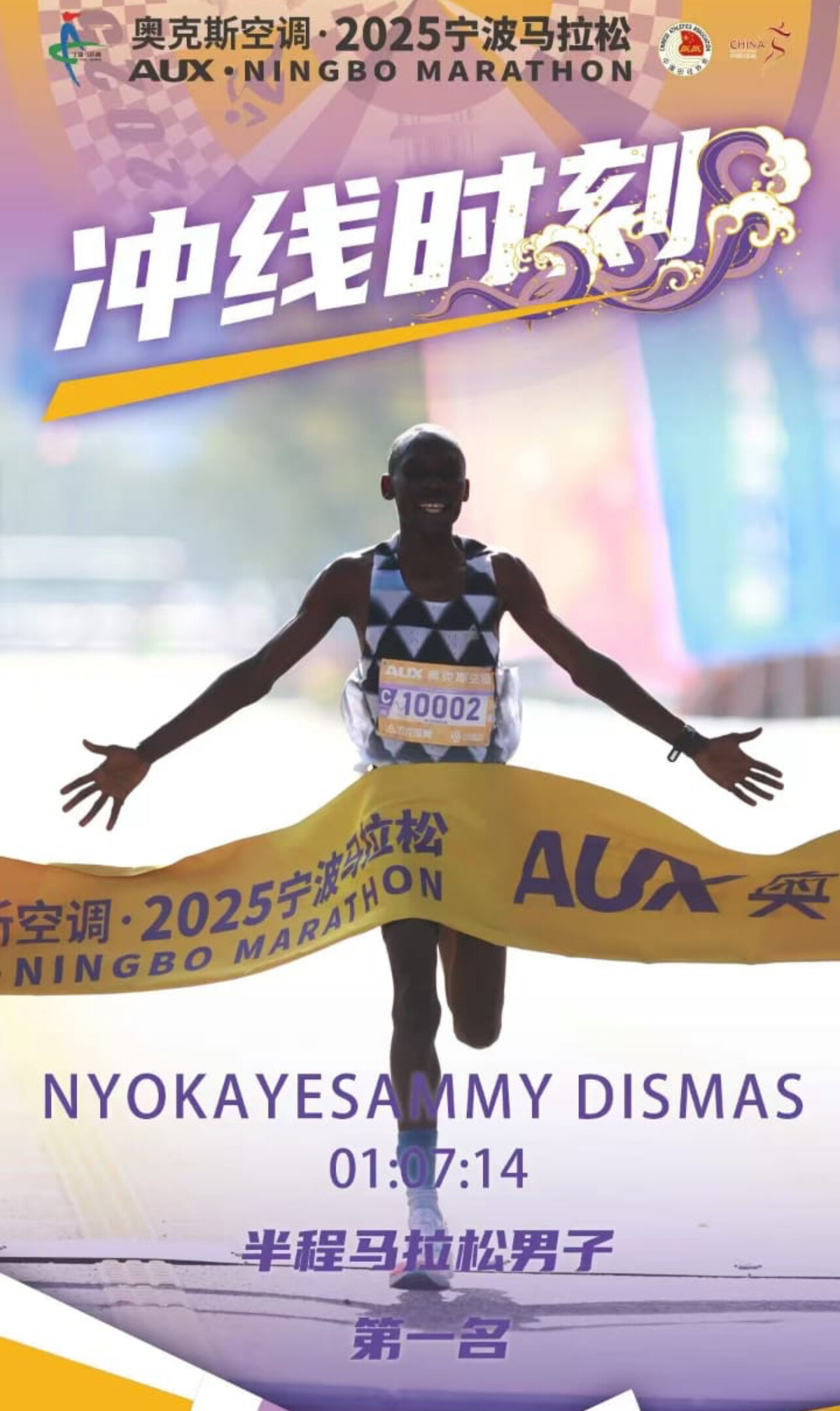
A Vision Rooted in Training and Transformation
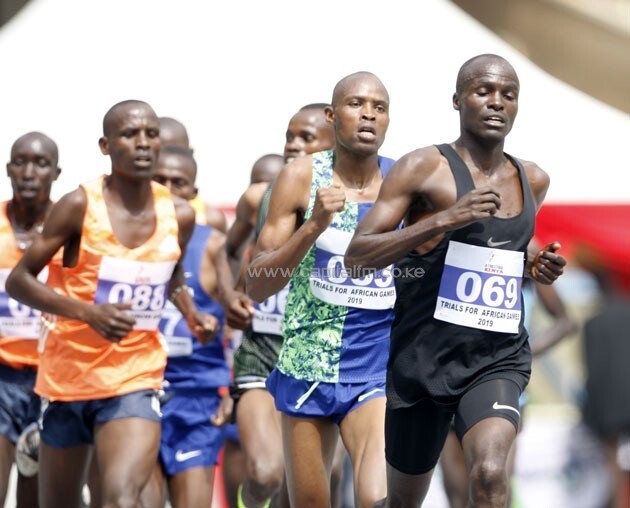
KATA was founded by Bob Anderson, creator of Runner’s World and a lifelong runner—he has been running since February 19, 1962. His vision goes beyond athletic excellence. It’s about building stronger communities through sport and shared purpose.
“This is not just about running fast,” says Anderson. “It’s about building strong roots—on the track, in the field, on the road, and within the community.”
Looking ahead, Anderson adds:

“We’re planning to open another five KATA Running Camps in Kenya by the end of the year. This is a new concept, and the feedback so far has been overwhelmingly positive.”
(06/06/2025) ⚡AMPby Boris Baron
The Global Comeback of Small Town Road Races
As the world’s largest marathons continue to draw tens of thousands of runners and charge hefty entry fees, many athletes—both seasoned and new—are turning their attention to something more intimate: small town road races.
Once considered only for local fun-runners or age-groupers, these events are experiencing a global resurgence, offering runners everything the mega-marathons can’t—less stress, lower costs, a tight-knit community, and often, surprisingly fast competition.
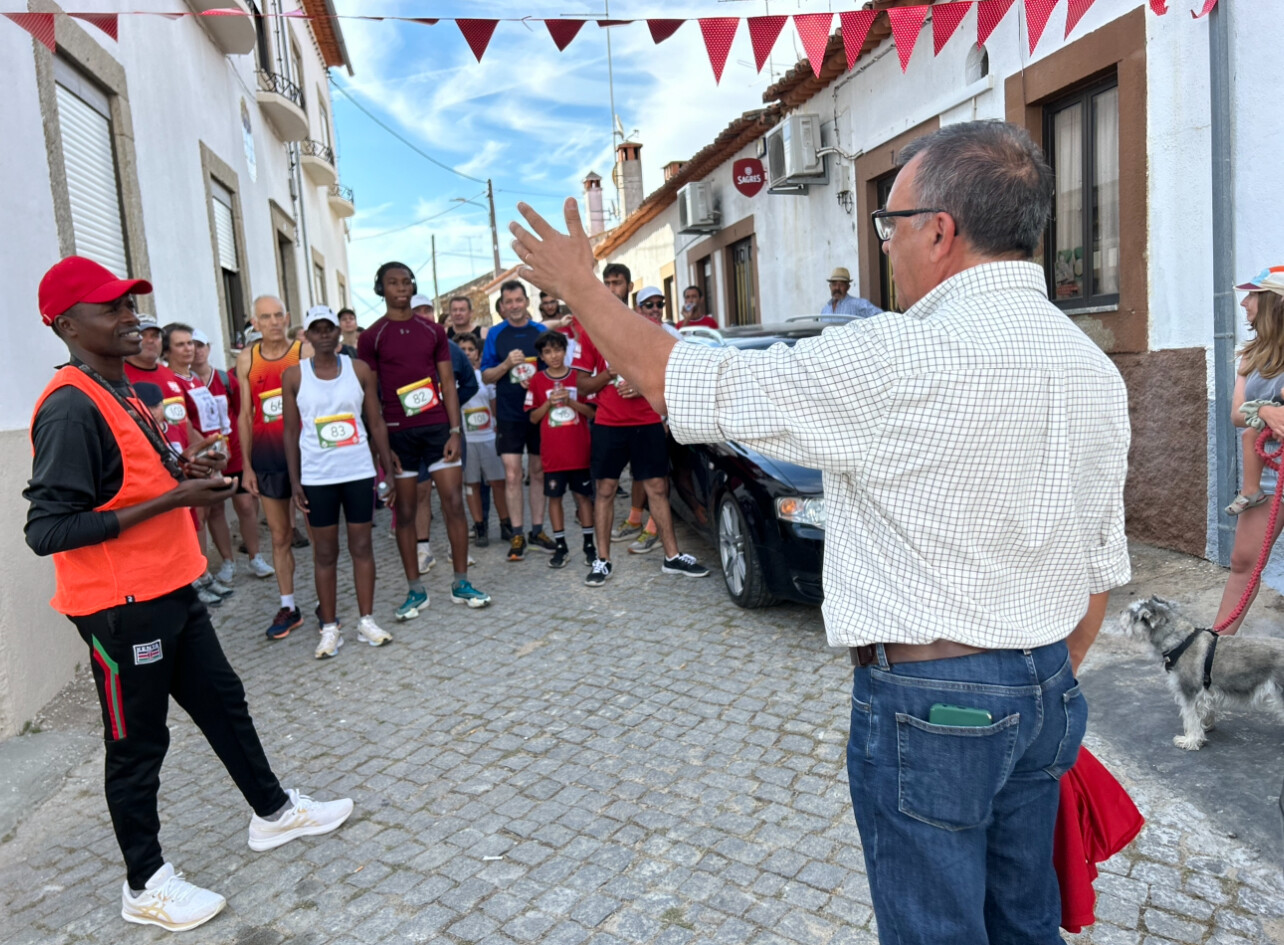
A More Personal Experience
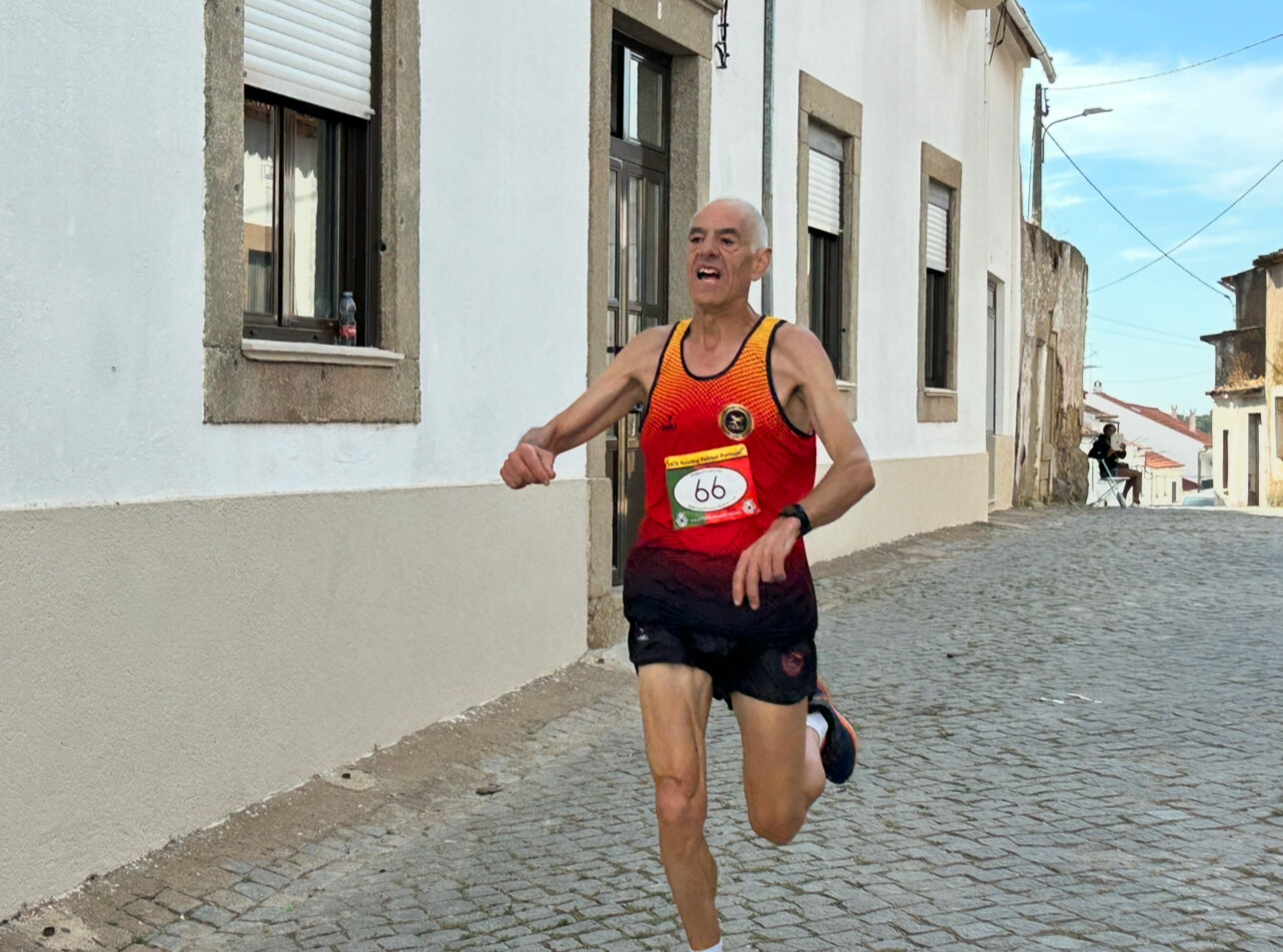
Big-city races like the New York City and Berlin Marathons may offer world-class crowds and fanfare, but the scale can feel overwhelming. In contrast, races in small towns like Monforte da Beira (Portugal), Charlevoix (Michigan), or Iten (Kenya) are drawing runners looking for a different experience.
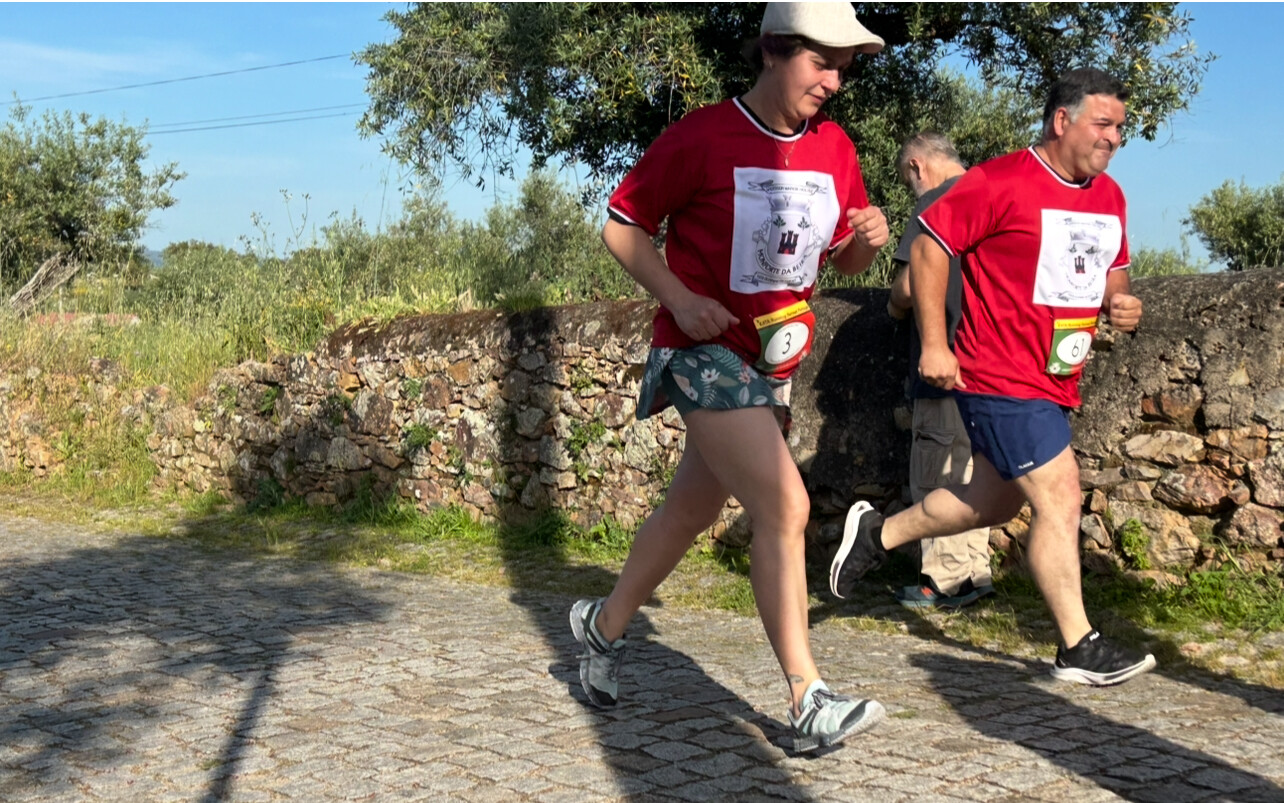
“After years of chasing majors, I ran a 10K in a village with 300 people,” says Linda Greene, a 2:58 marathoner from Chicago. “No lines, no chaos, and I ran my fastest time in two years.”
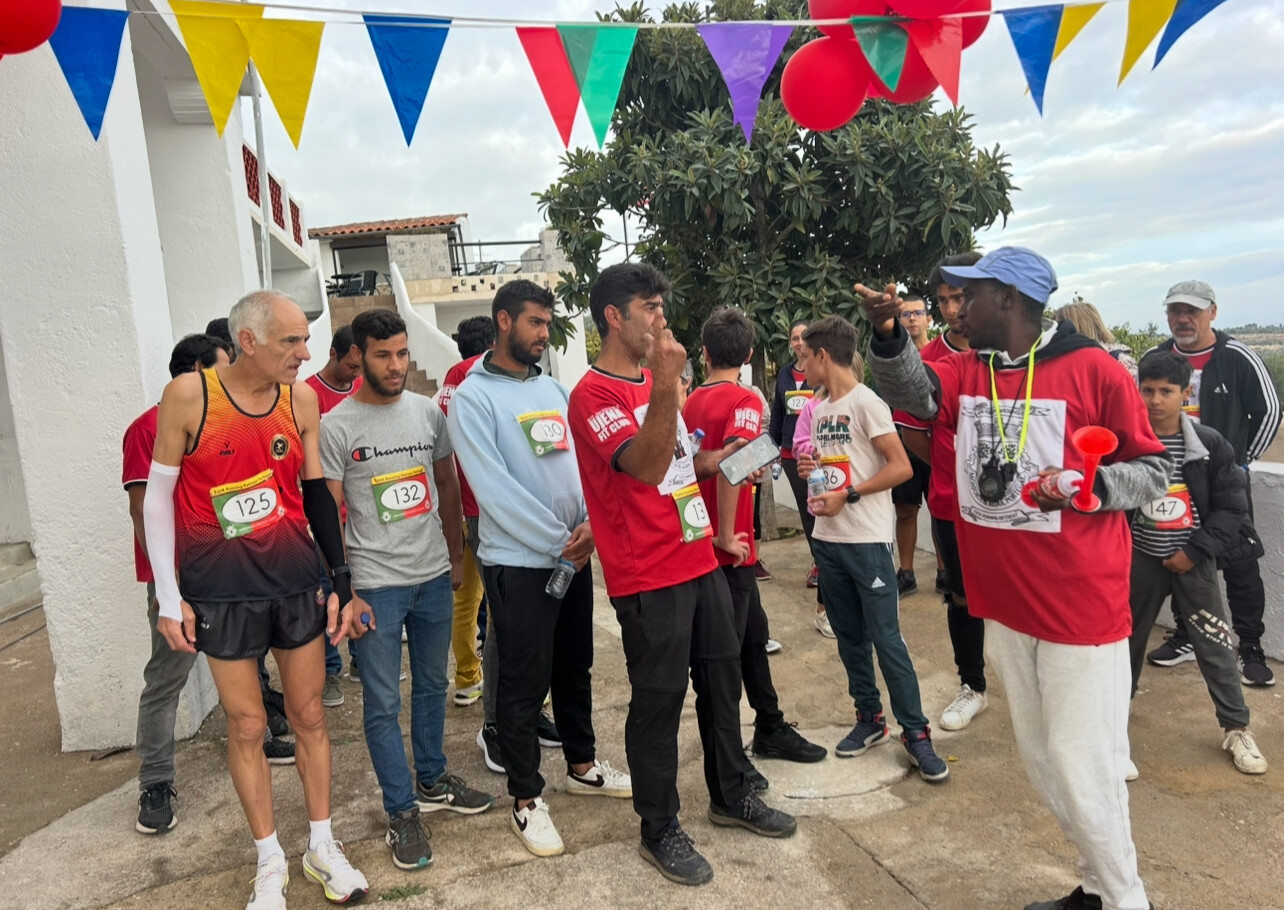
Competitive Fields, Surprisingly Fast Courses
Don’t assume these races are only about charm. Many feature flat or downhill courses, and some attract elite talent. In the Pacific Northwest, for example, the Capital City 5K in Olympia, Washington, saw a 14:12 finish this spring from a local collegiate athlete training for the Olympic Trials.
Organizers often design courses for speed and simplicity—something increasingly rare in major urban races where logistics can dictate less-than-ideal routes.
Lower Costs, Higher Value
With registration fees as low as $10–$30, small town races often include perks like free post-race meals, local wine or produce giveaways, and handmade medals or shirts.
“Running the Golden Gate 10K in August cost me less than dinner in San Francisco,” said one Bay Area runner. “And I didn’t even have to wake up at 4 a.m. to get to the start.”
Building Community
In towns where everyone knows your name—or at least cheers you by bib number—these races build true connections. Organizers are often runners themselves, and volunteers may include the local mayor or schoolchildren.
“You can actually talk to the race director. You can warm up on the course. You feel seen,” said Daniel Okoth, a Kenyan athlete who trains in Kapcherop. “It reminds you why we run.”
Not Just for Locals Anymore
With the rise of digital registration and online coverage, many small town races are welcoming international runners looking for something special. My Best Runs now features a growing list of these hidden gems, and more athletes are flying into tiny airports to chase PRs and peaceful scenery.
Looking for your next great race?
Skip the mega-expo. Skip the corrals. Skip the parking issues. Go back to where it is just about racing.
(06/06/2025) ⚡AMPby Boris Baron
Rwandan Leads Competitive Field at 2025 Under ArmourToronto 10K
Salome Nyirarukundo returns to the Under Armour Toronto 10Kon Saturday, June 14th in search of the victory that has eluded her the past two years.
The Rwandan finished second in both the 2024 and 2023 editions of this Canada Running Series race and would like nothing more than to reach the top step on the podium this time.
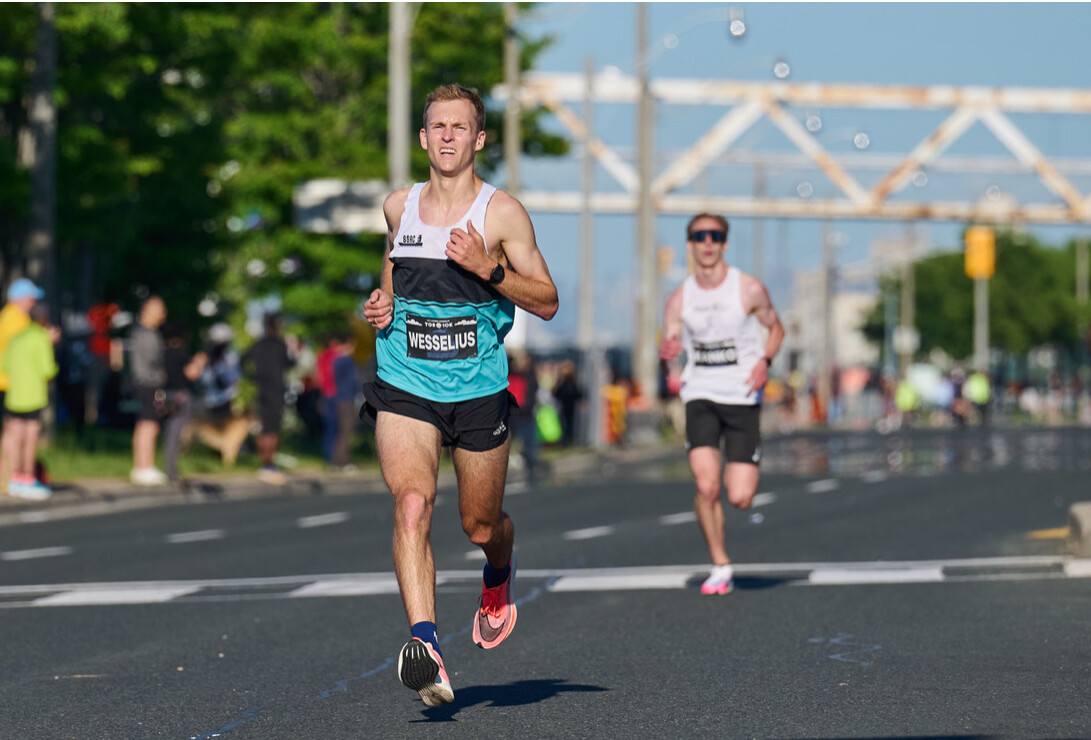
“Absolutely, you know, I am a very competitive woman I am always trying to improve myself racing better and better,” says the 27-year-old Ottawa resident. “I am sure that this year I am going to have a good race. I believe in myself and I can compete and win the race. Who knows? Everybody has a chance.”
Nyirarukundo trains with the Ottawa Lions Track and Field Club under coach Ray Elrick while holding down two jobs at local hospitals.
“I am employed in long term care as a personal support worker,” she explains. “I work at the hospital, I have actually two jobs. I am not in the shape I used to be but I am getting there.”

Earning a living has led her to employ tremendous time management skills and she fits in training around her work schedule. Clearly she is a special athlete with tremendous potential as she demonstrated as an 18-year-old when she set a Rwandan national 10,000m record of 31:45.82 and represented her country at the 2016 Rio Olympics. Two years later she made her way to Canada where she is now a ‘permanent resident’. One day she hopes to become a Canadian citizen.
“There was more opportunity here in Canada for people who want to make a new life,” she says of her decision to leave her home and family. “My biggest dream was having the chance to one day represent Canada whether it’s at the world championships or the Olympics. That is my biggest dream. Maybe my dream will come to true. Who knows.”
Among those she will face in Toronto are 2015 Pan Am Games marathon bronze medalist, Rachel Hannah who finished third here the past two years. The pair had another battle recently at the Canadian 10km championships in Ottawa with Nyirarukundo once again getting the better of her rival finishing 4th while the 38-year-old Hannah came home 6th.
Kylie Raftis, a graduate of Boston College, will also be a contender. The Toronto native was the top Canadian finisher at this year’s Boston Marathon finishing in 2:34:41 and in another coincidence, just one second ahead of Hannah.
The men’s race also promises to be a highly competitive affair with Lee Wesselius, the third-place finisher a year ago, returning.
The 31-year-old from River Glade, New Brunswick has a personal best of 29:13 set on this course in 2021 while finishing 7th in the Canadian 10k Championships. He also ran the 2024 TCS Toronto Waterfront Marathon - which includes the 10k course - when he improved his personal best at that distance to 2:13:52. That resulted in 9th place.
“I am pretty familiar with the course and I guess I have raced on it enough to know what parts are easier,” he offers. “I have a good grasp of the course.
“I think I am in pretty similar shape to when I ran my personal best. In Ottawa I ran 13 or 14 seconds off my ‘PB’ but we went out close to ’29 flat’ pace. I think if the pace was a little more smooth it possibly would have been in the cards (in Ottawa) for a new personal best.”
Wesselius is working as a large animal veterinarian in Winchester, Ontario just south of Ottawa and says he’s learned to manage to pack in between 160 and 180 kilometres a week around his busy work schedule. Once a month he must work on-call on a weekend which can pose complications.
“I will stay close to the practice and kind of hope that I am not called out,” he says of his response to the potential conflicts between his two vocations.
Among the challengers Wesselius will face is Connor Black of the London Western Track Club. He was the 2022 Canadian Cross Country champion and has improved significantly since finishing one place behind Wesselius in the 2021 Canadian 10k Championships.
Then there’s Thomas Nobbs, who was second in a personal best (1:03:02) in the Project 13.1 Half Marathon in Congers, New York back in March. He then finished 7th in the Vancouver Sun Run 10k in 29:18 though that course has a slight decline in elevation rendering times unofficial.
Wesselius will be seeking a podium place and knows he has a chance at victory but he’s clinical in his assessment.
“I will have to see what the fields are like. You mentioned Connor Black is running I know he’s pretty fit,” Wesselius admits. “And Thomas Nobbs is also in pretty good shape. I do feel I am in better shape than I was the previous two times. It depends on how the race plays out.”
With a week remaining until the Under Armour Toronto 10K the race has over 8,000 entries. It’s not surprising. The race has attracted runners from nine Canadian provinces, two territories, thirteen US states and twenty-eight countries.
(06/05/2025) ⚡AMPby Paul Gains
Four Scenic Routes to Explore in San Francisco Plus: A Unique Race Experience Coming August 3
San Francisco isn’t just a city of hills and cable cars—it’s a runner’s dream. With its unique blend of urban energy, coastal serenity, and panoramic vistas, the City by the Bay offers some of the most scenic running routes in the world. Whether you’re training for a race or simply looking for a refreshing jog, these four routes provide the perfect introduction to San Francisco’s running scene.
1. Golden Gate Park Loop

• Distance: 7 miles
• Terrain: Paved paths and dirt trails
• Highlights: Botanical gardens, Stow Lake, and peaceful groves
Golden Gate Park is San Francisco’s version of Central Park—only longer and filled with even more natural variety. This 7-mile loop guides runners past the Japanese Tea Garden, the Conservatory of Flowers, and around Stow Lake. It’s ideal for tempo runs, long runs, or easy days, offering both paved and soft-surface options with minimal traffic distractions. You’ll find moments of quiet and lush green scenery that make you forget you’re in the middle of a major city.

2. Presidio Challenge
• Distance: 4 miles
• Terrain: Hilly with stairs and varied paths
• Highlights: Sweeping views of the Golden Gate Bridge and Bay, forested trails, military history

Looking for a climb and a challenge? The Presidio route rewards effort with unmatched views and tranquil forest trails. Once a military post, this national park is now one of the most scenic places to run in San Francisco. Start near Crissy Field, ascend via the Batteries to Bluffs Trail or the Ecology Trail, and loop back through shaded switchbacks and historic military bunkers. It’s a great test of fitness with picture-perfect moments.
3. Embarcadero Waterfront Run
• Distance: 3–6 miles
• Terrain: Flat, paved promenade
• Highlights: Bay Bridge, Ferry Building, Pier 39, sea lions
This runner-friendly route delivers postcard-worthy views and an easy-to-follow course along the Bay. Begin at Oracle Park or the Ferry Building and head north past piers, ships, shops, and cafés. The Embarcadero is ideal for morning or evening runs, with great lighting, plenty of water stops, and occasional sea lion cameos at Pier 39. It’s also one of the most accessible spots for visitors staying downtown.
4. Lands End Coastal Trail
• Distance: 3–4 miles
• Terrain: Dirt trails and stairs
• Highlights: Cliffside Pacific views, Sutro Baths, Golden Gate Bridge overlook
Lands End feels like a trail runner’s escape—without leaving the city. The route snakes along the cliffs on the city’s northwest edge, offering stunning ocean views, cypress trees, and a glimpse of the iconic Golden Gate Bridge in the distance. While the terrain includes stairs and some narrow paths, the scenery is unforgettable. Make time to stop at the Sutro Baths ruins and the Lands End Labyrinth for a true San Francisco experience.

Looking for a Race? Don’t Miss August 3
If you’re inspired to test your fitness on one of these routes, sign up for one of San Francisco’s most scenic events: the Golden Gate 10K, 5K, and Double 8K, happening on August 3. Held at Crissy Field, these flat and fast courses offer panoramic views of the Golden Gate Bridge and the bay—without ever crossing the bridge itself.
The event also features the Golden Gate Double 8K, a unique two-part challenge: run a 5K, take a short recovery break, then race a 3K. The combined time determines your score, adding a strategic twist that rewards consistency and pacing.
It’s an ideal race for all levels—from competitive racers to weekend warriors—and a memorable way to experience the San Francisco waterfront on foot.
Tips for Running in San Francisco
• Layer Up: Weather can shift quickly. Fog and chilly breezes are common even in summer.
• Mind the Terrain: Hills and stairs are frequent. Don’t underestimate them.
• Stay Hydrated: Water fountains are available in parks and along the Embarcadero.
• Beat the Crowds: Early mornings offer the quietest, most peaceful running conditions.
• Use Public Transit: Many routes are easily accessible via BART, Muni, or bike share.
Whether you’re a local or just visiting, San Francisco delivers a unique mix of urban running and natural beauty. With iconic views, varied terrain, and a welcoming fitness community, the city makes it easy to fall in love with running all over again.
So lace up your shoes, pick a path, and let San Francisco move you.
Would you like me to add clickable registration or map links for the August 3 races?
(06/05/2025) ⚡AMPby Boris Baron
Golden Gate 10k/5k DOUBLE 8K
The Golden Gate courses offers unparalleled views of the Golden Gate Bridge for more than 80% of the way! The course will begin at historic Crissy Field near the Presidio of San Francisco. Runners will enjoy the gorgeous vistas of the Golden Gate National Recreation Area. We are offering three races: Golden Gate 10K and 5K (run/walk) and Golden Gate...
more...Addi Zerrenner’s Second Wind: From Track Star to Trail Warrior
For years, Addi Zerrenner chased speed on the track and roads. As an NCAA standout at Arizona and one of the top U.S. prospects in distance running, she seemed destined for marathon greatness. But after years of pushing, something shifted. The joy dimmed. The pressure mounted. And like many elite athletes, Addi hit a wall — not physically, but mentally.
What came next wasn’t a retreat — it was a reinvention.

Trading Pavement for Peaks
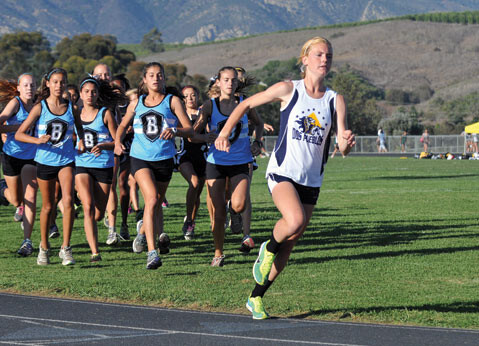
Addi left the regimented world of splits and lap counts behind and found herself drawn to the mountains. There, she discovered something that had been missing: joy.
“It was like breathing again,” she said in a recent interview. “Out there, it wasn’t about pace. It was about movement, freedom, and reconnecting with why I loved running in the first place.”
That shift wasn’t just emotional. Addi began to thrive. She posted strong performances at mountain and trail races across the West, including podium finishes at high-profile events like the Broken Arrow Skyrace and strong showings on technical terrain that would leave most road runners gasping.
From Burnout to Breakthrough
Her story resonates far beyond elite circles. In a sport that too often burns out its best too early, Addi Zerrenner shows what’s possible when an athlete listens to their body — and more importantly, their heart.
Trail running, with its slower pace and wilder spirit, gave her the space to heal and rediscover competition on her own terms. It’s a reminder that success in running isn’t a straight line — and sometimes, leaving the track is the only way to find your lane.
What’s Next for Addi?
With momentum behind her and a growing presence in the trail and ultra world, Addi’s future could include anything from the UTMB series to U.S. Mountain Running Team bids. And with her platform, she’s also becoming a voice for runners navigating transitions — from injury, burnout, or even just life’s next phase.
“I still run hard. I still want to be great. But I’m doing it for me now,” she said. “And that’s more powerful than any PR.”
(06/04/2025) ⚡AMPby Boris Baron
Global Running Day: Uniting the World Through Running
Every year, on the first Wednesday of June, runners across the globe come together to celebrate Global Running Day. It’s more than just a date on the calendar—it’s a worldwide reminder of the joy, resilience, and community that running inspires.
What is Global Running Day?
Global Running Day was created to encourage people of all ages and abilities to embrace running as a way to promote health and wellness. Whether it’s a solo jog through your neighborhood, a group trail run, or a virtual event connecting runners from different countries, this day celebrates the universal language of running.
Why It Matters
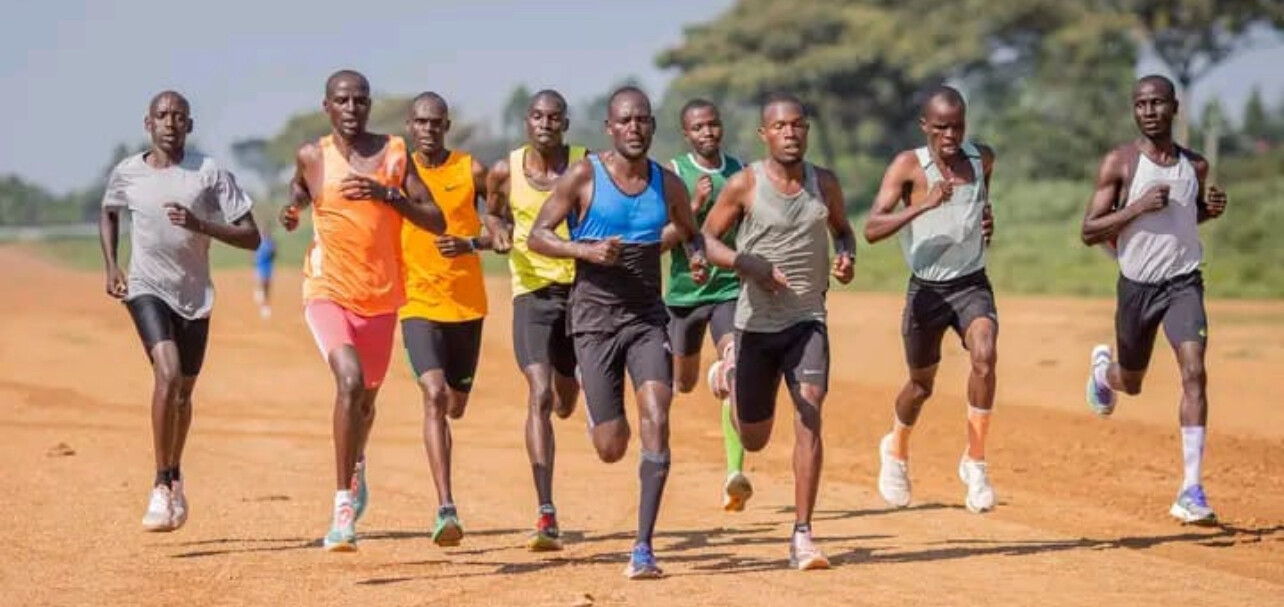
• Running is universal: No matter where you live or your background, running is a simple yet profound way to move your body and clear your mind.
• Community connection: From local running clubs to online communities, Global Running Day brings people together, even when they’re miles apart.
• Personal goals: Whether you’re chasing a PR, returning from an injury, or just lacing up for the first time, this day is for everyone.
Ways to Celebrate
Here are some ideas for how runners can mark the occasion:
• Join a Virtual Event: Many organizations host virtual runs, challenges, and social media campaigns.
• Run with a Friend: Invite someone new to join you for a run—no matter the distance or pace.
• Share Your Story: Post a photo or video of your run with the hashtag #GlobalRunningDay to inspire others.
• Try a New Route: Explore a new trail, park, or neighborhood to make the day memorable.
• Set a Goal: Whether it’s a mile or a marathon, use Global Running Day as motivation to set a running goal for the year.
The Spirit of Global Running Day
This celebration is about more than logging miles. It’s about:
• Fostering inclusivity in the running community.
• Spreading joy and positivity through movement.
• Reminding ourselves why we started running in the first place.
Join the Celebration
This year, Global Running Day falls on June 4, 2025. Wherever you are, take a moment to move, connect, and celebrate the running community. Whether you’re logging a few miles before sunrise, taking a lunch break jog, or joining an evening group run, you’re part of a global movement that brings people together.
Final Thought
Running isn’t just about fitness—it’s about connection, resilience, and joy. So this Global Running Day, celebrate the miles you’ve covered, the friendships you’ve formed, and the goals you’ve yet to achieve.
(06/03/2025) ⚡AMPby Boris Baron
Building a Mental Strategy for Race Day
For many runners, the marathon is a test of both physical endurance and mental resilience. While training plans often focus on mileage, pace, and nutrition, the mental aspect of running 26.2 miles is equally crucial—and frequently underestimated. In this article, we’ll explore new and practical ways to train your mind for marathon success, including strategies you might not have considered before.
Why Mental Preparation Matters

It’s not just about “toughing it out.” Your mental state can directly impact your performance:
• A focused mind helps you stay on pace and adjust to challenges.
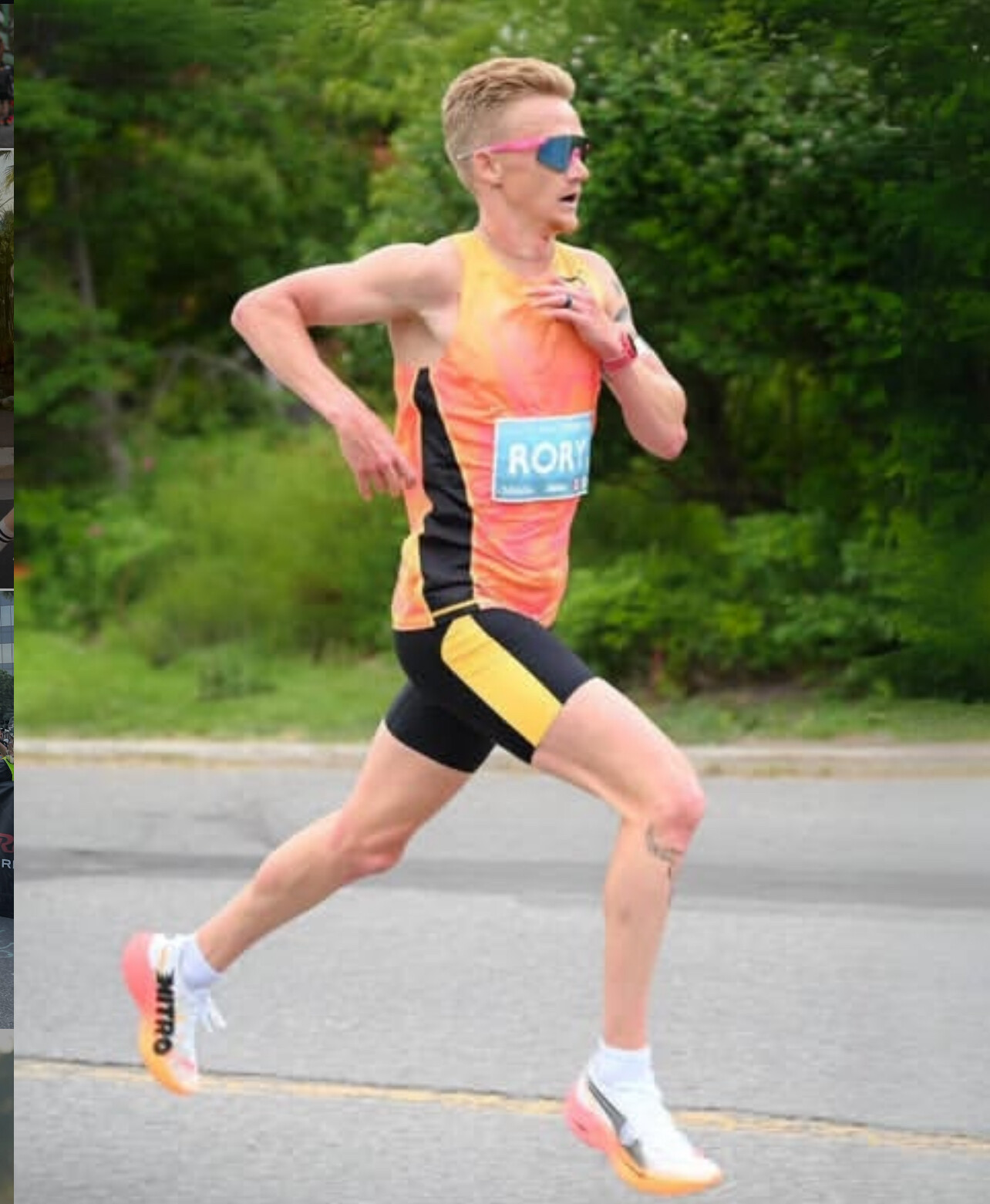
• A resilient attitude helps push through the inevitable rough patches.
• A calm perspective keeps race-day nerves at bay.
Elite runners and seasoned marathoners know that a strong mind is a secret weapon. But even if you’re not chasing a PR, mastering your mindset can make the difference between finishing strong and falling short.
Five Mental Strategies You Haven’t Tried Yet
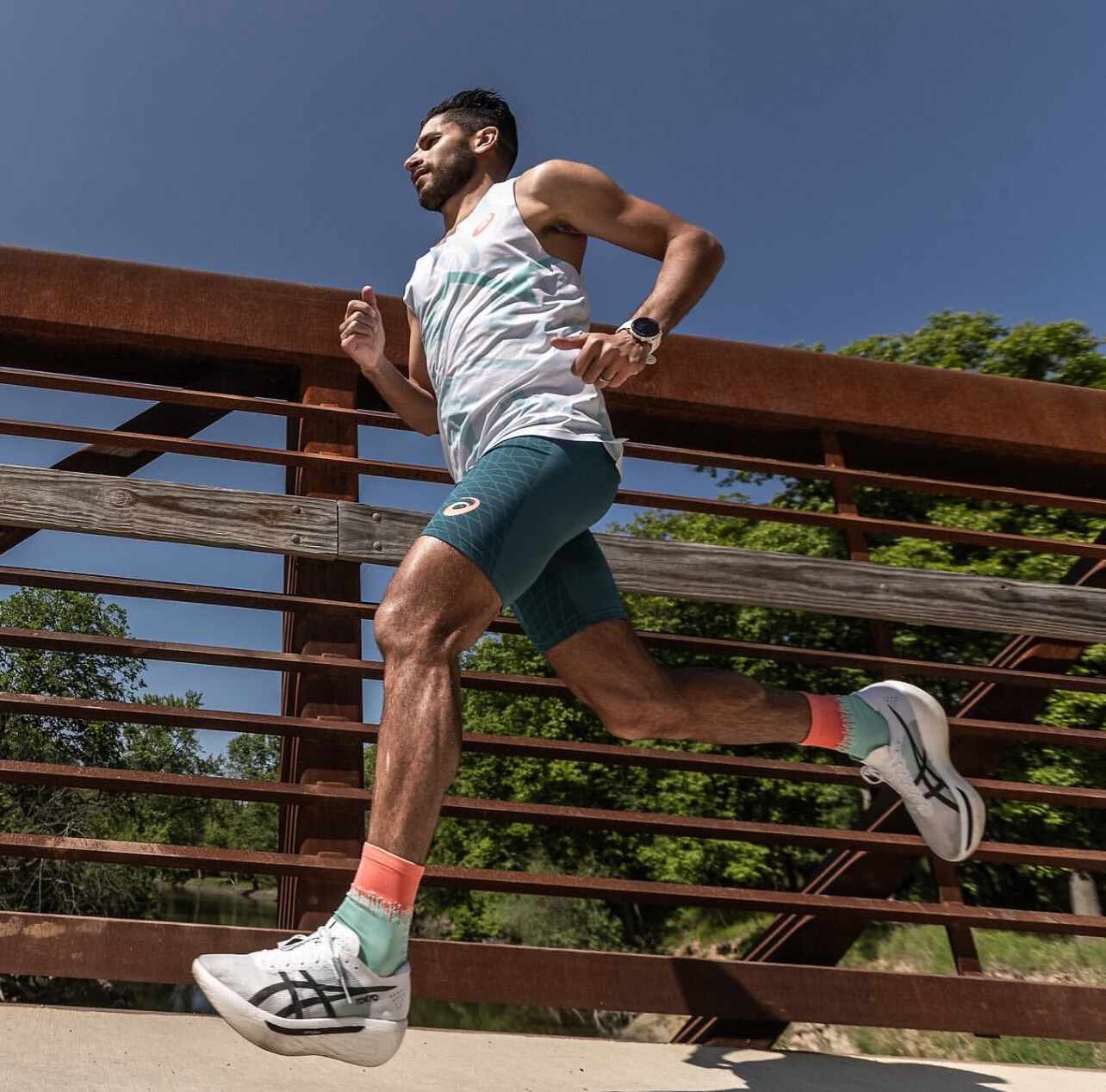
Here are five actionable techniques that go beyond the usual mantras and visualization exercises:
1️⃣ Segment the Race into Micro-Stages
Instead of thinking of the marathon as one daunting 26.2-mile stretch, break it into micro-stages—for example, 5K segments, water station to water station, or even mile by mile. Each small win builds confidence and keeps your focus sharp.
2️⃣ Pre-Run “What If” Planning
Before race day, mentally rehearse various scenarios: What if the weather is hot? What if you feel sluggish at mile 15? What if you cramp at mile 20? Visualize your responses so you’re ready with calm, proactive solutions.
3️⃣ Create a “Power Playlist” of Memories
Beyond music, build a mental playlist of moments when you overcame challenges, on or off the course. When the race gets tough, recall these powerful memories to fuel your determination.
4️⃣ Leverage Your Senses
Stay present during the race by focusing on your senses:
• Feel the rhythm of your breath.
• Listen to your footfalls.
• Smell the freshness of the course.
This sensory mindfulness can ground you and reduce anxiety.
5️⃣ Develop a Personal Mantra—but Make It Dynamic
Many runners rely on static mantras (“I am strong,” “I can do this”). Instead, create a dynamic mantrathat evolves as the race unfolds. For example:
• Early miles: “I’m settling in.”
• Mid-race: “I’m moving steady.”
• Final push: “I’m finishing strong.”
This approach mirrors your changing mindset and keeps your focus fresh.
Final Thoughts
Marathon running isn’t just a physical challenge—it’s a mental game that requires preparation, strategy, and resilience. By adding these innovative mental techniques to your training toolkit, you’ll be better equipped to handle the highs and lows of race day.
So, next time you’re out for a long run, practice these mind game strategies. And when you cross that finish line, you’ll know it wasn’t just your legs that carried you—it was your mind, too.
(06/03/2025) ⚡AMPby Boris Baron
Grant Fisher’s Precision Training and Peak Performance
Grant Fisher’s 2025 season is turning heads in the distance running world, fueled by a meticulous training approach and record-breaking results. After parting ways with the Bowerman Track Club in late 2023, Fisher reunited with his high school coach, Mike Scannell, relocating to Park City, Utah, to embark on a highly personalized training journey.
A Tailored Training Philosophy
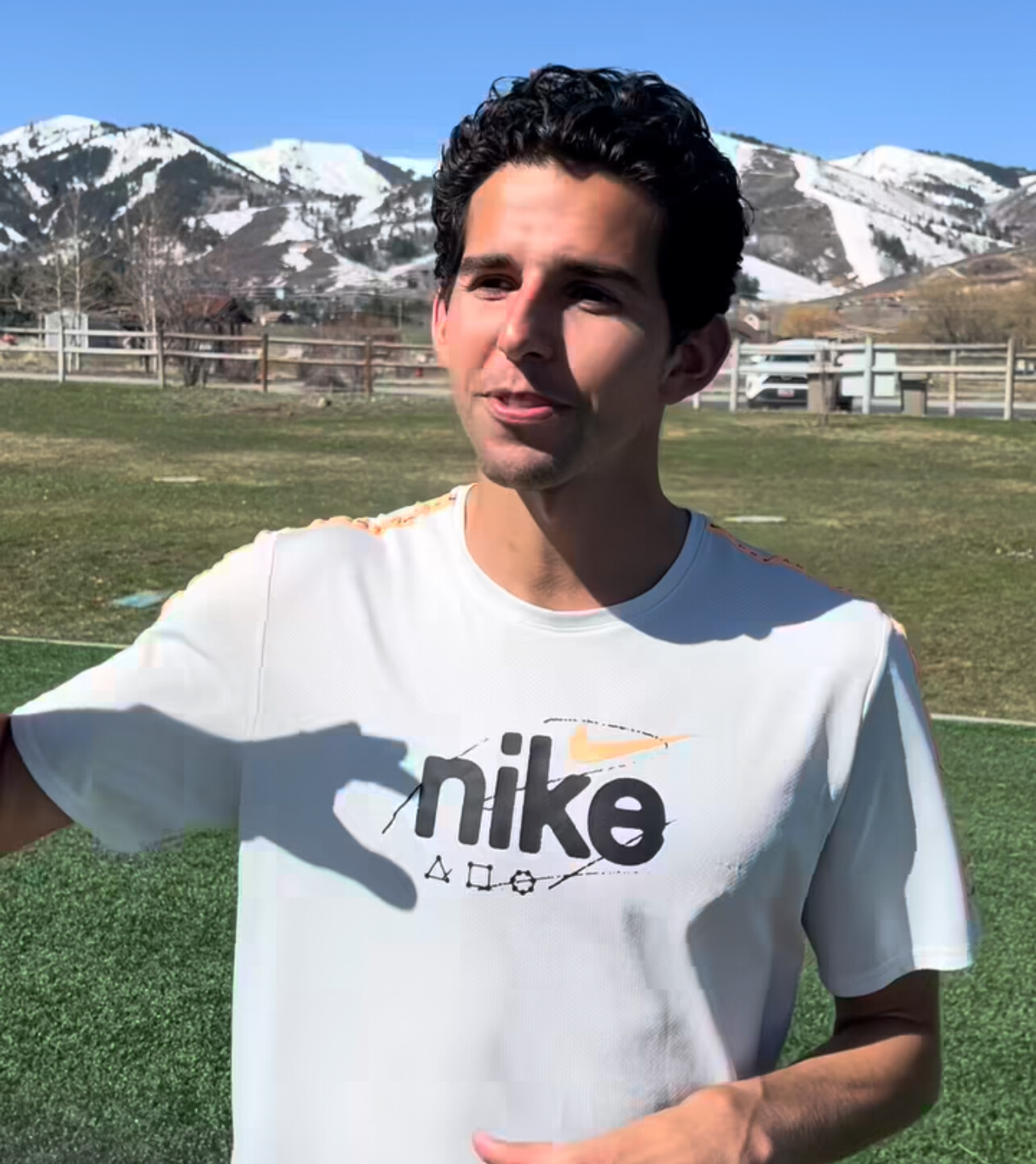
Fisher’s approach under Scannell emphasizes adaptability and precision. Rather than chasing high-intensity sessions, he focuses on building endurance through consistent threshold training. Workouts are adjusted in real time, ensuring optimal stress without overtraining. This shift has increased his workout frequency while maintaining a sustainable load—striking a balance between challenge and recovery.
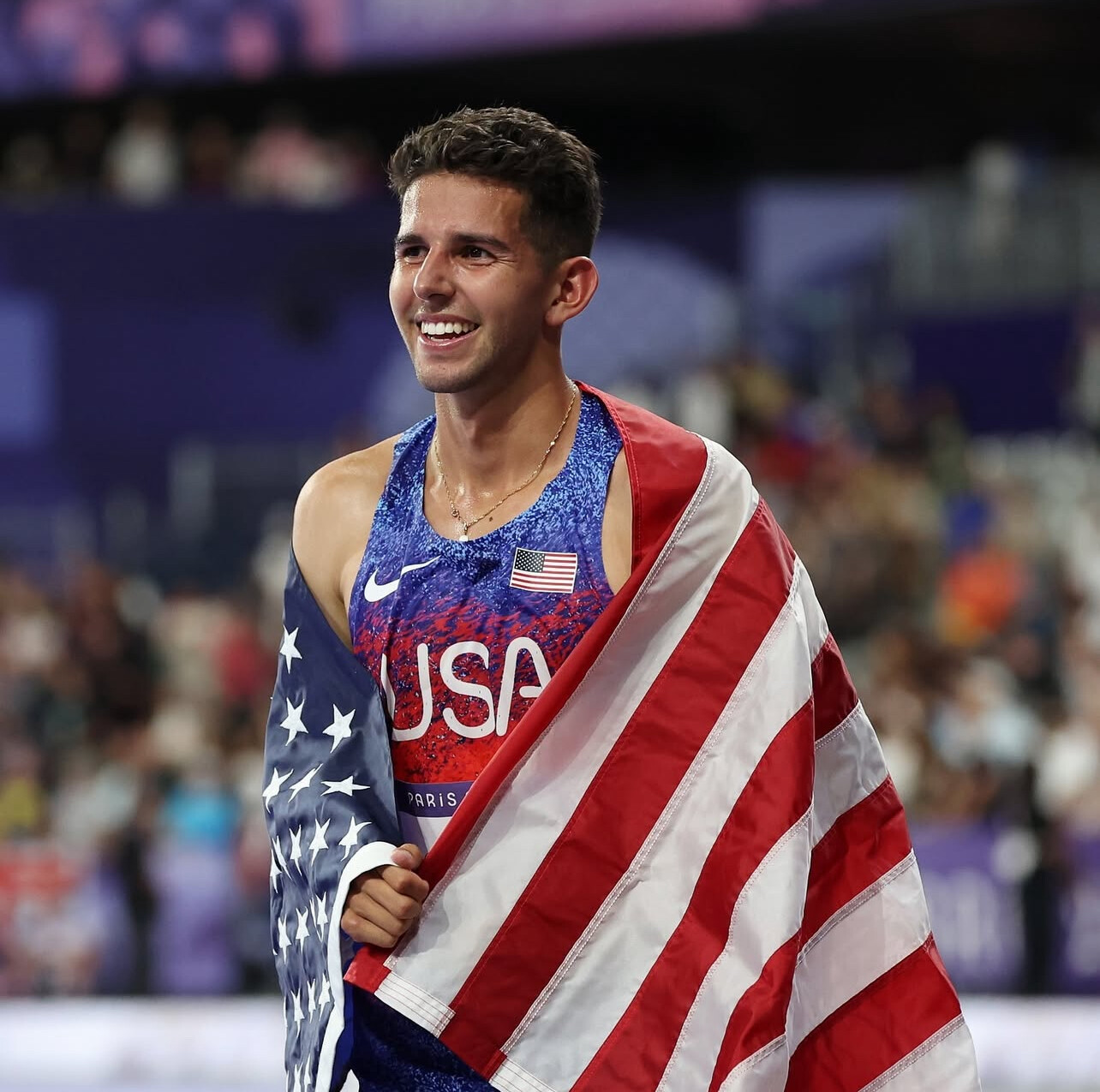
Record-Breaking Results
Fisher’s new regimen has already paid dividends. In February 2025, he stunned the track world with two indoor world records: a blistering 7:22.91 in the 3000 meters at the Millrose Games and a 12:44.09 in the 5000 meters at the BU Valentine Invitational. These performances not only demonstrate his refined fitness but also his ability to peak precisely when it matters.
Innovative Workouts and Recovery
One standout session highlighted his evolving approach: Fisher capped a 7-kilometer workout with a sub-4-minute mile. The session included a hard 2000-meter effort, 4x800-meter intervals at moderate pace, and a closing 1600-meter sprint, all designed to mimic race-day demands while carefully monitoring lactate levels.
Equally essential to his training is recovery. Fisher deliberately schedules breaks to recharge and maintain peak form. After his indoor heroics, he took a recovery period until mid-March, balancing performance with longevity.
Eyes on the Future
Looking ahead, Fisher is focused on refining his form and exploring opportunities to train with a partner who shares his goals. His trajectory this year is a testament to the power of tailored coaching, strategic adaptation, and a deep commitment to recovery.
For runners everywhere, Fisher’s journey offers a masterclass in balancing intensity with sustainability—proof that precision training can unlock world-class results.
(06/02/2025) ⚡AMPby Boris Baron
Super Shoes or Super Runners? How Carbon-Plated Racing Shoes Are Reshaping the Distance Running World
A Bold Step Forward—or Too Much?
The eye-catching shoes in the images, with their bright yellow color and radical stack height, exemplify the cutting-edge engineering behind today’s carbon-plated distance racing shoes. These models, possibly from Puma’s Nitro range, showcase an exaggerated rocker design, thick midsoles, and strategically placed carbon plates, all intended to maximize energy return. However, this aggressive design pushes the limits of World Athletics regulations, which restrict stack heights to a maximum of 40mm for road races. If these shoes exceed that, they would be deemed illegal in sanctioned competitions—a fine line that highlights the tension between innovation and fairness in modern distance running.
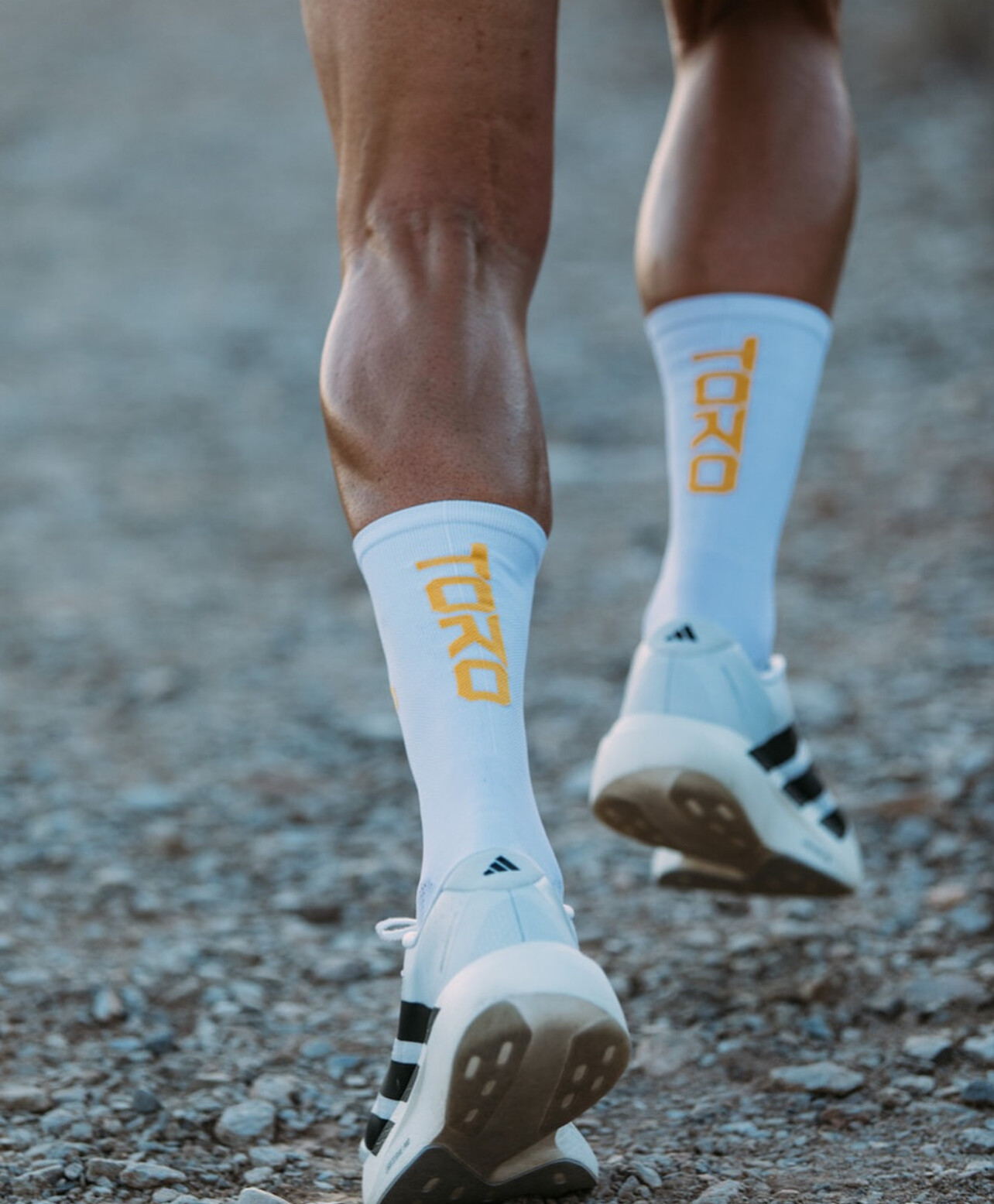
Over the past few years, the distance running community has witnessed a revolution, not just in athletic performance but in technology. At the heart of this transformation are the carbon-plated “super shoes,” with models like the Nike Alphafly 3, Adidas Adizero Pro Evo 1, and Saucony Endorphin Elite capturing headlines—and finish lines.
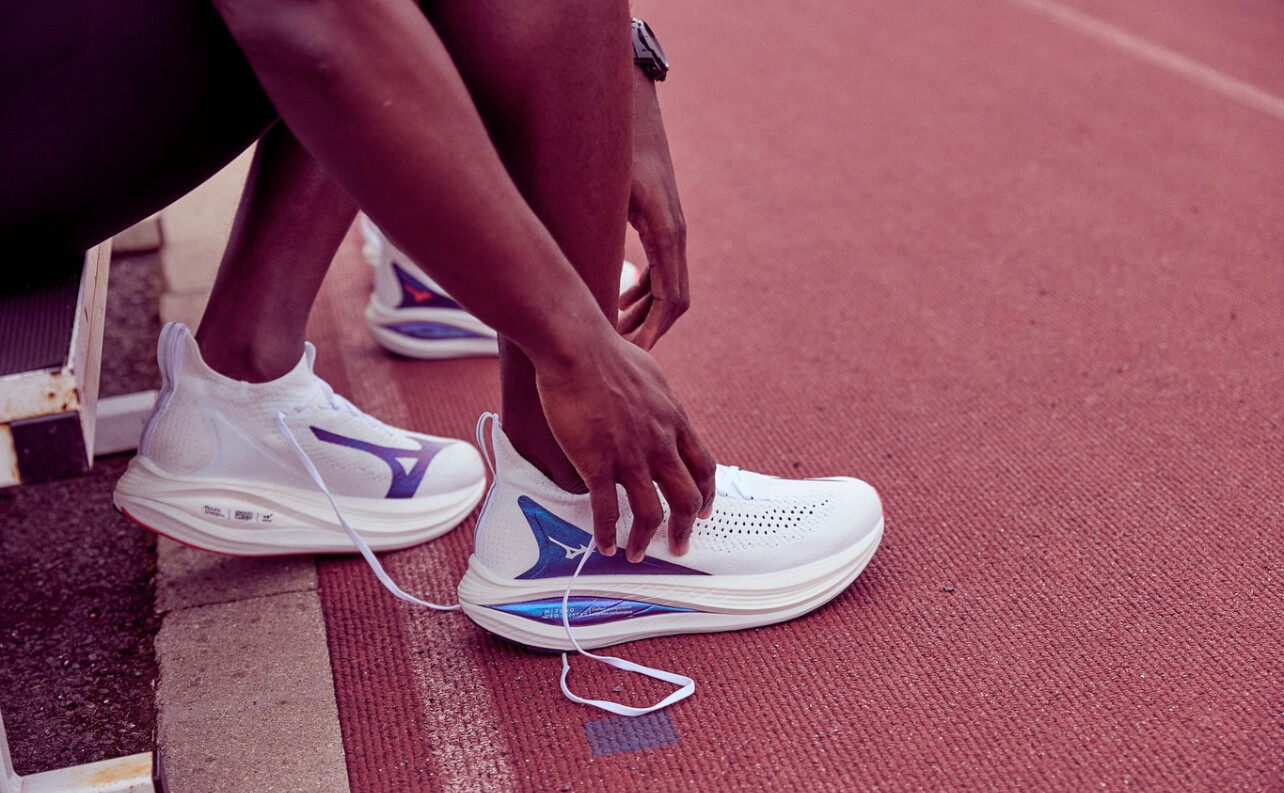
These shoes are more than just a flashy innovation. They represent a fusion of engineering, biomechanics, and material science aimed at optimizing energy return and minimizing fatigue. The secret lies in their construction: a lightweight, resilient foam midsole paired with a rigid carbon-fiber plate that creates a propulsive effect. Research has shown these super shoes can improve running economy by up to 4%, translating into crucial seconds—or even minutes—shaved off race times for elite athletes.
Marathon world records and personal bests are being rewritten at a blistering pace. From Eliud Kipchoge’s sub-two-hour marathon in a prototype Nike shoe to Tigst Assefa’s stunning women’s world record at the Berlin Marathon, the combination of human talent and advanced footwear is undeniable.
However, this technological leap hasn’t come without controversy. Critics argue that super shoes are blurring the line between natural ability and mechanical advantage, creating an uneven playing field. Access is also a concern: with many of these models retailing at $250 or more, elite athletes and well-funded programs often have a leg up on competitors who can’t afford the gear. Some purists feel this shift detracts from the simplicity and rawness of the sport, which historically prized grit and determination over gear.
Yet others argue that innovation is inevitable. After all, every era of distance running has had its technological advances, from cinder to synthetic tracks, from wool to moisture-wicking gear. Super shoes are merely the latest chapter in this ongoing evolution. They offer athletes a tool—how they use it is still up to them.
For amateur runners, these shoes are not just for the elites. Weekend warriors chasing personal records have embraced carbon-plated models, with many reporting improvements in comfort and reduced post-race soreness. But it’s essential to note that no shoe can replace proper training, nutrition, and race strategy.
Looking ahead, the super shoe debate will likely continue, especially as brands develop even more advanced models. World Athletics, the sport’s governing body, has already implemented regulations on shoe design and stack height to maintain some level of fairness.
In the end, the question remains: are we witnessing the rise of super runners, or is this the dawn of a new era where gear becomes as crucial as training? Either way, carbon-plated racing shoes have changed distance running forever—and there’s no turning back.
"As a master runner I like a shoe that does not have such a thick sole," says 77 year old lifetime runner Bob Anderson. "I have taken a few falls and these new super shoes could be a problem."
(06/02/2025) ⚡AMPby Boris Baron
Oregon Athletes Take a Stand: Protesting Podium Placement After Controversial Race Result
In a recent track and field event in Oregon, two female athletes made headlines by stepping down from the podium, refusing to share the spotlight with the male athlete who claimed first place in the women’s division. The incident has sparked a wave of reactions across the running community, highlighting an ongoing debate about gender fairness in competitive sports.
The race in question, reportedly part of a state championship, saw a male-born athlete competing in the female category and taking the gold. This led to frustration and disappointment among the female competitors, two of whom refused to participate in the medal ceremony. Images from the event show the athletes standing away from the podium, making a silent but powerful statement.
A Symbolic Protest
The podium protest by these young athletes symbolizes a growing movement among female athletes and advocates who argue that male participation in female categories—particularly in track and field—undermines fair competition. Supporters of these athletes argue that biological advantages remain a factor, even with hormonal or other modifications, and that these advantages can impact outcomes in races where mere fractions of a second matter.
A Broader Debate
This incident isn’t isolated. Across the U.S. and internationally, policies allowing transgender athletes to compete in female divisions have led to protests, policy reviews, and even legal challenges. Organizations like World Athletics and NCAA are grappling with creating inclusive yet fair rules. Critics argue that current policies can lead to an uneven playing field, while others call for greater inclusion and respect for transgender athletes.
Moving Forward
As the track and field community navigates these complex issues, the actions of these Oregon athletes are likely to fuel further discussions. Whether seen as a brave stand for fairness or a controversial statement, their silent protest will undoubtedly contribute to shaping the future of policies in competitive sports.
At My Best Runs, we recognize the importance of fair competition, athlete voices, and the need for thoughtful, balanced dialogue. We’ll continue to follow developments in this area and bring you the latest updates from the world of running.
(06/01/2025) ⚡AMPby Boris Baron
Grand Slam Track in Philadelphia: A Weekend of Records, Stars, and a Hurdles Debut
This weekend, the historic Franklin Field in Philadelphia transformed into the heart of global athletics as the Grand Slam Track (GST) continued its groundbreaking season. With packed stands, a star-studded lineup, and record-breaking performances, the meet was nothing short of electrifying.
At the center of the action was Olympic champion Sydney McLaughlin-Levrone, who turned heads by stepping away from her signature 400m hurdles to focus on the 100m hurdles. “It’s definitely been a shift these past few weeks, but it’s been great to work on sprint mechanics, block start, and hurdle technique,” Sydney said via The Athletic. While her mastery in longer races is legendary, she’s embracing this shorter sprint with confidence. Fans eagerly anticipate her performance as she lines up for the 100m hurdles on Sunday.
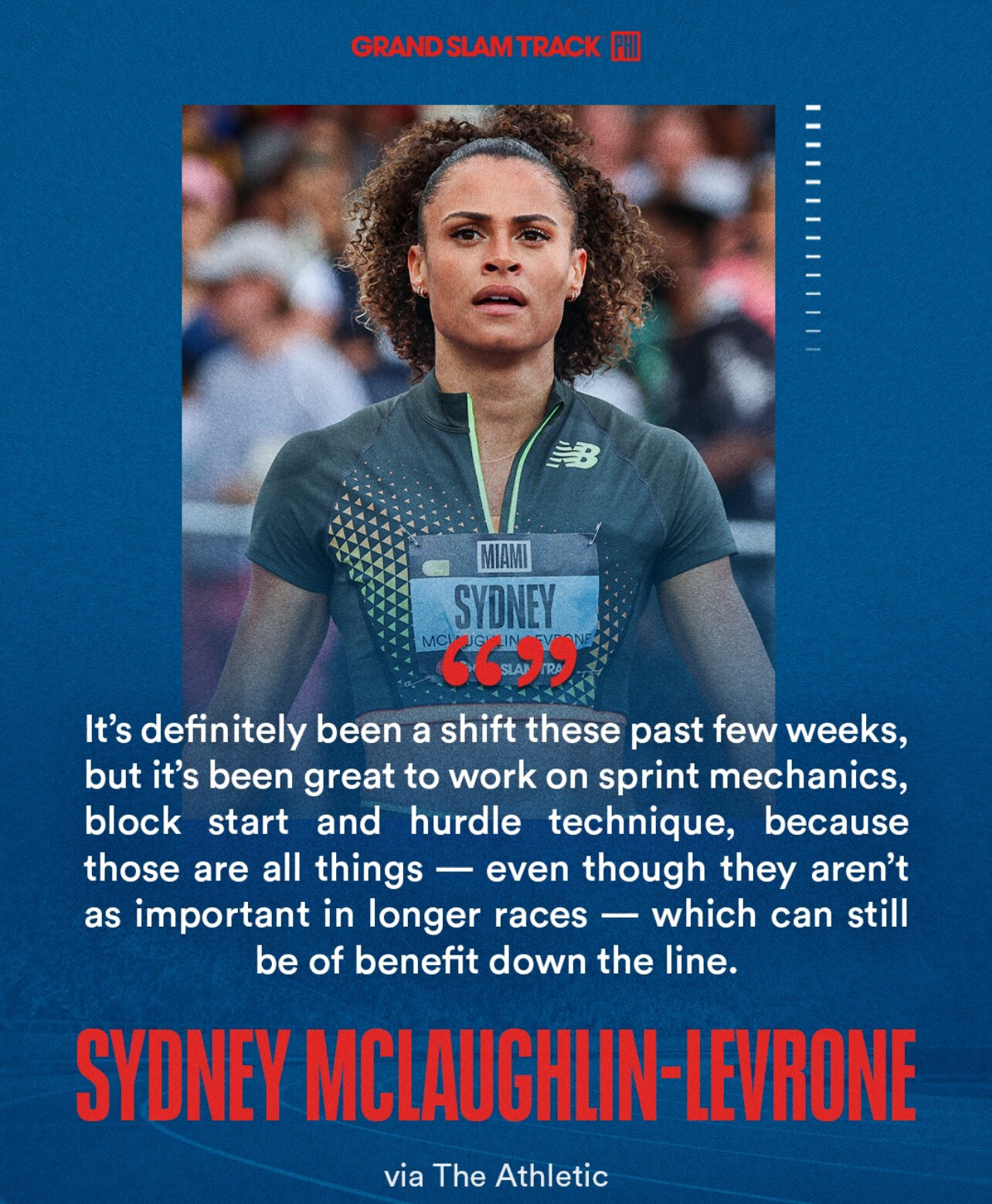
Saturday’s action delivered drama and brilliance across all distances:
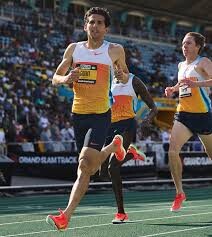
Marco Arop’s Command in the Men’s 800m
Canada’s Marco Arop dominated the men’s 800m, clocking an impressive 1:43.38 to claim his third consecutive GST victory. He surged ahead of American Josh Hoey (1:44.41), thrilling the Philadelphia crowd. “It’s easy to run fast in a stadium like this, so I had to put on a show for them,” Arop said with a smile.
Diribe Welteji’s Record-Breaking 1500m
In the women’s 1500m, Ethiopia’s Diribe Welteji stunned the field with a championship record of 3:58.04. Hot on her heels were Australia’s Jessica Hull (3:58.36) and American Nikki Hiltz (4:00.54), making it one of the most thrilling races of the day.
Tactical Wins in the 3000m
Kenya’s Agnes Jebet Ngetich showcased her tactical brilliance in the women’s 3000m, edging out Ethiopia’s Ejgayehu Taye by just 0.09 seconds with a winning time of 8:43.61. In the men’s 3000m, American Grant Fisher delivered a commanding performance, leading from start to finish.
What’s Next?
Sunday promises even more excitement as athletes return to the track. Sydney McLaughlin-Levrone’s 100m hurdles debut is a highlight, alongside fierce battles in the sprints, middle distance, and field events.
The Philadelphia meet is part of GST’s mission to reshape professional track and field with a streamlined format, significant prize money, and a focus on athlete-driven competition. With a total prize pool of $12.6 million and top winners earning $100,000, the stakes are high.
Fans can tune in live on Peacock and The CW in the U.S. or follow highlights through international broadcasters.
As the athletes gear up for the final day in Philadelphia, one thing is clear: the Grand Slam Track is redefining what it means to race.
(06/01/2025) ⚡AMPby Boris Baron
Running with the Elements: How Weather Shapes Race Day Strategies
When runners line up at the start of a race, one factor looms beyond their control: the weather. Whether it’s searing heat, bone-chilling winds, or relentless rain, Mother Nature can dictate the day. While unpredictable conditions may challenge even the most prepared, experienced runners know how to adapt and rise to the occasion.

Beating the Heat
High temperatures and humidity increase core body temperature and elevate the risk of dehydration and heat exhaustion. Elite marathoners, such as those at the 2024 Paris Olympics, rely on time-tested strategies:
• Hydration: They increase fluid intake days ahead of the race and often include electrolyte-rich drinks to replenish essential salts lost through sweat.
• Smart Pacing: In hot conditions, seasoned runners adjust their goal pace slightly to conserve energy for the later miles.
• Cooling Techniques: Icy towels, sponges, and misting stations are race-day essentials to keep core temperatures in check.
Racing Through the Rain
Rain presents unique challenges, from slippery surfaces to soaked gear, but many runners find it invigorating:
• Proper Gear: Lightweight, waterproof layers and moisture-wicking fabrics help maintain comfort.
• Footwear Choice: Shoes with excellent grip reduce the risk of slipping, and some runners even opt for trail shoes for added traction on wet roads.
• Positive Mindset: Embracing the rain can shift perspective. As one runner shared, “Once you’re wet, you’re free.”
Tackling Cold and Wind
Freezing temperatures and strong winds, especially in winter races, require careful preparation:
• Layering: A base layer, an insulating layer, and a windproof outer shell provide warmth while allowing moisture to escape.
• Wind Strategies: Drafting behind other runners helps reduce wind resistance in open areas.
• Warm-Ups Matter: Spending extra time warming up ensures muscles are ready to perform in the cold.
Iconic Weather Moments in Running
Weather has shaped some of the sport’s most memorable moments. The 2018 Boston Marathon, with its freezing rain and fierce headwinds, led to dramatic upsets and incredible perseverance. In contrast, the 2023 Berlin Marathon enjoyed near-perfect conditions that contributed to record-breaking performances.
Key Takeaways for All Runners
Weather isn’t something to fear—it’s something to prepare for. Whether it’s adjusting pace, selecting the right gear, or adopting a resilient mindset, experienced runners know how to adapt. As seasoned marathoner Bob Anderson puts it, “The weather might not be ideal, but with the right plan, you can still have your best run.”
Race Day Weather Tips
✅ Check the forecast early and plan gear and nutrition accordingly.
✅ Adjust your expectations—work with the weather, not against it.
✅ Practice in similar conditions to build confidence and adaptability.
✅ Stay mentally strong—embrace the challenge and focus on the finish line.
(05/31/2025) ⚡AMP
by Boris Baron
Remembering Steve Prefontaine: 50 Years Since His Untimely Passing
On May 30, 1975, the running world lost one of its most charismatic and determined figures: Steve Prefontaine. Known simply as “Pre,” he wasn’t just a distance runner—he was a phenomenon, captivating fans with his relentless style and rebellious spirit. As we mark 59 years since his passing, let’s celebrate his life by sharing stories and facts that many may not know.
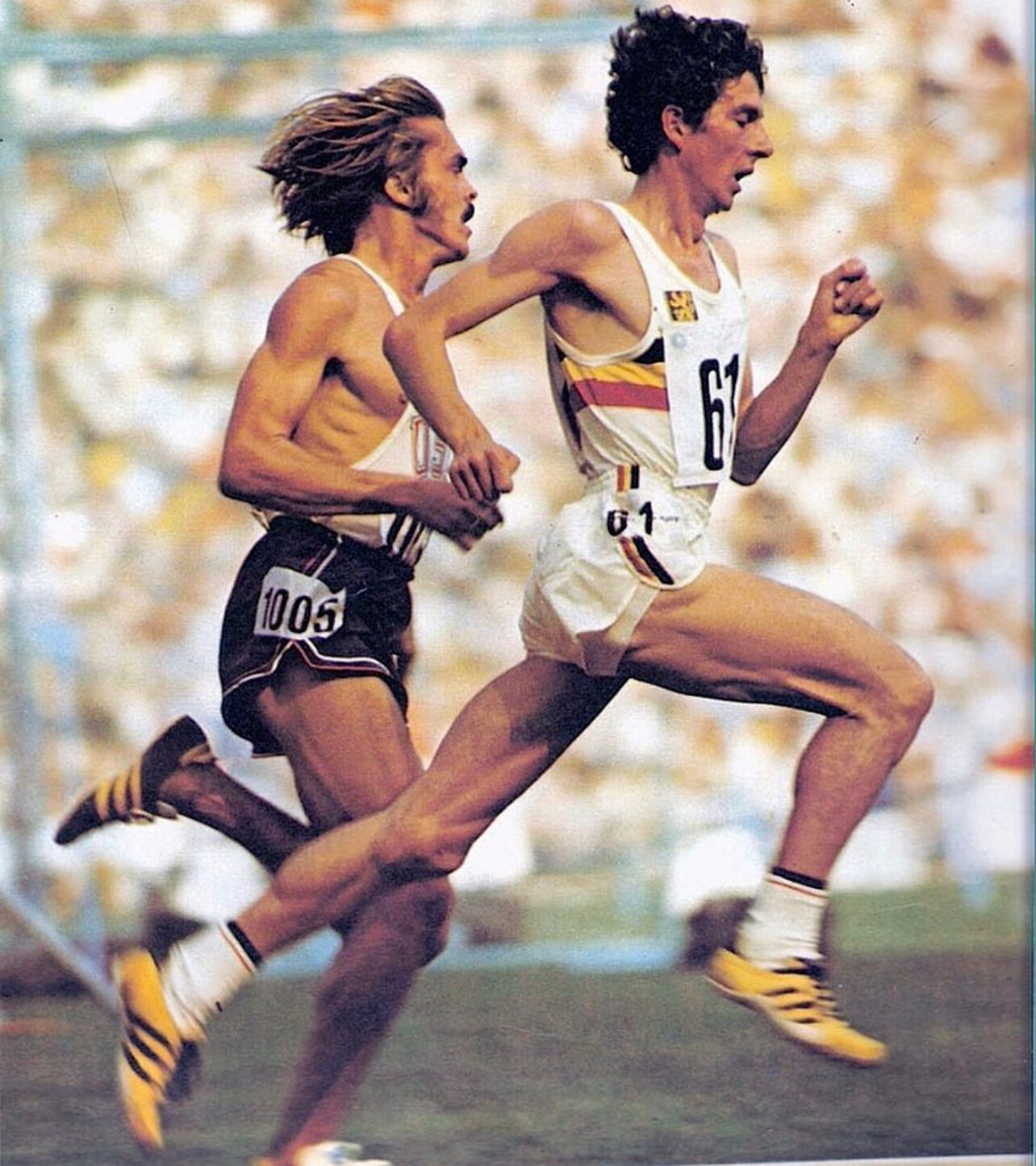
The Man Behind the Legend
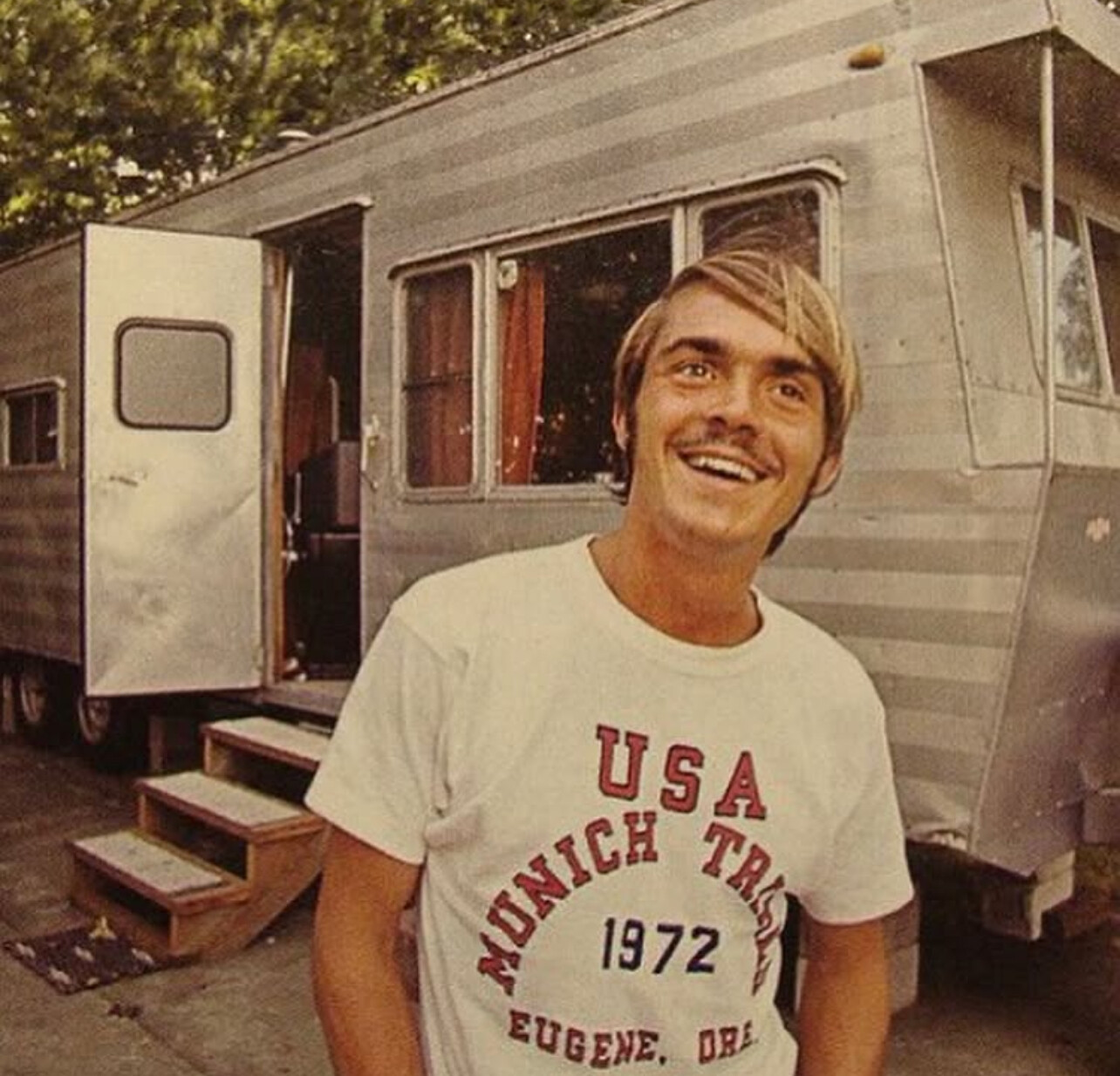
Born in Coos Bay, Oregon, Steve Prefontaine became a running icon in an era dominated by more conservative racing strategies. His front-running style—pushing the pace from the gun—symbolized not just his physical prowess but his sheer will to win.
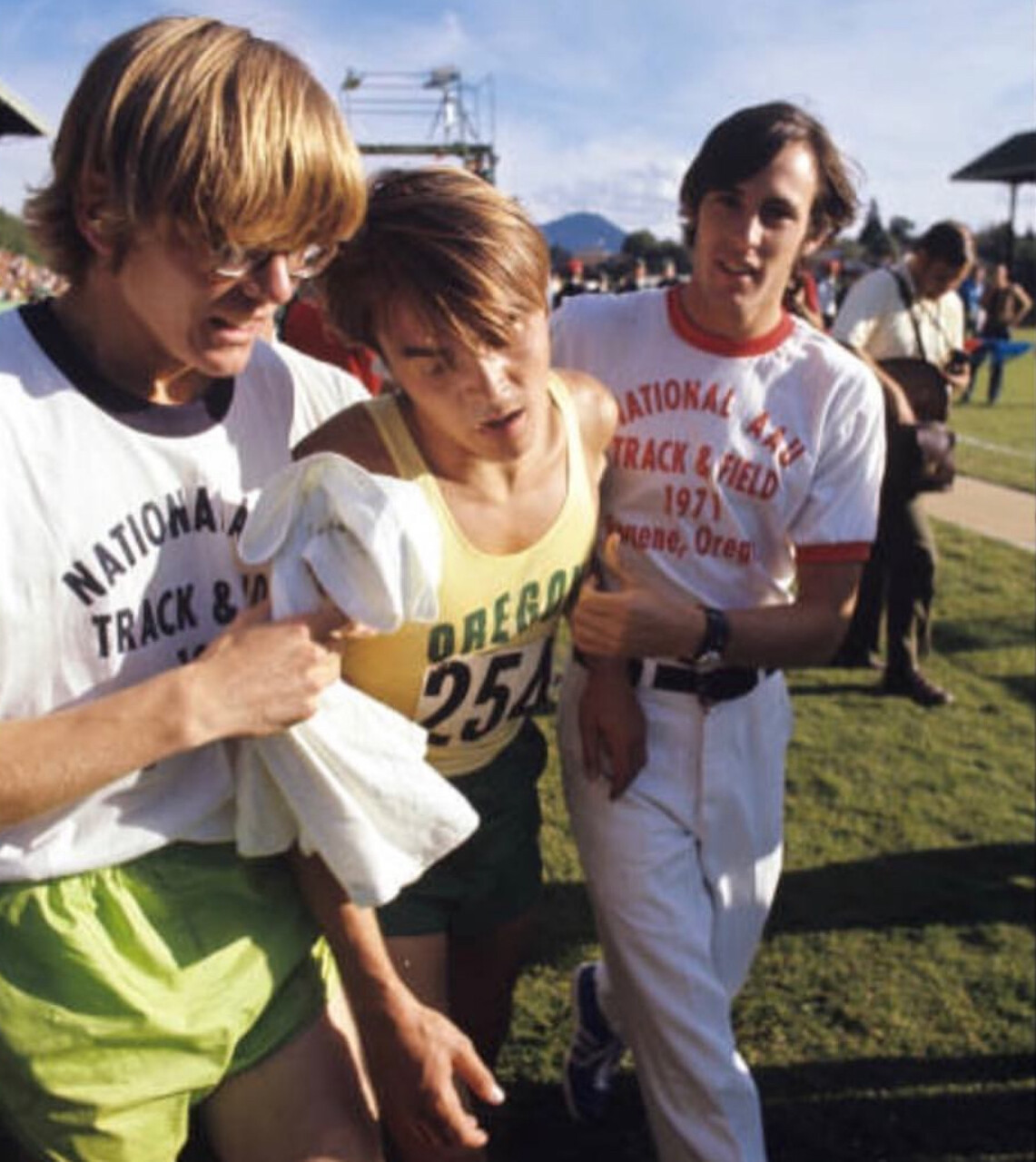
While many remember his records, charisma, and tragic death at age 24, there’s more to Pre’s story:
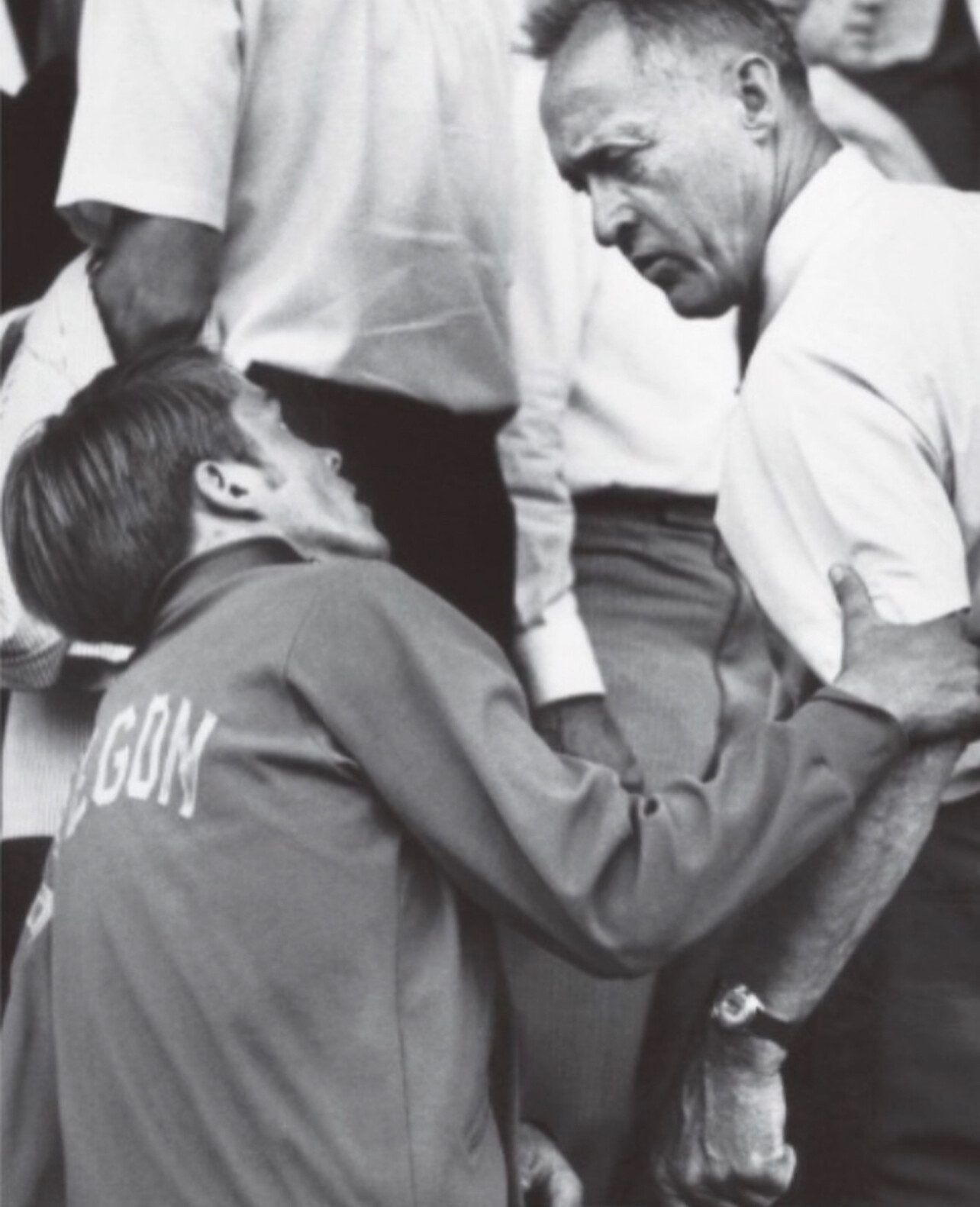
Lesser-Known Facts About Steve Prefontaine
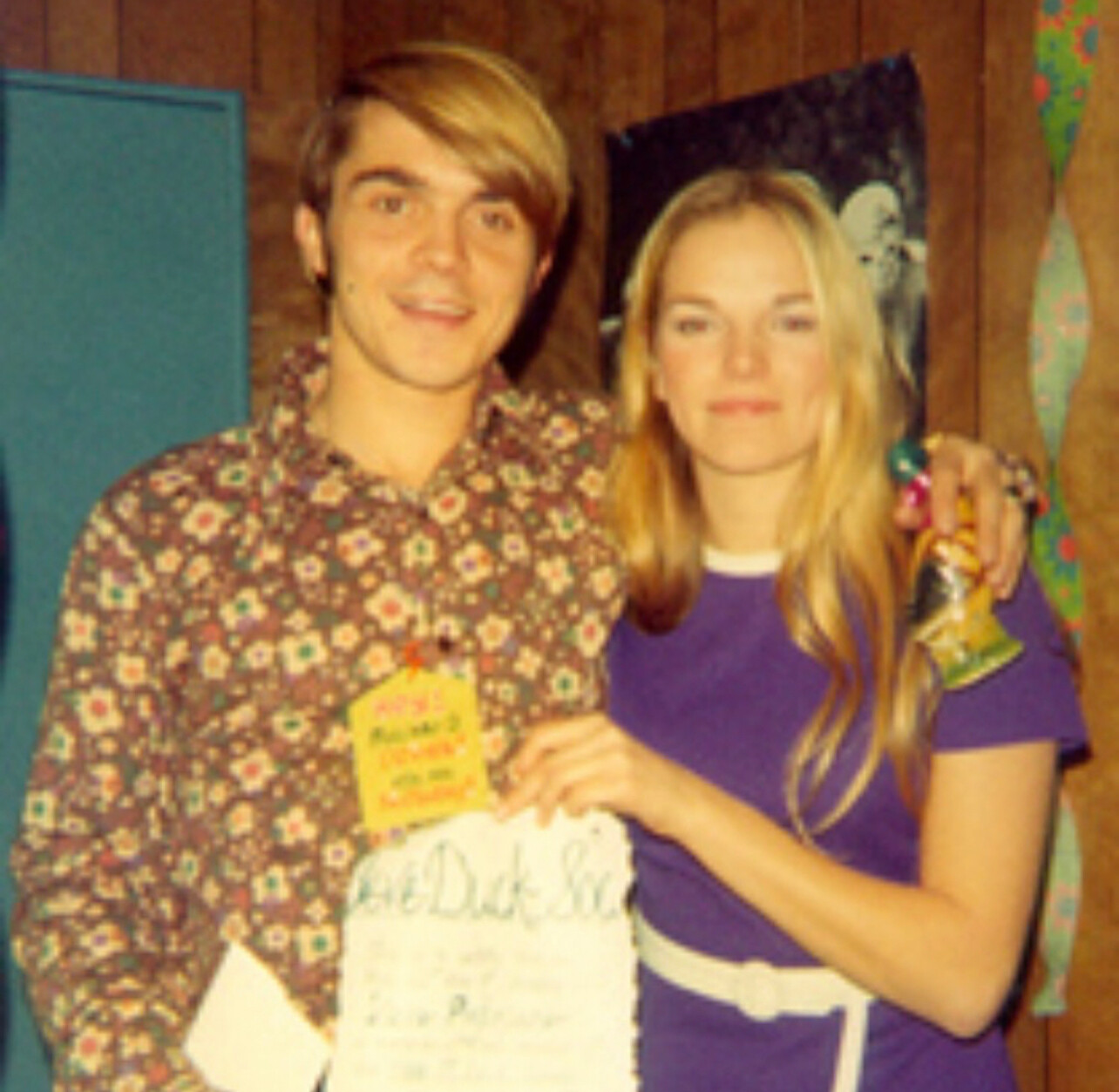
✅ His First Love Was Football
Before he discovered distance running, Prefontaine dreamed of playing football. His small stature (just over 5’9”) eventually led him to cross-country and track, where his natural talent shone.
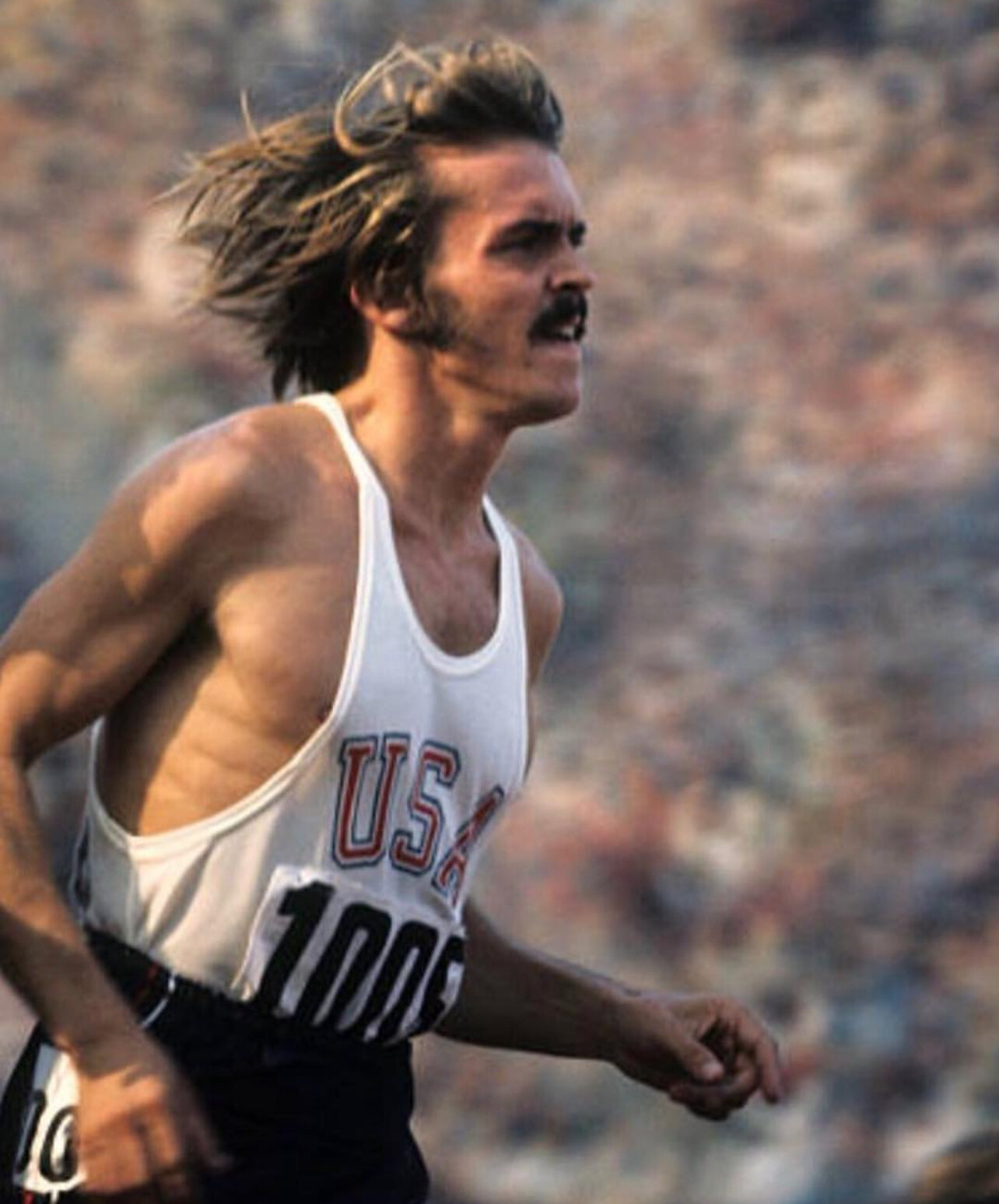
✅ He Was a Student of the Sport
Pre wasn’t just a competitor—he was a student of running. He meticulously logged his workouts and was known to study race tactics and course layouts in detail, even though he famously raced “without a watch.”
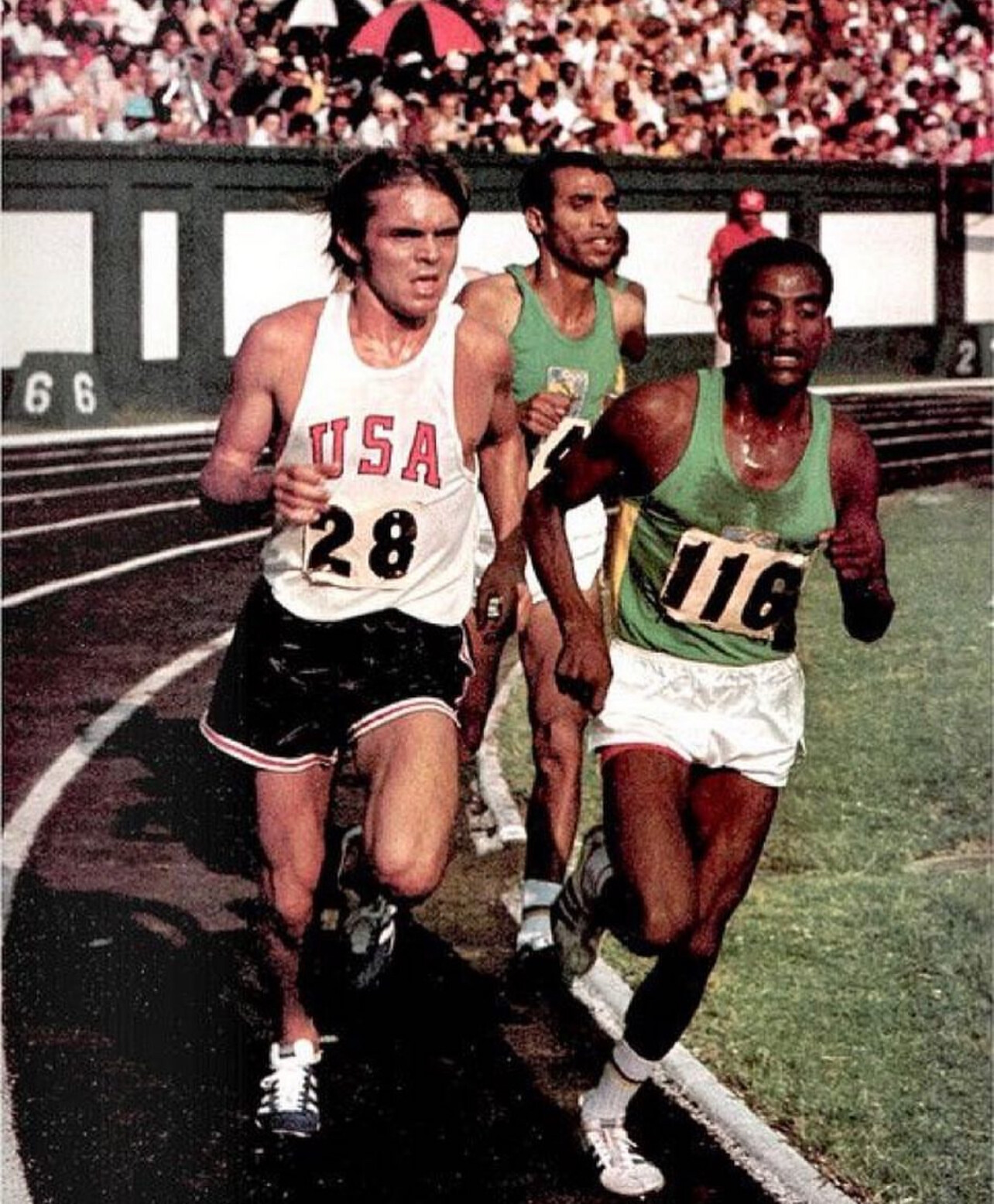
✅ He Worked Hard Off the Track
While at the University of Oregon, Prefontaine worked part-time at a bar called The Prince Pückler’s Ice Cream Parlor to make ends meet. He was known for being personable and engaging with customers.
✅ He Advocated for Amateur Athletes
Pre was a vocal critic of the AAU (Amateur Athletic Union) and its restrictive policies. He championed athlete rights, paving the way for future reforms in track and field compensation and professionalism.
✅ He Had an Eye for Art
Many don’t know that Prefontaine had a strong artistic side. He enjoyed sketching and was known to doodle during downtime, particularly in college.
✅ The 1972 Munich Olympics Fueled His Fire
After finishing fourth in the 5000 meters in Munich, just shy of the medals, Pre’s determination was stronger than ever. He was already planning his strategy for the 1976 Montreal Olympics—a dream tragically cut short.
✅ His Car Crash Had Controversial Theories
While officially ruled an accident (his MGB sports car flipped after hitting a rock wall), there have been whispers over the years of mechanical failure or other drivers being involved. Regardless, the crash at 24 years old left the running world stunned.
✅ He Was an Early Nike Ambassador
Phil Knight, co-founder of Nike, was an early supporter of Prefontaine. Pre wore early versions of Nike shoes and even helped test prototypes, playing a key role in building the brand’s credibility among elite athletes.
Legacy Beyond the Finish Line
Steve Prefontaine’s legacy isn’t just about times or places—it’s about spirit. His courage to lead from the front, his determination to fight for athletes’ rights, and his ability to inspire transcended the track. His story continues to resonate with runners and fans, even 59 years after his death.
As we reflect today, let’s honor Pre’s legacy not just by remembering his races, but by embracing his passion, fearlessness, and commitment to excellence.
(05/30/2025) ⚡AMPby Boris Baron
The Power of Hills: How Incline Training Builds Strength and Speed
If you’ve ever struggled through a hilly race or felt your legs burn on a steep climb, you know hills can be your toughest opponent—or your greatest ally. Kenyan runners, renowned for their dominance in distance running, have long embraced slope training, turning the natural landscapes of the Kenyan highlands into their personal training grounds.
Why Train on Hills?
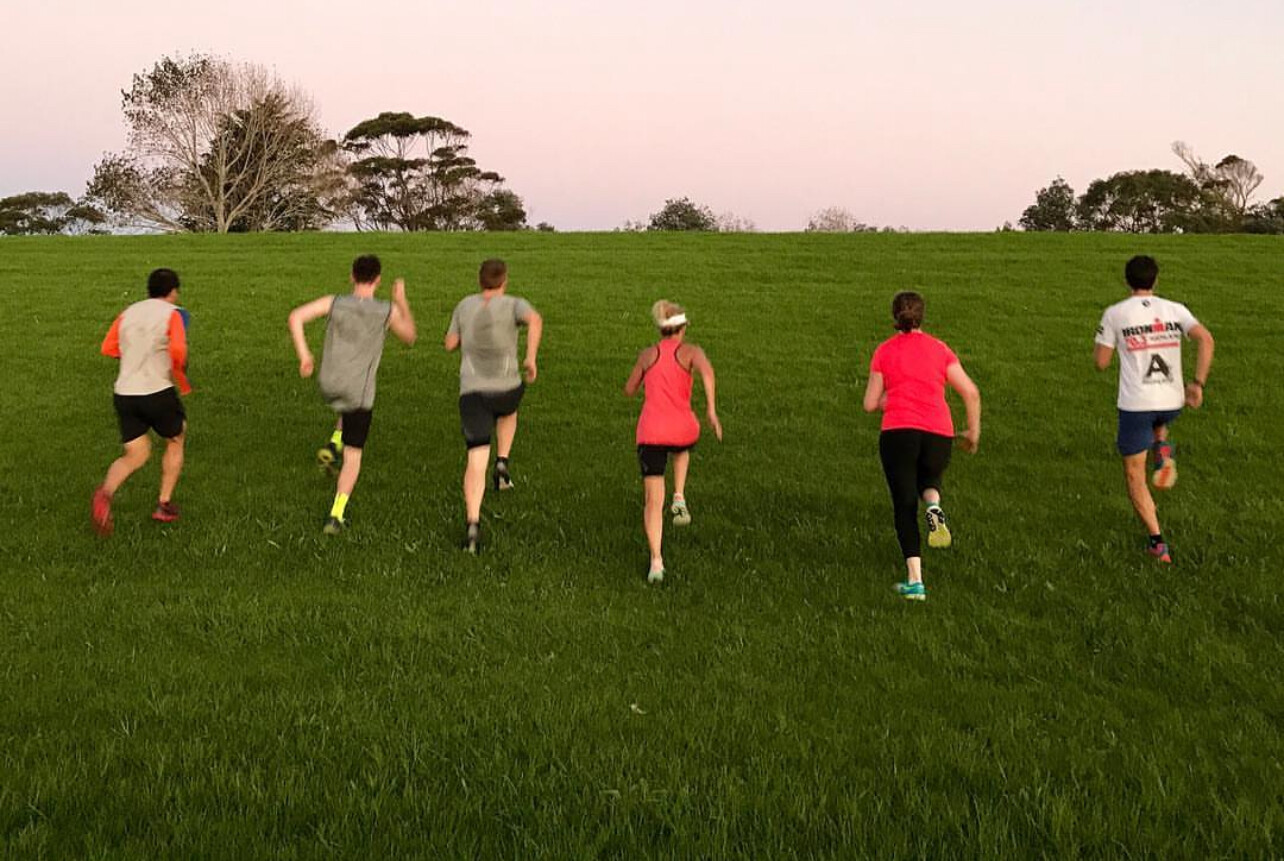
Hill running isn’t just a test of strength—it’s a proven method for improving:
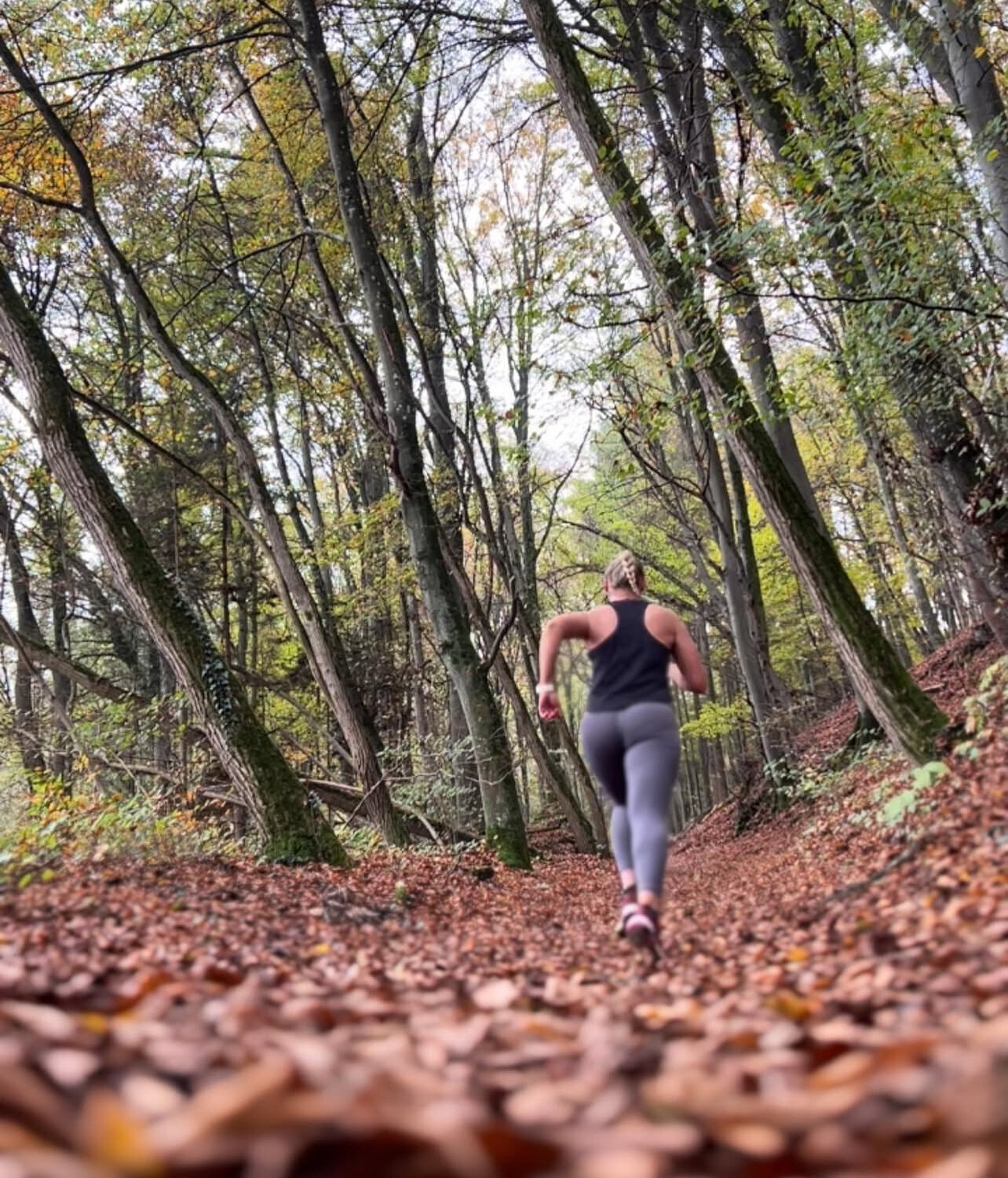
• Muscle Power: Climbing uphill engages more muscle fibers, particularly in the glutes, hamstrings, and calves, building strength and resilience.
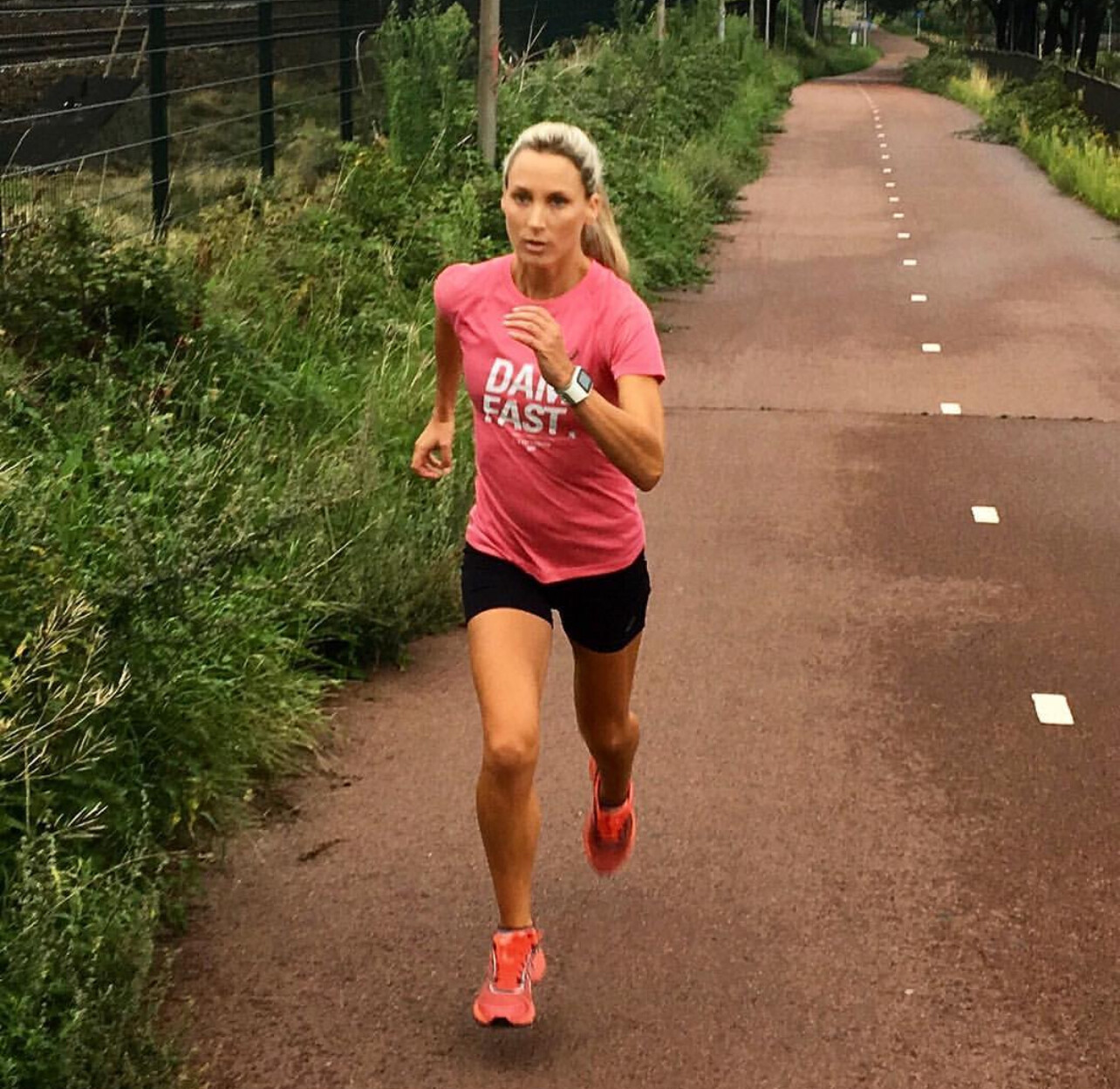
• Cardiovascular Fitness: The extra effort pushes your heart and lungs, improving aerobic capacity.

• Running Efficiency: Hills train your body to use energy more efficiently, crucial for conserving strength during long races.
• Mental Toughness: Conquering steep slopes conditions your mind to handle race-day challenges with confidence.
Slope Training in Kenya: The Secret Weapon
In Kenya, slope training isn’t an occasional workout—it’s a cornerstone of success. Many Kenyan camps, including those in Eldoret, Thika and Kapcherop, incorporate:
✅ Short, steep hill repeats for explosive power.
✅ Longer, moderate inclines for sustained strength and stamina.
✅ Natural slopes, like farm paths and ridges, which combine technical footing with challenging elevation gains.
At KATA Running Camp Kapcherop, for example, athletes train on slopes weekly. Led by Philemon Kipruto, these sessions mimic race surges and build mental resilience, a key factor in competitive racing.
Hill Workouts to Boost Your Running
Ready to take on the hills? Try these Kenyan-inspired sessions:
1️⃣ Short Hill Repeats (8–12 reps)
• Sprint hard for 30–60 seconds uphill.
• Jog or walk back to recover.
2️⃣ Long Incline Runs (3–5 reps)
• Maintain a strong, steady effort for 2–4 minutes uphill.
• Jog or walk back down.
3️⃣ Mixed Hill Fartlek (40 min total)
• Alternate between hard efforts uphill and easy runs on flat terrain, simulating race conditions with varied pacing.
Where to Train
While Kenya boasts an abundance of natural hills, you can replicate the experience anywhere:
• Urban parks with paved or dirt trails.
• Long inclines in city neighborhoods.
• Mountain trails and high-altitude paths.
• Treadmills with incline settings if no hills are nearby.
Make Hills Your Training Partner
Hill training isn’t just for elites—it’s a universal tool that builds strength, endurance, and mental grit. By incorporating slope work into your routine, you’ll not only run stronger on race day but also connect with the time-tested methods of Kenya’s greatest runners.
Next time you see a hill, don’t avoid it—embrace it. It might just be your key to a new personal best.
(05/29/2025) ⚡AMPby Boris Baron
Mental Tricks for Breaking Personal Bests
Breaking a personal best in distance running requires a combination of physical training, strategic planning, and mental toughness. While putting in the miles is essential, it's equally important to develop the mental skills to push yourself beyond your limits. Here are some mental tricks to help you shatter your personal bests and achieve new heights in your running journey.
Visualize Success
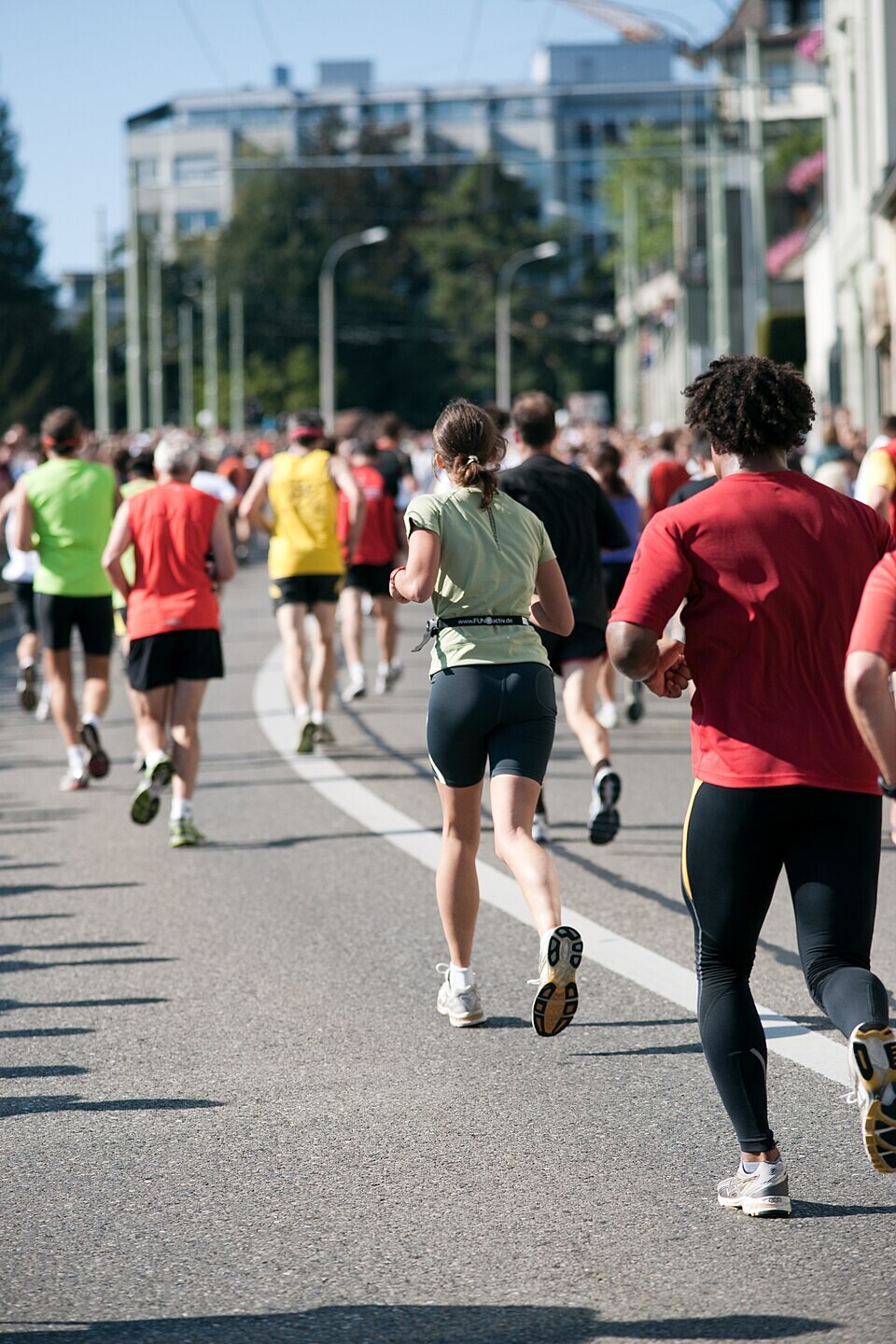
Visualization is a powerful tool used by many top athletes. By vividly imagining yourself crossing the finish line, feeling strong and confident, you can build mental resilience and focus. Take a few minutes each day to close your eyes and picture yourself performing well. Imagine the sights, sounds, and sensations of the run, and focus on your positive emotions. This mental rehearsal can help you stay motivated and build confidence in your abilities.
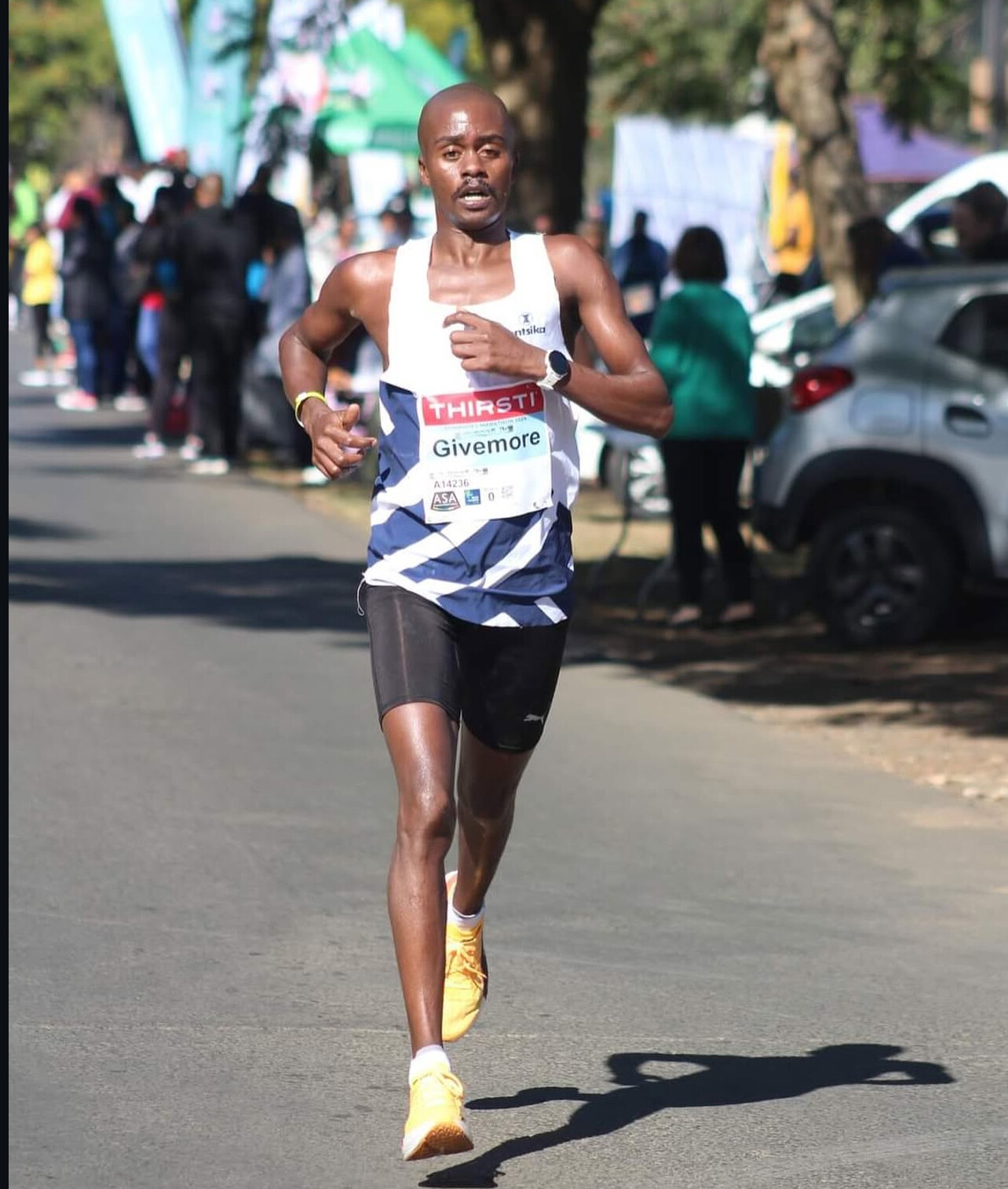
Harness the Power of Positive Self-Talk
The way you talk to yourself matters. Negative self-talk can be debilitating, while positive affirmations can boost your confidence and performance. Pay attention to your inner dialogue and challenge any negative thoughts. Replace them with positive, empowering affirmations that encourage you to push through challenges. Repeat phrases like "I've got this," "I'm strong," or "I can do this" to yourself during training and competition.
Set Smart Goals
Setting realistic and achievable goals is crucial for making progress and staying motivated. Break down your larger goals into smaller, manageable chunks, and focus on making steady progress. Make sure your goals are specific, measurable, and time-bound, and celebrate your successes along the way. By achieving smaller goals, you'll build confidence and momentum, setting yourself up for success when it matters most.
Overcome Obstacles and Stay Motivated
Injury, burnout, and self-doubt are common obstacles that can derail your training. When faced with setbacks, focus on finding solutions rather than getting bogged down by negative thoughts. Surround yourself with supportive people, find a running buddy, or seek guidance from a coach or experienced runner. Draw inspiration from others who have overcome similar challenges, and remind yourself why you started running in the first place.
By incorporating these mental tricks into your training routine, you'll be better equipped to push through challenges and achieve your goals. Remember, breaking a personal best is within your reach – it's time to believe in yourself and unleash your full potential.
(05/28/2025) ⚡AMP
by Sally Decker
The Science of Recovery Runs: Boost Performance with Strategic Downtime
Recovery runs are a crucial part of any serious runner's training plan, yet they're often misunderstood or overlooked. A well-executed recovery run can help your body repair and adapt to the demands of running, ultimately making you a stronger and more resilient athlete.
The Benefits of Recovery Runs
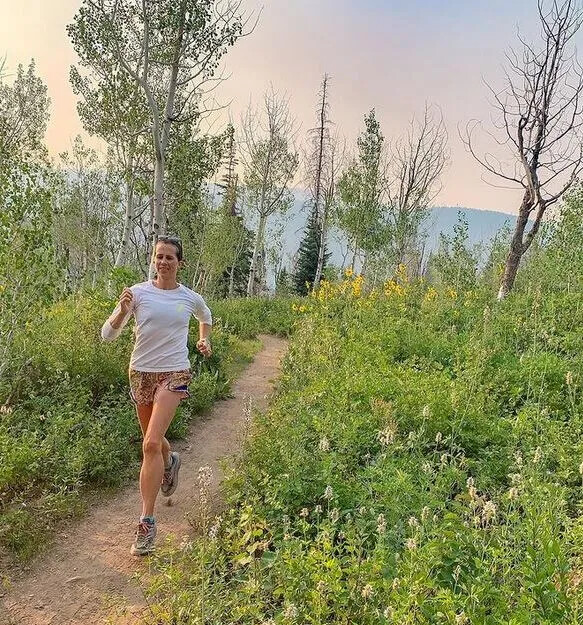
Recovery runs offer several benefits that can enhance your running performance:
Reduced muscle soreness: Gentle exercise promotes blood flow to fatigued muscles, reducing stiffness and soreness.
Enhanced lactate removal: Easy running helps clear lactate and other metabolic waste products from your muscles.
Improved circulation: Running promotes blood flow, aiding in the delivery of oxygen and nutrients to damaged tissues.
Mental rejuvenation: A short, easy run can clear your mind and reduce stress.
How to Execute a Recovery Run
To get the most out of your recovery runs, follow these guidelines:
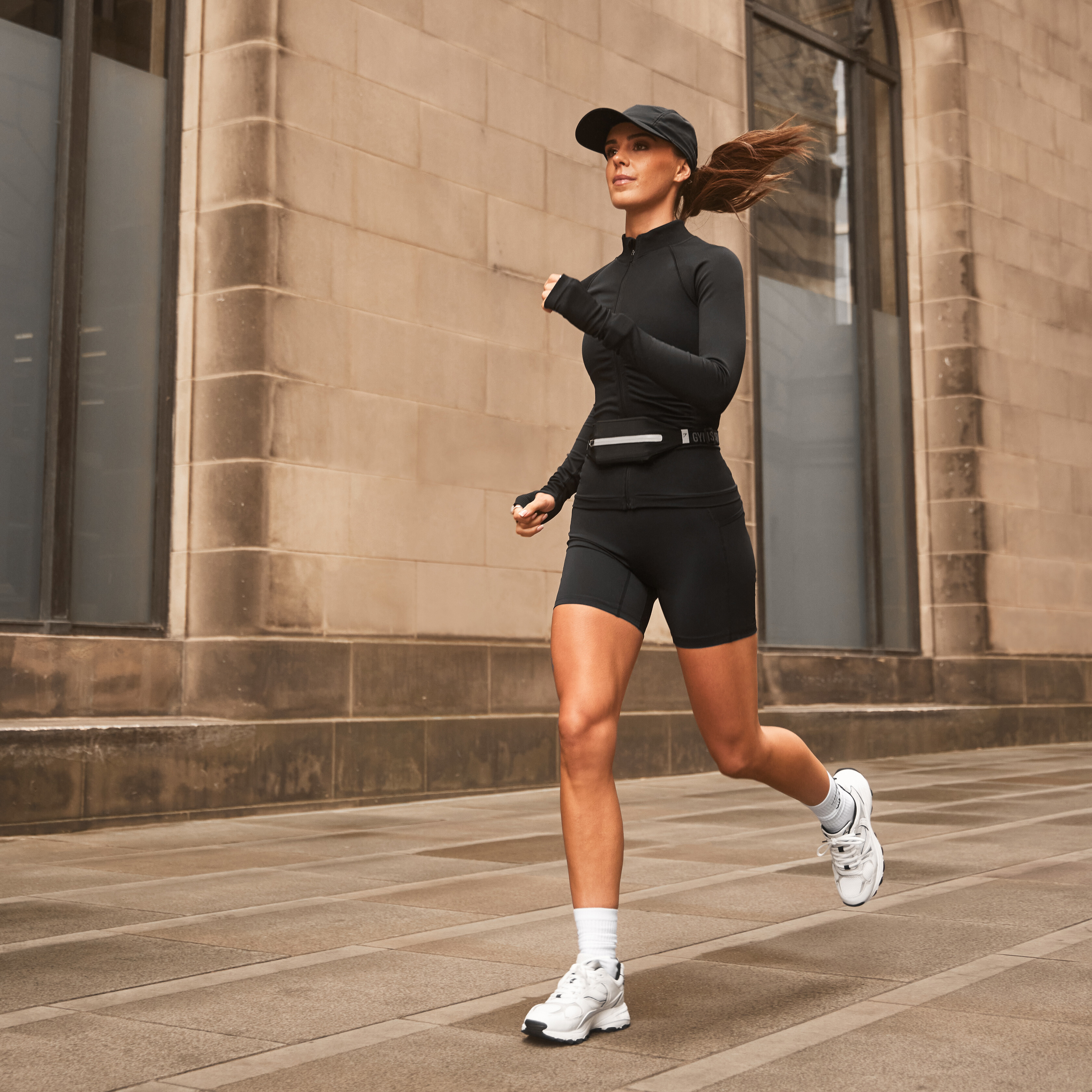
Keep it short: Aim for 20-30 minutes or 2-3 miles.
Keep it easy: Run at a conversational pace, about 30-60 seconds slower than your usual easy run pace.
Listen to your body: If you're feeling extremely fatigued or sore, consider an active recovery day (e.g., walking or yoga) instead.
Strategic Incorporation
Incorporate recovery runs into your training plan strategically:
After hard runs or races: Use a recovery run to help your body recover from intense efforts.
During periods of high mileage: Incorporate recovery runs to manage fatigue and prevent injury.
As a mental break: Use a recovery run to clear your mind and enjoy your surroundings.
Tips for Effective Recovery Runs
Mix up your route: Change your scenery to keep things interesting.
Incorporate gentle striding: Add short, gentle strides to loosen up your legs.
Run with a buddy: Invite a friend or join a running group to make the experience more enjoyable.
By incorporating recovery runs into your training plan, you can improve your overall performance, reduce your risk of injury, and enjoy the many physical and mental benefits of running.
(05/28/2025) ⚡AMPby Sally Decker
Elite Runner Spotlight: Lessons from Eliud Kipchoge's Training Regimen
Eliud Kipchoge is one of the most dominant distance runners of our time. With multiple Olympic gold medals and world records under his belt, Kipchoge's training regimen is of great interest to runners around the world. Let's take a closer look at his approach to training and what we can learn from it.
Kipchoge's Training Philosophy
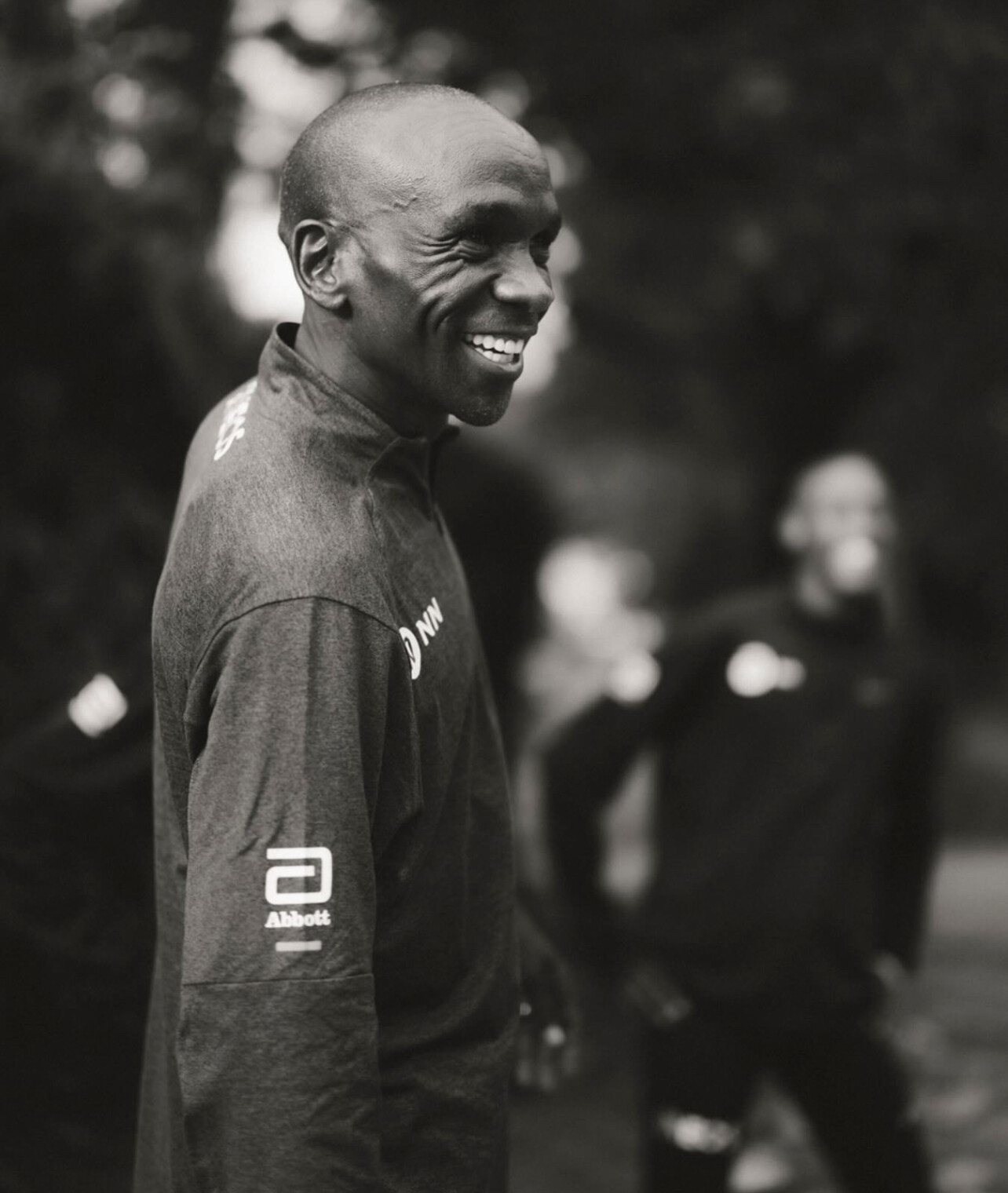
Kipchoge's training philosophy is centered around consistency, patience, and progressive overload. He believes in building a strong foundation of endurance through consistent training, and then gradually increasing the intensity and volume of his workouts.
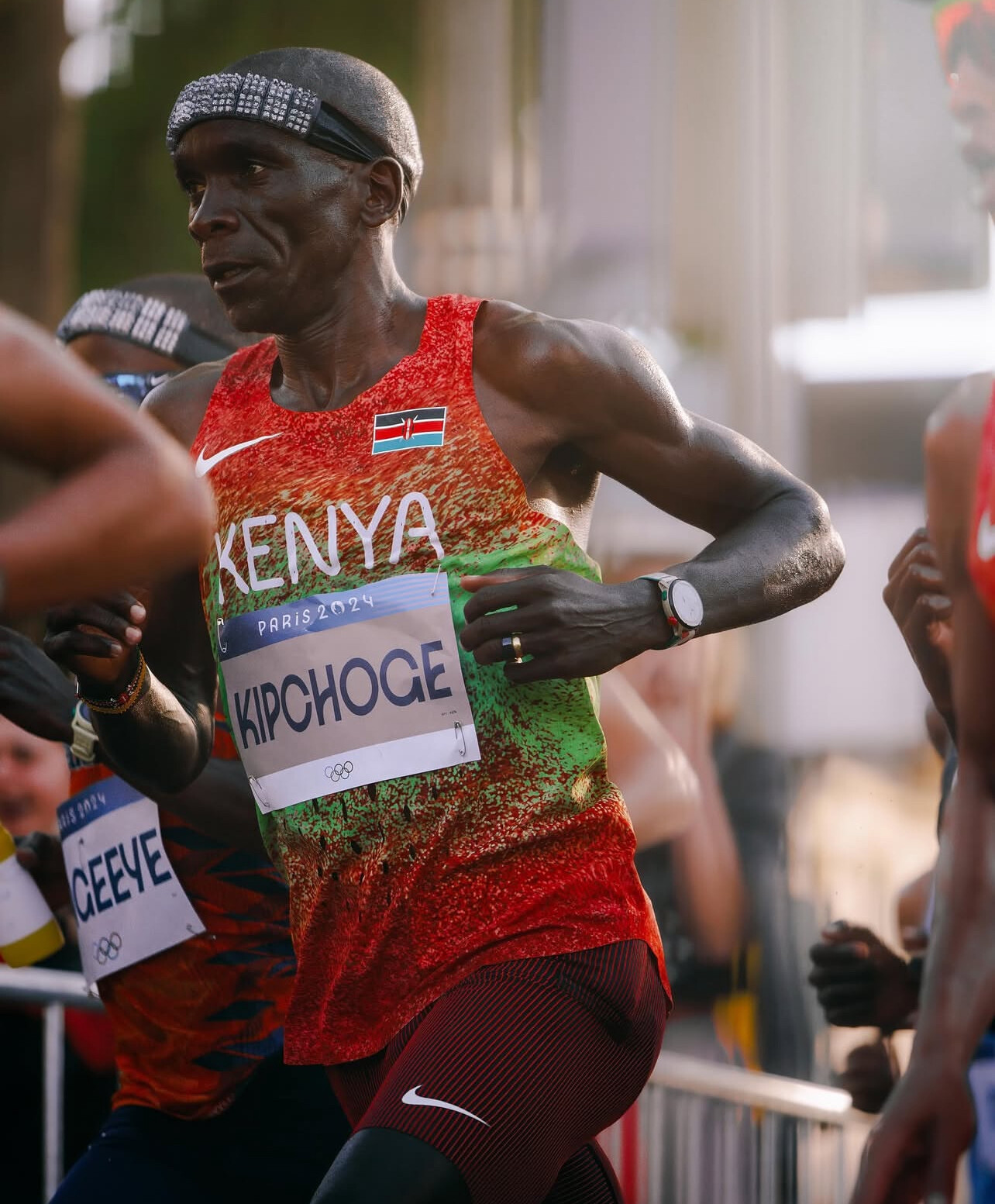
Key Components of Kipchoge's Training

1. *High-Volume Training*: Kipchoge is known for his high-volume training, often running 93-124 miles per week. This high volume helps him build a strong endurance base, which is essential for success in distance running.
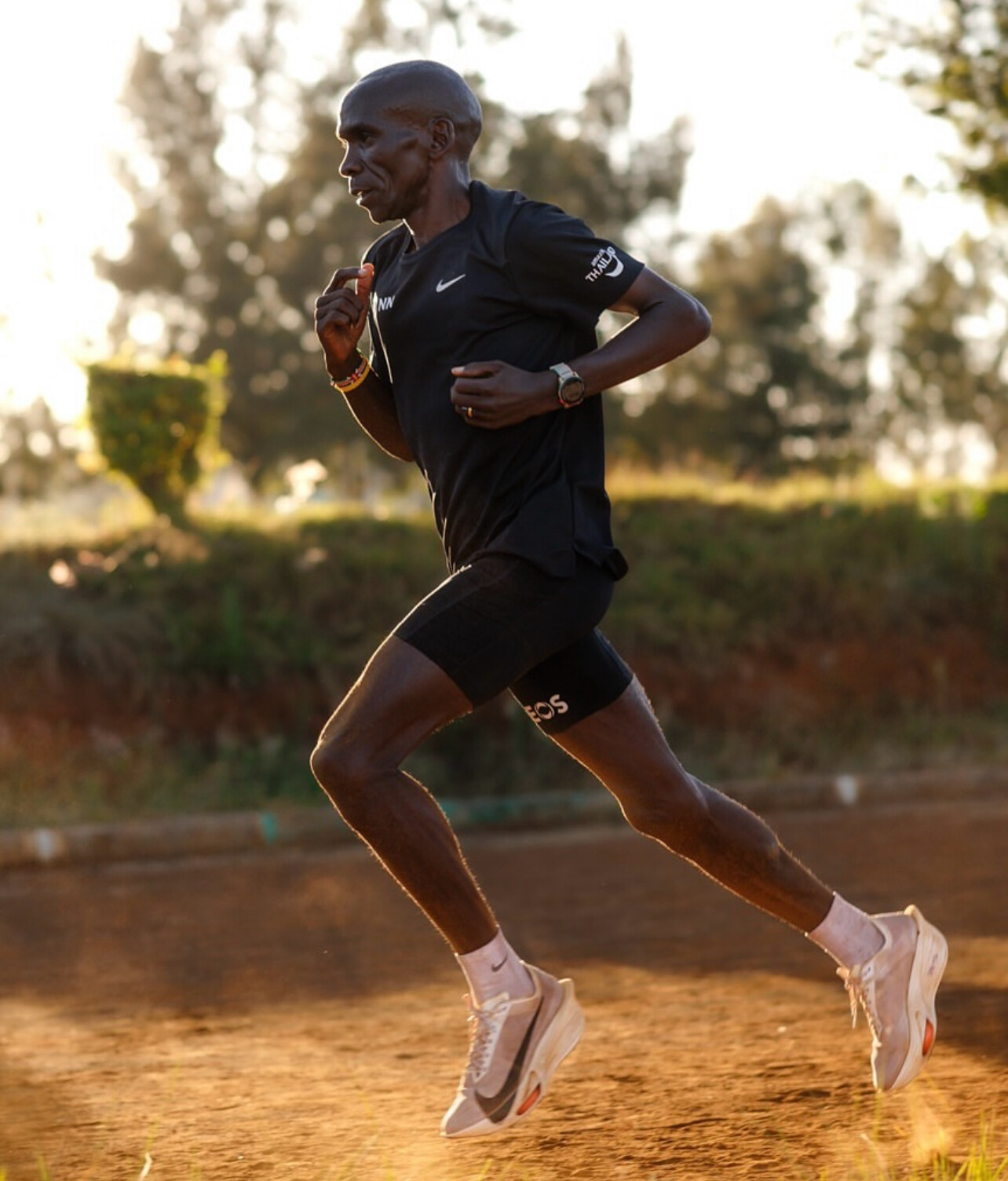
2. *Interval Training*: Kipchoge incorporates interval training into his regimen, which involves alternating between periods of high-intensity running and active recovery. This type of training helps improve his running efficiency, endurance, and speed.
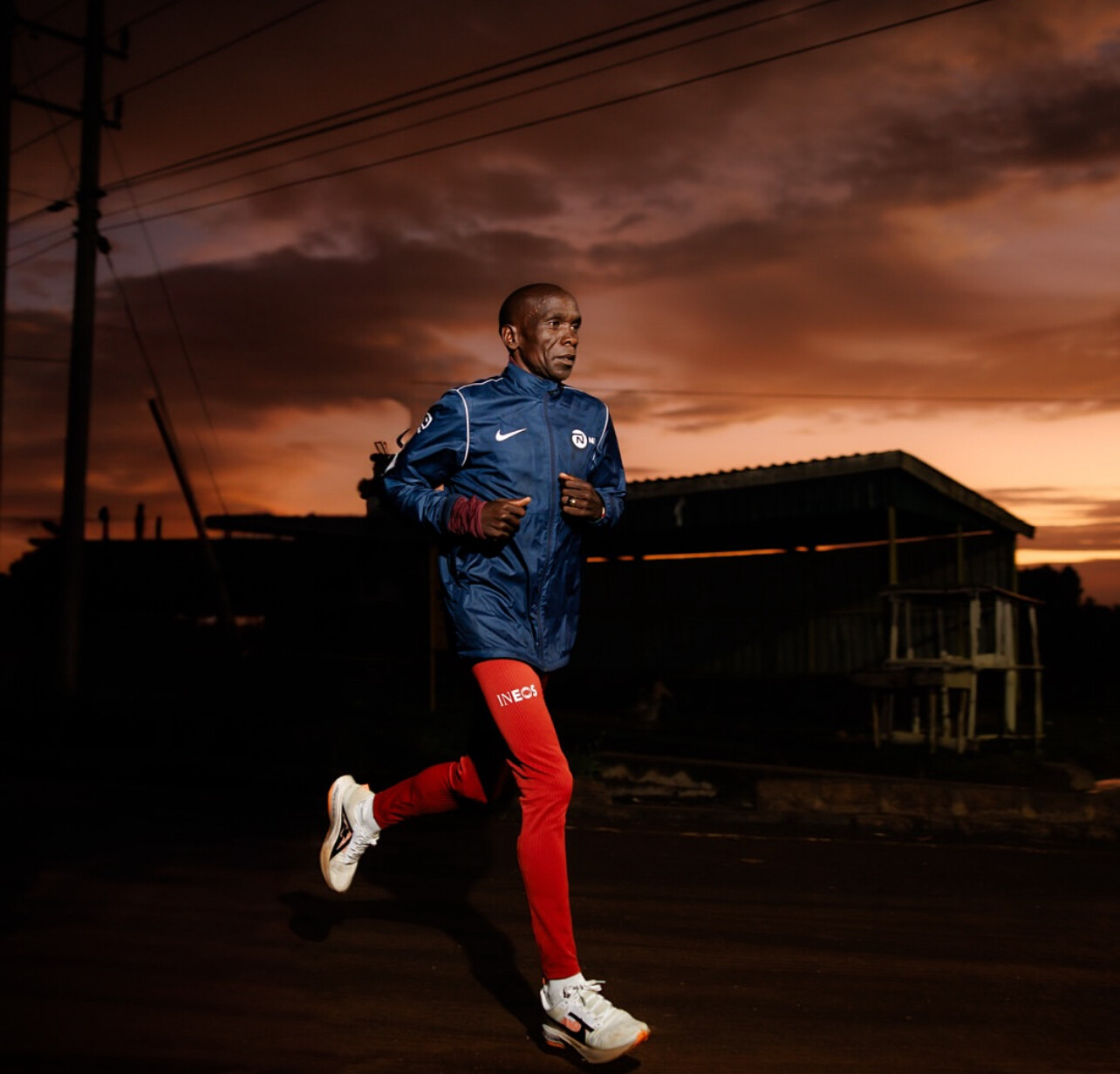
3. *Hill Sprints*: Kipchoge often includes hill sprints in his training, which helps improve his explosive power and running efficiency.
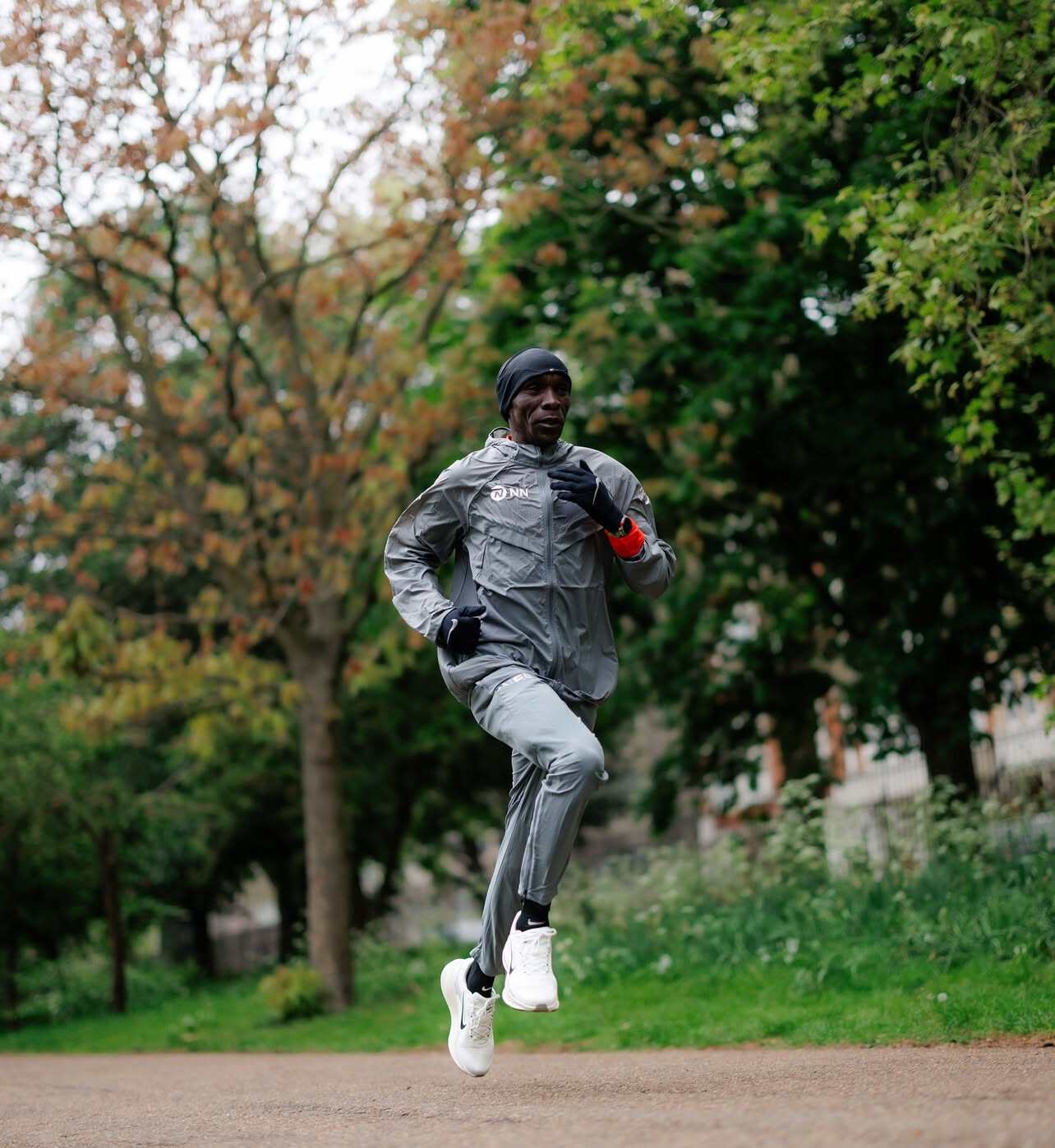
4. *Long Runs*: Kipchoge's training includes long runs, often at a moderate pace, to help build his endurance and mental toughness. These runs can range from 10-22 miles.
5. *Recovery*: Kipchoge prioritizes recovery, ensuring he gets enough rest and nutrition to support his intense training.
Lessons for Amateur Runners
While most of us can't replicate Kipchoge's intense training regimen, there are valuable lessons we can learn from his approach:
1. *Consistency is Key*: Consistency is crucial in building endurance and improving performance. Aim to establish a regular training routine and stick to it.
2. *Progressive Overload*: Gradually increase the intensity and volume of your workouts to continue making progress and avoiding plateaus.
3. *Incorporate Variety*: Incorporate different types of workouts, such as interval training and hill sprints, to add variety to your training and improve performance.
4. *Prioritize Recovery*: Adequate recovery is essential for allowing your body to adapt to the demands of training. Make sure to prioritize rest, nutrition, and recovery techniques.
Takeaways for Your Own Training
By studying Kipchoge's training regimen, we can learn valuable lessons about the importance of consistency, progressive overload, and recovery. While we may not be able to replicate his intense training, we can apply these principles to our own training and see improvements in our performance.
Ready to apply these lessons to your own training? Share your favorite training tips or experiences with us on social media using #MyBestRuns!
(05/27/2025) ⚡AMPby Sally Decker
Staying on Track: Expert Advice on Injury Prevention for Long-Distance Runners
As a long-distance runner, you've likely experienced the frustration of an injury that sidelines you from training and competition. Injuries can be a significant setback, but with the right strategies, you can reduce your risk and stay on track. In this article, we'll explore expert advice and tips on injury prevention, covering topics such as strength training, proper running form, recovery, and injury management.
Understanding Common Injuries
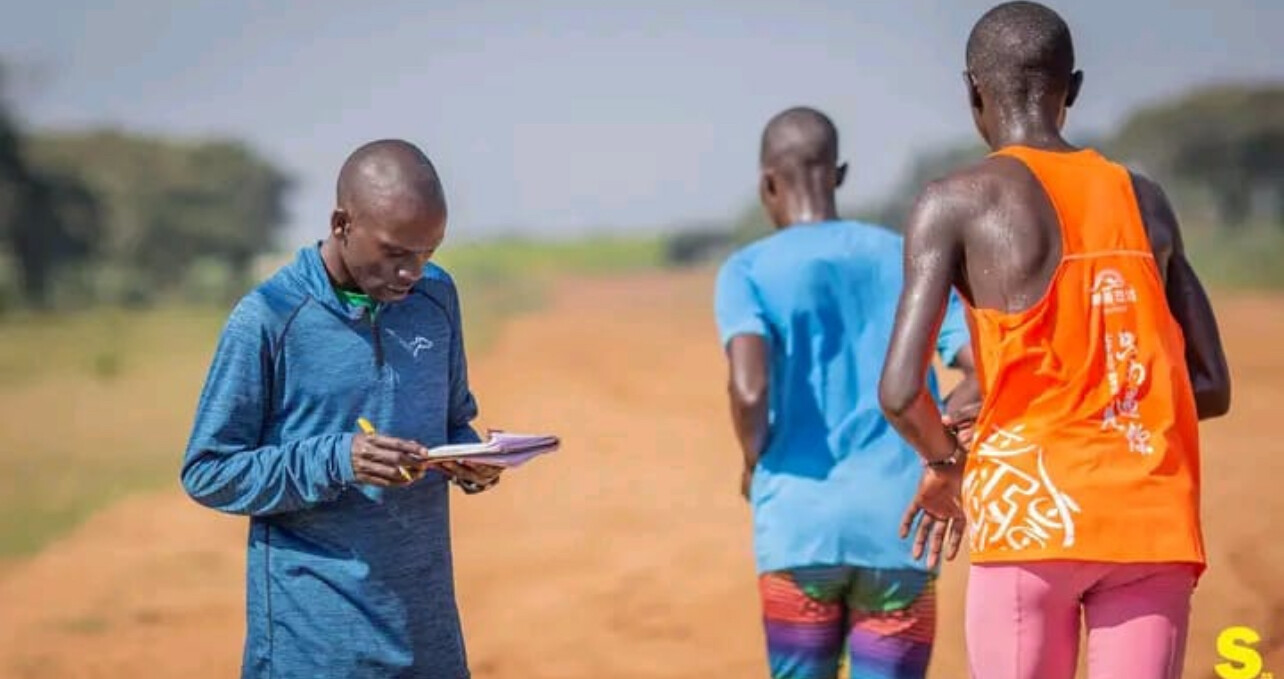
Long-distance runners are prone to a range of injuries, including shin splints, plantar fasciitis, and runner's knee. These injuries often result from overtraining, poor biomechanics, and inadequate recovery. By understanding the causes of these injuries, you can take steps to prevent them.
Strengthening Your Foundation
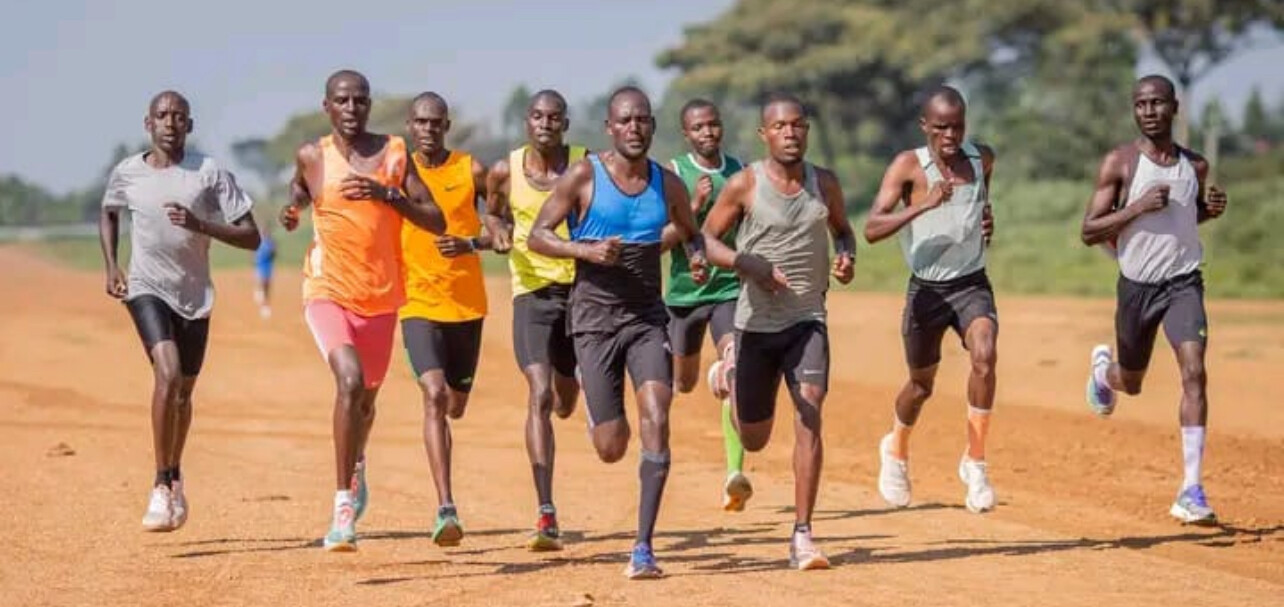
Strength training is a crucial component of injury prevention for long-distance runners. By strengthening your muscles, you can improve your running efficiency, reduce your risk of injury, and enhance your overall performance. Some key exercises to include in your strength training routine are:
- Glute bridges and squats to improve hip and knee stability
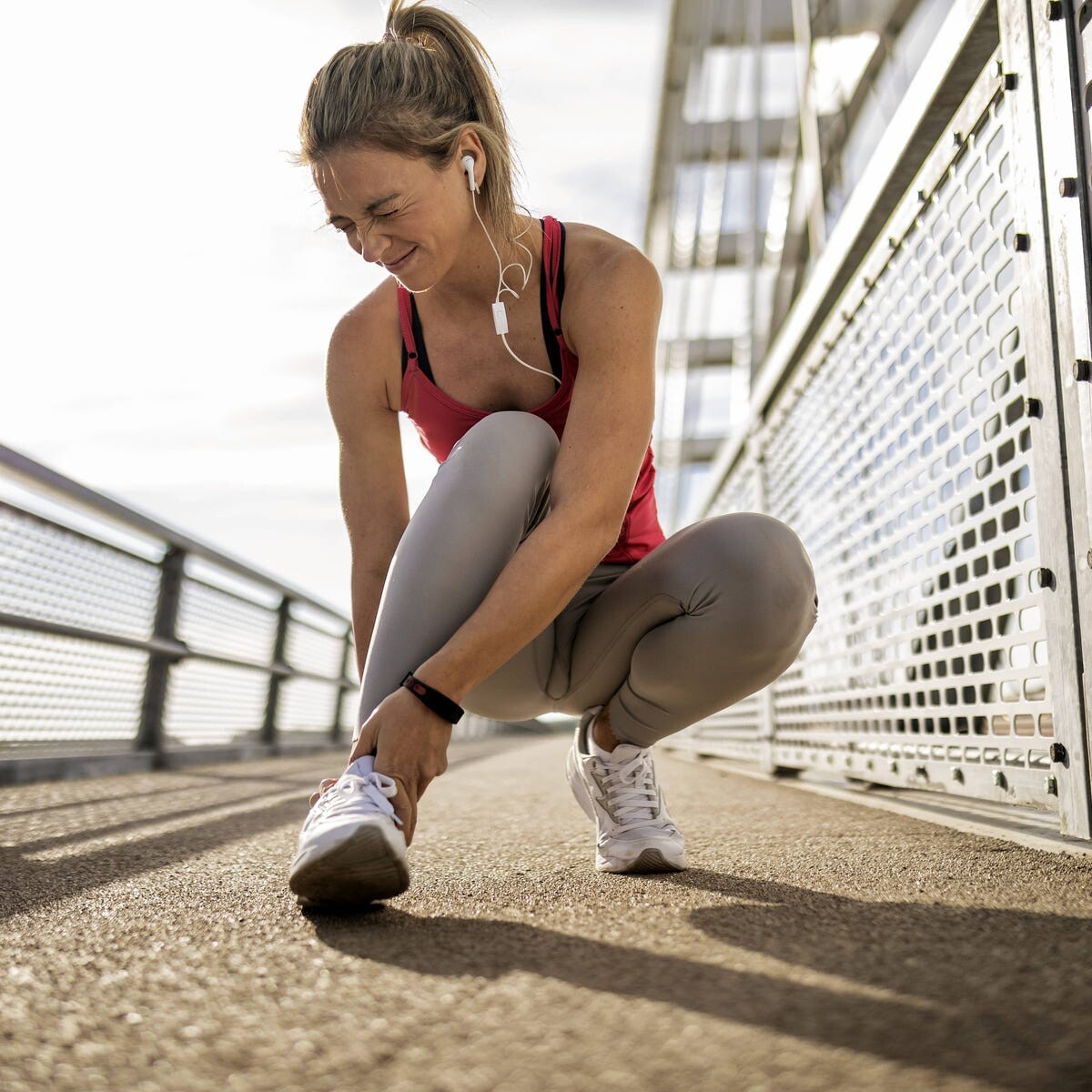
- Calf raises and ankle exercises to strengthen your feet and ankles
- Core exercises to enhance stability and balance
The Right Shoes for Injury Prevention
Running shoes play a critical role in injury prevention. Worn-out shoes can lead to a range of problems, including increased impact on joints, poor foot mechanics, and increased risk of overuse injuries. According to Bob Anderson, a lifetime runner with over 60 years of experience, "Don't risk your running longevity by training in worn-out shoes. Rotating shoes is key - I have multiple pairs that I rotate through, which helps extend the life of each shoe and reduces my risk of injury." By having multiple pairs of shoes and rotating them regularly, you can reduce your risk of injury and ensure that your shoes are always providing the support and cushioning you need.
When choosing running shoes, consider the following factors:
- Support and stability: Look for shoes that provide adequate support and stability for your foot type and running style.
- Cushioning: Choose shoes with sufficient cushioning to absorb the impact of running.
- Fit: Ensure a comfortable fit that doesn't constrict your toes or heel.
Proper Running Form
Good running form can help reduce your risk of injury and improve your performance. Here are some tips to improve your running form:
- Maintain good posture and alignment
- Focus on a midfoot or forefoot strike, rather than heel striking
- Keep your stride length and cadence efficient
- Use your arms to help drive your running motion
Recovery and Injury Management
Recovery is a critical component of injury prevention. By allowing your body time to recover between hard runs, you can reduce your risk of injury and improve your performance. Some key recovery strategies include:
- Stretching and foam rolling to reduce muscle tension
- Rest and recovery days to allow your body to repair and rebuild
- Nutrition and hydration strategies to support your training
Some final thoughts
By incorporating these strategies into your training routine, you can reduce your risk of injury and stay on track to achieving your running goals. Whether you're training for a marathon or simply looking to stay healthy and active, injury prevention is key to success. With the right approach, you can enjoy a long and healthy running career.
(05/27/2025) ⚡AMPby Sally Decker
Potatoes: The Ideal Pre-Marathon Fuel?
For years, pasta has been the go-to pre-race meal for runners, but potatoes might just be the better choice—and here’s why:
1. Potatoes are a Complex Carbohydrate Powerhouse
A medium baked potato (~150g) offers approximately 37g of carbohydrates, primarily in the form of starch. This starch breaks down into glucose, the preferred fuel source for your muscles during endurance events. Unlike processed pasta, potatoes retain essential nutrients like potassium, iron, and magnesium, making them a natural choice.
2. Rich in Potassium and Electrolytes

Potassium plays a critical role in nerve function and muscle contraction. One medium potato delivers over 900mg of potassium—that’s nearly double the amount found in a banana (~450mg). This helps prevent cramping and supports muscle endurance during long races.
3. Lower Glycemic Load than Pasta
While pasta can cause a rapid spike in blood sugar, potatoes (especially when eaten with skins and balanced toppings like butter or cheese) have a lower glycemic load, resulting in a more sustained energy release.
4. Gentler on the Stomach
Many runners report that pasta causes bloating or discomfort due to gluten and higher fiber content. Potatoes—whether baked or mashed with simple toppings—are gentler on digestion, making them an excellent option for pre-race fueling.
5. Anecdotal Success (and Personal Endorsement)
Your own experience adds weight to the argument: a fully loaded baked potato (with butter, cream cheese, and chives) combines carbs, fats, and a touch of protein. This combination slows digestion and provides a steady energy release throughout a marathon.
Could Potatoes Replace Pasta for Pre-Race Carb-Loading?
Absolutely. Many elite runners in East Africa and beyond already favor starchy root vegetables like potatoes, sweet potatoes, and ugali over refined pasta. Potatoes offer a natural, nutrient-dense fuel source that supports endurance, performance, and recovery.
As more athletes turn to wholesome, performance-driven nutrition, it might be time to make potatoes your pre-marathon staple—and leave pasta on the sidelines.
(05/26/2025) ⚡AMPby Boris Baron
Why Sub-Elite Runners Are the Heartbeat of Major Races
While the spotlight at major marathons often shines brightest on the professional athletes chasing records and podiums, it’s the sub-elite runners—the dedicated amateurs bridging the gap between the front of the pack and the masses—who form the heartbeat of the sport.
Sub-elite runners are those capable of running remarkably fast, often finishing marathons in the 2:20s to low 3-hour range, but they don’t make a living from the sport. They juggle full-time jobs, family commitments, and daily life while chasing personal bests and qualifying standards for events like the Boston Marathon or the U.S. Olympic Trials.
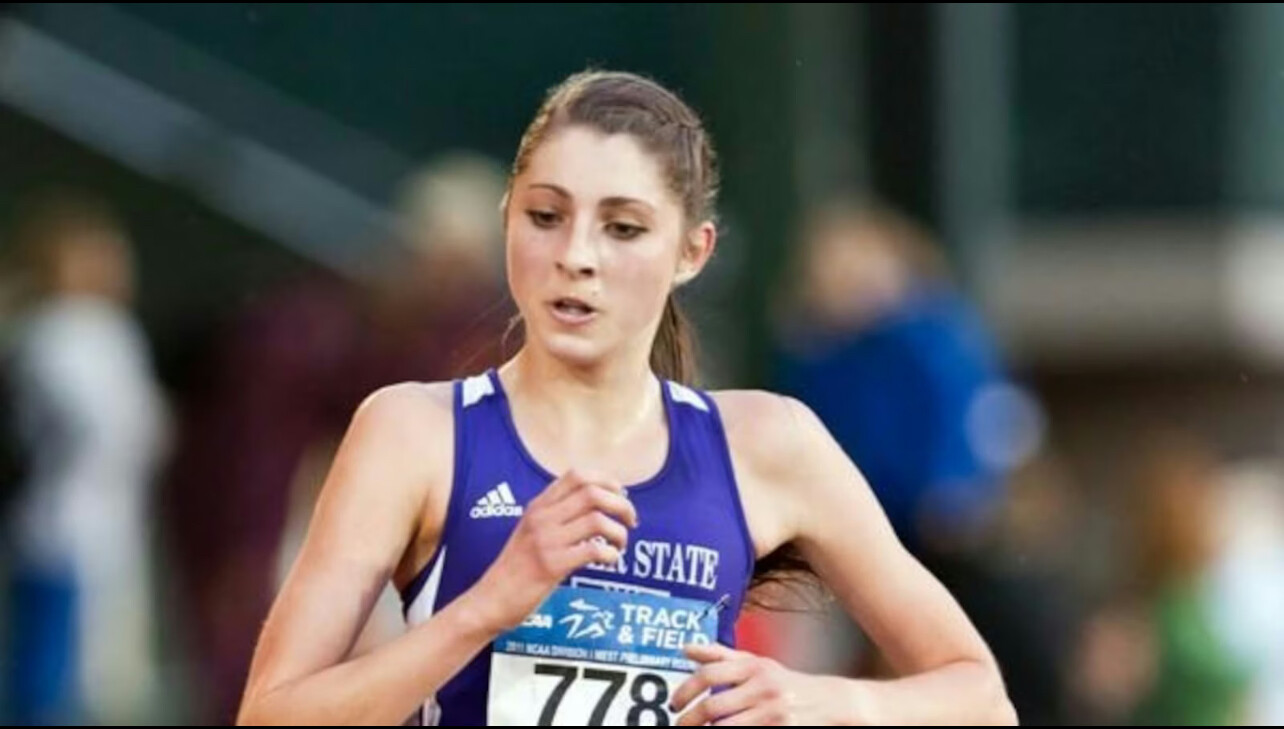
Their determination brings a unique energy to races. These runners inspire others on the course, often acting as unofficial pacers for those aiming to break through key barriers, like the coveted sub-3-hour marathon or a Boston qualifier. Their visible grit and resilience embody the spirit of racing, proving that running isn’t reserved for elite professionals—it’s a pursuit for anyone willing to put in the work.
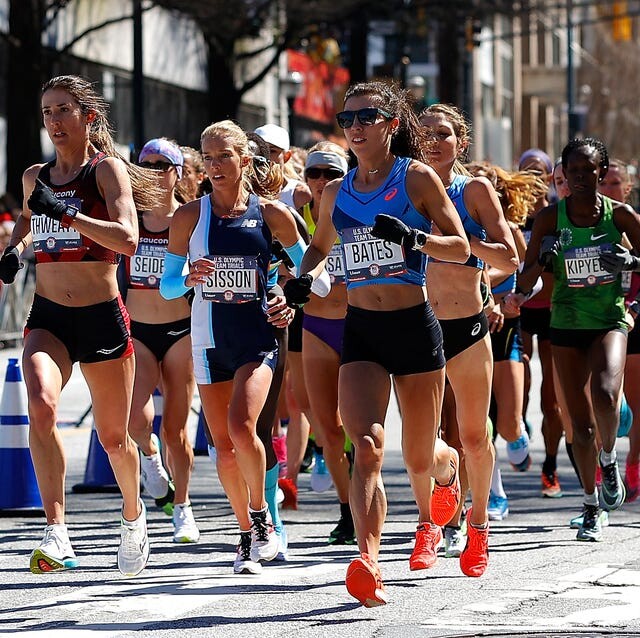
Beyond the Finish Line
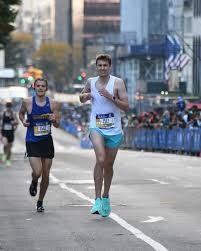
Beyond race day, sub-elites are often the backbone of local running communities. They coach local clubs, organize training groups, and mentor newcomers to the sport. Their presence bridges the gap between elite competition and mass participation, giving races a rich, layered dynamic that extends beyond who wins.
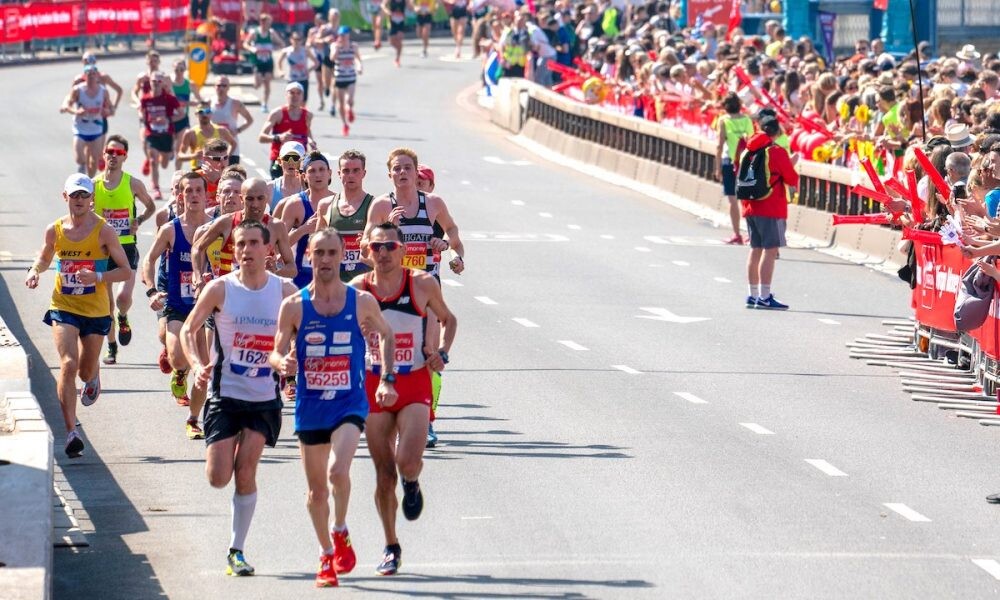
Many major races, like Boston, London, and Berlin, thrive because of this middle tier of talent. Their presence in the front corrals adds depth to the competition, pushing the elites to deliver their best while setting a pace for countless others. Without the sub-elites, these races would lose a vital layer of strategy, camaraderie, and spectacle.
Real Stories of Sub-Elite Grit
Take for example Sarah Sellers, who shocked the running world with her second-place finish behind Des Linden at the 2018 Boston Marathon. A virtual unknown in the sport at the time, she completed the course in 2:44:04—an impressive feat considering it was only her second attempt at the 26.2-mile distance. Sellers, a full-time nurse anesthetist, only signed up for Boston because her younger brother Ryan was running.
What made her performance even more remarkable was the terrible weather conditions that year. The race was plagued by freezing rain, strong headwinds, and temperatures in the low 30s Fahrenheit. Many elite runners struggled with the harsh conditions and dropped out, but Sellers persevered, drawing on her mental toughness and resilience. Her ability to adapt and push through led to a stunning result, proving that grit and determination can triumph over talent and experience on any given day.
Her breakthrough not only earned her a spot on the podium but also opened doors to sponsorships and elevated her profile within the sport. Sellers transitioned from an unknown amateur to a recognized name in running, showing how a standout performance can transform a sub-elite into a sponsored athlete.
Since then, she has continued to excel. Sellers achieved a personal best of 2:25:43 at the 2022 Grandma’s Marathon, qualifying for the 2024 U.S. Olympic Trials. Despite giving birth to her second child just nine months prior, she impressively finished 14th at the Trials in 2:30:17. Balancing motherhood, a demanding career, and elite-level training, Sellers exemplifies the resilience and dedication of sub-elite runners.
Another inspiring figure is Peter Bromka, a sub-elite runner known for his candid writings about the emotional journey of chasing ambitious goals. With a marathon personal best of 2:19:05, Bromka has been a prominent voice in the running community, sharing insights into the challenges and triumphs of striving for excellence while balancing life’s responsibilities.
In recent years, Bromka has expanded his influence by coaching aspiring runners and collaborating with brands like Cure Hydration. His storytelling continues to resonate, offering a window into the sub-elite experience and inspiring others to pursue their running aspirations with passion and authenticity.
A Personal Perspective
As a lifelong runner and race organizer, I’ve seen firsthand how sub-elites elevate the entire race experience. Their commitment sets the tone at the front of the pack and inspires the middle and back-of-the-pack runners to push harder. They remind us that running is about more than just winning—it’s about challenging yourself and those around you.
Looking Ahead
As major marathons continue to evolve, recognizing and celebrating sub-elite runners ensures the sport remains vibrant and inclusive. They are the bridge between the elites and the everyday runners, the pulse that keeps the sport alive and growing.
(05/26/2025) ⚡AMPby Boris Baron
The Value of Speed Work for All Runners
Speed work isn’t just for elite athletes or sprinters chasing records. It’s a transformative training element that benefits runners across all levels and distances. Whether you’re aiming for a personal best or seeking to enhance your overall fitness, incorporating speed workouts can elevate your running experience.
Why Incorporate Speed Work?
• Enhanced Running Economy: Engaging in speed workouts trains your body to utilize oxygen more efficiently, allowing you to maintain faster paces with less effort.
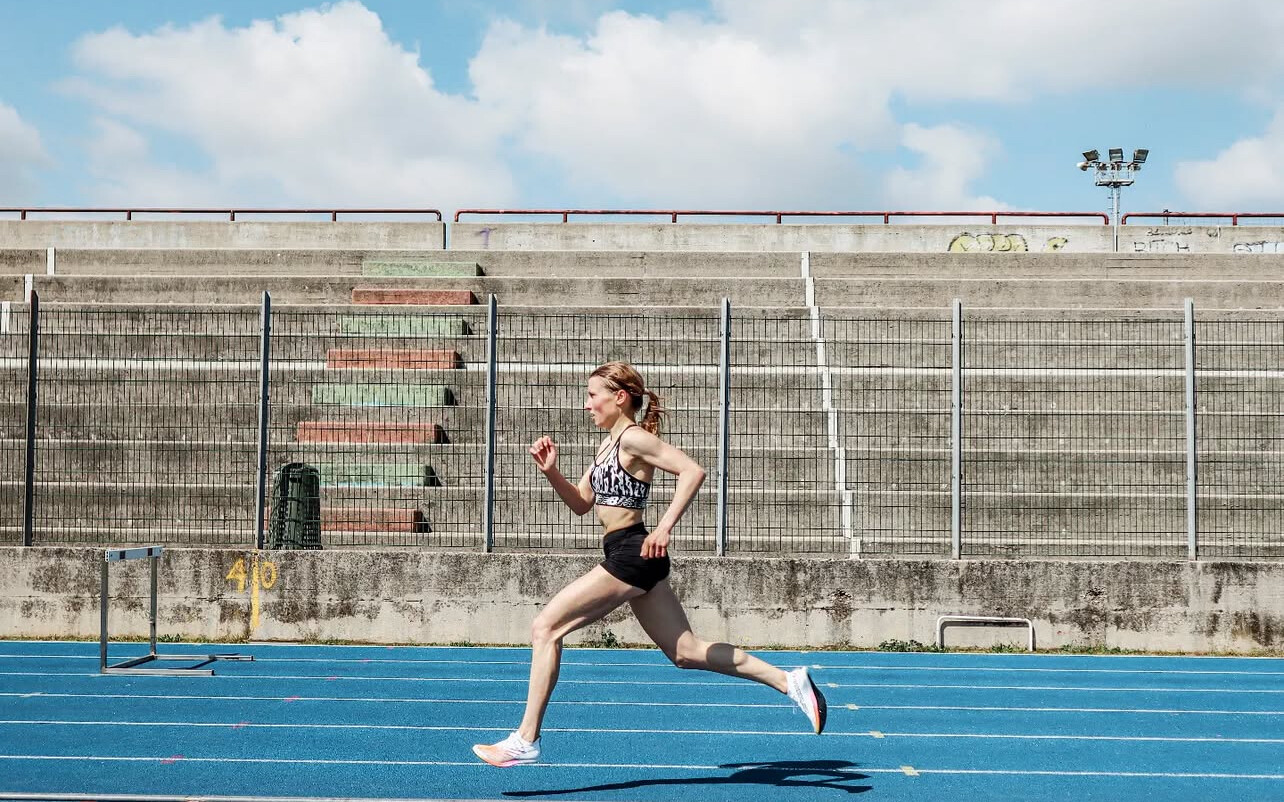
• Increased Muscular Strength and Power: Short, intense efforts recruit fast-twitch muscle fibers, building strength and resilience that benefit all running distances.
• Improved Mental Toughness: Pushing through the discomfort of speed sessions builds mental fortitude, preparing you to tackle challenging segments during races.
• Injury Prevention: Speed training promotes a fuller range of motion and strengthens connective tissues, reducing the risk of common running injuries.
Dispelling Common Myths
• “Speed Work Is Only for Fast Runners”: Speed workouts are scalable. Whether you’re running 6-minute miles or 12-minute miles, the key is relative effort. Your body responds to the challenge, not the pace.
• “Speed Work Increases Injury Risk”: When integrated thoughtfully, speed training can actually fortify your body against injuries by enhancing muscular balance and joint stability.
Incorporating Speed Work into Your Routine
• Start with Strides: Introduce 4–6 strides of 20–30 seconds at a faster pace post easy runs to accustom your body to quicker turnover.
• Implement Interval Training: Alternate between periods of high-intensity running and recovery. For example, 4 x 400 meters at a challenging pace with 2-minute jogs in between.
• Explore Fartlek Runs: Blend speed and endurance by varying your pace throughout a run, such as sprinting between landmarks followed by easy running.
• Hill Repeats: Incorporate short, uphill sprints to build strength and improve running form.
Sample Beginner Speed Workout
• Warm-Up: 10-minute easy jog
• Drills: 5 minutes of dynamic stretches (e.g., leg swings, high knees)
• Main Set: 4 x 400 meters at a challenging but sustainable pace, with 2-minute recovery jogs between each
• Cool Down: 10-minute easy jog followed by static stretching
Incorporate such sessions once a week, ensuring adequate recovery and listening to your body’s signals.
Visual Enhancements
To complement the article, consider including the following images:
1. Hill Sprint in Action: An athlete powering up a hill, exemplifying strength and determination.
2. Track Interval Training: Runners engaged in interval workouts on a track, showcasing form and focus.
3. Dynamic Strides: A runner performing strides on a trail, highlighting speed and agility.
Incorporating speed work into your training regimen can unlock new levels of performance and enjoyment in your running journey. Embrace the challenge, and experience the transformative benefits firsthand.
(05/25/2025) ⚡AMPby Boris Baron
Chasing the Unseen: How Micro-Pacing Can Shave Minutes Off Your PR
For serious distance runners, every second counts. While high mileage, speed work, and careful recovery are key to success, there’s a subtle yet powerful strategy that can give you an edge on race day: micro-pacing.
Unlike traditional pacing—where runners aim for steady splits or even effort—micro-pacing is about making minute, real-time adjustments throughout a race. It’s the art of responding to every subtle change: a slight headwind, a gradual incline, a moment of mental fatigue. It means staying attuned to both your body and the course, and making tiny shifts in effort that keep you in the optimal performance zone.
How to Practice Micro-Pacing:
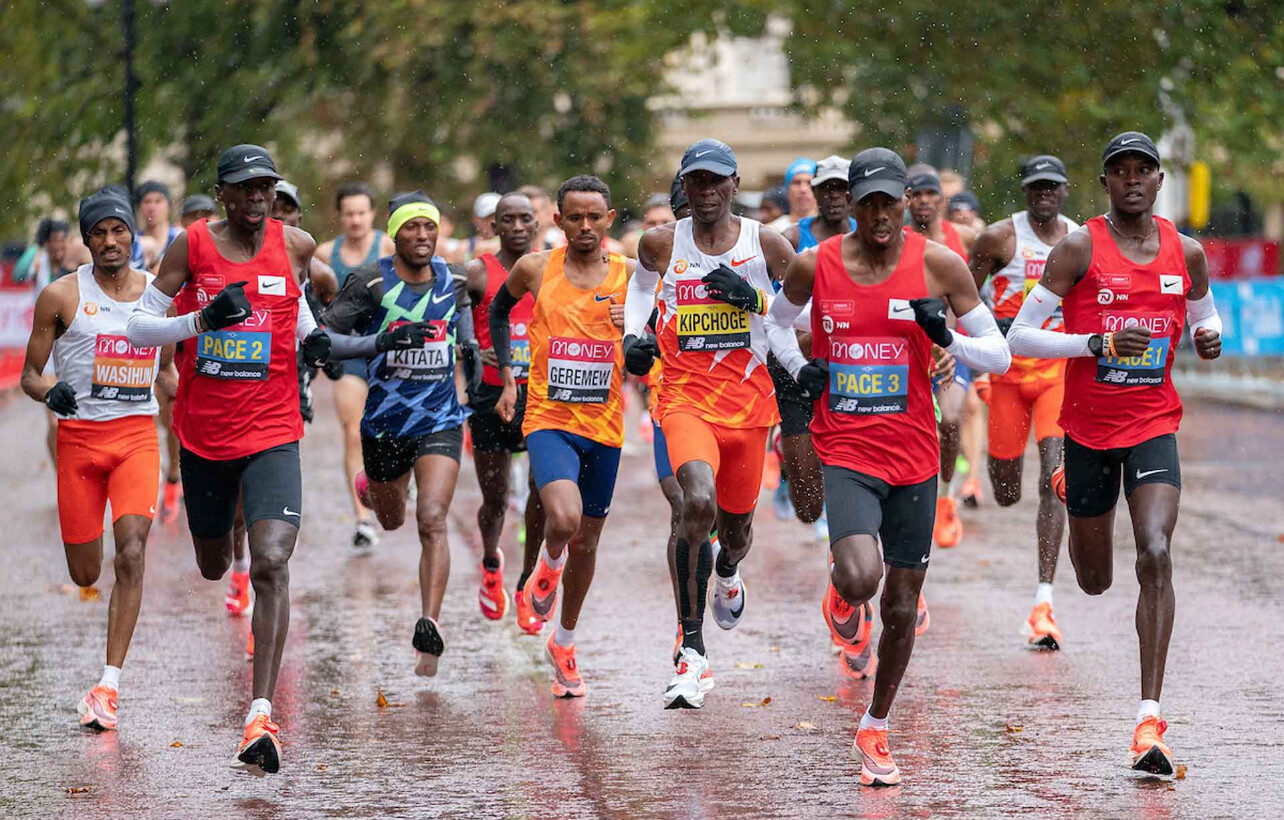
• Train on varied terrain: Incorporate rolling hills, uneven surfaces, and mixed conditions to sharpen your awareness and adaptability.
• Use your tools wisely: Leverage GPS watches with elevation profiles or running power meters to track micro-changes in effort.
• Develop internal awareness: Practice mindful running, focusing on breathing, body tension, and posture. This helps you tune into subtle cues that signal when to adjust your effort.
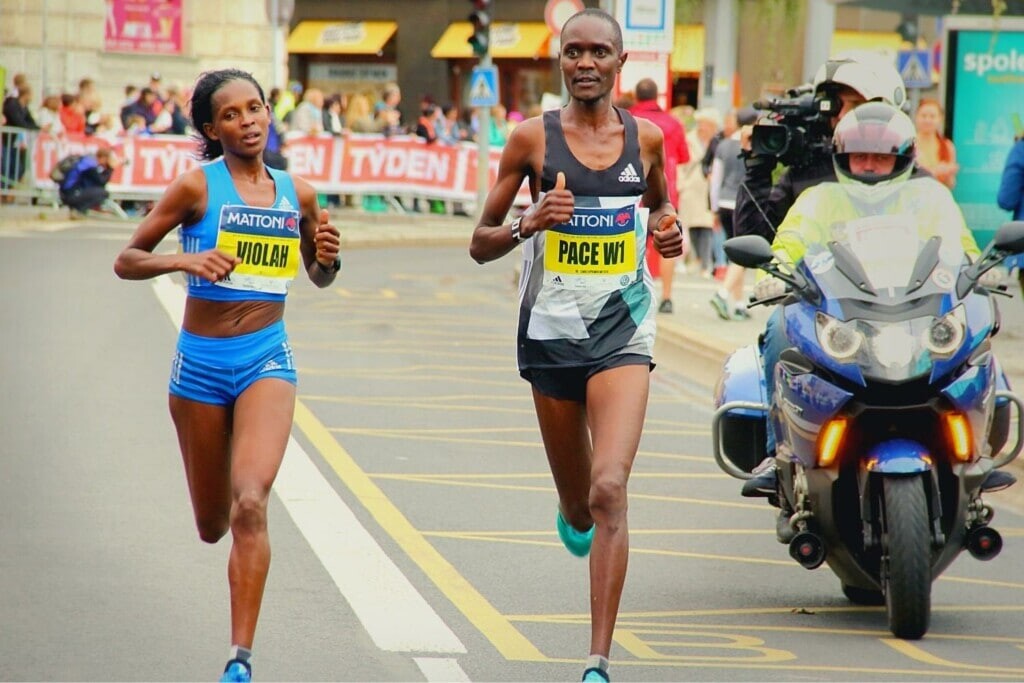
Why It Works:
• Energy efficiency: Micro-pacing helps you conserve energy early in a race and maintain strength when it counts most.
• Adaptability: It allows you to respond dynamically to your competitors’ moves, unexpected race-day conditions, or even your own energy fluctuations.
• A competitive edge: Elite runners like Eliud Kipchoge and Sifan Hassan don’t just stick to a rigid plan—they read the race moment by moment, making subtle adjustments that keep them in control.
For serious distance runners, micro-pacing is the next level of race strategy. It turns pacing from a static plan into a fluid, responsive system, empowering you to perform your best when it matters most. If you’re chasing a personal best, it’s time to master the art of the unseen.
(05/24/2025) ⚡AMPby Boris Baron
CAN YOU RUN A MARATHON WITHOUT TRAINING?
Despite what you might see on social media, we definitely do not recommend attempting a marathon without proper training.
Running 26.2 miles is a tremendous physical challenge, and attempting it unprepared not only risks injury but also makes the experience extremely difficult. Respect the distance and put in the necessary preparation.

TOP TIPS FOR MARATHON TRAINING
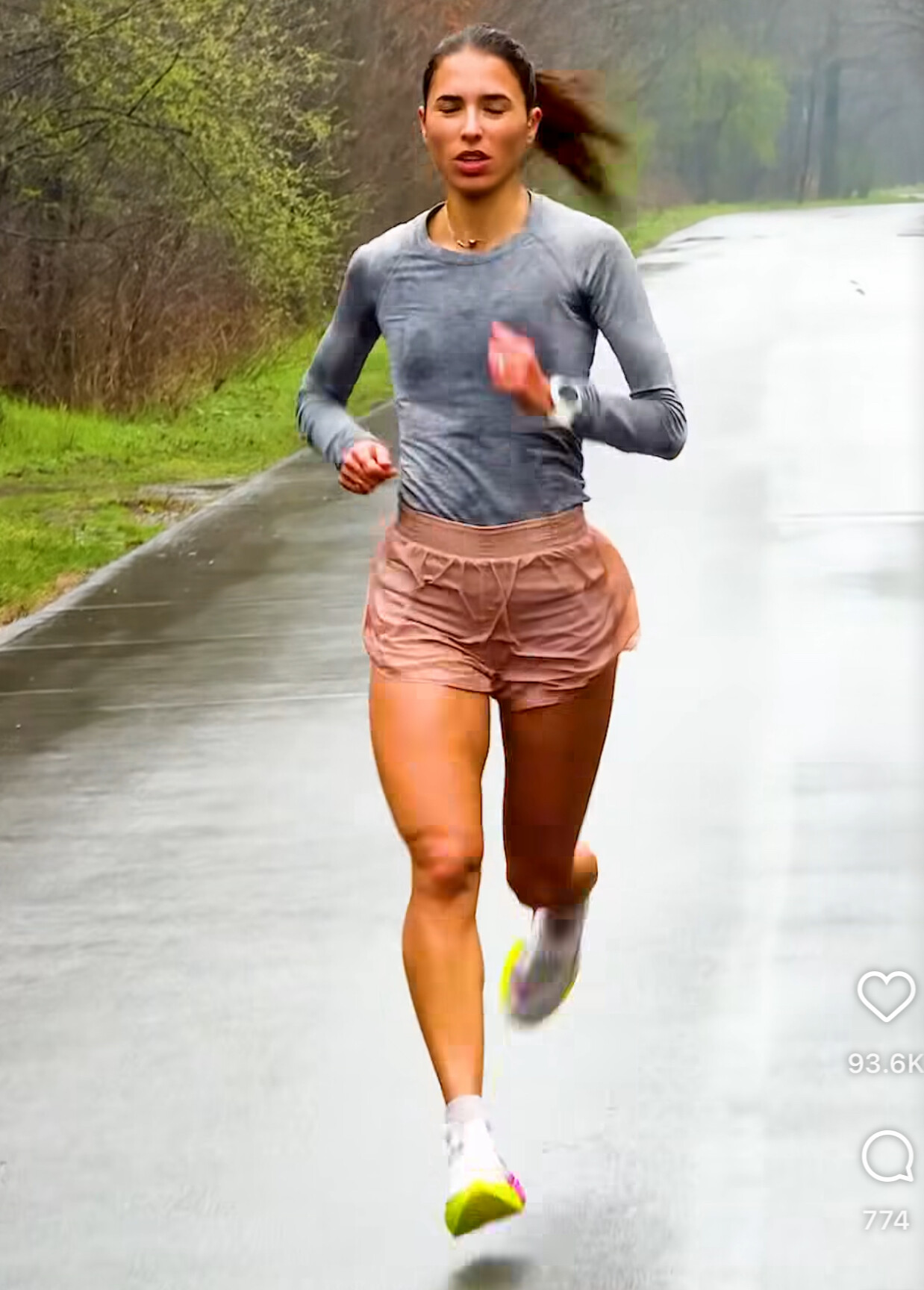
• Start Early: Begin your training as early as possible—ideally six months before race day. Don’t think of it as “marathon training” from day one. Break it into smaller training blocks. Building a strong base before starting a structured plan will help develop your fitness and strength, setting you up for success.
• Follow a Structured Plan: Use an app like Runna or work with a coach to create a training plan tailored to your goals. Structured plans provide consistency and can be adjusted if you encounter setbacks along the way.
• Consistency Is Key: Aim to run at least three times a week. Consistency is the foundation of marathon training. However, listen to your body—take extra rest days if you’re dealing with soreness or minor issues.
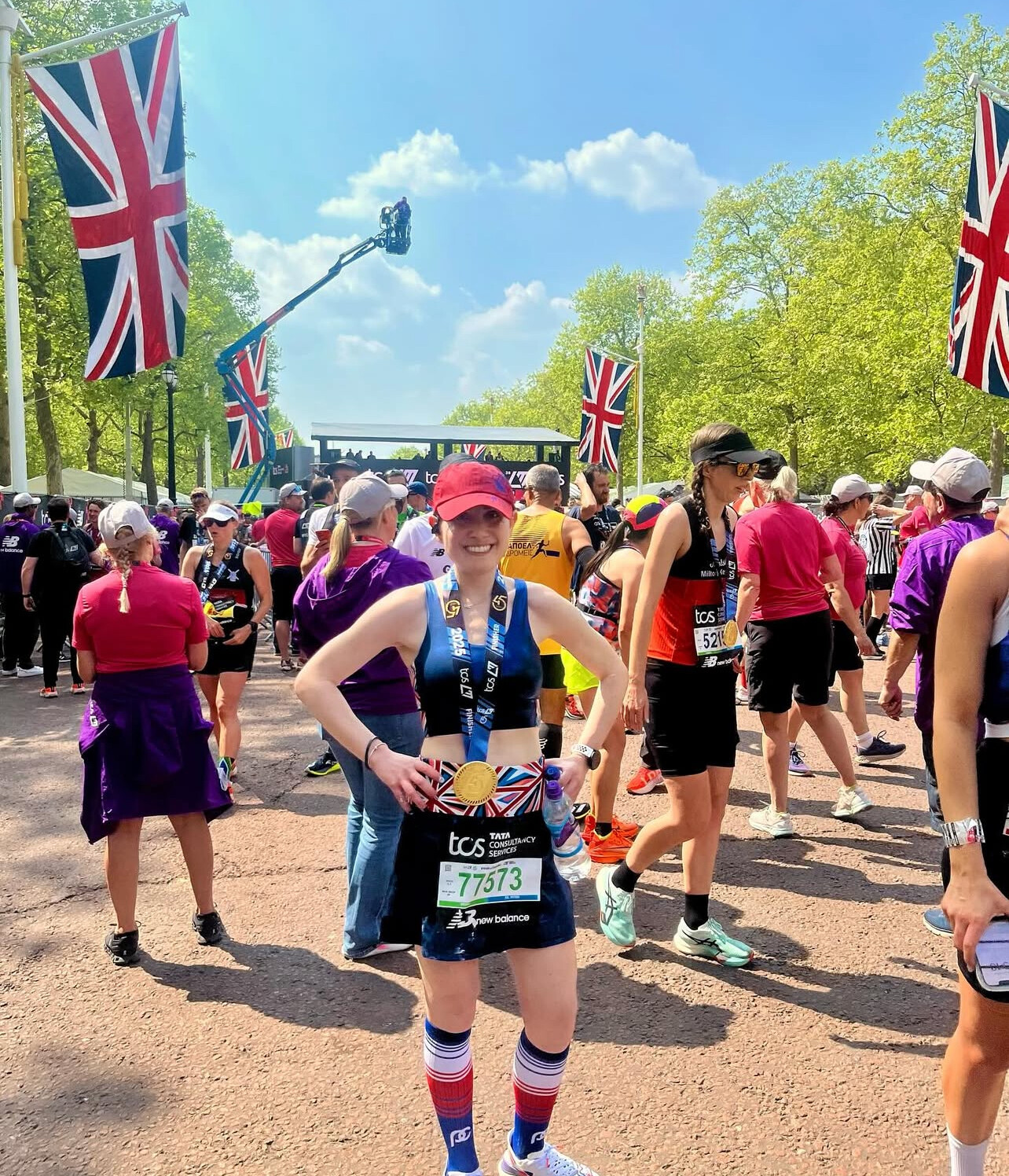
• Fuel and Hydrate Properly: Learn how to fuel and hydrate effectively before, during, and after runs. Focus on simple carbohydrates before a run and a mix of carbohydrates and protein afterward to aid recovery and replenish energy stores.
• Incorporate Cross-Training and Strength Work: Complement your running with cross-training activities like swimming, cycling, or elliptical sessions. Include one or two strength training sessions per week with exercises like squats, deadlifts, lunges, and core work.
• Prioritize Recovery: Recovery is as important as training. Use foam rolling, stretching, and yoga to aid recovery, and prioritize sleep—especially as training intensifies.
WHAT DOES A MARATHON TRAINING PLAN LOOK LIKE?
Our 16-week marathon training plan (available on our website) features four runs per week, carefully structured to help you build endurance and confidence. Here’s a look at what it entails:
Week 1:
• A 30-minute easy run
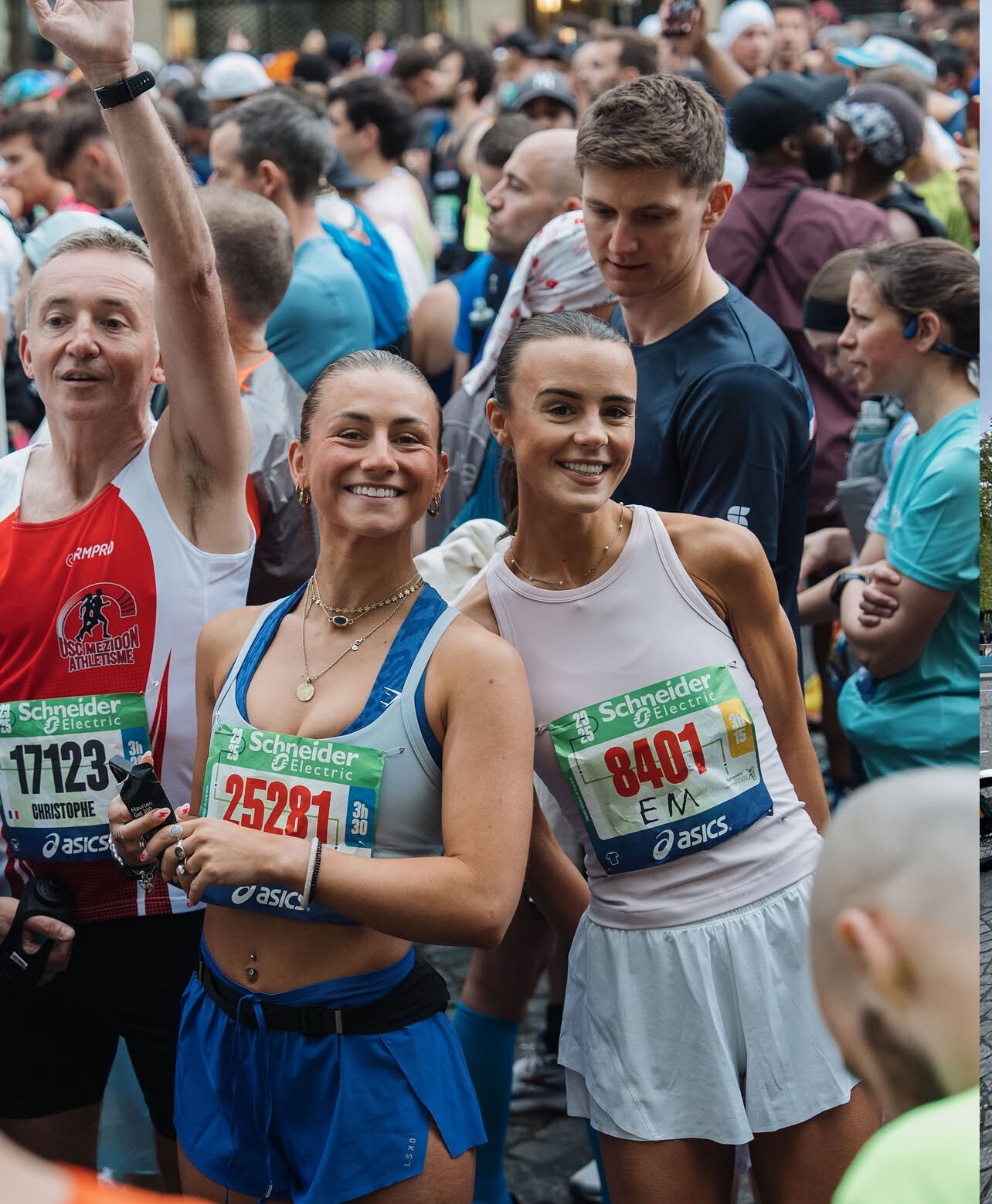
• A 5-mile (8 km) easy/steady run with strides
• An interval workout of 2 sets of 5 x 1-minute intervals
• A 60-minute long run
This structure is typical of most marathon training plans. If this feels too challenging, focus on gradually building up your mileage and consistency before starting the full plan.
As training progresses, long runs will increase in distance, and workouts will introduce marathon-specific pace work to prepare you for race day.
Peak Week:
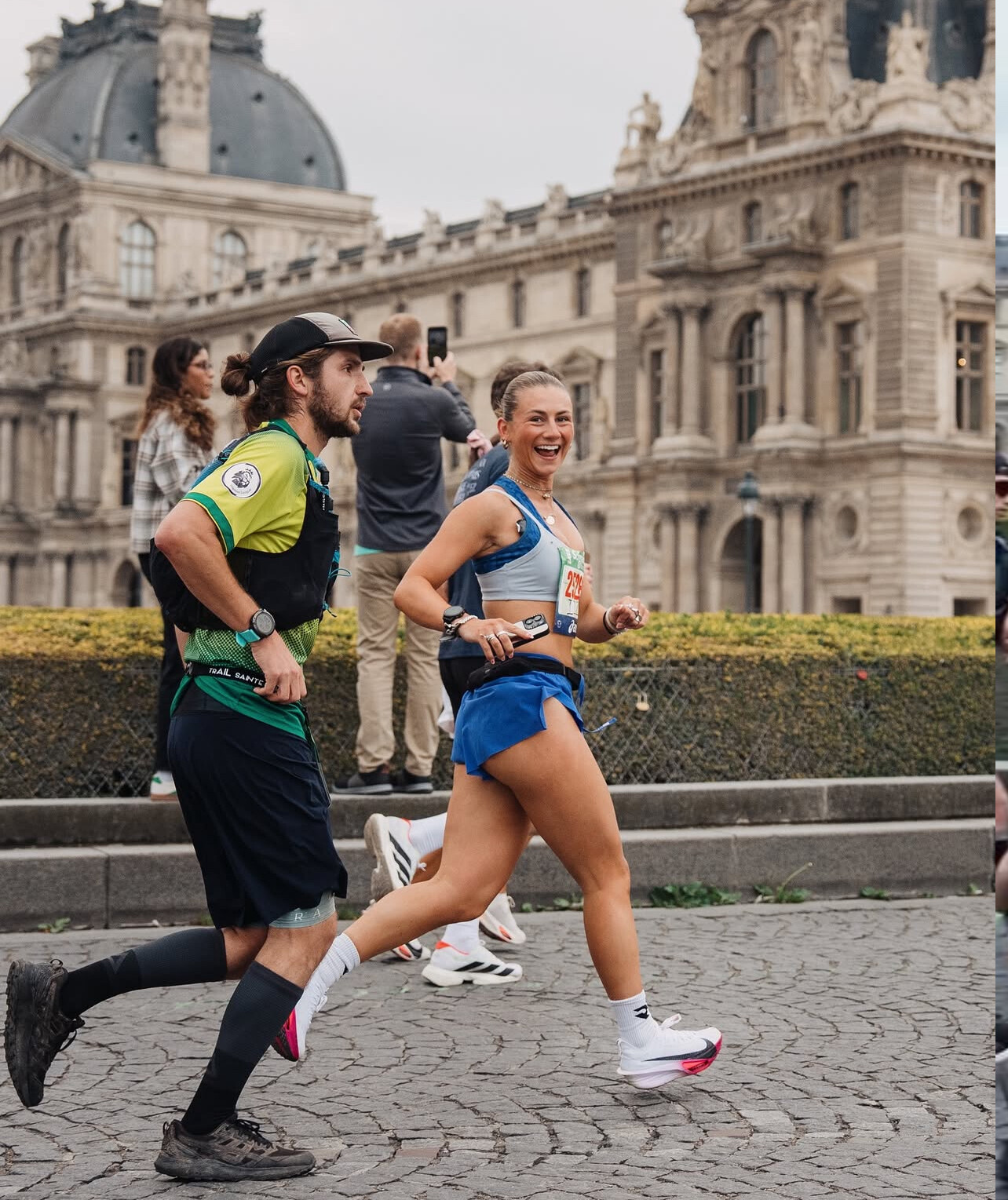
• A 30-minute easy run
• A 6-mile (10 km) easy/steady run with strides
• An interval workout of 2 sets of 10 x 1-minute intervals
• An 18.6-mile (30 km) long run
With the right plan, dedication, and consistency, you’ll be well-prepared to conquer 26.2 miles.
(05/24/2025) ⚡AMPby Mark Dredge
Kip Keino Sparked a Running Revolution in Kenya
When Kipchoge “Kip” Keino lined up for the 1500 meters at the 1968 Olympic Games in Mexico City, few could have predicted the historic ripple effect his victory would unleash. But when he crossed the line in 3:34.91—a new Olympic record—Keino did more than win gold. He ignited a revolution that would forever change the face of distance running.
Born on January 17, 1940, in Kipsamo, Kenya, Kip Keino didn’t grow up with elite training facilities or professional coaches. He ran barefoot to school, often covering several miles a day across the highlands of the Rift Valley. His athletic gifts and work ethic set him apart early, but it wasn’t until the mid-1960s that he began competing internationally.
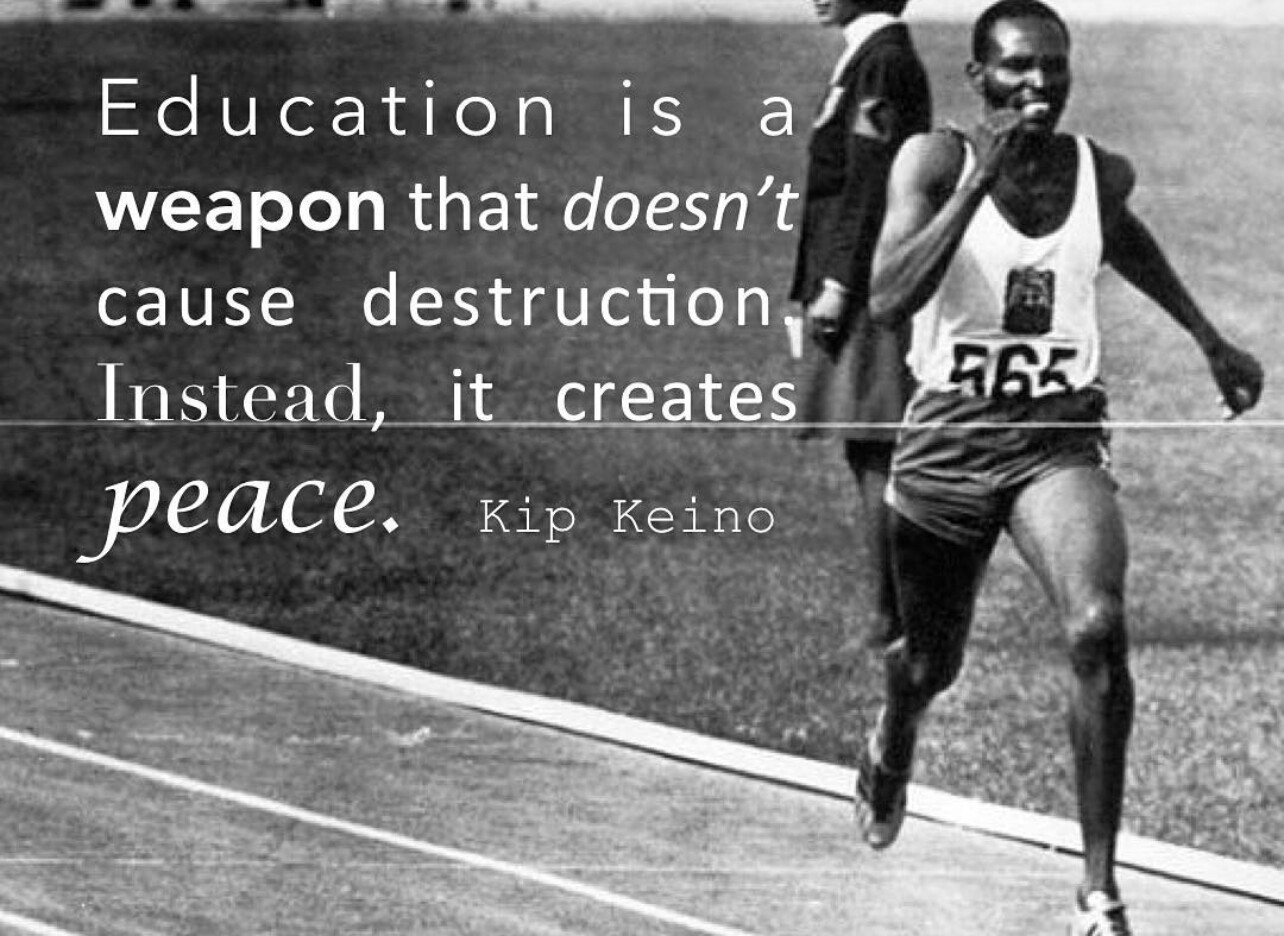
At the 1964 Tokyo Olympics, Keino finished a respectable fifth in the 5000m. But it was four years later in Mexico City—at altitude—that his legend was born. In one of the most iconic Olympic moments, he defied a painful gallbladder infection and a last-minute rush to the stadium to win gold in the 1500m and silver in the 5000m. His triumph was not just personal—it was symbolic. Kenya, and indeed all of Africa, had arrived on the global distance running stage.
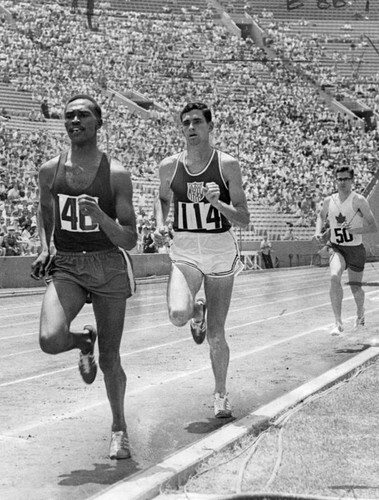
Kip Keino’s career personal bests include:
• 1500 meters: 3:34.91 (1968 Olympic gold medal)
• Mile: 3:54.2 (1965, a world record at the time)
• 5000 meters: 13:24.2
• 3000 meters steeplechase: 8:23.6
“Kip Keino showed the world that Kenyans could not only compete, but win—and do so with grace, humility, and heart,” says Bob Anderson, lifetime runner, founder of My Best Runs, and Director/Owner of the Kenyan Athletics Training Academy (KATA), which operates in both Thika, Kenya, and Monforte da Beira, Portugal. “He laid the foundation for what has become the most dominant force in distance running today. We train the Kenyan way at both of our locations, following in Kip Keino’s footsteps.”
Following his victories, Keino became a national hero. But instead of fading into the spotlight, he turned to mentorship, helping to guide the next generation of Kenyan athletes. He was instrumental in shaping the careers of countless stars, including Henry Rono, Paul Tergat, and Ezekiel Kemboi. He also founded schools, an orphanage, and the Kip Keino High Performance Training Centre in Eldoret, promoting education and sport side by side.
Now 85 years old, Kip Keino continues to be active in athletics and public service. A former chairman of Kenya’s Olympic Committee, he has remained a respected elder statesman of sport and a vocal advocate for youth empowerment through athletics. He resides on a farm in Eldoret, Kenya, where he oversees charitable organizations for orphans and continues to inspire the next generation of Kenyan runners—not just through words, but through action.
Today, when Kenya is mentioned in the same breath as elite distance running, it all traces back to Kip Keino. His influence is felt in every marathon start line, every training camp in the Rift Valley, and every young athlete who dares to dream of greatness.
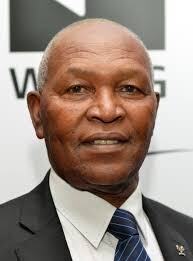
More than 50 years after that golden night in Mexico City, Keino’s legacy is alive and well—not just in the record books, but in the hearts of every Kenyan runner who followed in his footsteps.
(05/23/2025) ⚡AMPby Boris Baron
Why Dill Pickles and Pickle Juice Are a Secret Weapon for Runners
When ultrarunning star Camille Herron clinched victory at the Ice Age Trail 50 earlier this May, she credited an unlikely trio for her late-race revival: an ice pitcher, a cold beer—and pickle juice.
Around mile 40 of the 50-mile race, heat and humidity hit hard, forcing Herron to take a break. But with a sodium boost from pickle juice, she was back on her feet and flying to the win. “I needed more sodium, so I learned a new trick with the pickle juice. I got going again and felt much better,” she shared on social media.
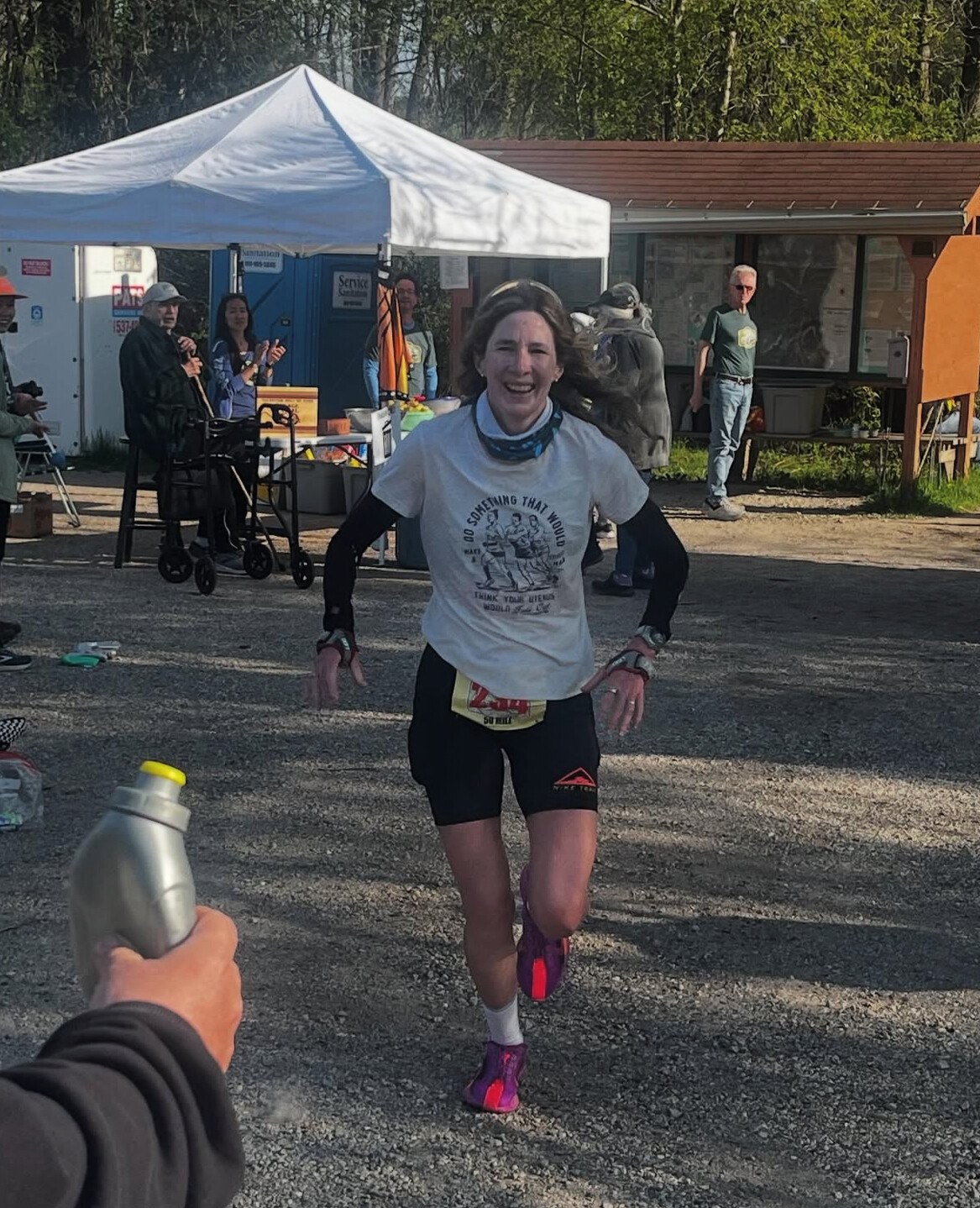
Herron isn’t alone. Many endurance runners are discovering the benefits of dill pickles and their salty brine. But why does it work?
What Makes Pickle Juice Effective?
1. Sodium Replenishment
When you sweat, your body loses vital electrolytes—especially sodium. Pickle juice is packed with it. One shot can contain up to 500–1000 mg of sodium, helping to restore electrolyte balance quickly.
2. Cramp Relief
Multiple studies suggest that pickle juice can stop cramps within minutes. The theory is that the acidic and salty solution triggers a reflex in the mouth and throat that interrupts cramping signals from the nervous system. It’s not just hydration—it’s neuromuscular magic.
3. Quick Absorption
Unlike sugary sports drinks, pickle juice doesn’t require digestion to be effective. It’s absorbed almost immediately, delivering rapid results during a race.
4. Gut-Friendly for Some
While not for everyone, many runners find that pickle juice is easier on their stomach than processed gels or sweet drinks during ultra events.
Why Dill Pickles?
It’s not just the juice—eating actual dill pickles provides a crunch of salt and hydration in solid form. The vinegar in dill pickles may also aid in reducing blood sugar spikes and promoting a steady energy level, especially in the latter stages of a long race.
Pickles in Daily Practice

Lifetime runner Bob Anderson, founder of My Best Runs, discovered dill pickles and pickle juice several years ago—and never looked back. “I love the taste and it just seems to work in so many different ways,” says Anderson, who eats and drinks from a big jar almost every day.
Pickles have become a staple at aid stations in trail and ultra races. From pickle popsicles to pickleback shots (yes, even paired with beer), the humble cucumber in brine has earned its place in the runner’s toolkit.
As Camille Herron proved, even champions lean on the classics. Whether you’re training for your first ultra or just need a leg up during your next 10K, a little pickle power might be exactly what you need.
(05/23/2025) ⚡AMPby Boris Baron
Why the 5K Experience Race Is Booming in 2025
After a period of decline, 5K races are back in a big way—but this time, they’re different. These aren’t just traditional time trials. In 2025, the 5K has evolved into a full-scale experience that blends fitness, community, and entertainment.
“We’ve reimagined what the 5K can be,” says race director Kevin Morris. “It’s about connection, movement, and fun. We’re seeing record interest again.”
Several trends are fueling the resurgence:
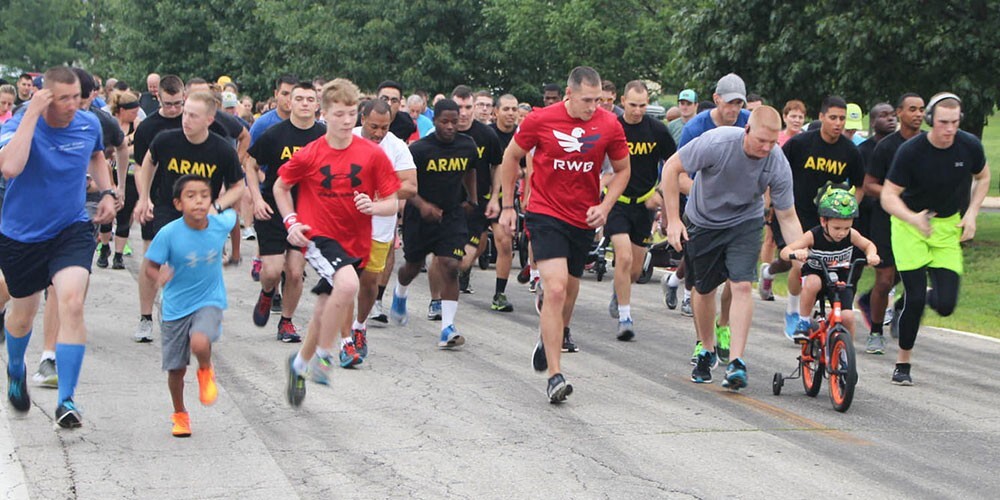
Enhanced race-day technology has transformed the participant experience. Many events now offer synced music playlists, GPS-guided pacing, live race tracking, and even augmented reality checkpoints that bring the course to life.
The format has also shifted to prioritize experience over performance. Post-race yoga, recovery lounges, artisanal food trucks, and wellness booths are becoming the norm. These events are about more than finish times—they’re about how you feel crossing the line.
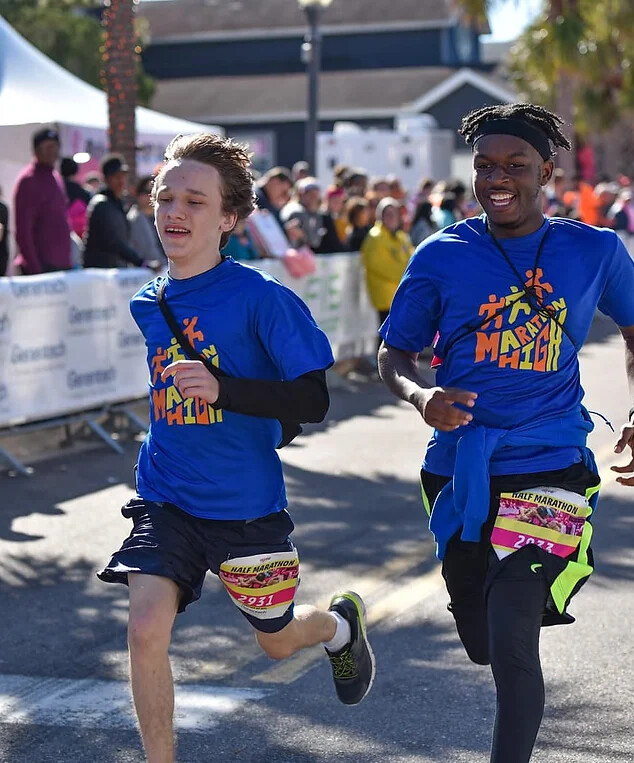
Corporate and charity involvement is at an all-time high. From supporting youth education to funding mental health programs, these races are drawing in new audiences while making a difference. Brands and non-profits alike see them as powerful platforms for impact and engagement.
Most importantly, people are showing up because they crave real-world connection. After years of virtual alternatives, there’s renewed appreciation for shared movement and in-person celebration.
And while these events often carry an entry fee—unlike traditional community fun runs—they remain inclusive. Walkers, joggers, and competitive runners all line up together, united by a common goal: to enjoy the journey.
The 5K in 2025 is no longer just a race. It’s a movement—one that’s reminding us why we fell in love with running in the first place.
(05/23/2025) ⚡AMPby Boris Baron
From Perth to Bondi on Foot: Goodge Sets New Trans-Australia Record
William Goodge Runs Across Australia in 35 Days
British endurance runner William Goodge has made history by becoming the fastest person to run across Australia, completing the grueling 3,800-kilometer (2,361-mile) journey in just 35 days. His run began at Cottesloe Beach in Perth on April 15, 2025, and ended on May 19, 2025, when he touched the waves of Bondi Beach in Sydney.
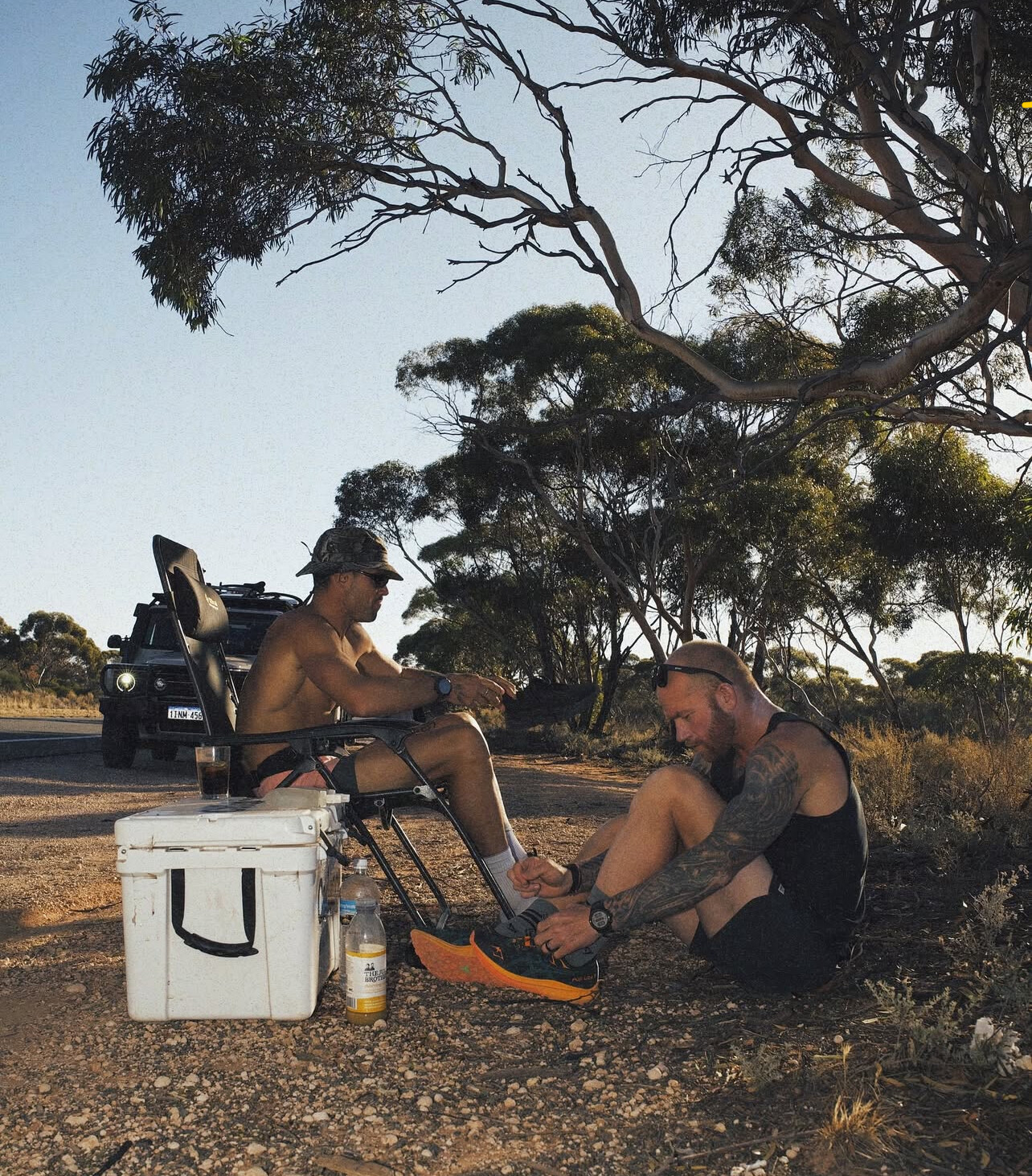
Goodge averaged more than 100 kilometers per day—the equivalent of two and a half marathons daily—facing scorching heat, strong headwinds, road hazards, sleep deprivation, and the relentless physical toll of ultra-distance running.
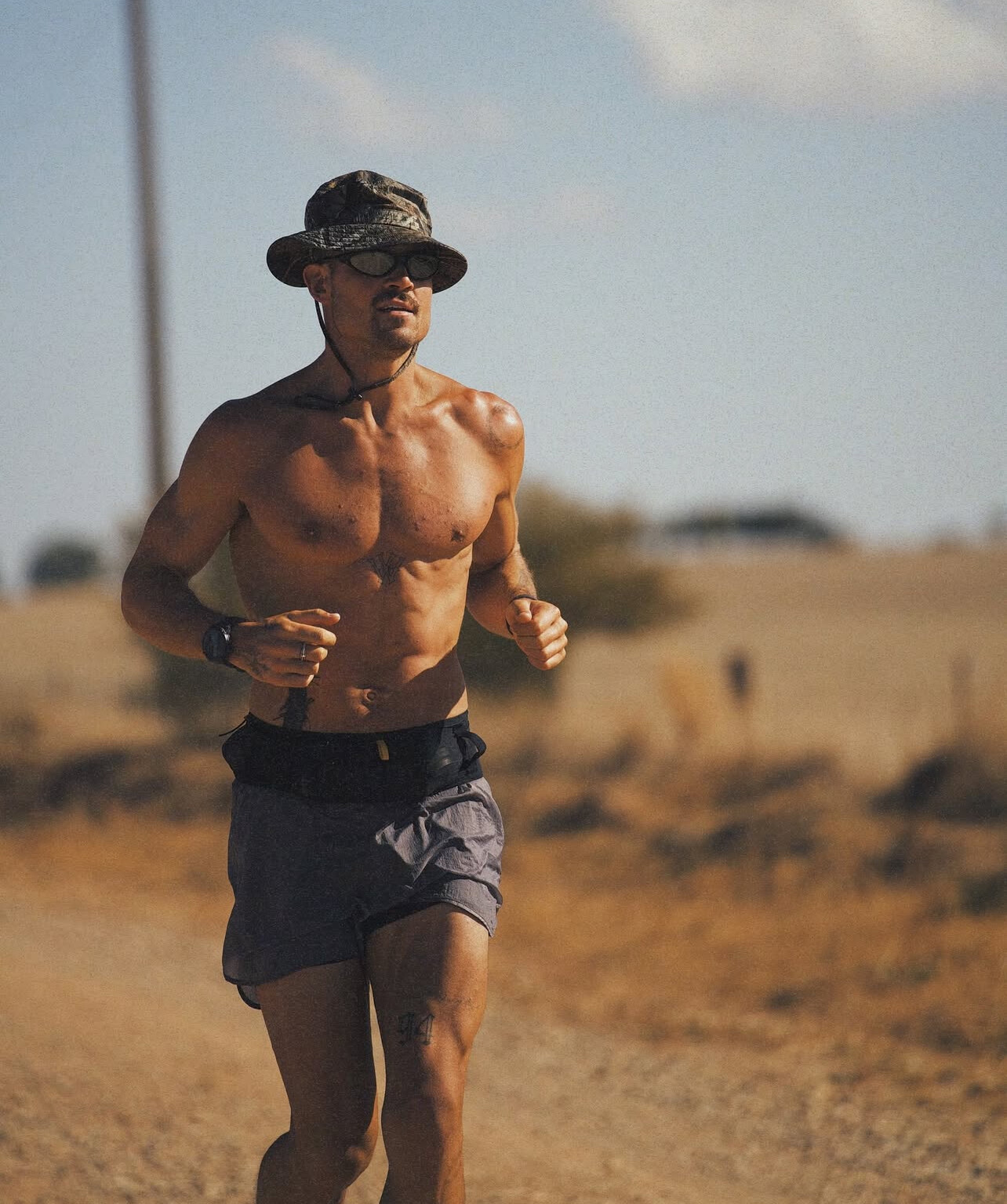
“I wanted to do something extraordinary to honor my mother,” Goodge said at the finish line, where he placed a bouquet of lilies into the ocean in memory of Amanda Goodge, who passed away from cancer in 2018.

Pending official verification by Guinness World Records, Goodge’s performance would surpass the previous record of 39 days, set by Australian runner Chris Turnbull in 2023.
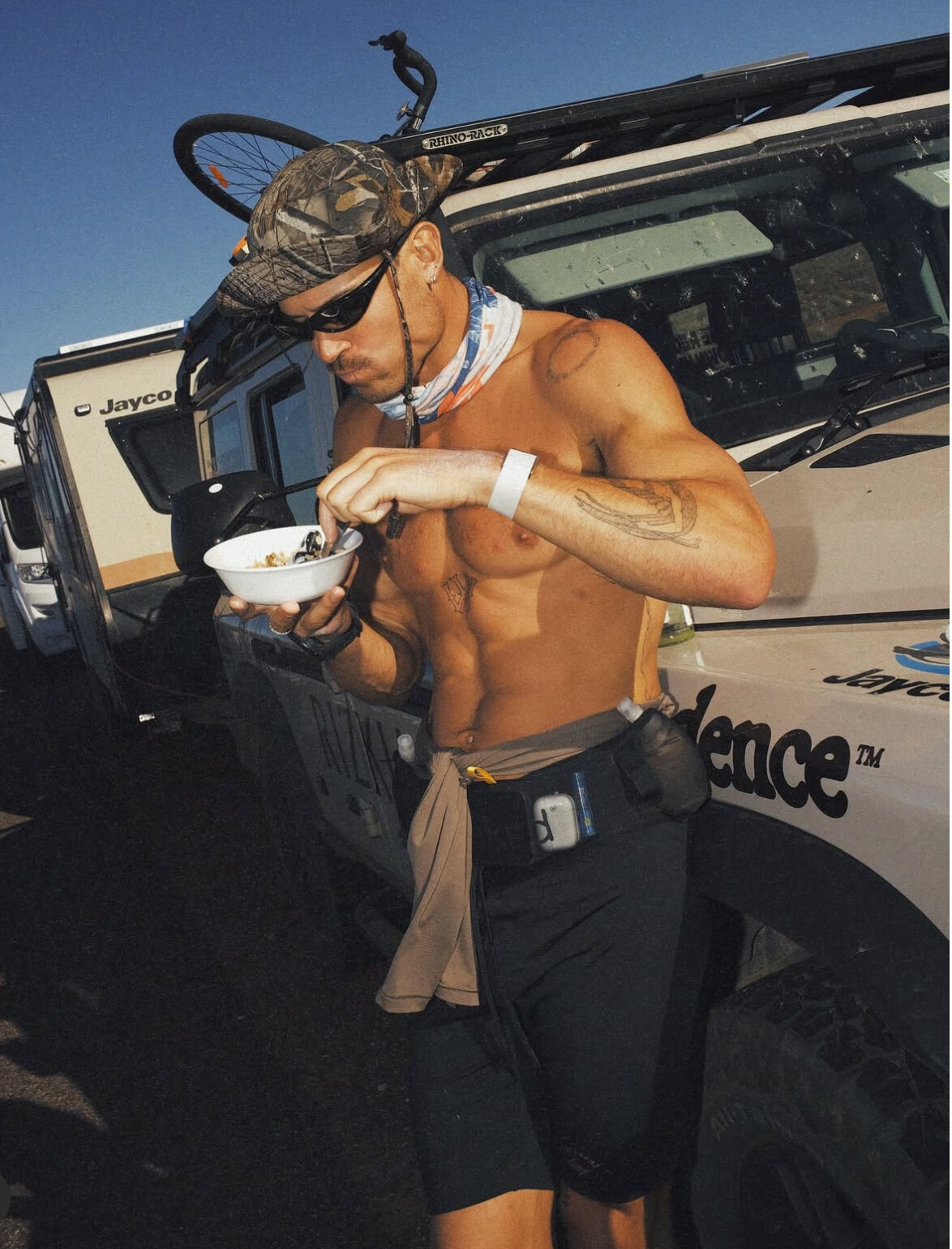
Unlike supported ultra challenges that take place in organized formats, Goodge’s effort was largely self-structured, involving a mobile support team and an immense logistical operation to sustain his food, hydration, sleep, and safety needs on the road.
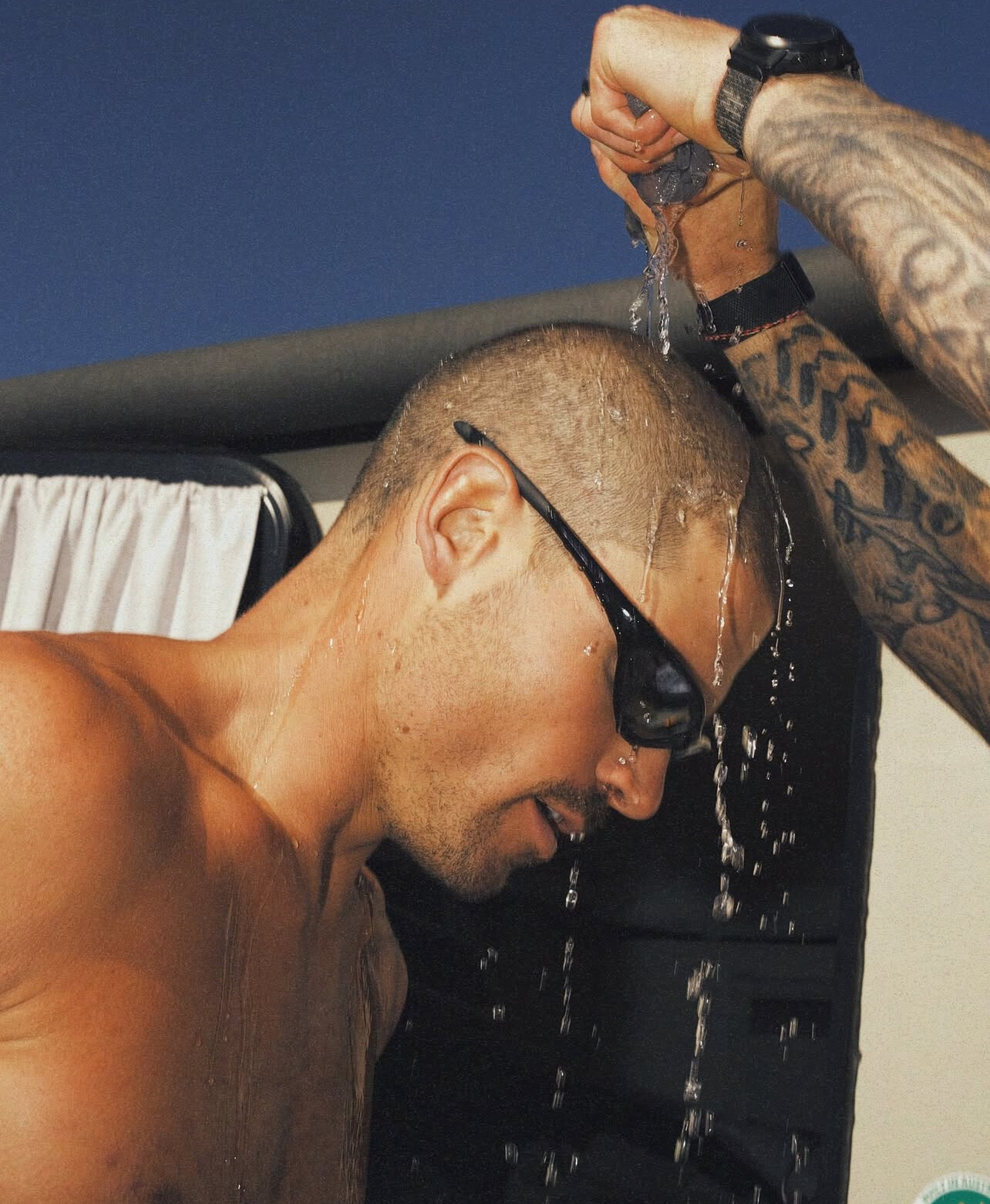
He battled through remote desert stretches, road trains, and a daily regimen that pushed his body and mind to the limit. Along the way, he kept his followers updated through video diaries and social media clips, providing rare insight into the daily grind of a true endurance athlete.

Running With Purpose
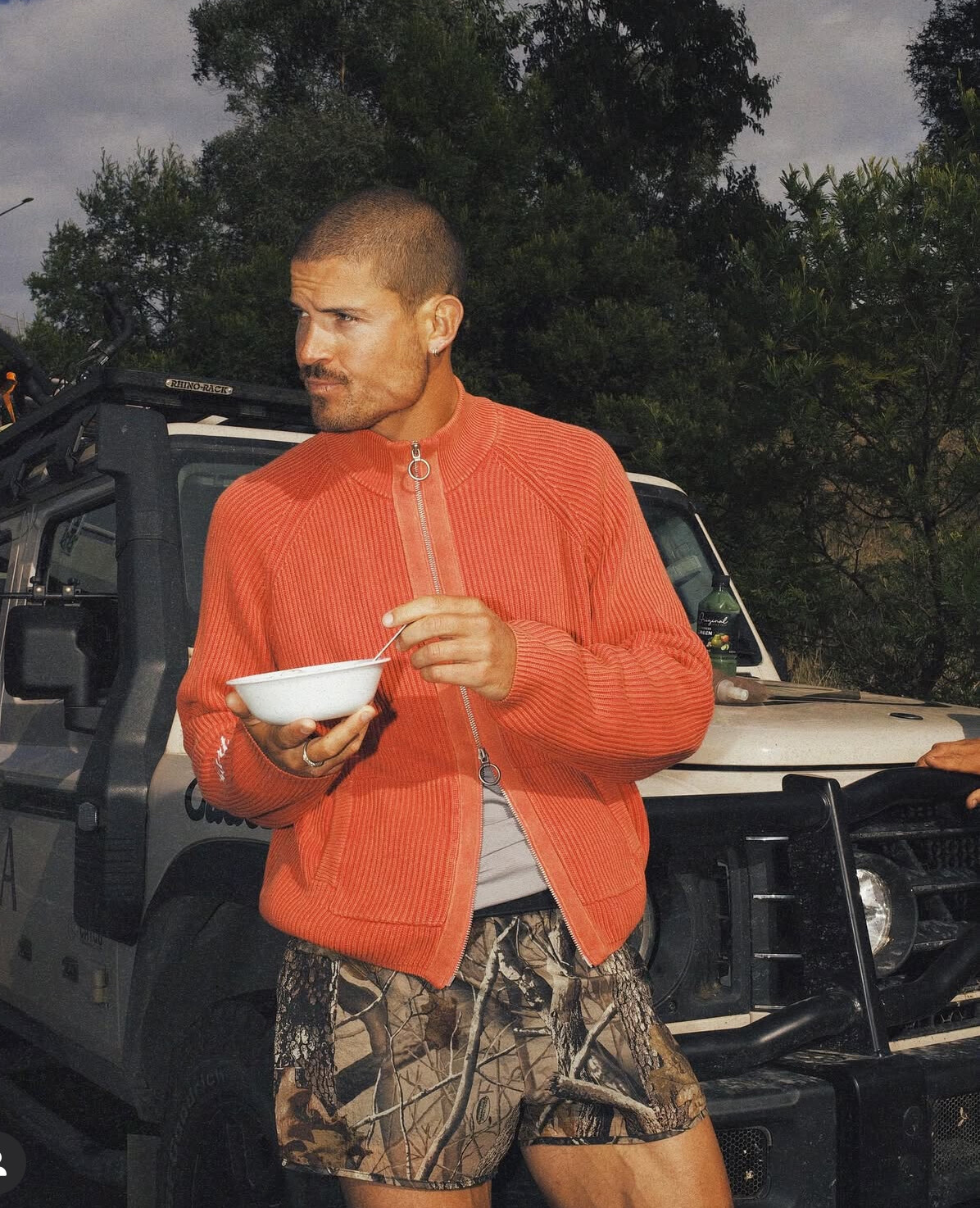
More than a personal challenge, the run served as a major fundraiser for cancer research and a tribute to his late mother. Goodge raised both awareness and donations for Macmillan Cancer Support, the organization that assisted his family during their time of need.
“This wasn’t just about breaking a record,” he said. “It was about showing what the human body and spirit can endure when love is the motivation.”
What’s Next?
With his record-setting run across Australia behind him, Goodge joins a short list of global ultra-endurance icons who have taken on transcontinental efforts. His journey may inspire future attempts—not only across Australia but in other parts of the world where such feats are yet to be fully explored.
(05/22/2025) ⚡AMPby Boris Baron
Running Smart in the Heat — Your Guide to a Fast Summer 10K
Summer 10Ks are a staple on the race calendar, but they can be deceptively tough. The heat, humidity, and sun exposure take a toll on even the most experienced runners. The good news? With a smart strategy, you can still run strong and enjoy the race.
Here’s how to make your next hot-weather 10K your best one yet.
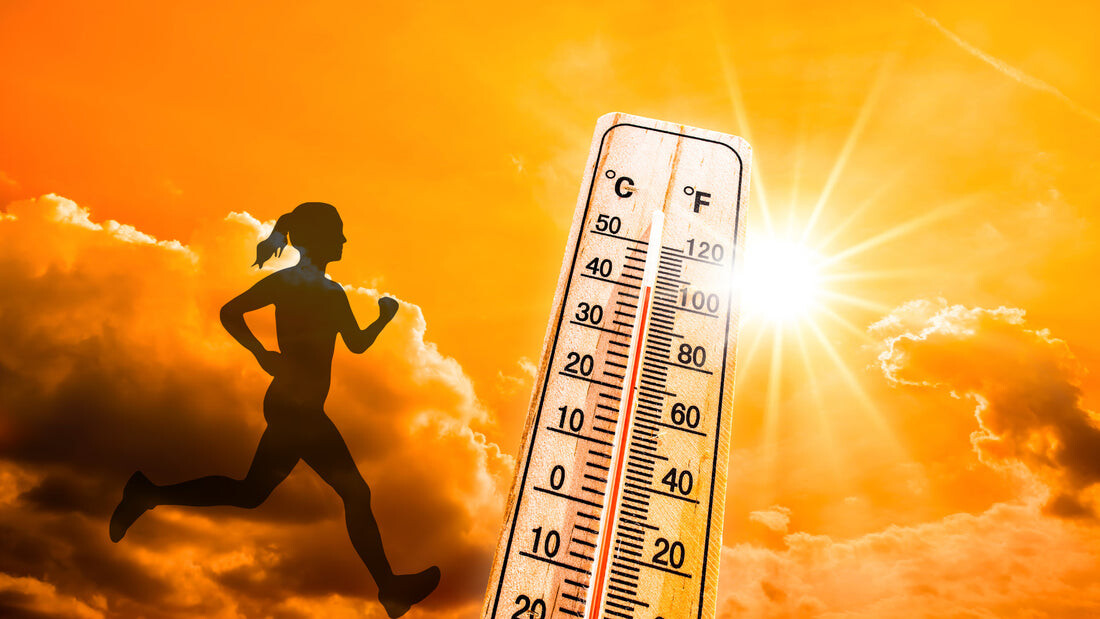
Pace by Effort, Not by Watch
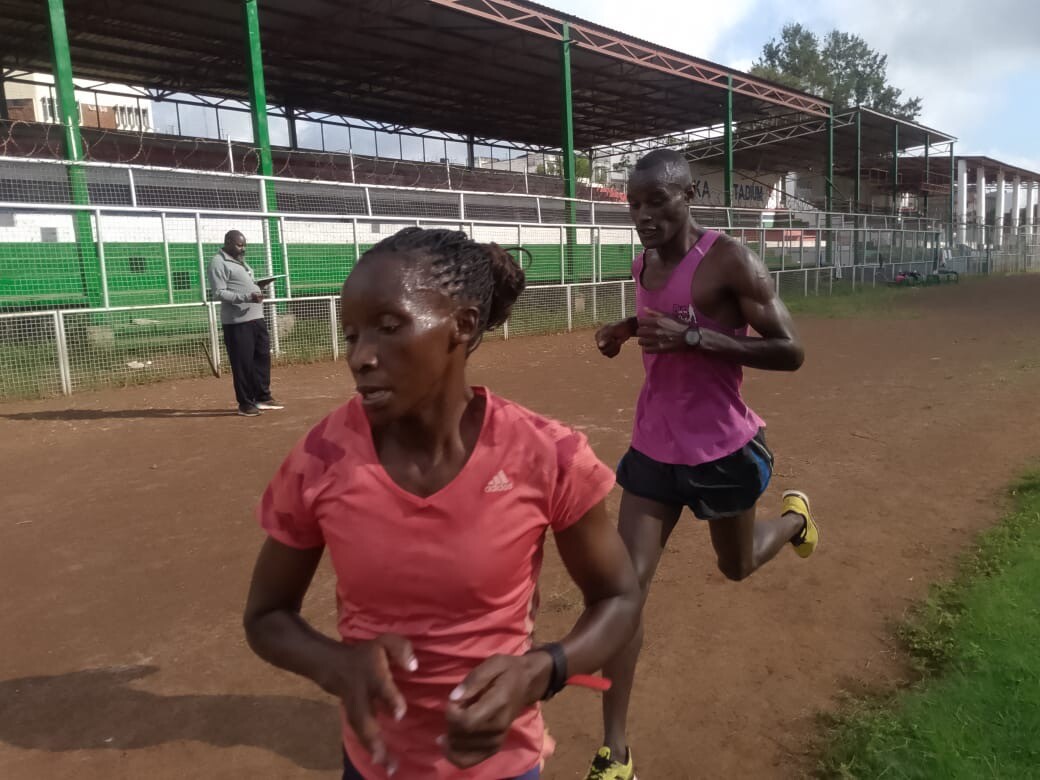
Hot weather impacts performance. Studies show pace can drop 10 to 20 seconds per mile for every 10°F increase above 60°F. Instead of chasing a rigid goal, listen to your body. If your usual 7:00 pace feels like a grind, ease off. The smartest runners adjust and finish strong.
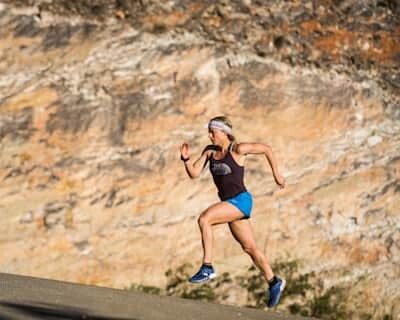
Start Hydrated, Stay Balanced
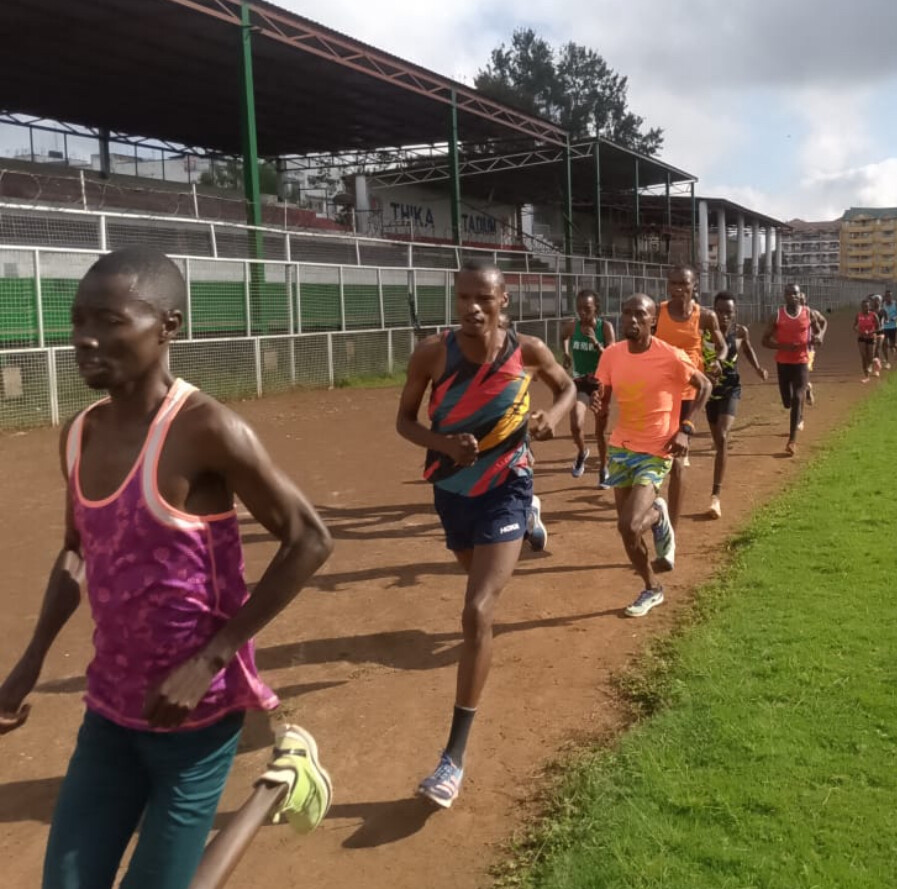
Hydration begins long before the starting line. Drink 16 to 20 ounces of water about 60–90 minutes before your race. Add electrolytes if the weather is especially hot or humid. During the race, sip water if it’s offered, but don’t overdo it—practice in training to know what works for you.
Lighten Up—Literally
Wear light-colored, breathable clothing that wicks moisture and reflects sunlight. A technical singlet, split shorts, and a lightweight visor can help regulate body temperature. Pouring cold water over your wrists or neck just before the race can also help you stay cool.
Know the Course—and the Shade
Study the course map ahead of time. Look for shaded sections, hills, and water stations. Knowing where the hardest parts are—and where you’ll find relief—can help you time your surges and recoveries more effectively.
Prioritize Recovery
Hot races take more out of you. Rehydrate immediately with cold fluids, and eat something within 30 minutes that includes both carbs and protein. Light stretching and a cool-down jog can help kick-start your recovery for the next race in your summer season.
Race the Clock—Not the Sun
If possible, sign up for a dawn or evening 10K. Many summer events now start early or late to beat the heat. Cooler temperatures can make a huge difference in performance—and enjoyment.
Whether you’re chasing a PR or just looking to finish strong, racing smart in the summer means respecting the heat and preparing for it. With these tips, you’ll be ready to run your best—no matter how high the mercury climbs.
(05/22/2025) ⚡AMPby Boris Baron
Jane Hedengren’s Historic 5K Was Just the Beginning of a Record-Breaking Spring
On April 17, 2025, Jane Hedengren made U.S. high school history by becoming the first American high school girl to run under 15 minutes for the 5,000 meters, clocking an astonishing 14:57.93 at the Bryan Clay Invitational in Azusa, California. Now, over a month later, the running world is still feeling the shockwaves of her performance—and she’s not done yet.
The senior from Timpview High School in Utah led much of the race against top collegiate and pro runners. Despite being passed in the final stretch, Hedengren finished third overall, showing poise, power, and world-class pacing. Only New Mexico’s Pamela Kosgei (14:52.45) and future BYU teammate Lexy Halladay-Lowry (14:52.93) crossed the line ahead of her.
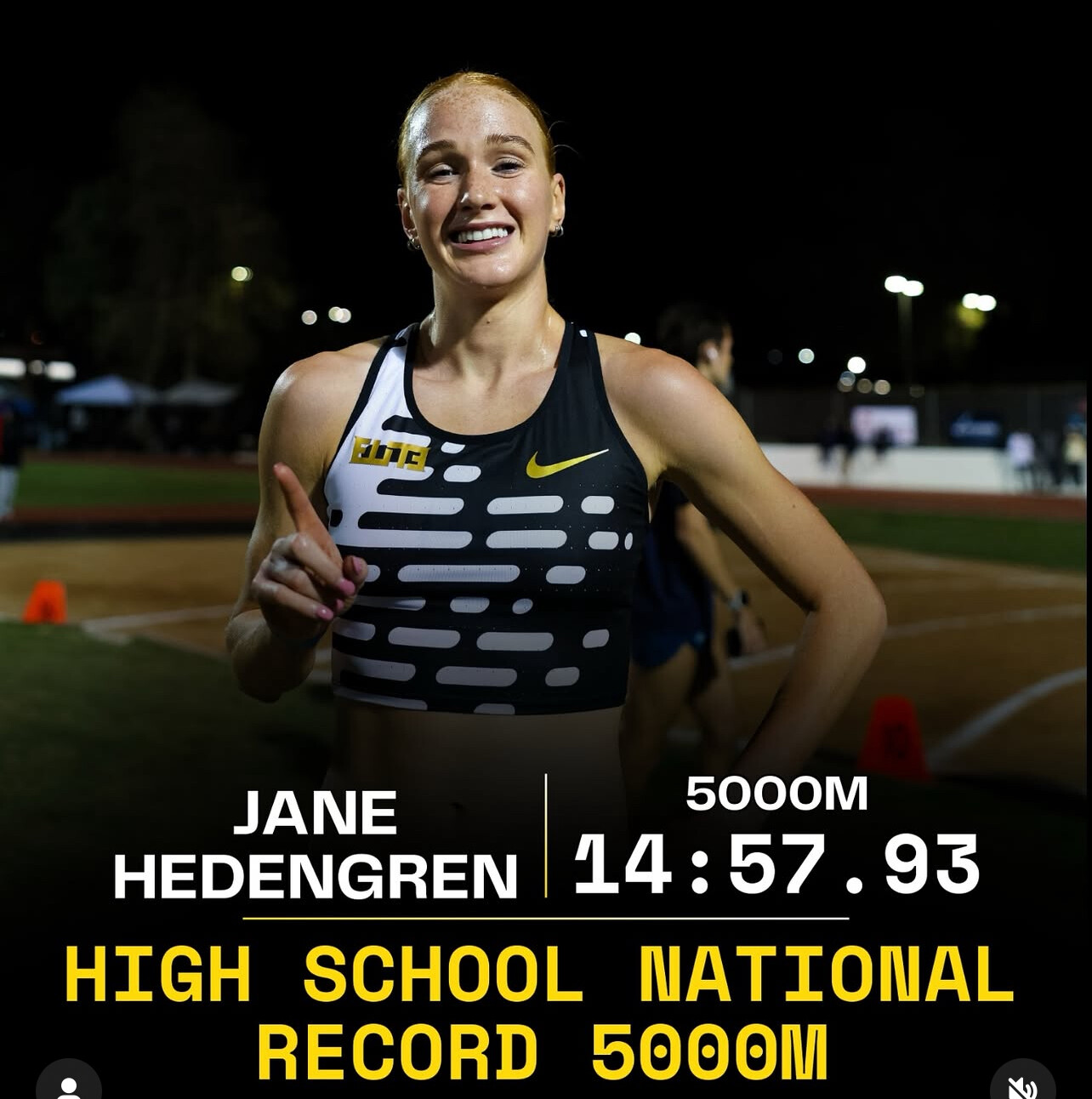
Prior to that, on April 12, Hedengren broke the U.S. high school girls’ outdoor two-mile record with a 9:34.12 effort at the Arcadia Invitational. That time eclipsed the previous record of 9:41.76 and underscored her extraordinary range—from the mile to 5K, Jane is dominating every step of the way.

What She’s Done Since
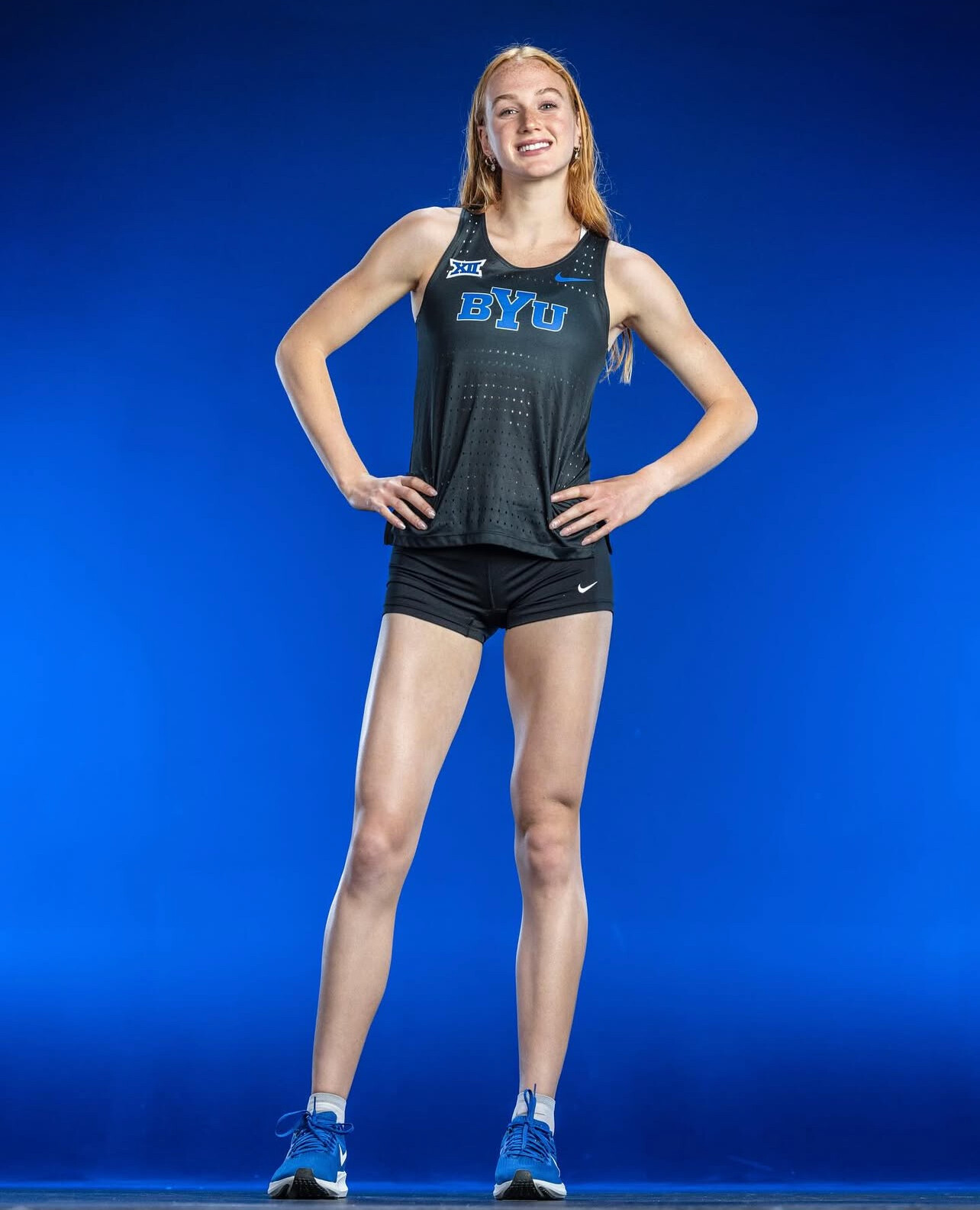
While May has been a quieter race month for Jane, she’s been focused on tuning up for a big June. According to her coach and recent interviews, Hedengren has been training at altitude in Utah, sharpening her speed with race-pace workouts and eyeing her final high school meets before transitioning to BYU.

She’s scheduled to compete at the HOKA Festival of Miles on June 5 in St. Louis, one of the most prestigious high school mile events in the country. There, she could challenge her own national mile record (4:26.14, set indoors in March) or even take aim at Mary Cain’s 4:24.11 outdoor mark from 2013.
A Season of Dominance
Here’s a look at what Hedengren has accomplished in just the last few months:
• March 2025 – Broke U.S. high school indoor records in both the mile (4:26.14) and 5,000m (15:13.26) at the Nike Indoor Nationals.
• April 12, 2025 – Set a new national 2-mile record of 9:34.12 at Arcadia Invitational.
• April 17, 2025 – Ran 14:57.93 for 5,000m at the Bryan Clay Invitational, becoming the first U.S. high school girl to break 15 minutes.
• June 5, 2025 (upcoming) – Scheduled to race the mile at HOKA Festival of Miles.
What’s Next?
With a spot secured at BYU and a history-making senior year already behind her, Jane Hedengren is setting herself up not just as one of the greatest U.S. high school distance runners of all time—but as a potential future Olympian. All eyes will be on St. Louis in June, and beyond that, the U.S. Junior Championships and her NCAA debut could come sooner than expected.
(05/21/2025) ⚡AMPby Boris Baron
Marathon Legend Kipchoge Shifts Focus to Global Causes
Marathon legend says he has one more year—and plans to run for causes around the world
The news may have flown under the radar during race day coverage, but a powerful quote from Eliud Kipchoge at the finish of the 2025 London Marathon is now making waves in the global running community.
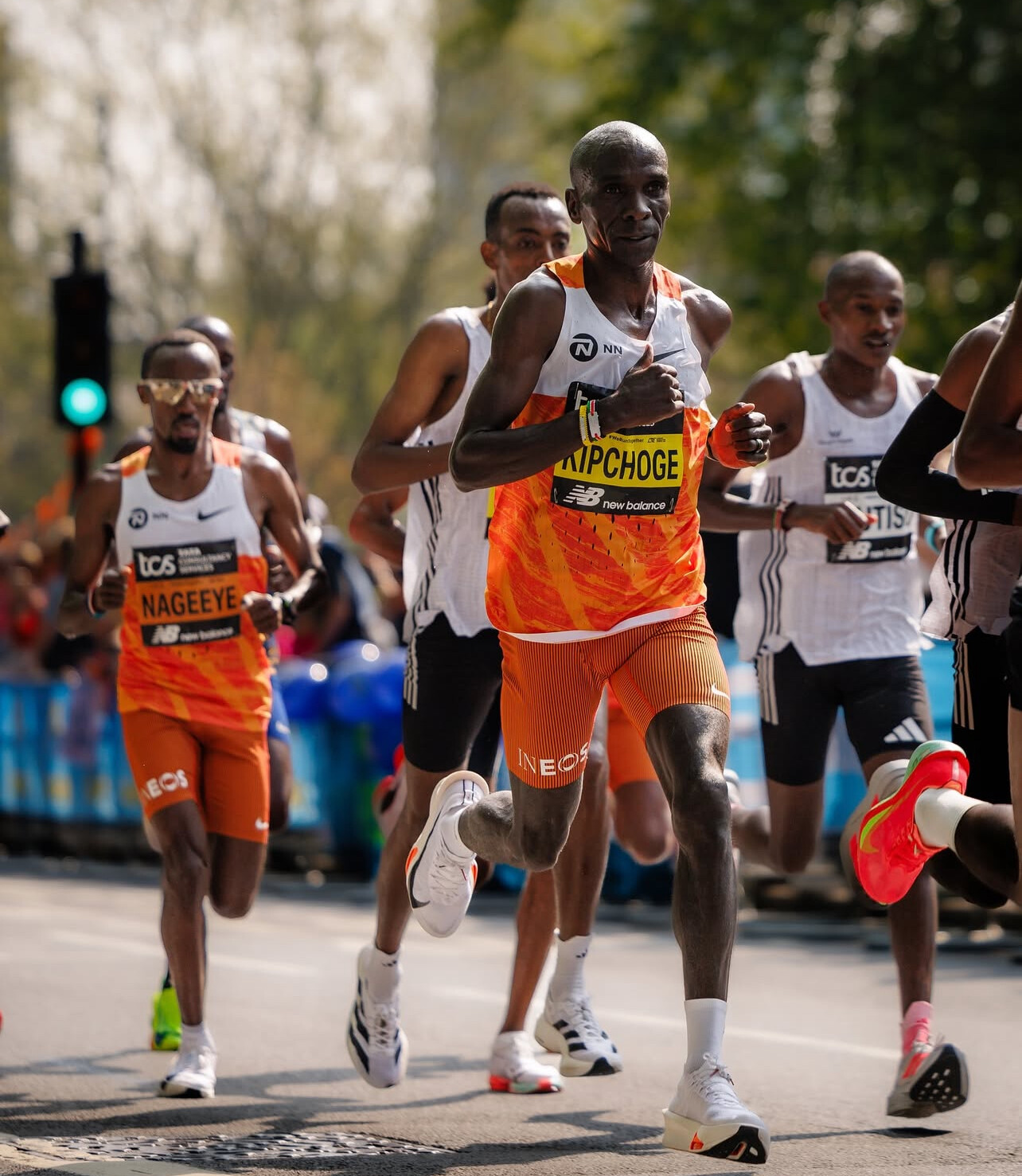
“It might be the last time I come here to run competitively,” Kipchoge said quietly after finishing the race on April 27. While the moment was overshadowed at the time by headlines about the winners and fast times, his words are now resonating deeply with fans.
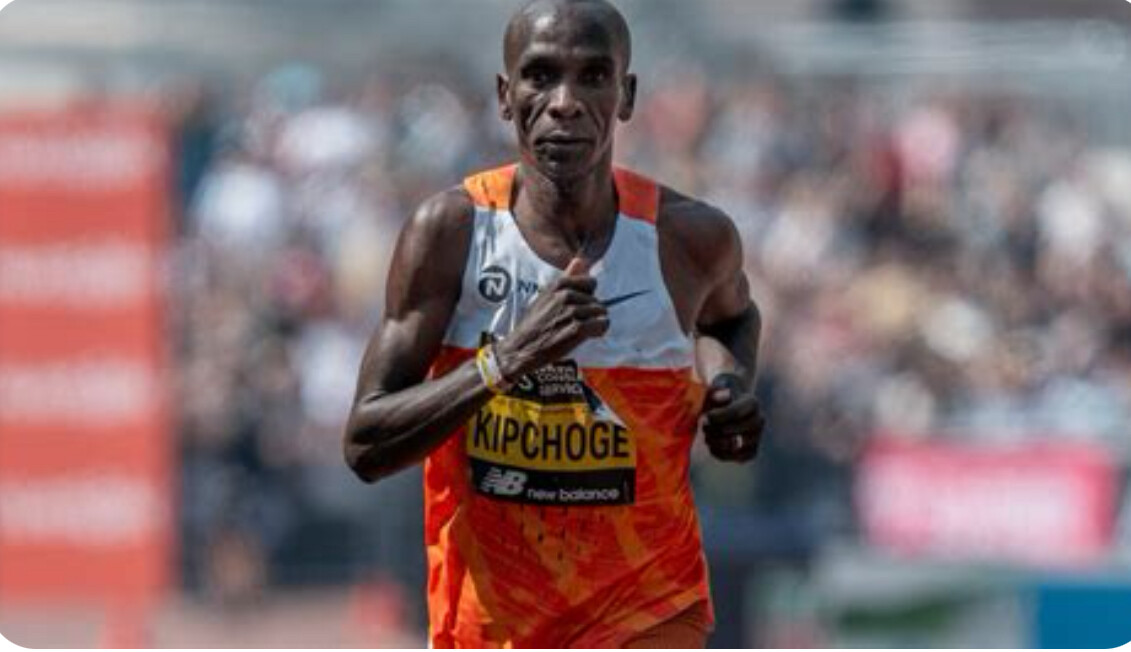
Thankfully, Kipchoge wasn’t announcing a full retirement. The two-time Olympic marathon champion and former world record holder added: “I think I’ll be going around the world to run in big city marathons for a cause, for education, and for conservation. But above all, I’m still having one more year.”
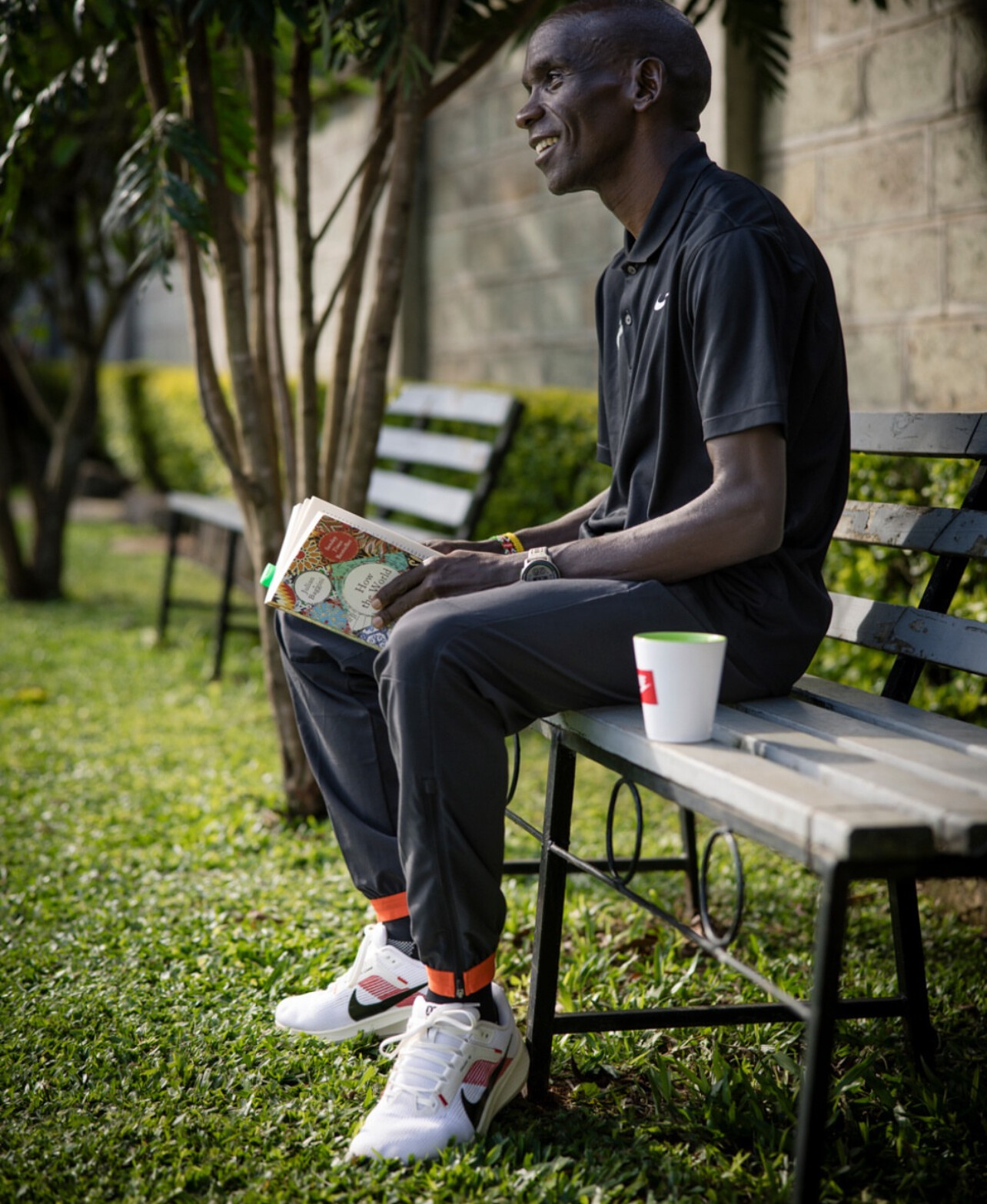
That final sentence is the reprieve the world needed. After more than 20 years at the pinnacle of distance running, Kipchoge isn’t done yet. But it does suggest that the end of his elite competitive career is near.

A Legacy Like No Other
Widely regarded as the greatest marathoner of all time, Kipchoge has won 11 World Marathon Majors, including a record four in London and five in Berlin. His 2:01:09 Berlin performance stood as a world record and remains the second-fastest official marathon ever recorded.
In 2019, he made history as the first person to break the two-hour barrier for the marathon, clocking 1:59:40 in Vienna in a specially staged event. He also won Olympic gold in Rio (2016) and successfully defended his title in Tokyo (2021).
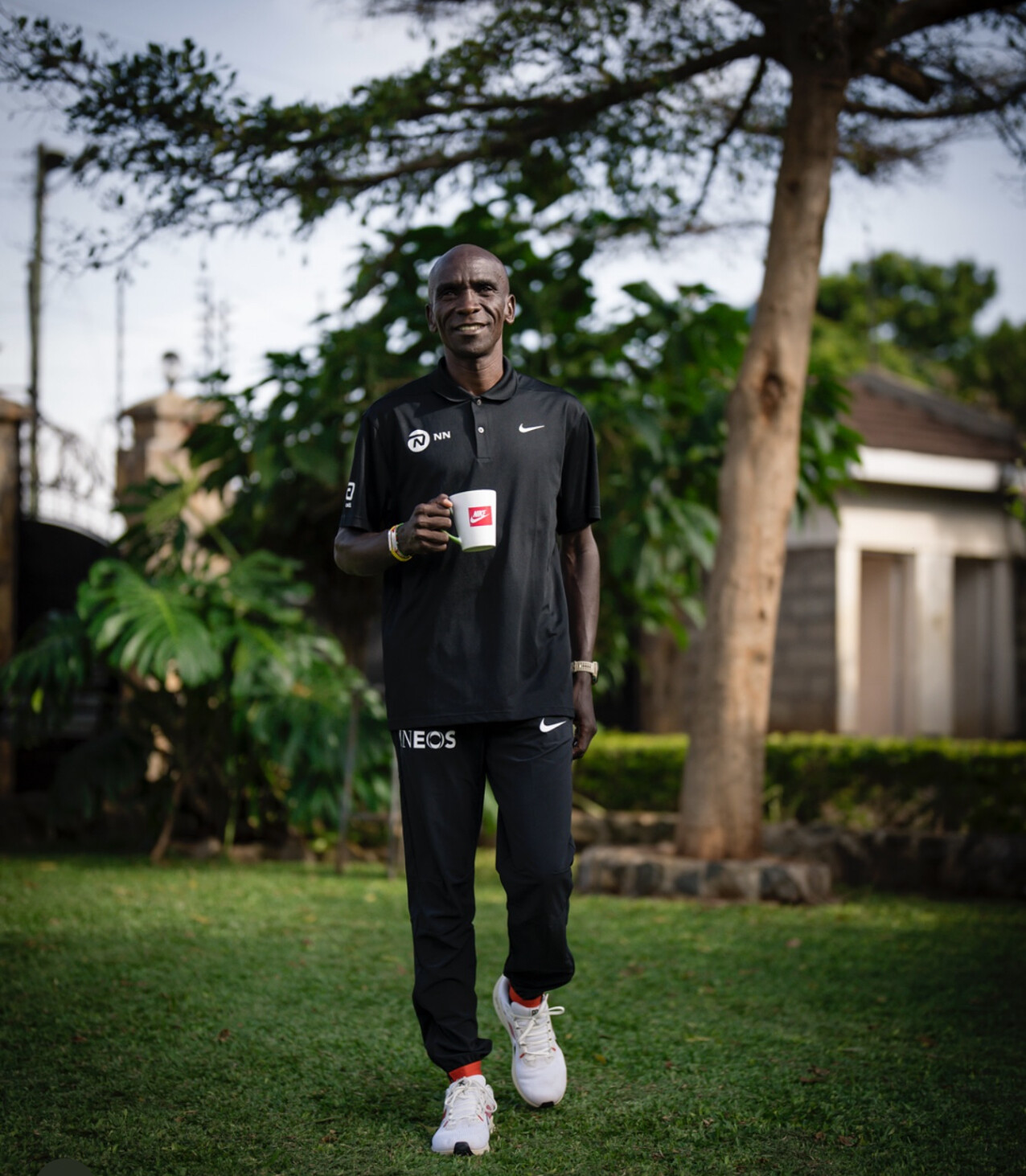
What Comes Next
At age 40, Kipchoge has more than earned the right to step away—but he’s choosing to run with purpose instead. He plans to use his final year of competitive racing to spotlight global causes close to his heart, including education and conservation. His future appearances in major city marathons will be driven by more than medals.
While London may never see Kipchoge in full competitive mode again, the running world will still have a chance to celebrate the living legend. One more year. One final lap. And a legacy that will endure for generations.
(05/21/2025) ⚡AMPby Boris Baron
Blistered During a Race? Here’s What You Should Do to Keep Going Without Long-Term Damage
It’s one of the worst things that can happen mid-race: that sudden, sharp sting in your shoe signaling a blister is forming. And you’re only a few miles in.
My Best Runs editor and lifetime runner Bob Anderson knows the feeling all too well.
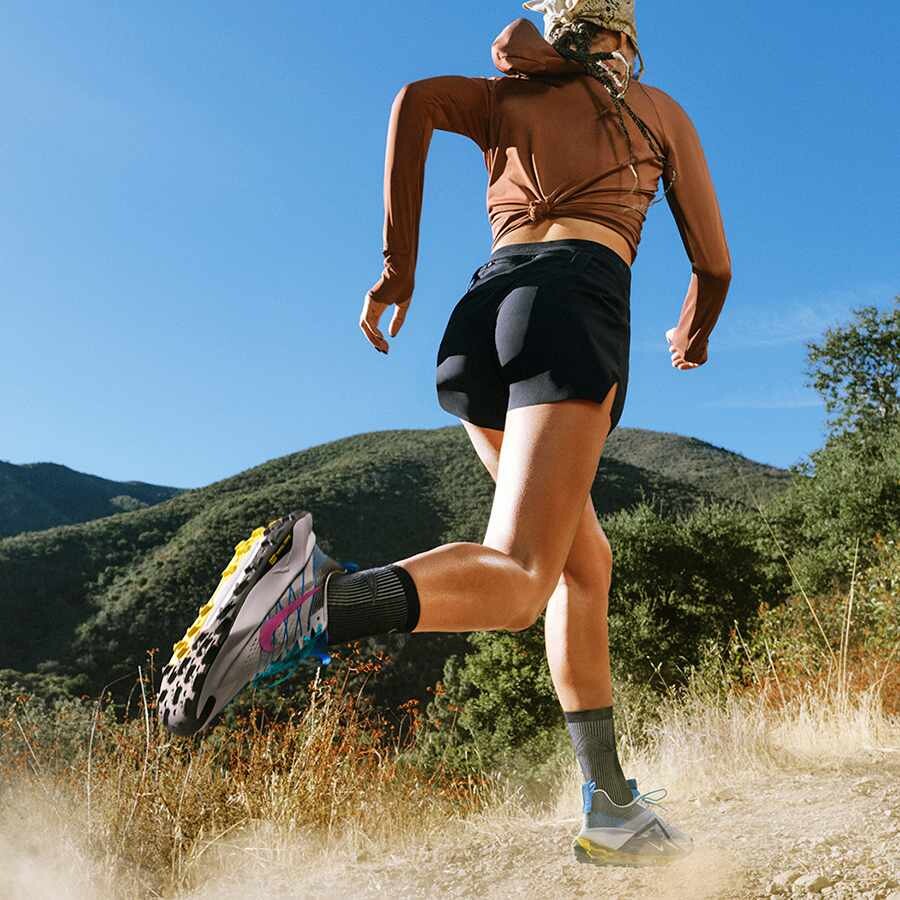
“I blistered up just two miles into the Honolulu Marathon,” he recalls. “It was raining, and my feet were sliding around inside my shoes. I should have stopped and done something right then—but I didn’t. I kept going and paid the price. By the end, my feet were destroyed. It took four weeks to fully recover.”
Despite the pain, Bob still managed to finish in 3:19.
“But I was in shape to run under three hours,” he says. “Had I taken a minute to fix the issue early, maybe I could have still gone sub-3. But by doing nothing and just toughing it out, that mistake probably cost me at least 19 minutes.”
Blisters can derail a race and impact your training for weeks. But there are smart steps runners can take—both during the race and in the aftermath—to minimize damage and keep moving safely.

1. Catch It Early
Blisters typically begin as a “hot spot”—a warm, irritated area of skin caused by friction. If you act quickly, you can stop it from getting worse.
What to do:
At the first sign of discomfort, stop at the next aid station if possible.
Apply a lubricant, bandage, or blister pad (carry a small kit if you’re prone to them).
Adjust your shoelaces to reduce foot movement inside the shoe.
2. If the Blister Bursts Mid-Race
Once a blister bursts, the exposed skin becomes vulnerable. Continuing without protection can lead to serious tearing and infection.
What to do:
Rinse the area with water if available.
Apply gauze, moleskin, or medical tape to reduce further friction.
Use a lubricant or balm to prevent sticking or tearing.
3. Don’t Tough It Out Blindly
Trying to grit your way through blister pain without addressing it can lead to altered mechanics, more injuries, or even a DNF.
What Bob could have done differently:
Worn water-resistant or anti-blister socks.
Applied anti-chafe balm or blister prevention tape before the race.
Carried a small emergency blister kit.
Visited a medical tent early for assistance.
4. Post-Race: Treat It Right Away
Finishing a race with open or torn blisters demands proper care—don’t delay.
Post-race recovery tips:
Clean the area with warm water and antiseptic.
Drain large blisters with a sterile needle (never remove the overlying skin).
Apply antibiotic ointment and loosely cover with gauze.
Take time off to let it fully heal before returning to training.
5. The Best Fix Is Prevention
Preventing blisters begins before the starting gun ever goes off.
Break in shoes well ahead of race day.
Use moisture-wicking or toe socks.
Apply Body Glide or petroleum jelly to known hot spots.
Keep toenails trimmed and feet dry.
Practice in the same shoes and socks you’ll race in—especially in wet weather.
Bottom Line:
If you feel a blister forming mid-race, don’t ignore it. A quick stop to address the issue could save your race—and your recovery. It’s better to lose a minute than weeks of training—or, in Bob’s case, 19 minutes and a shot at a sub-3.
(05/21/2025) ⚡AMP
by Boris Baron
From 100 Meters to Ultras: KATA Expands Its Reach
The KATA sprinters team is quickly becoming a force to be reckoned with in the Kenyan athletics scene. Operating under the broader KATA (Kenyan Athletics Training Academy) family, this dynamic group of athletes is trained and led by Coach Julius Migwi, whose focus on speed and power has begun to deliver impressive results.
“We started training our sprints team in 2023,” says Coach Migwi. “At KATA, we operate as one family. Our sprint team trains with precision and discipline, and this year we’ve already achieved a lot.”
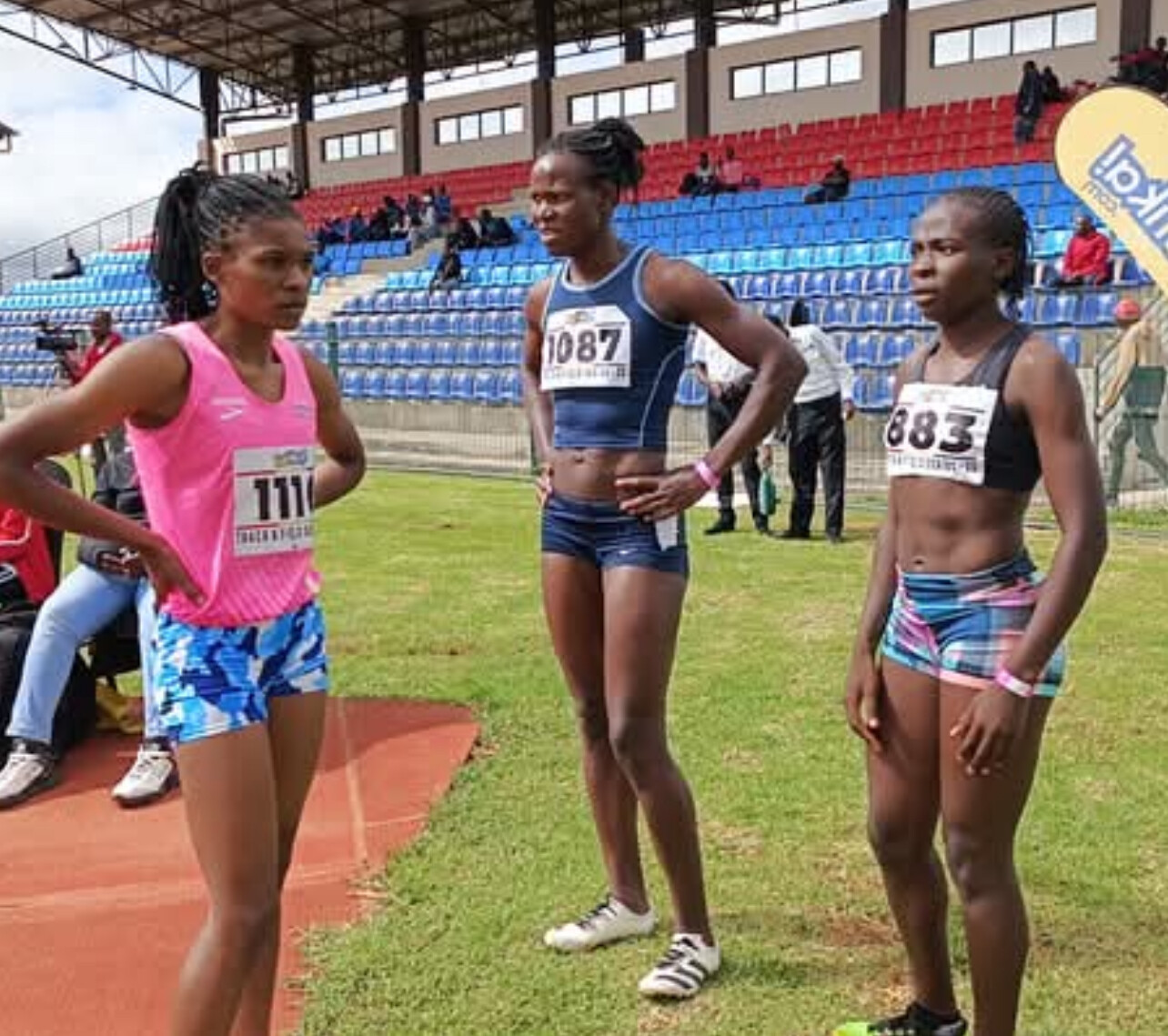
Standout Performances in 2025
Among the team’s top achievements:
• Doreen Waka placed 2nd at the prestigious Betika Grand Finale earlier this season and earned an invitation to compete at the Kip Keino Classic, scheduled for May 31.
• Peris Chege represented Kenya at a relay event in Ethiopia, showcasing her talent on the international stage.
• Gladys Ngure claimed 2nd place in the 100m hurdles, further demonstrating the growing strength of KATA’s women sprinters.
In addition, several emerging sprinters are progressing rapidly, signaling the depth of talent within the academy.
A Vision Beyond Distance Running
“I’m extremely proud of what our KATA sprint team is accomplishing,” says KATA director Bob Anderson. “When I first came up with the idea of launching a KATA training camp back in 2014, I imagined it would be focused solely on distance runners—training the Kenyan way. But after we officially began with distance runners in 2019, I quickly realized there was a need to support athletes across all events, from the 100 meters to ultramarathons. That vision has become a reality. We now have a growing sprint program in Kenya and a second KATA location in Portugal, with more ideas taking shape. KATA is making its mark on the global athletics stage.”
Looking Ahead
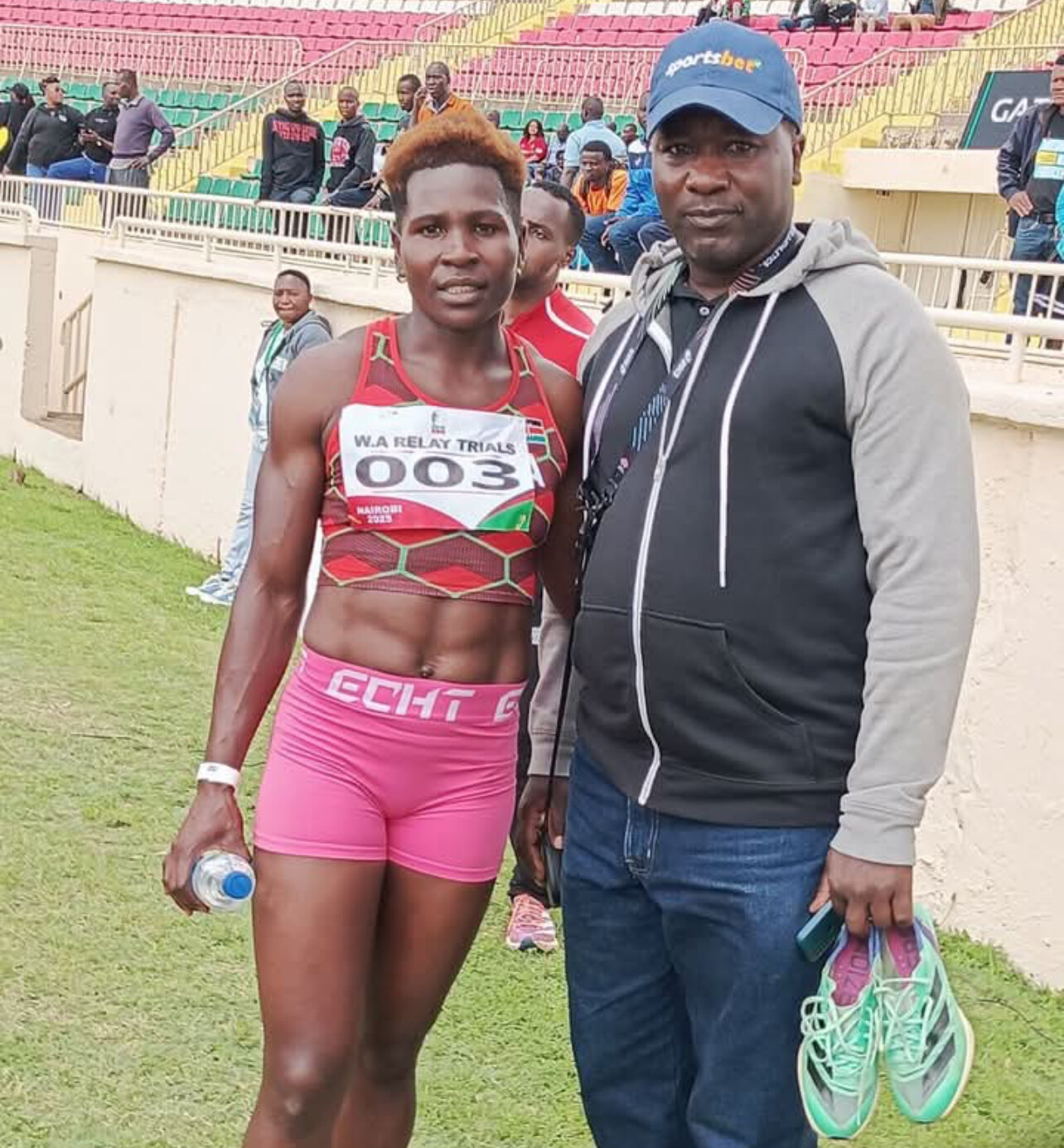
Coach Migwi and the team remain focused on the future. One of their current challenges is training on a murram (dirt) track. He hopes to eventually transition to a tartan surface, which would enhance both performance and injury prevention.
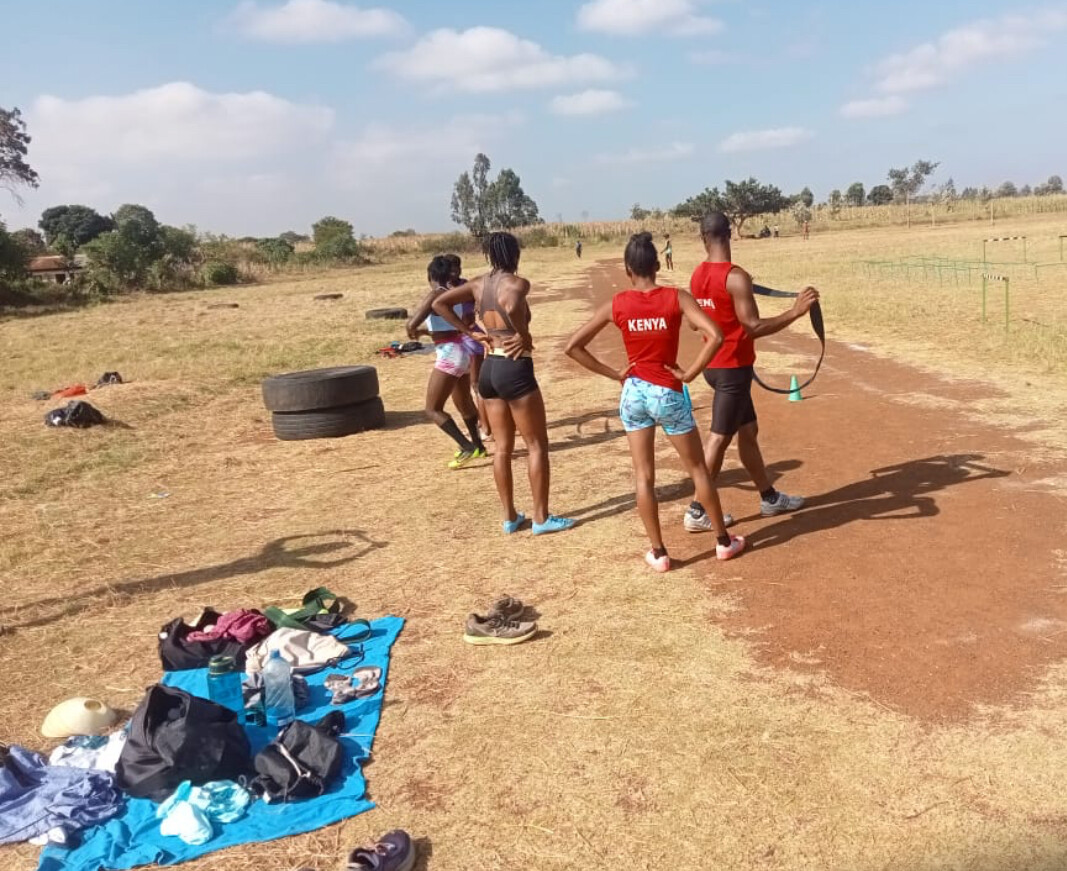
“Our goal is to be record breakers and to produce the best out of the best,” says Julius. “We are committed to building a world-class program.”
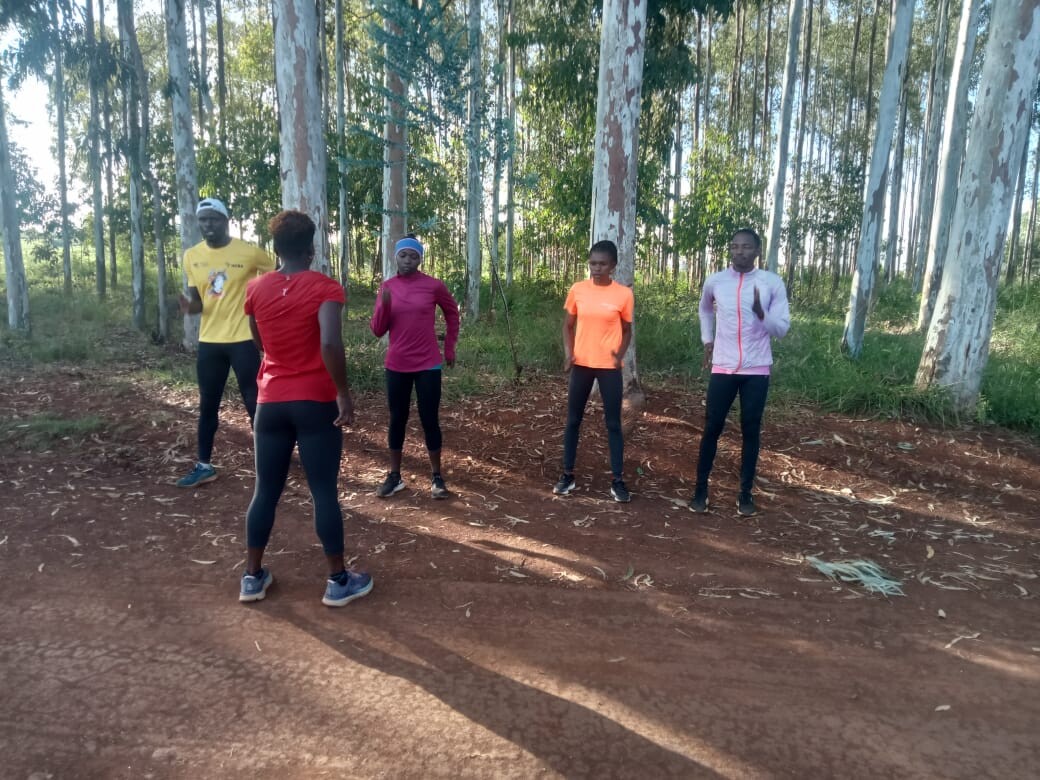
He offers a guiding principle that drives his athletes: “Never give up, press on.”
“Long live the KATA family under Bob Anderson leadership,” he adds. “Together, we are building something special.”
As the sprint team continues to evolve, it stands as a powerful symbol of KATA’s broader mission: to develop world-class athletes across all disciplines—distance, middle distance, and now, sprint events.
(05/21/2025) ⚡AMPby Boris Baron
KATA Time Trial Series
Welcome to the KATA Monthly Time Trial Held at the Kenyan Athletics Training Academy in Thika, Kenya, the KATA Monthly Time Trial is a unique and inclusive event designed to support runners of all levels in achieving their goals and showcasing their fitness. This event offers both 10K and 5K distances on an accurate, certified course, providing participants with...
more...Sleep Like a Champion: Why Rest May Be Your Most Powerful Running Tool
Most runners focus on mileage, splits, and fueling—but there’s one key performance enhancer that’s often overlooked: sleep. Elite athletes and sports scientists increasingly agree that rest isn’t just recovery—it’s training.
Sleep and Performance: What Science Says

During deep sleep, the body releases human growth hormone (HGH), which repairs muscles, rebuilds tissues, and restores energy. Your immune system strengthens, the brain consolidates motor memory (important for running form), and muscles rebuild stronger.

Sleep deprivation can lead to:
• Slower reaction times and decision-making
• Increased injury risk
• Poor glycogen storage
• Reduced endurance and mental focus
Simply put: if you’re not sleeping well, your training gains are compromised
What Elite Runners Are Doing
Top runners are making sleep a priority—right alongside workouts and recovery days.
• Eliud Kipchoge sleeps 9+ hours per night and takes a daily nap to support his high-volume training.
• Molly Seidel calls sleep her “number one recovery tool.”
• Jakob Ingebrigtsen is known for dialing back screen time and evening stress to protect sleep quality.
Coaches across the globe now structure training schedules to ensure athletes can rest, especially before and after intense sessions.
Sleep Tech: Measuring What Matters
Devices like the Whoop Strap, Oura Ring, and Garmin sleep trackers are giving runners new insight into recovery. These tools track heart rate variability (HRV), sleep stages, and readiness scores, helping athletes fine-tune their training and rest cycles.
How to Optimize Your Sleep for Better Running
1. Stick to a sleep schedule – go to bed and wake up at the same time daily.
2. Create a wind-down routine – limit screens, caffeine, and stress before bed.
3. Keep your bedroom cool and dark – around 65°F (18°C) is ideal.
4. Avoid late-night workouts – they can spike adrenaline and delay sleep.
5. Prioritize naps if nighttime sleep falls short – even 20 minutes helps.
Your next personal best might not come from a new training block or pair of shoes—it might come from simply getting more sleep. If you’re serious about performance, sleep is non-negotiable.
Train hard. Sleep smarter. Recover stronger.
(05/20/2025) ⚡AMPby Boris Baron
The Champion Who Was Shoved Off Course but Won Our Hearts
He Lost Gold but Won the World’s Respect
In one of the most unforgettable moments in Olympic history, Brazil’s Vanderlei de Lima was on the brink of glory at the 2004 Athens Olympic Marathon—until a shocking intrusion changed everything.
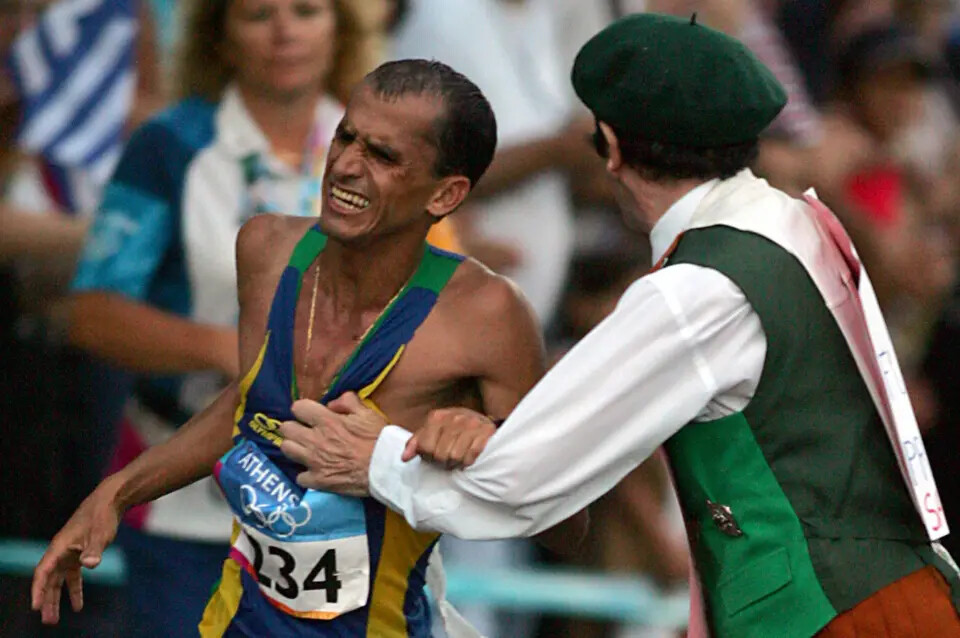
With just over four miles to go and a commanding 25-second lead, de Lima appeared destined to capture Brazil’s first-ever Olympic gold in the marathon. Then, without warning, a man leapt from the crowd and forcefully pushed him off the course.
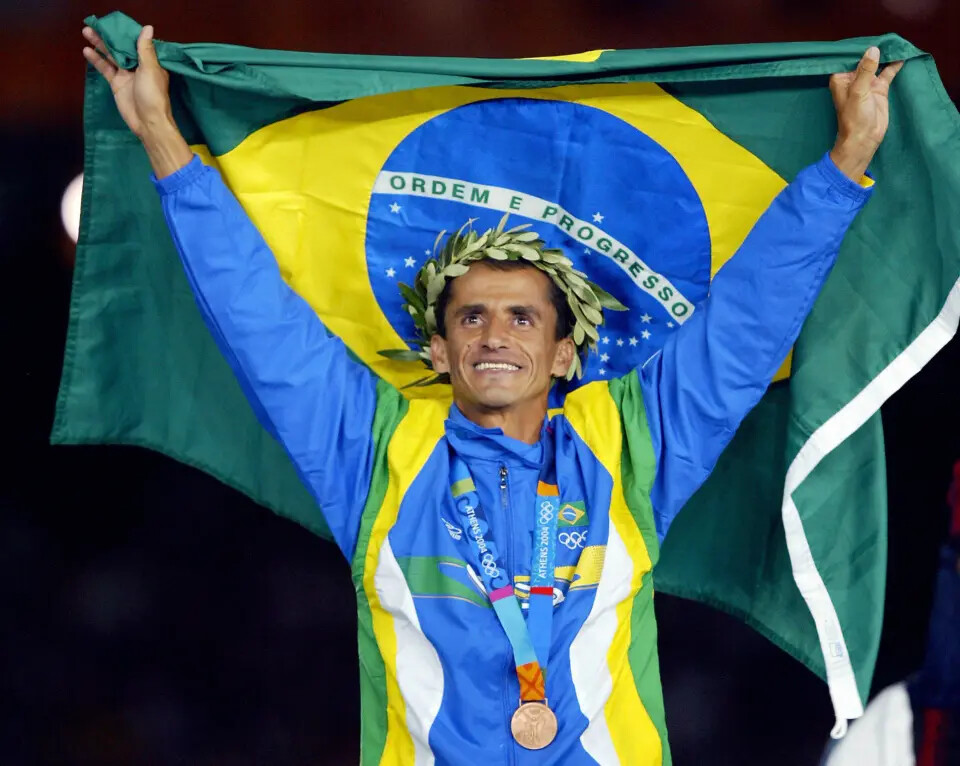
The assailant was later identified as Neil Horan, a former Irish priest already notorious for disrupting the 2003 British Grand Prix. Though a bystander quickly intervened to help free de Lima, the damage was done—his rhythm was broken, precious seconds were lost, and his chance at gold began slipping away.
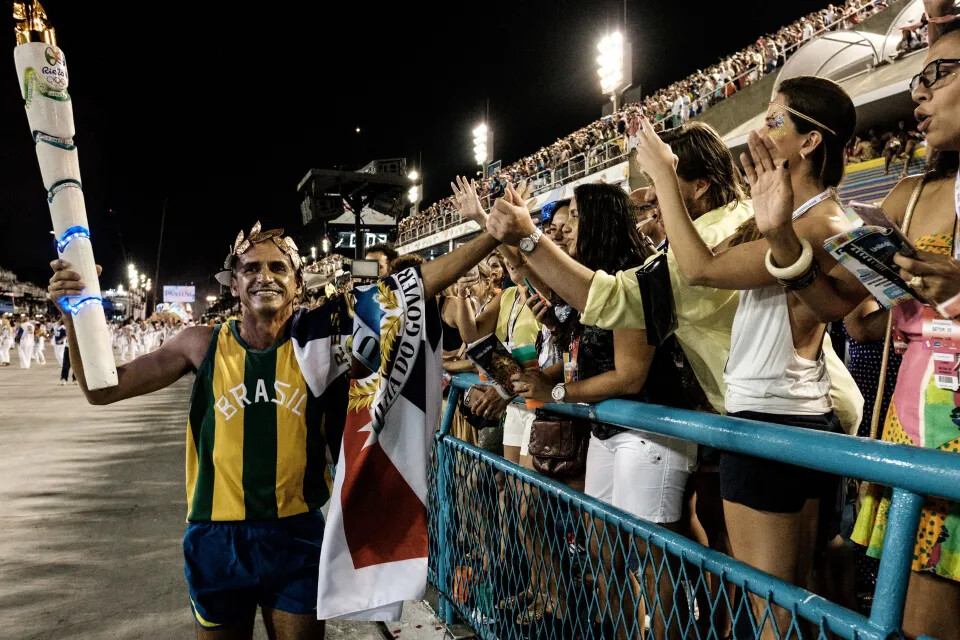
Still, de Lima didn’t stop.
He returned to the course, running with remarkable resolve and even smiling and waving to the crowd as he entered the stadium. He crossed the line in third place, claiming the bronze medal—but earning something even greater in the eyes of the world.
His grace under pressure became a symbol of true sportsmanship. For his extraordinary display of dignity, Vanderlei de Lima was later awarded the Pierre de Coubertin Medal, a rare honor given by the International Olympic Committee to those who embody the Olympic spirit.
Though he was robbed of a gold medal, de Lima’s legacy endures as a timeless reminder: sometimes the greatest victories are not measured by the color of the medal, but by the strength of the human spirit.
What Happened to Neil Horan?
The man who infamously shoved Vanderlei de Lima off course was identified as Neil Horan, a former Irish priest with a history of disrupting major sporting events. He had previously interfered with the 2003 British Grand Prix and was known for spreading extreme religious views.
For the Athens incident, Horan was arrested and later convicted, receiving a 12-month suspended sentence from Greek authorities. Though he didn’t serve jail time, he was globally condemned for robbing de Lima of a likely gold medal. Horan was defrocked by the Catholic Church in 2005 and has since appeared sporadically in the media, showing little remorse for his actions.
Vanderlei de Lima, meanwhile, earned something far more enduring: the world’s respect.
(05/20/2025) ⚡AMP
by Boris Baron
Jakob Ingebrigtsen’s Need for Speed Extends Beyond the Track
Jakob Ingebrigtsen isn’t just one of the greatest middle-distance runners of this generation—he’s also a serious car enthusiast. While he’s best known for his Olympic gold and sub-3:30 1500m times, off the track Ingebrigtsen has a growing passion for high-performance vehicles.
His three most talked-about cars reveal a lot about his taste for speed and engineering excellence:
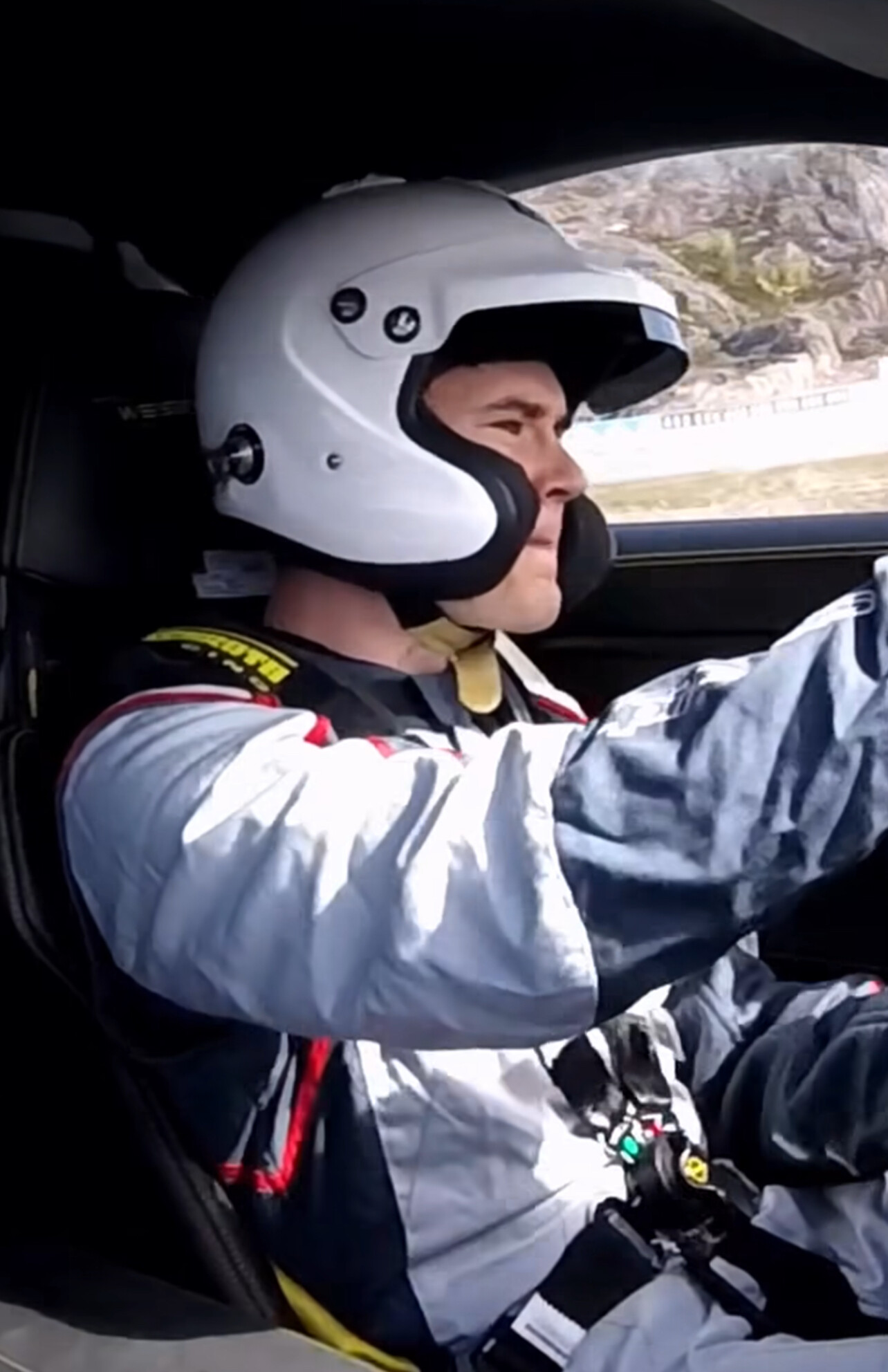
1. 1989 Ferrari 348 GTB

A true classic among car collectors, Ingebrigtsen has personally modified this model with a front lip, spoiler, half cage, and bucket seats. This car reflects his appreciation for vintage craftsmanship with a modern edge.

• Estimated value: $70,000–$95,000 (depending on upgrades and condition)
2. Porsche 911 GT3 RS
Built for the track, the GT3 RS is one of Porsche’s most revered models. Jakob has been spotted racing it, showing that his love for competition isn’t limited to running.
• Estimated value: $180,000–$220,000
3. Mercedes-Benz AMG E63 (Sold)
Before selling it, Ingebrigtsen owned a high-powered AMG E63—an elegant yet aggressive vehicle known for both speed and comfort.
• Estimated past value: $100,000
Combined, these three cars bring the estimated total to over $350,000—a clear sign that Jakob invests in quality and performance in every aspect of life.
As he continues to chase records on the track, it’s clear Ingebrigtsen also enjoys the thrill of speed behind the wheel. His social media occasionally features glimpses of his cars, making it evident that his interest in motorsport is more than just a side hobby—it’s a passion.
(05/19/2025) ⚡AMPby Boris Baron
Jakob Ingebrigtsen Provides Injury Update, Postpones Outdoor Season Start
Jakob Ingebrigtsen, Norway’s Olympic champion and one of the most dominant middle-distance runners in the world, has confirmed that he will delay the start of his 2025 outdoor season due to a recurrence of an Achilles tendon issue.
The 24-year-old experienced discomfort in his Achilles while training at high altitude in Sierra Nevada, Spain—an injury reminiscent of a previous setback that sidelined him during part of the 2023–2024 season. Ingebrigtsen has since returned to Norway to undergo treatment and has transitioned to cross-training activities including aqua jogging and elliptical work to maintain fitness while reducing impact.
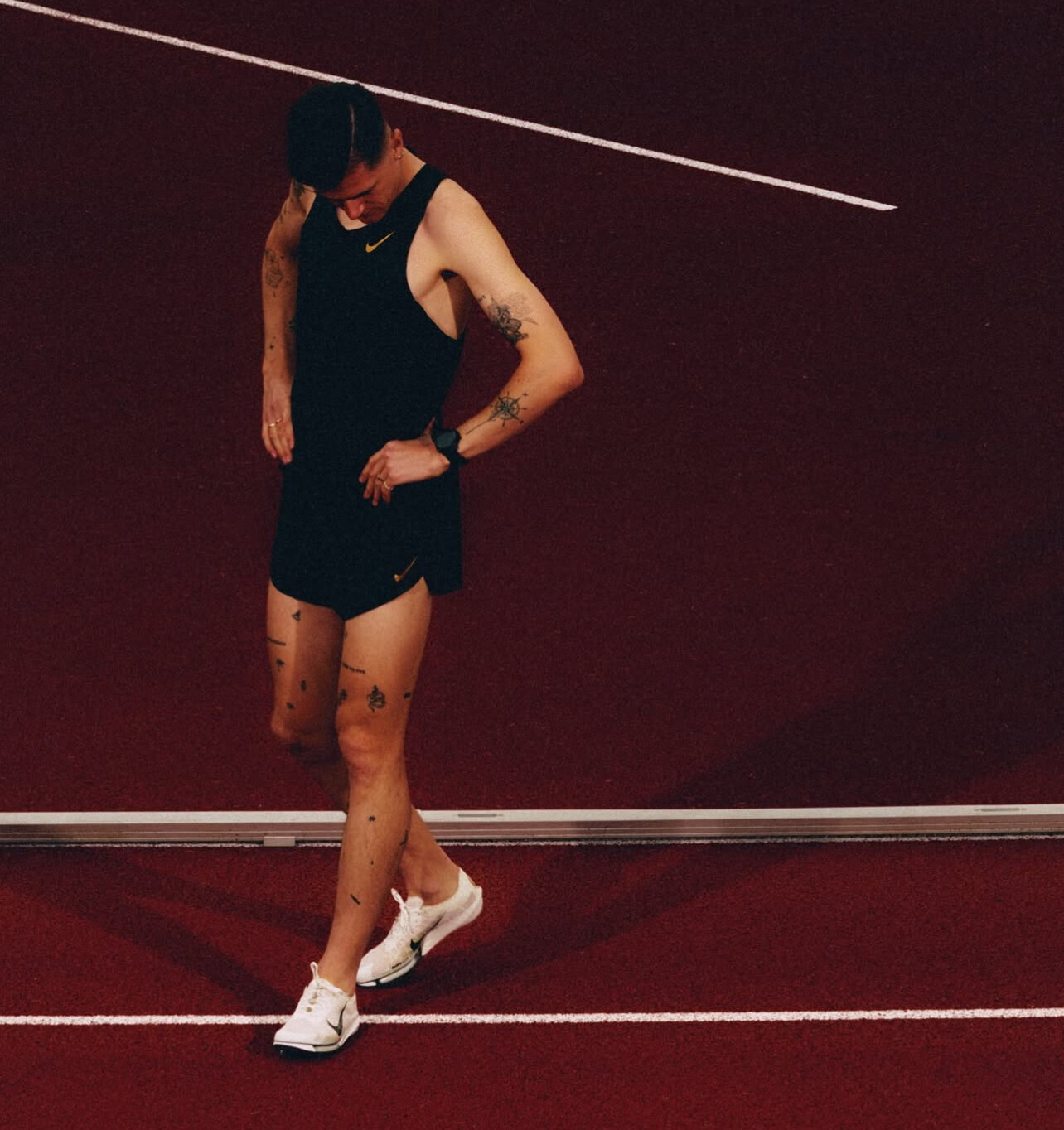
“I’ve been feeling irritation again in my Achilles,” Jakob shared in a video update on his official YouTube channel. “It’s frustrating, but I’ve learned from past mistakes. I want to give myself the best chance to recover fully and be ready for the biggest challenges later this season.”

As a result, Ingebrigtsen is expected to miss the Bislett Games in Oslo, scheduled for June 12, and his participation in the London Diamond League in July remains uncertain. However, he remains focused on regaining top form in time for the World Championships in Tokyo later this year.
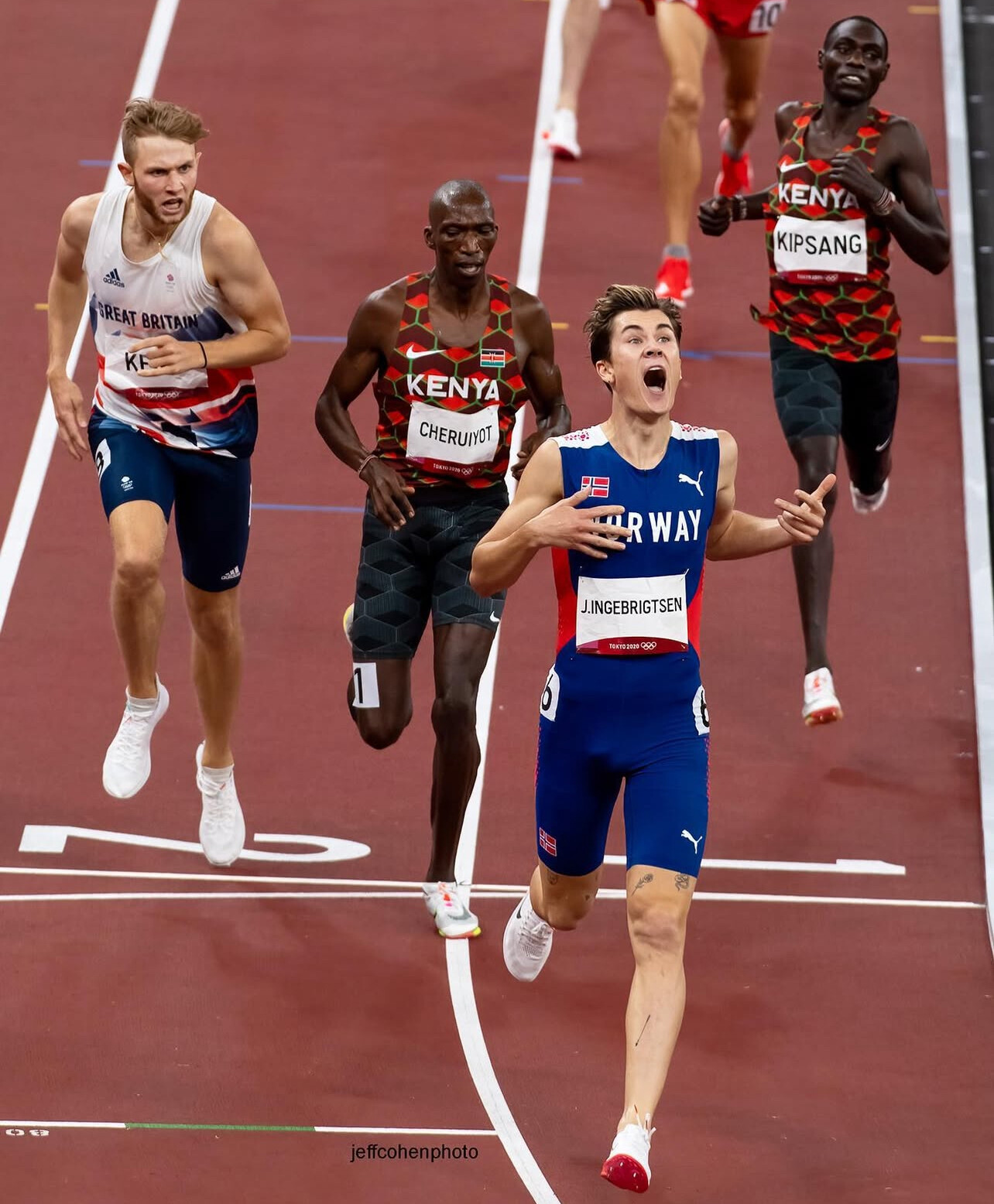
Despite this recent setback, Ingebrigtsen had an extraordinary indoor season earlier in 2025. He shattered two world records—running 3:45.14 in the indoor mile and 3:29.63 in the 1500m—both at the Meeting Hauts-de-France Pas-de-Calais in Liévin. He also claimed gold in both the 1500m and 3000m at the European Athletics Indoor Championships in Apeldoorn and the World Indoor Championships in Nanjing.

Jakob’s cautious approach underscores his long-term focus. “I’m not rushing this. I know what I’m capable of when I’m healthy,” he added. “The goal is to compete at my best when it matters most.”
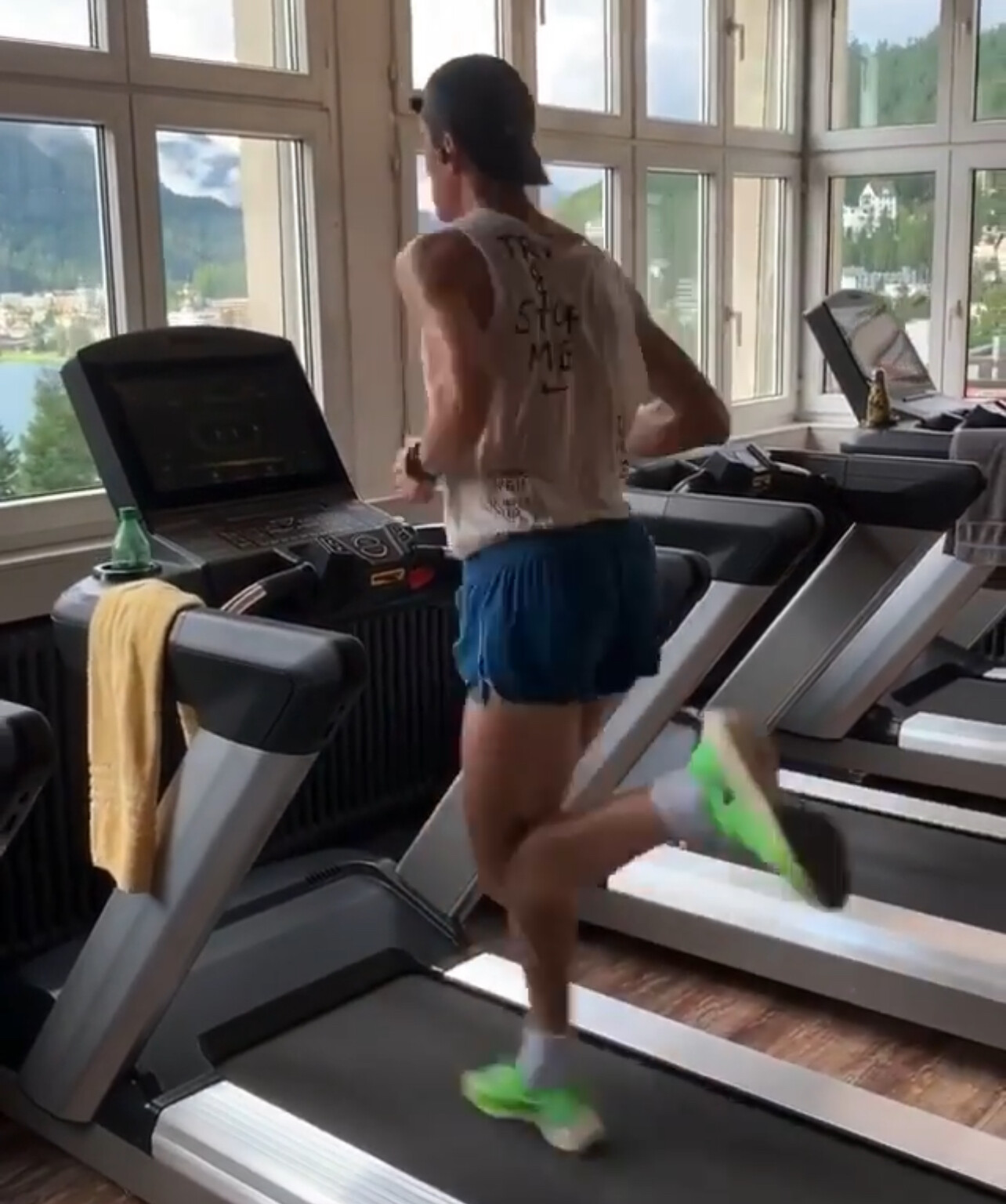
by Boris Baron
Looking Back at Chebet’s Game-Changing Sub-14 5K Performance
On December 31, 2024, Beatrice Chebet etched her name into athletics history by becoming the first woman ever to break the 14-minute barrier in a 5-kilometer road race. Clocking an astonishing 13:54 at the Cursa dels Nassos 5K in Barcelona, Chebet not only shattered her own world record but also solidified her place as one of the most dominant figures in women’s distance running.
Cursa dels Nassos: A Proven Stage for Fast Times
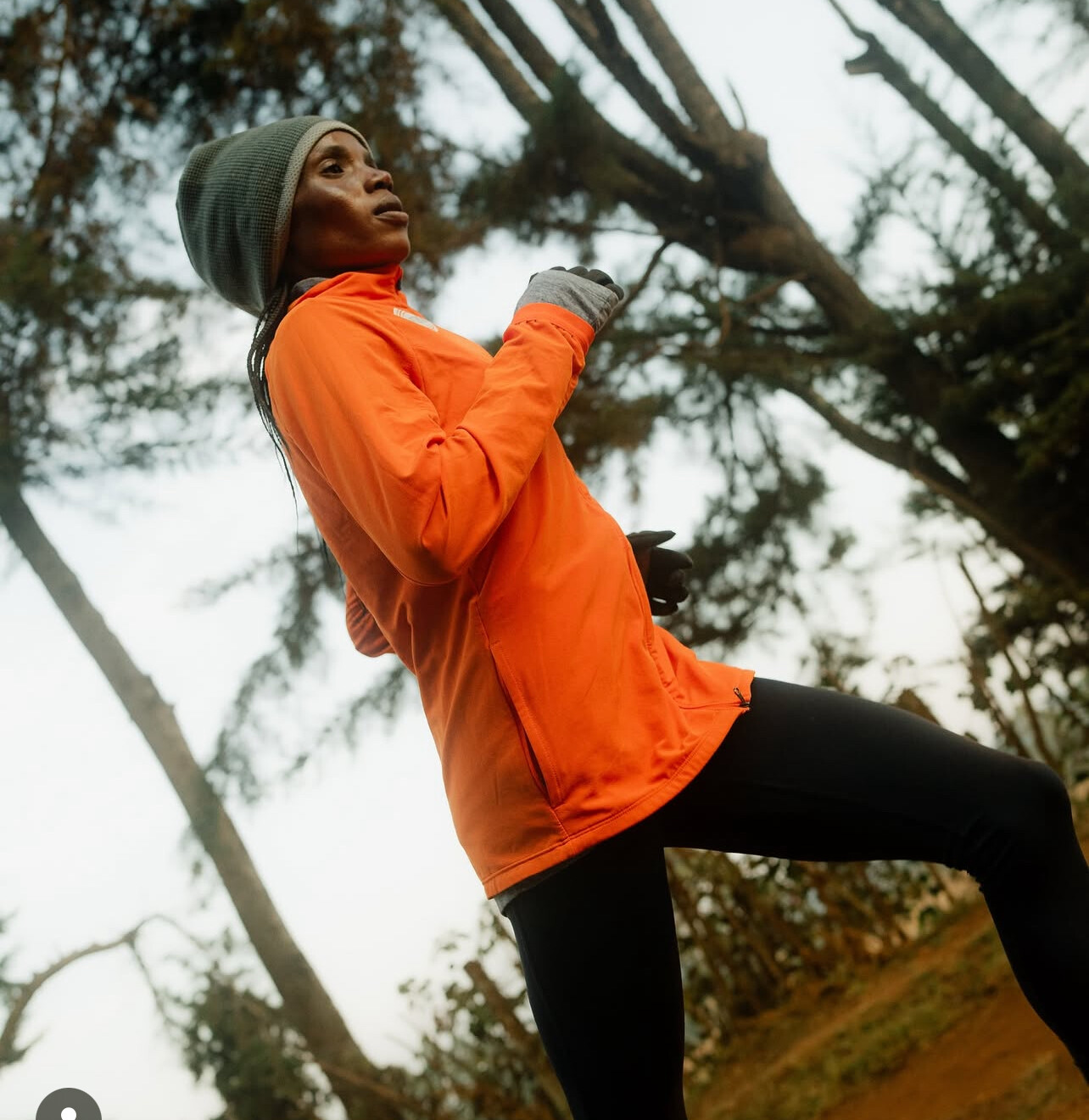
Barcelona’s year-end event has become a magnet for elite performances. In 2021, Ethiopia’s Ejgayehu Taye set a world record at the same race, running 14:19. Chebet reclaimed the crown in 2023 with a 14:13 effort and returned in 2024 to lower that mark again, blazing through the course with unmatched speed and confidence. Her performance reinforced Cursa dels Nassos’ reputation as one of the fastest and most competitive road 5Ks in the world.
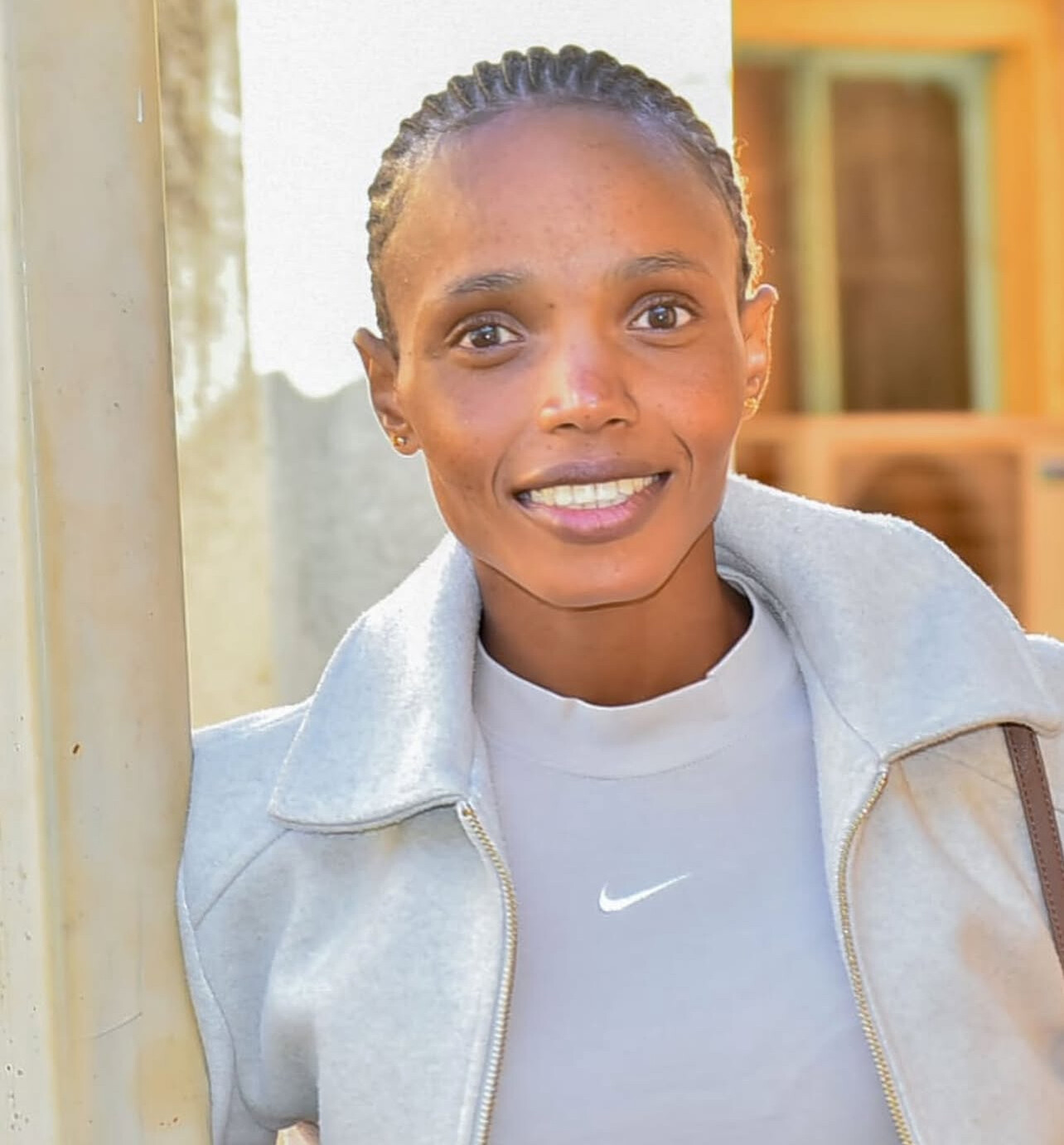
A New Era for the Women’s 5K
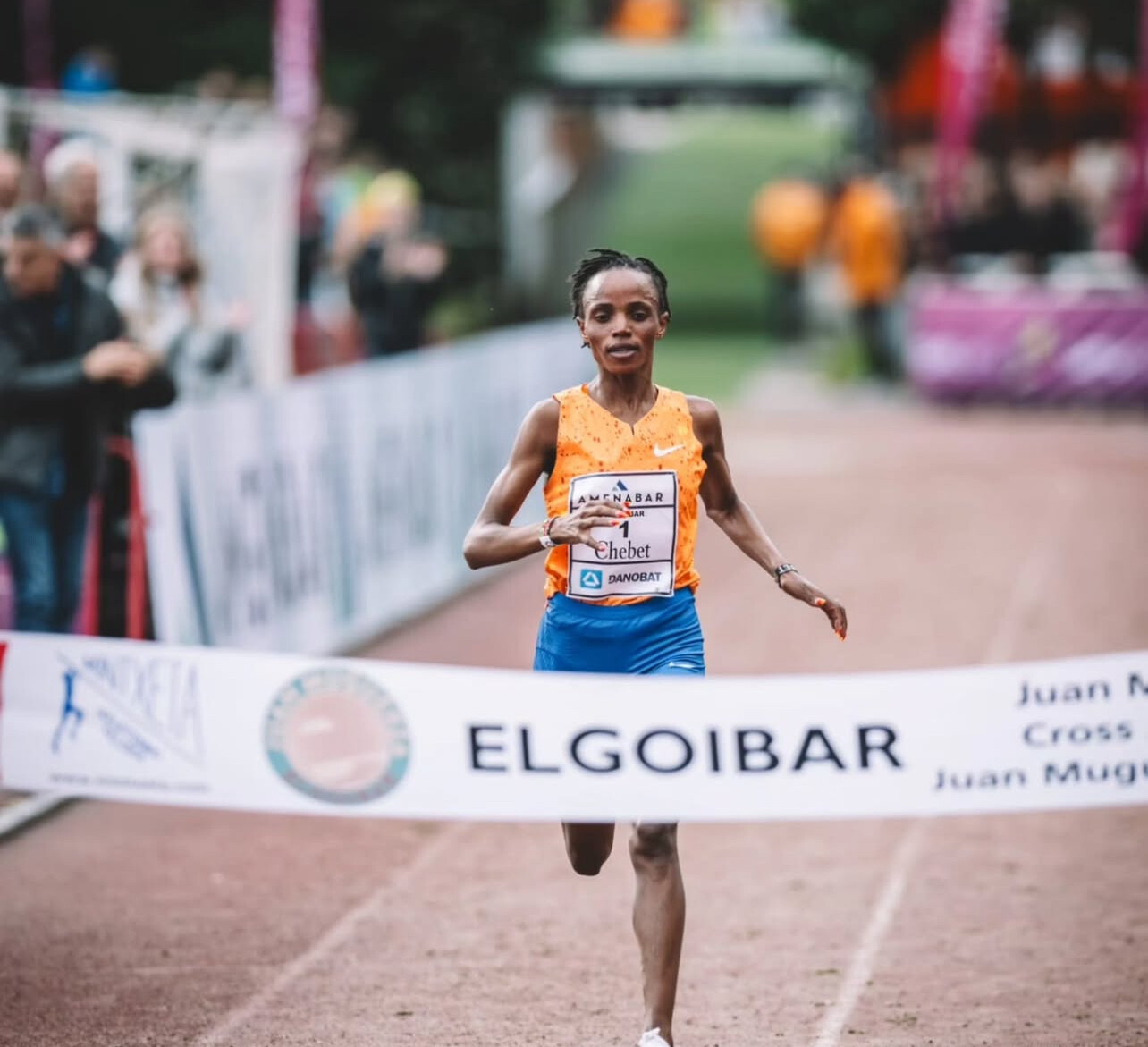
Chebet’s barrier-breaking run is more than a record—it’s a statement. Once viewed as a stepping stone to longer distances, the 5K is now a premier event showcasing elite-level speed, precision pacing, and raw competitive fire. Athletes like Chebet are pushing the limits of what’s possible, inspiring a new generation to view the 5K not as a warm-up, but as a worthy test in its own right.
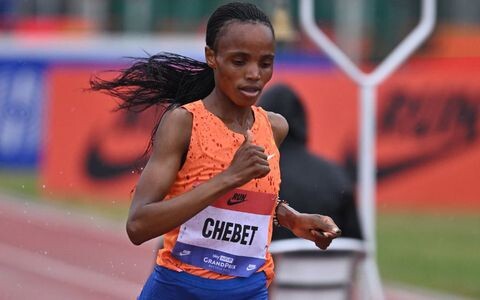
As Beatrice Chebet continues her climb into the pantheon of distance greats, her 13:54 road 5K will stand as a landmark moment—a performance that redefined the ceiling for women’s distance running and opened the door to what’s next.
(05/19/2025) ⚡AMPby Boris Baron
10k Facsa Castello
The 10K FACSA Castelló is one of Spain’s fastest and most prestigious road races, drawing elite and amateur runners from around the world. Held in Castellón de la Plana, this race has grown exponentially, earning a reputation for its flat, high-speed course and exceptional organization. It holds a World Athletics Road Race Label, placing it among the top road races...
more...Comrades Marathon Returns in 2025 for Another Unforgettable Chapter in South Africa
The world’s most iconic ultramarathon is set to captivate once again. On Sunday, June 8, thousands of runners will gather in South Africa for the 96th edition of the Comrades Marathon, a race that continues to define endurance, resilience, and tradition.
Held between the cities of Pietermaritzburg and Durban, this year’s event is a “down run,” covering approximately 87.7 kilometers (54.5 miles) with a net descent toward the finish at Kingsmead Stadium. But don’t be fooled—this course remains one of the most challenging tests in distance running, with punishing hills and unpredictable weather adding to the drama.
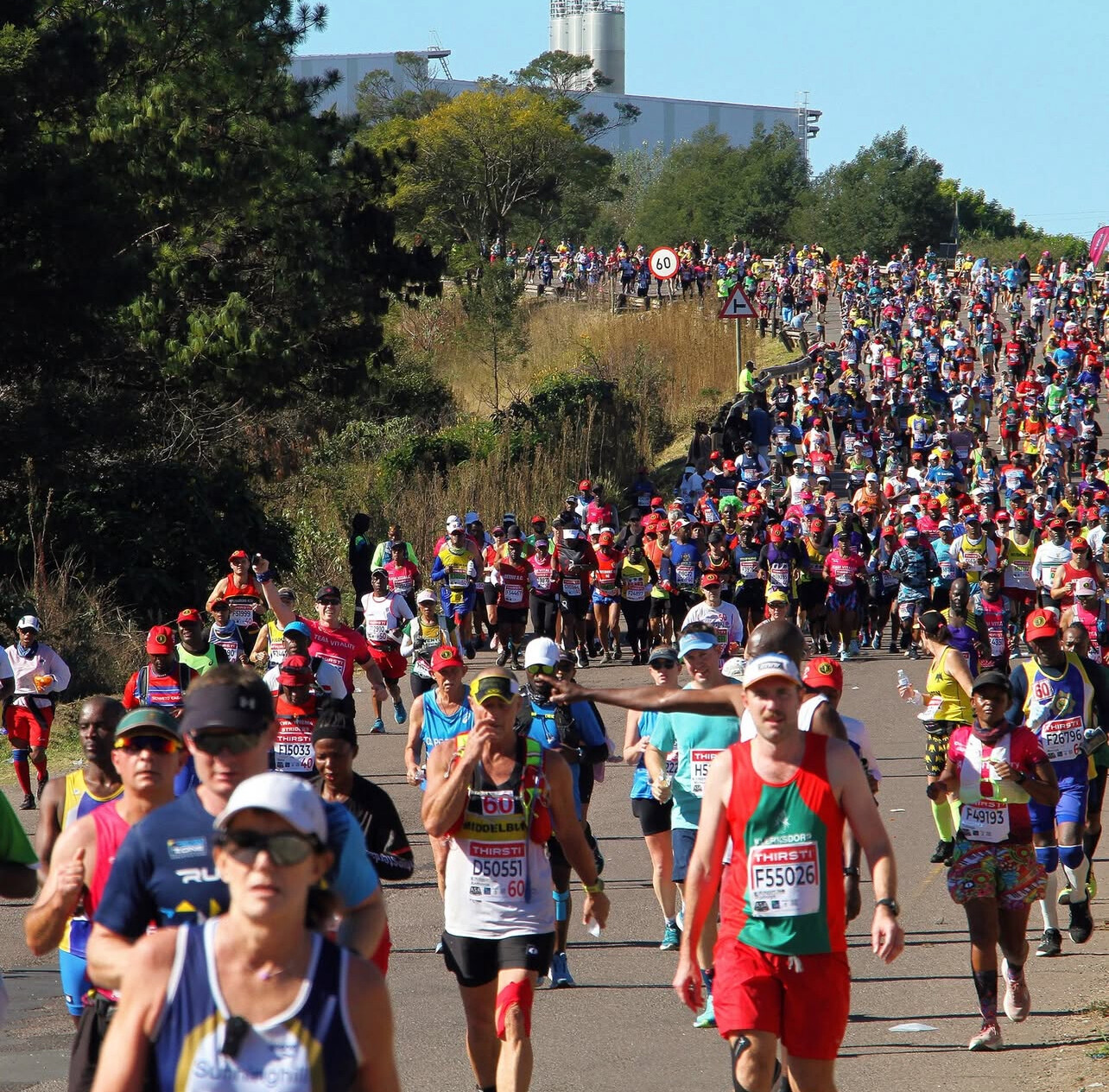
The Comrades Marathon is far more than a race. It’s a cultural phenomenon that draws over 20,000 runners from around the globe and inspires millions more who line the course or tune in from afar. From elite athletes chasing gold to first-timers fighting for a 12-hour finish, every participant adds a chapter to this legendary story.
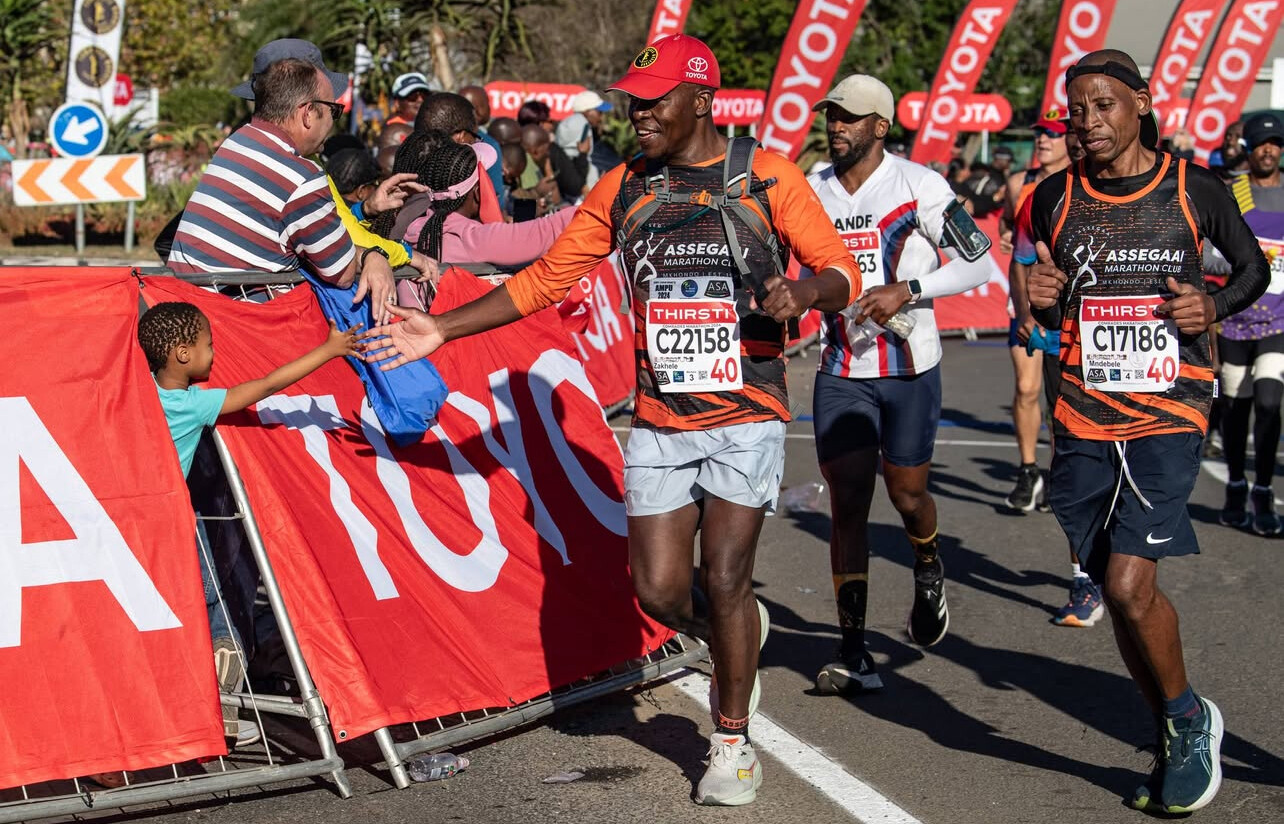
To complete the 2025 Comrades Marathon within the strict 12-hour cutoff, runners must maintain an average pace of approximately 13 minutes and 19 seconds per mile, or 8 minutes and 17 seconds per kilometer, across the 87-kilometer (54.06-mile) course. While this may seem manageable to experienced marathoners, the Comrades route—with its relentless hills, varying terrain, and heat—makes even this pace a serious challenge. Consistent pacing, smart energy management, and mental toughness are crucial to reaching Kingsmead Stadium before the final gun signals the end of the race.
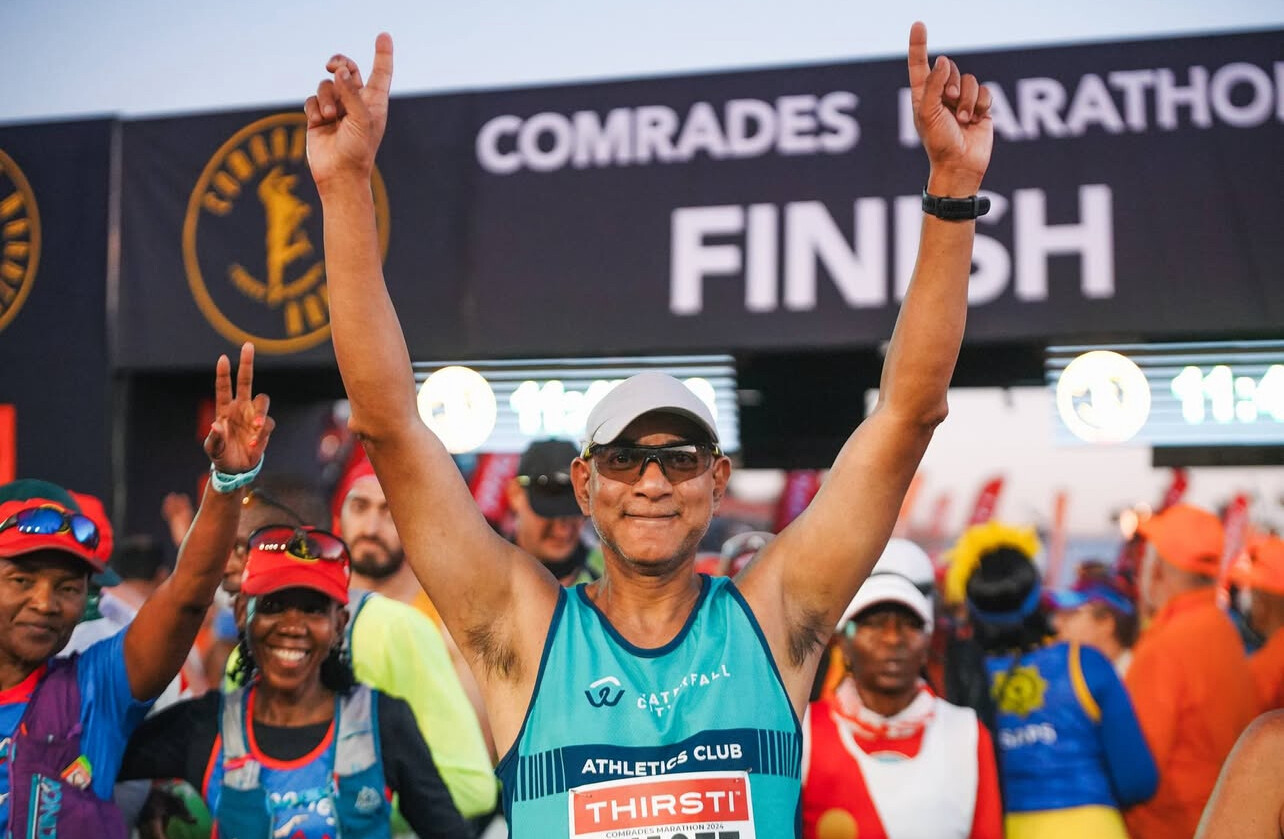
South Africa’s own Gerda Steyn, who smashed the women’s down run record in 2023 with a time of 5:44:54, is expected to return as a favorite. On the men’s side, all eyes are on Tete Dijana, the two-time champion looking to bounce back after a tough showing in 2024. International contenders will also line up, eager to challenge the homegrown champions on their turf.
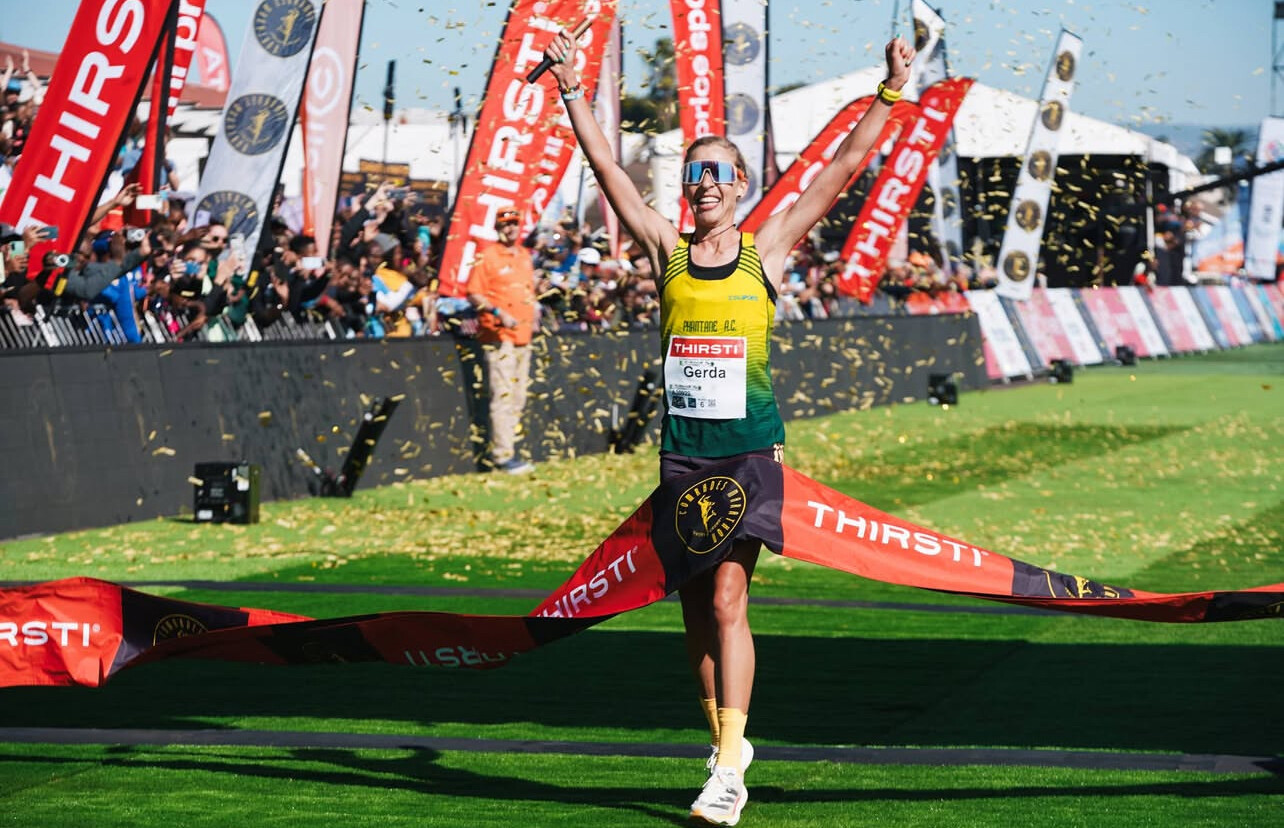
The Comrades is known for its strict 12-hour cutoff, and it’s often the final moments—when exhausted runners sprint or crawl to beat the clock—that leave the most lasting impressions. Medals are earned not just through speed, but through heart.
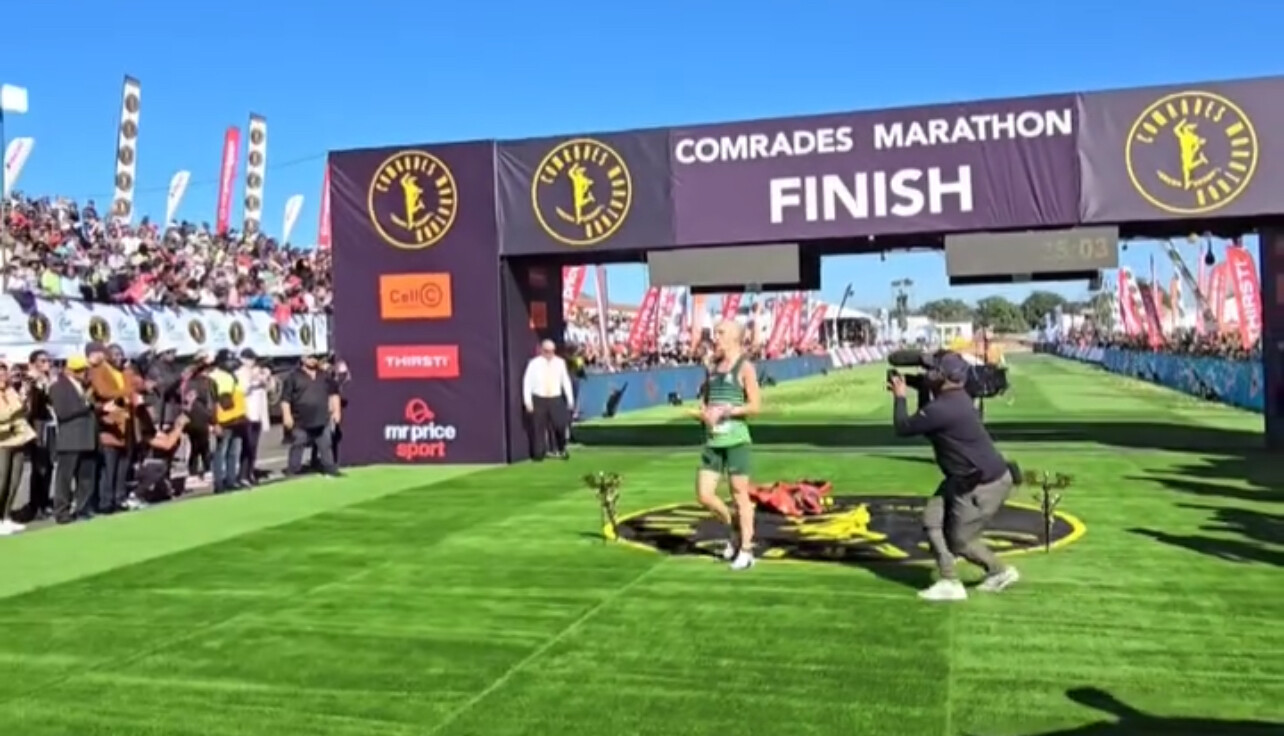
The course, supported by cheering crowds and rich traditions, includes notable landmarks like Polly Shortts Hill, Inchanga, and the halfway mark at Drummond. Local spectators offer music, support, and refreshments, creating an atmosphere like no other in distance running.

Whether you’re chasing a personal best, a gold medal, or simply the finish line, the 2025 Comrades Marathon promises to be another unforgettable day in the global running calendar.
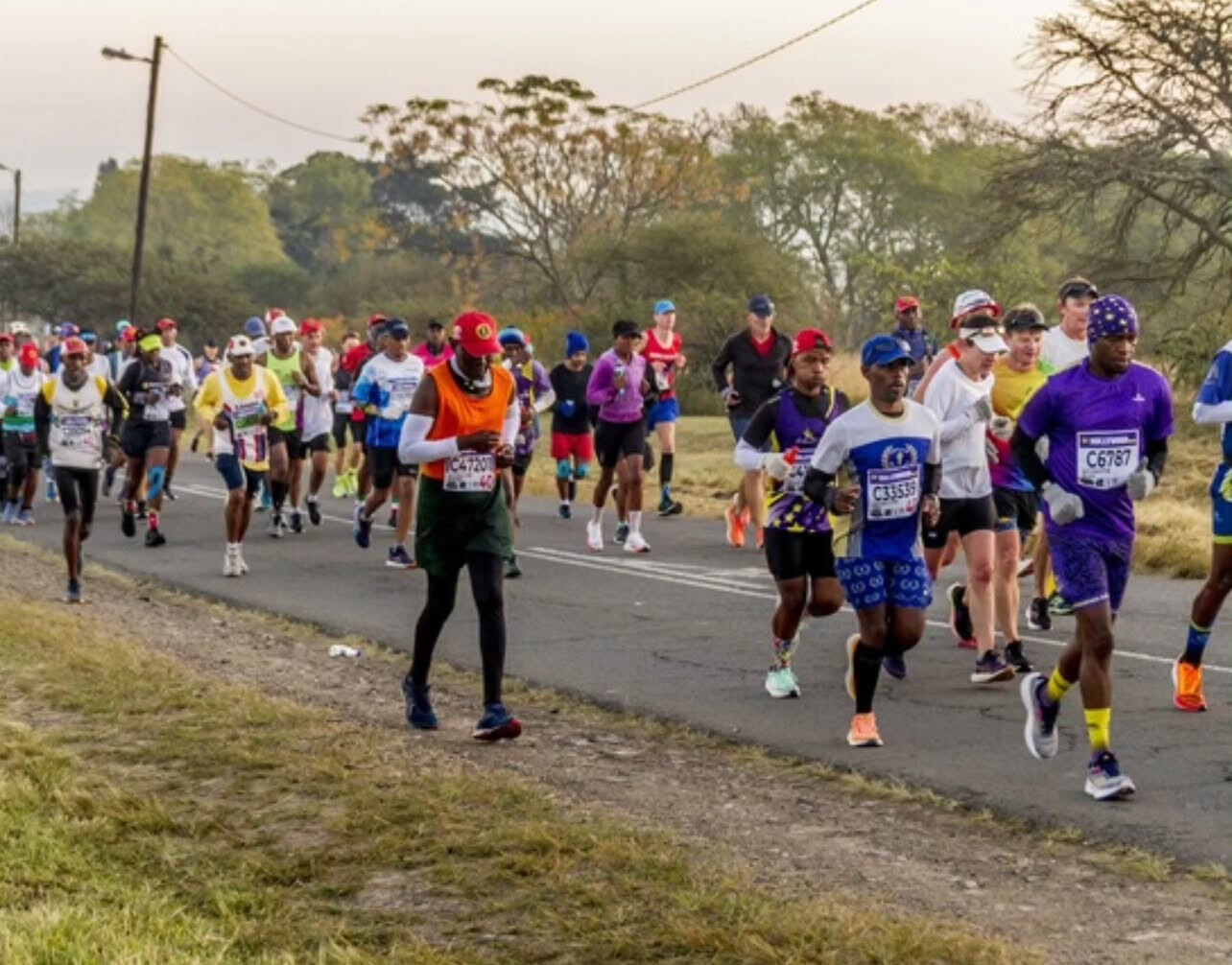
by Boris Baron
Comrades Marathon
Arguably the greatest ultra marathon in the world where athletes come from all over the world to combine muscle and mental strength to conquer the approx 90kilometers between the cities of Pietermaritzburg and Durban, the event owes its beginnings to the vision of one man, World War I veteran Vic Clapham. A soldier, a dreamer, who had campaigned in East...
more...Emmanuel Wanyonyi Is Redefining Middle-Distance Greatness at Just 20
At just 20 years old, Emmanuel Wanyonyi has emerged as one of the most electrifying talents in middle-distance running. From humble beginnings herding cattle in Kenya’s Trans-Nzoia County to Olympic gold in Paris, Wanyonyi’s rise has been nothing short of extraordinary—and 2025 is shaping up to be his most dominant season yet.
A Champion’s Origin
Born on August 1, 2004, Wanyonyi’s athletic journey began far from stadiums and stopwatches. He left school at age 10 to help support his family, working as a cattle herder. But fate intervened when a local teacher recognized his talent and encouraged him to return to school—and to running.
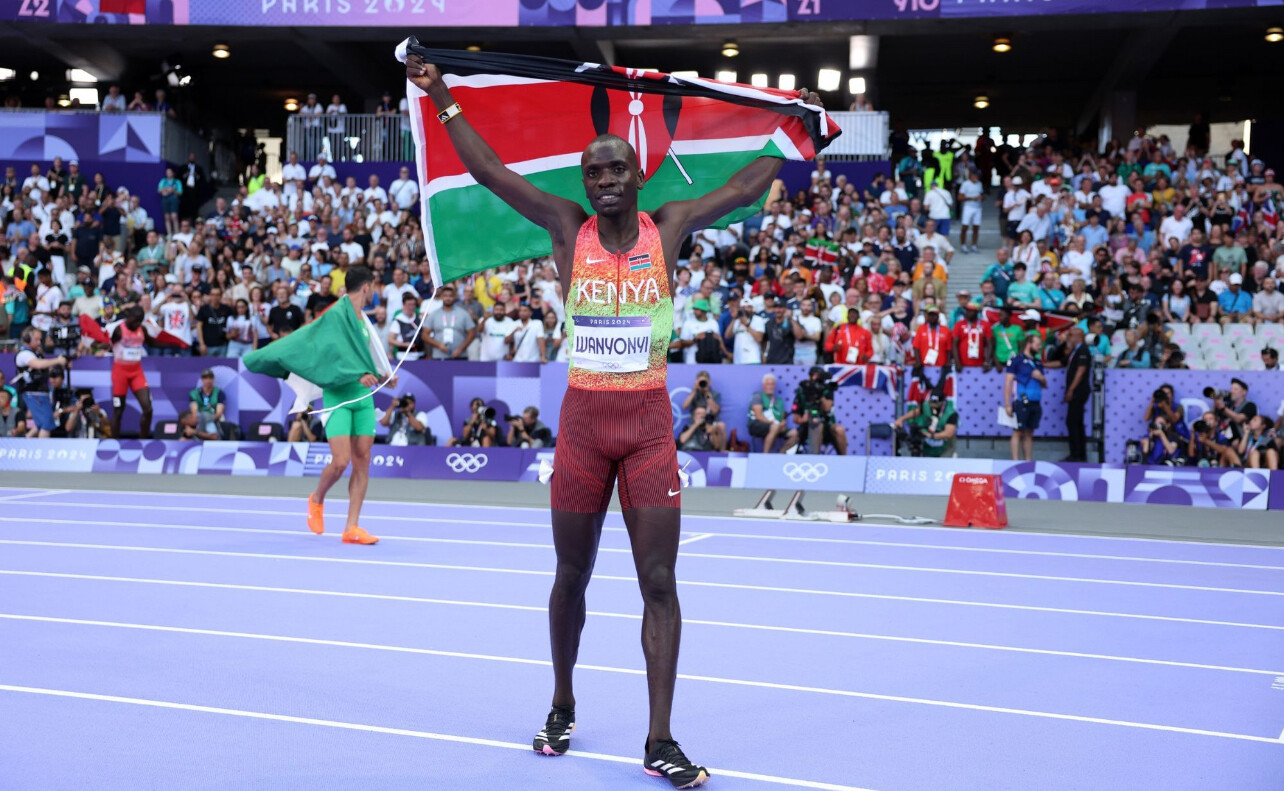
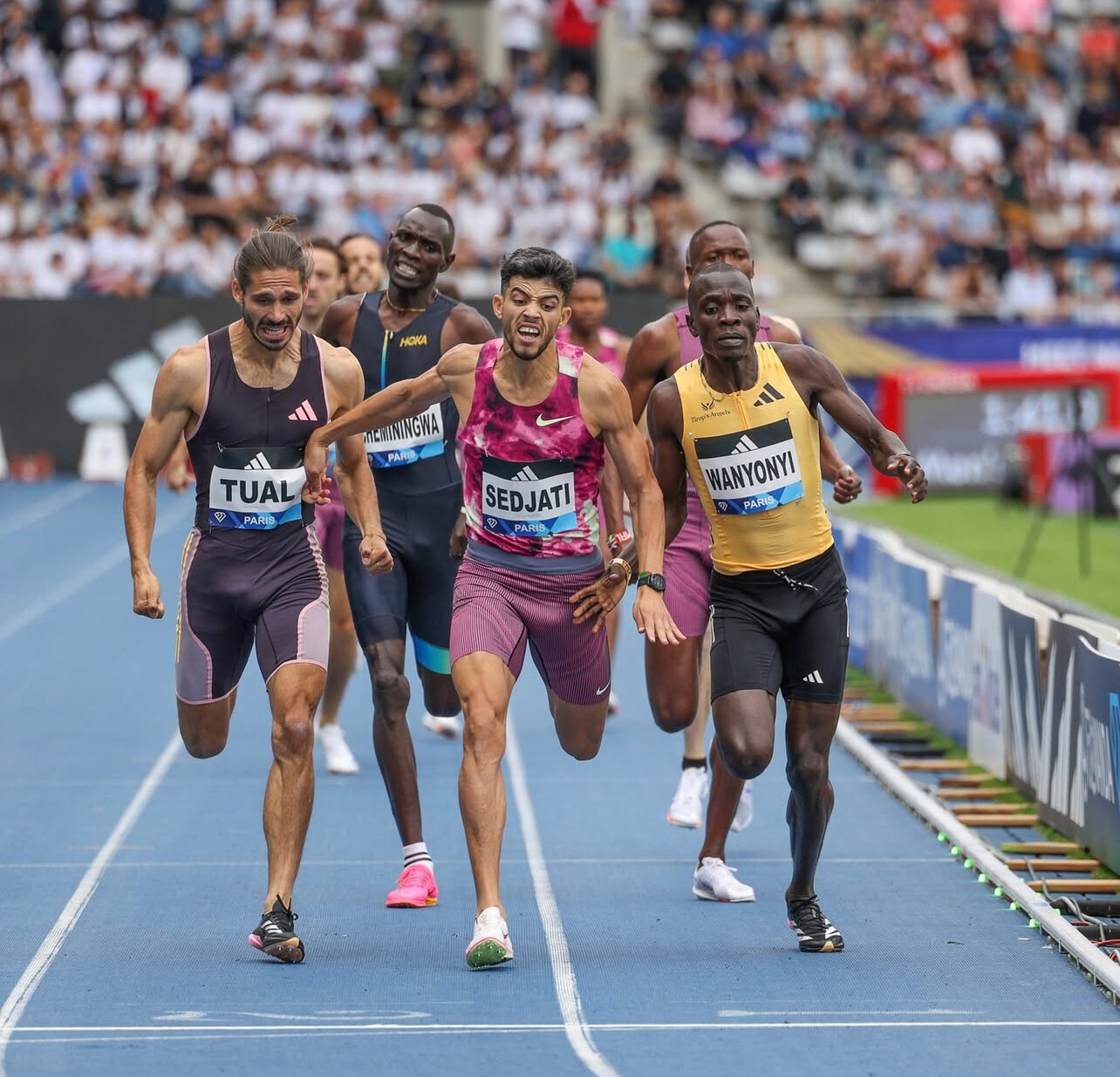
Mentored by 2007 world 800m champion Janeth Jepkosgei and coached by Claudio Berardelli, Wanyonyi made his international debut in style. At the 2021 World U20 Championships, he won the 800m in a championship record time of 1:43.76.

Since then, he has steadily climbed the ranks, placing fourth at the 2022 World Championships, winning silver in 2023, and claiming the ultimate prize—Olympic gold in the 800m at Paris 2024. His time of 1:41.19 was not only a personal best but also the third-fastest in history.
A New Level in 2025
Wanyonyi has wasted no time building on his Olympic success. At the Grand Slam Track event in Kingston this April, he stunned the field in the 1500m, taking down a world-class lineup that included Olympic medalists Josh Kerr, Cole Hocker, and Yared Nuguse. His time of 3:35.18 secured victory and confirmed his elite range beyond the 800m.
The next day, he returned to the track and finished second in the 800m, narrowly beaten by world champion Marco Arop. Wanyonyi’s combined performance earned him the men’s short-distance Slam Champion title and a $100,000 prize.
Just days later, he returned to the top step of the podium at the Adizero Road to Records event in Germany. Running the road mile, he clocked 3:52.45—his fastest time yet and the third-fastest road mile in history.
What’s Next
Wanyonyi’s next major test will come at the Stockholm Diamond League on June 15, where he’s slated to race the 800m against top international competition, including Djamel Sedjati and Gabriel Tual.
His official 800m personal best is 1:41.11, tied for the second-fastest mark ever alongside Wilson Kipketer. Only David Rudisha has run faster.
With his combination of tactical intelligence, powerful finishing speed, and increasing range, Wanyonyi is not just a rising star—he’s a generational talent already reshaping the middle-distance landscape.
Keep an eye on him. Emmanuel Wanyonyi isn’t just running races—he’s rewriting history.
(05/18/2025) ⚡AMPby Boris Baron


